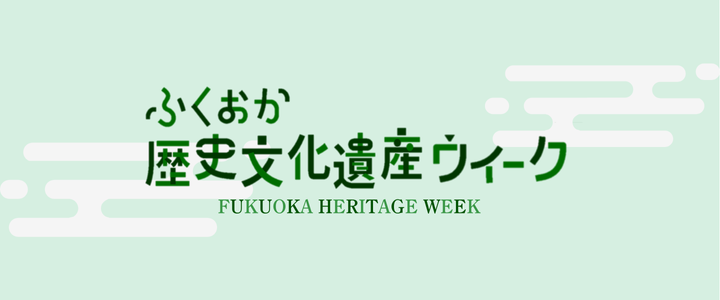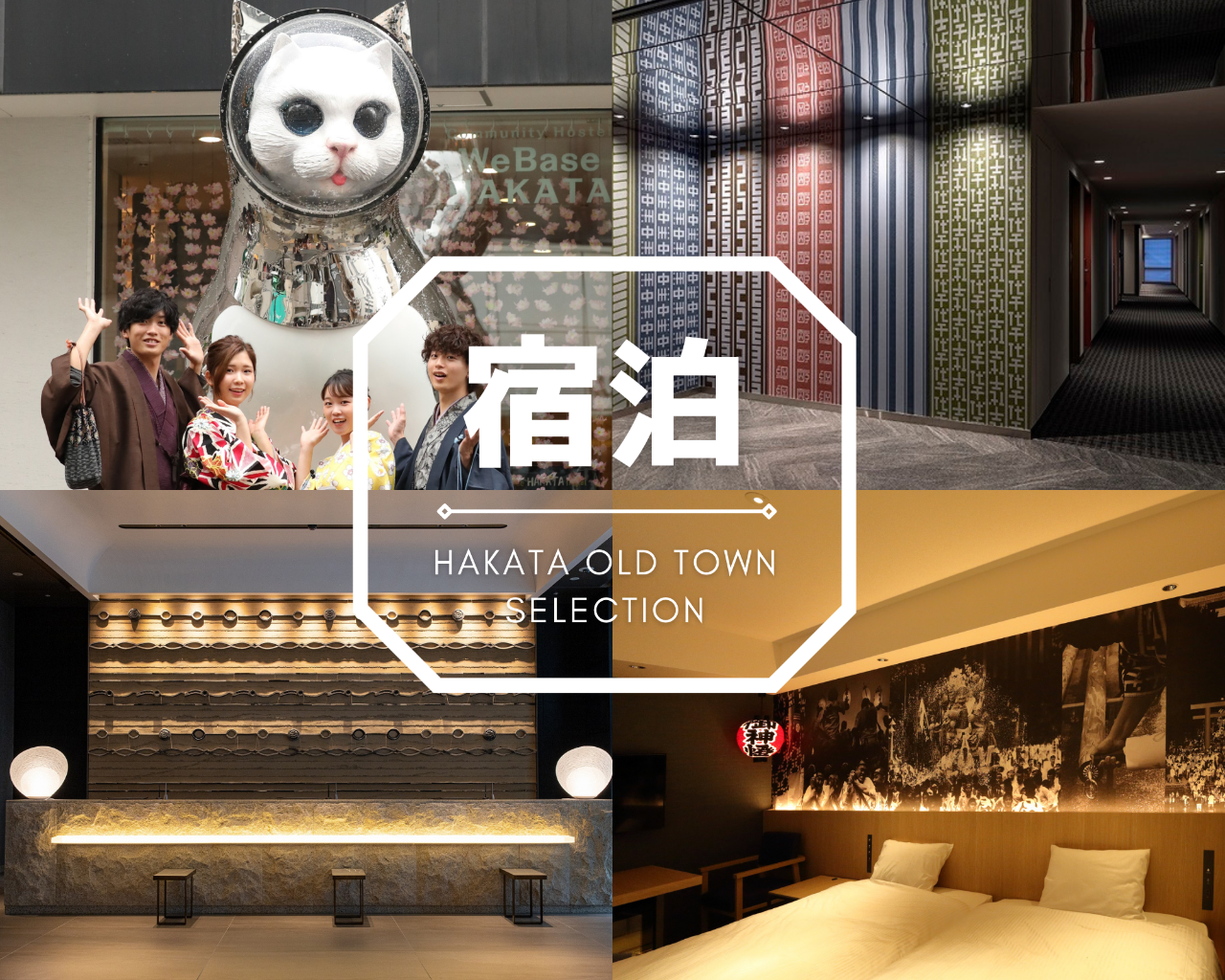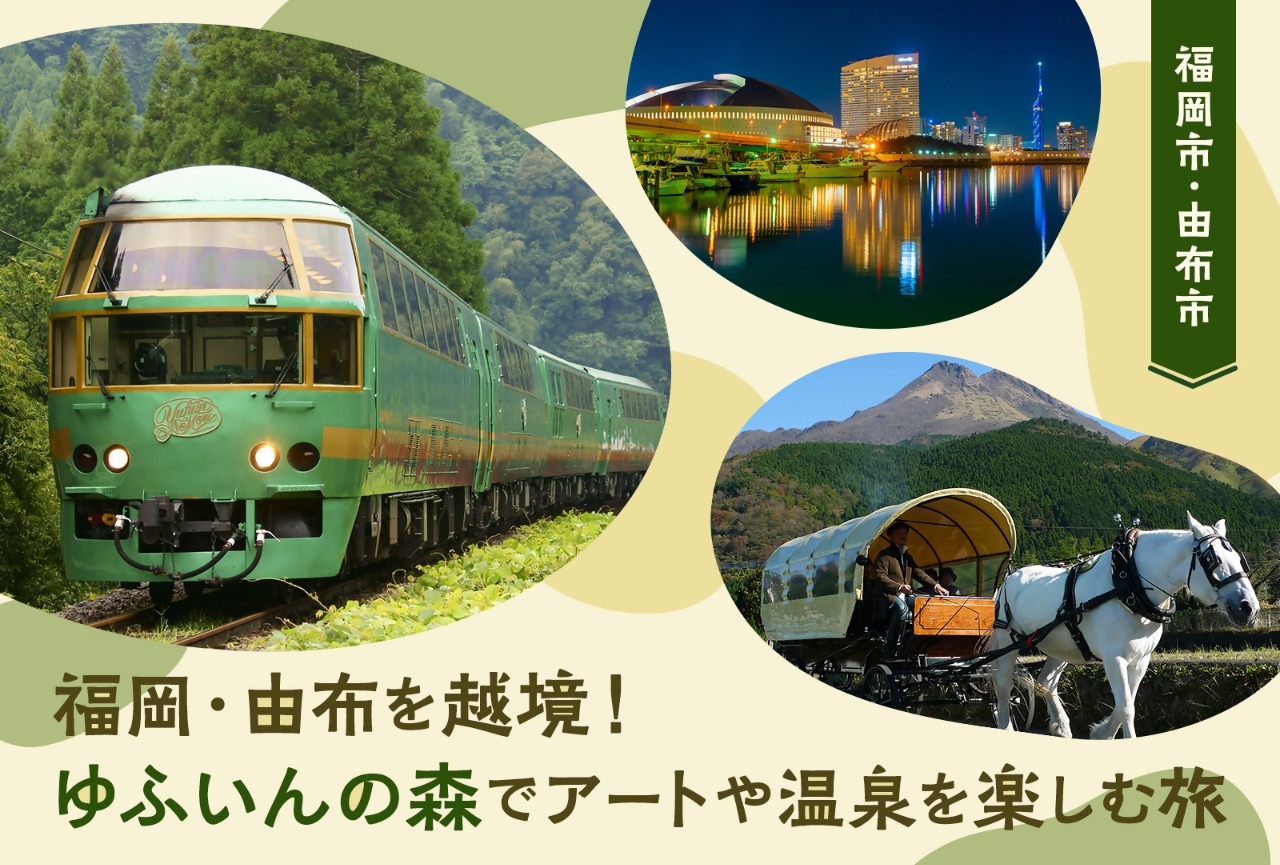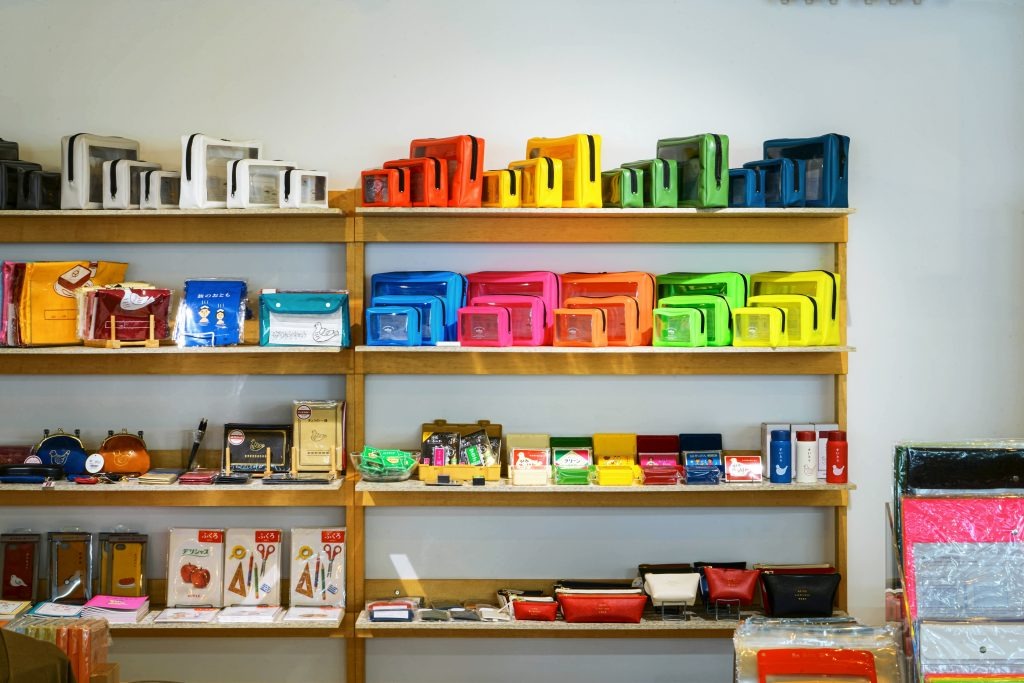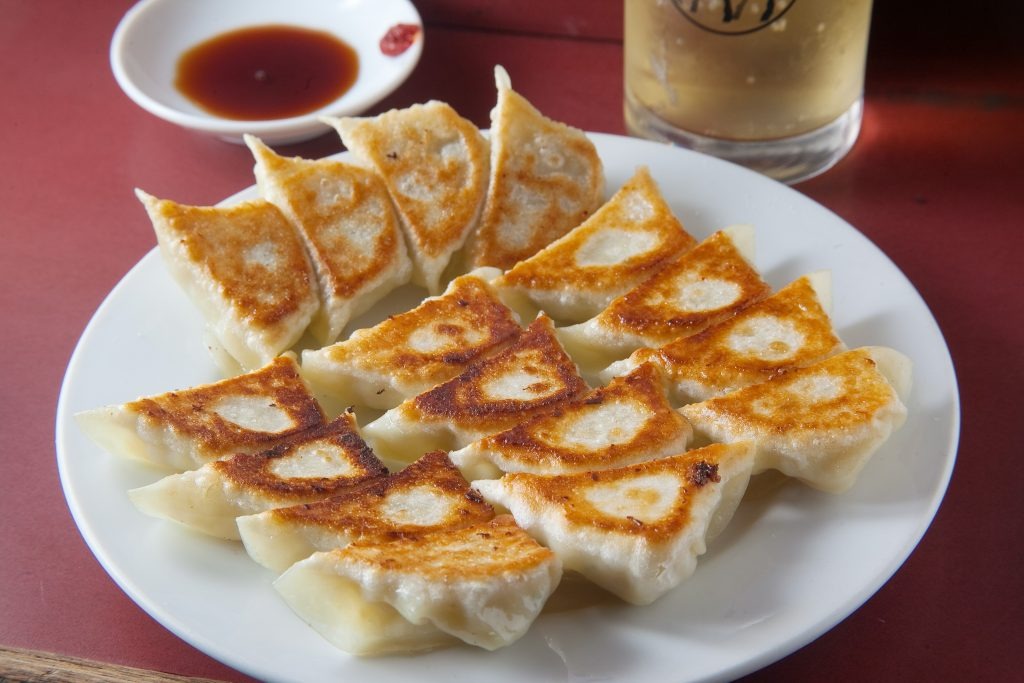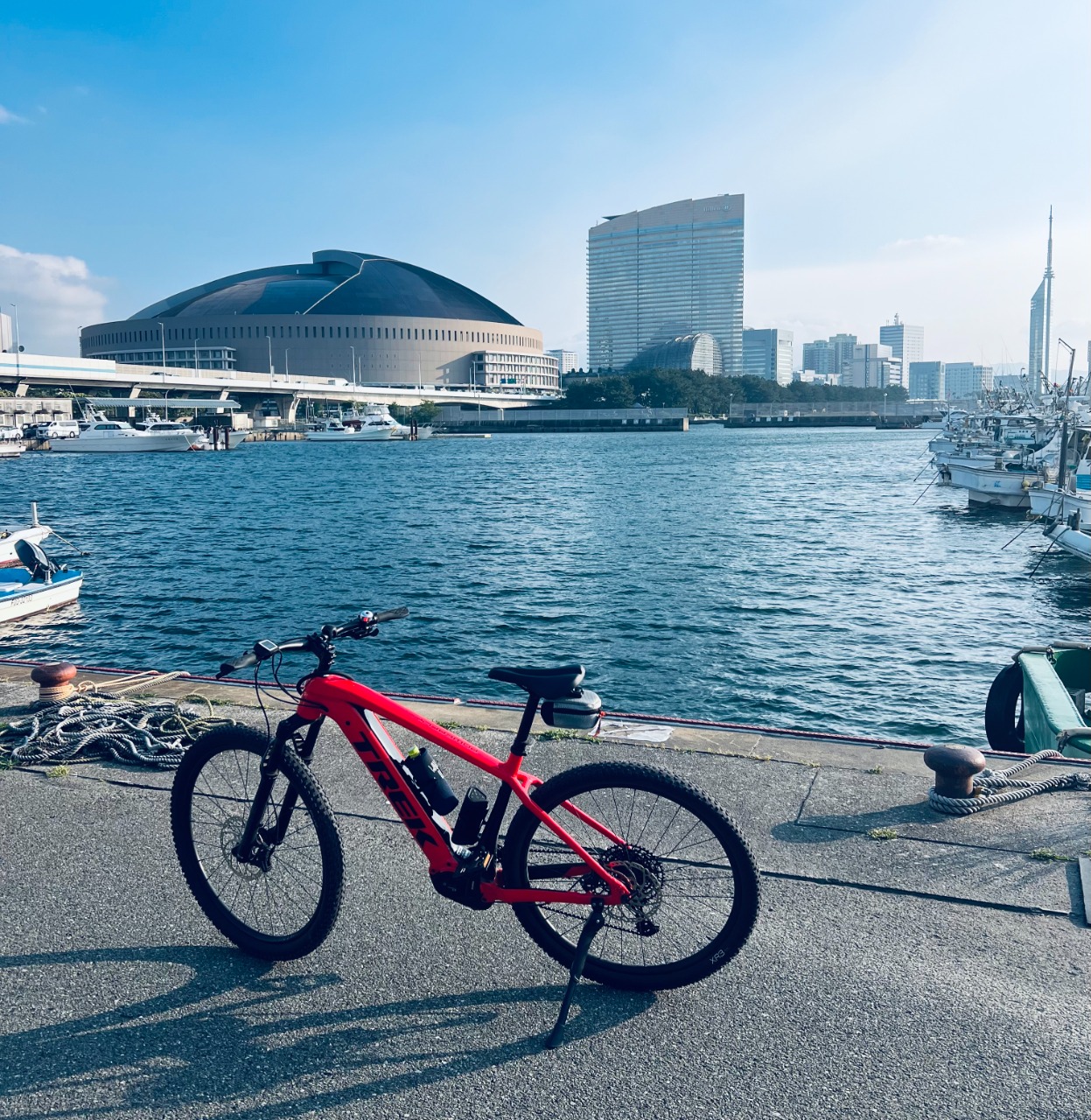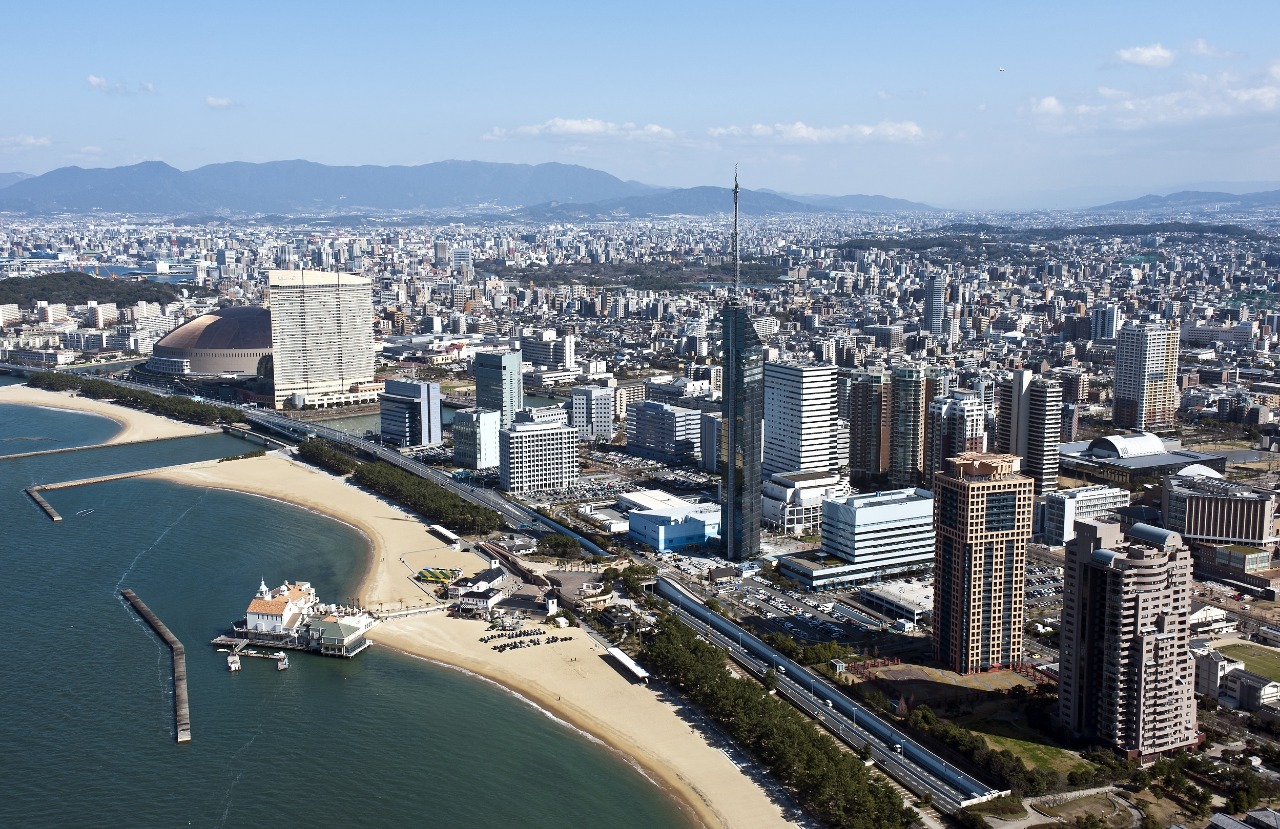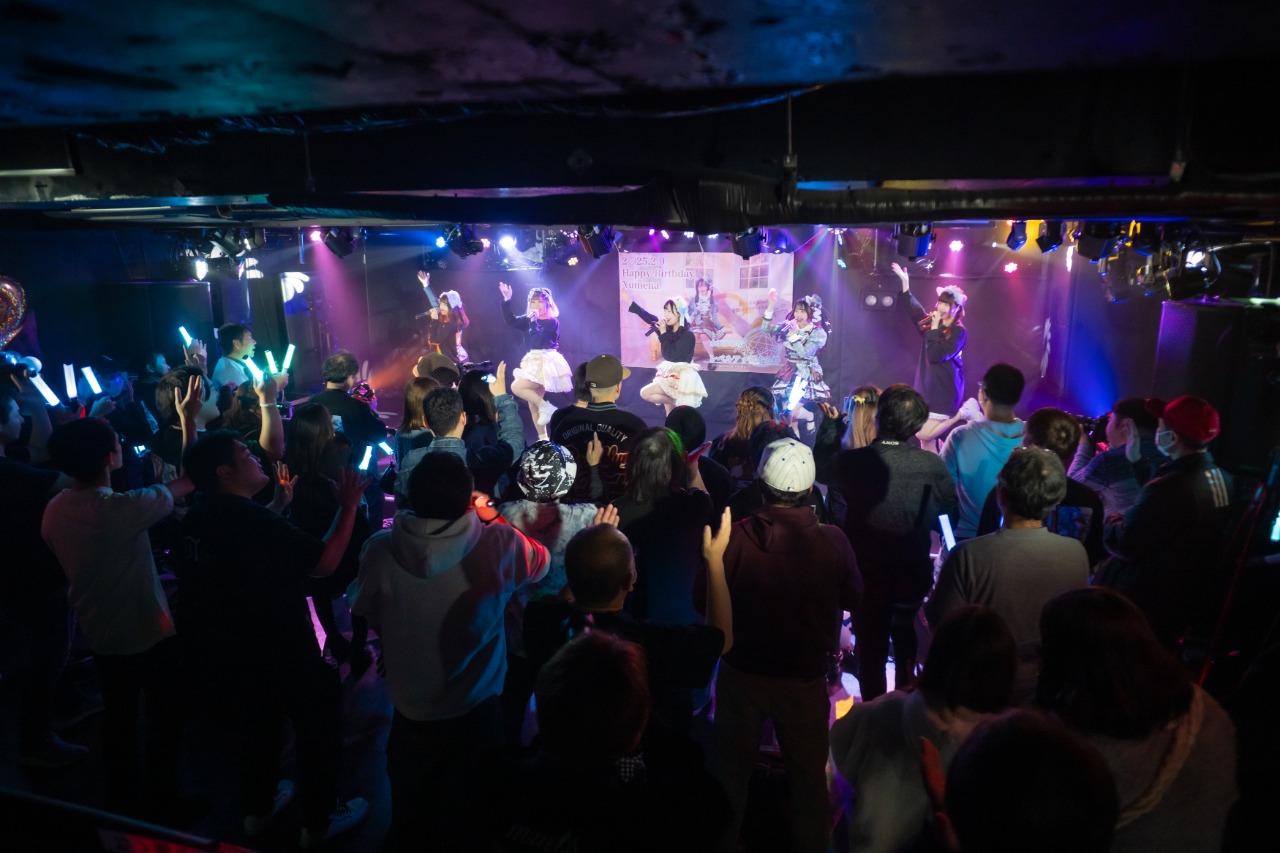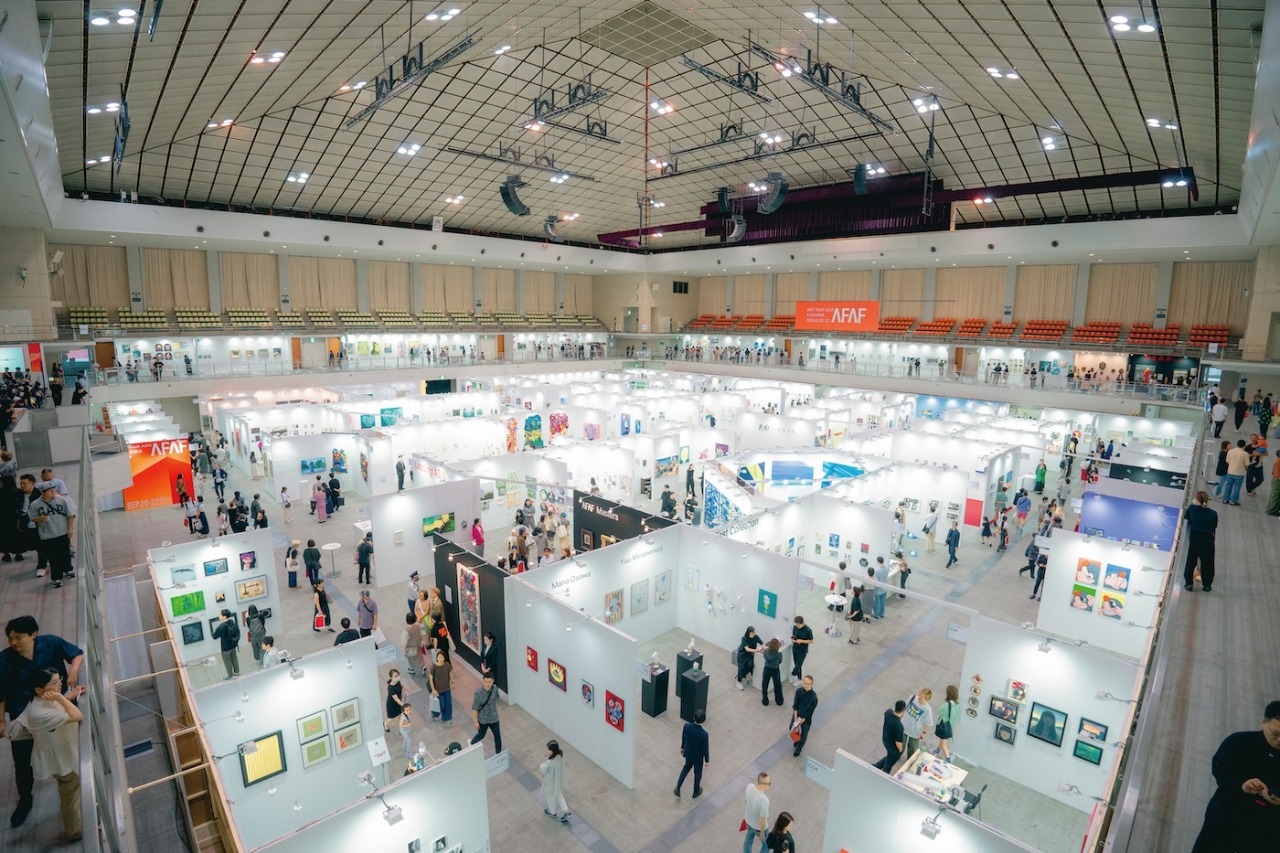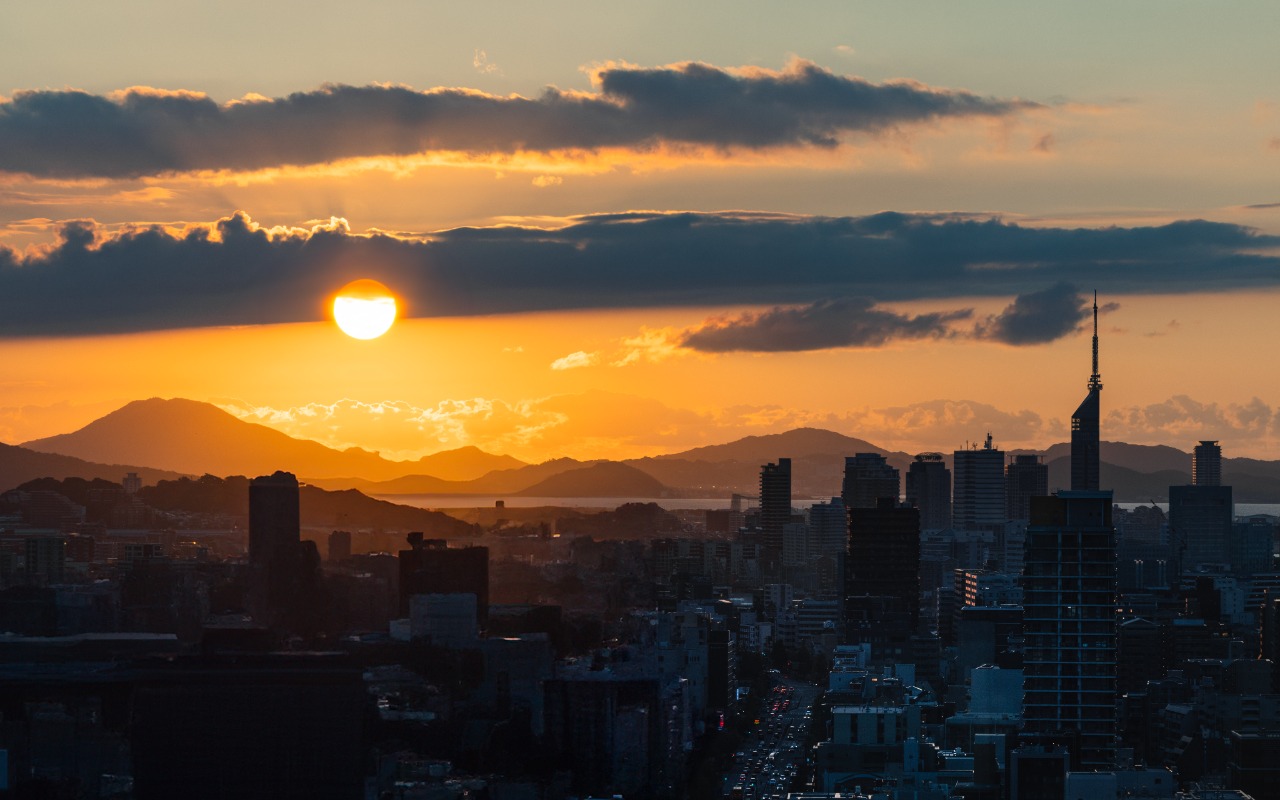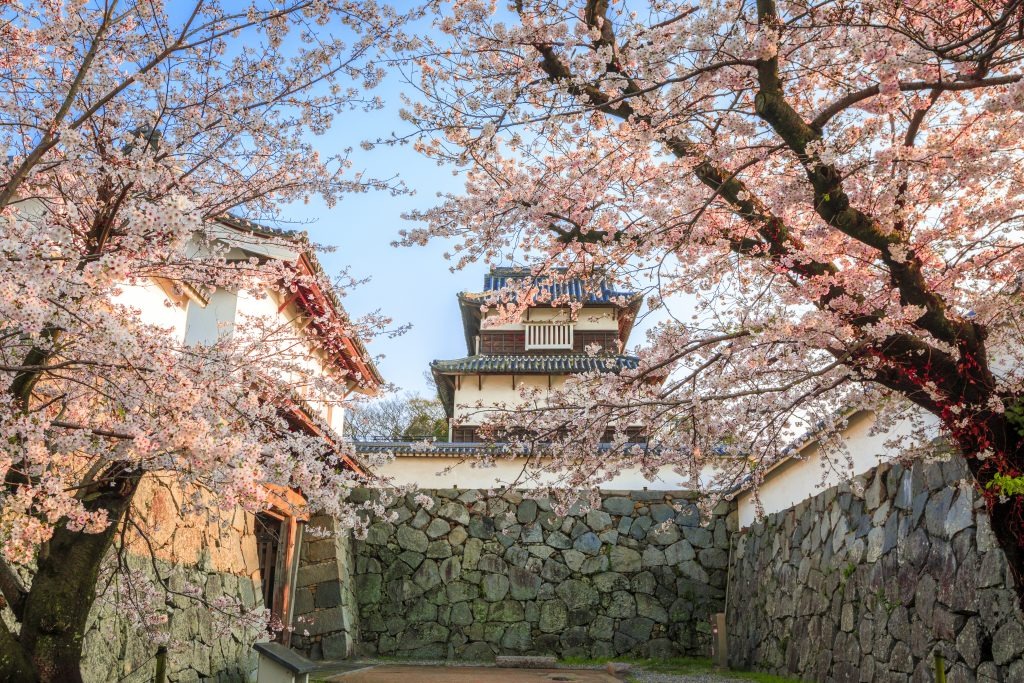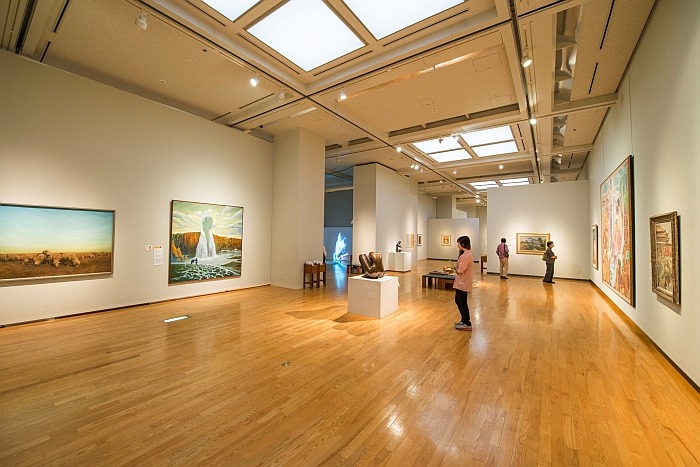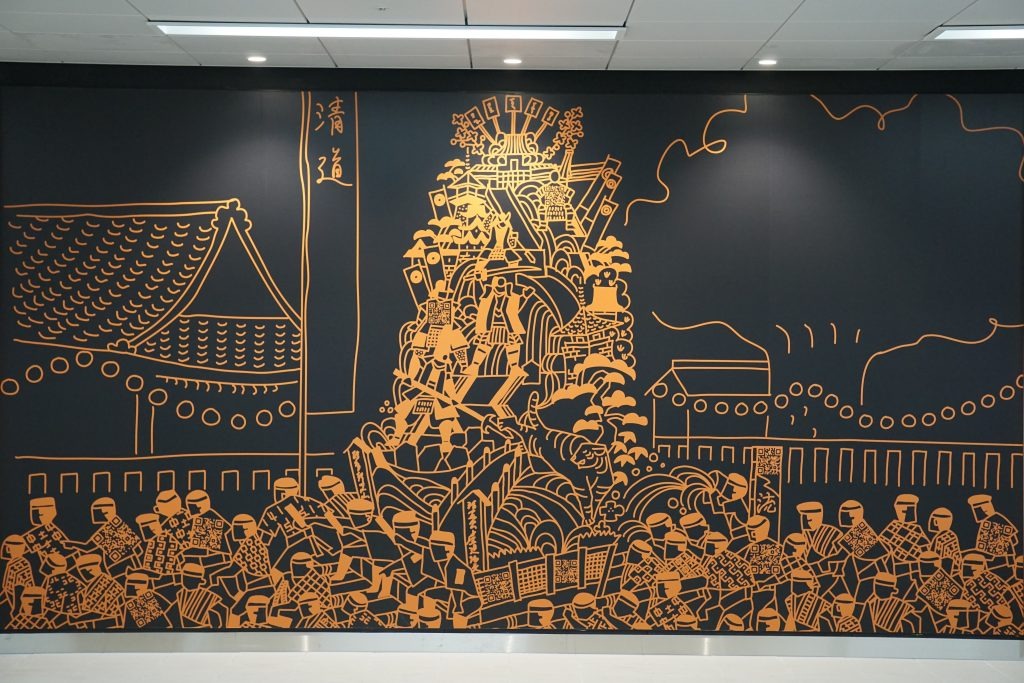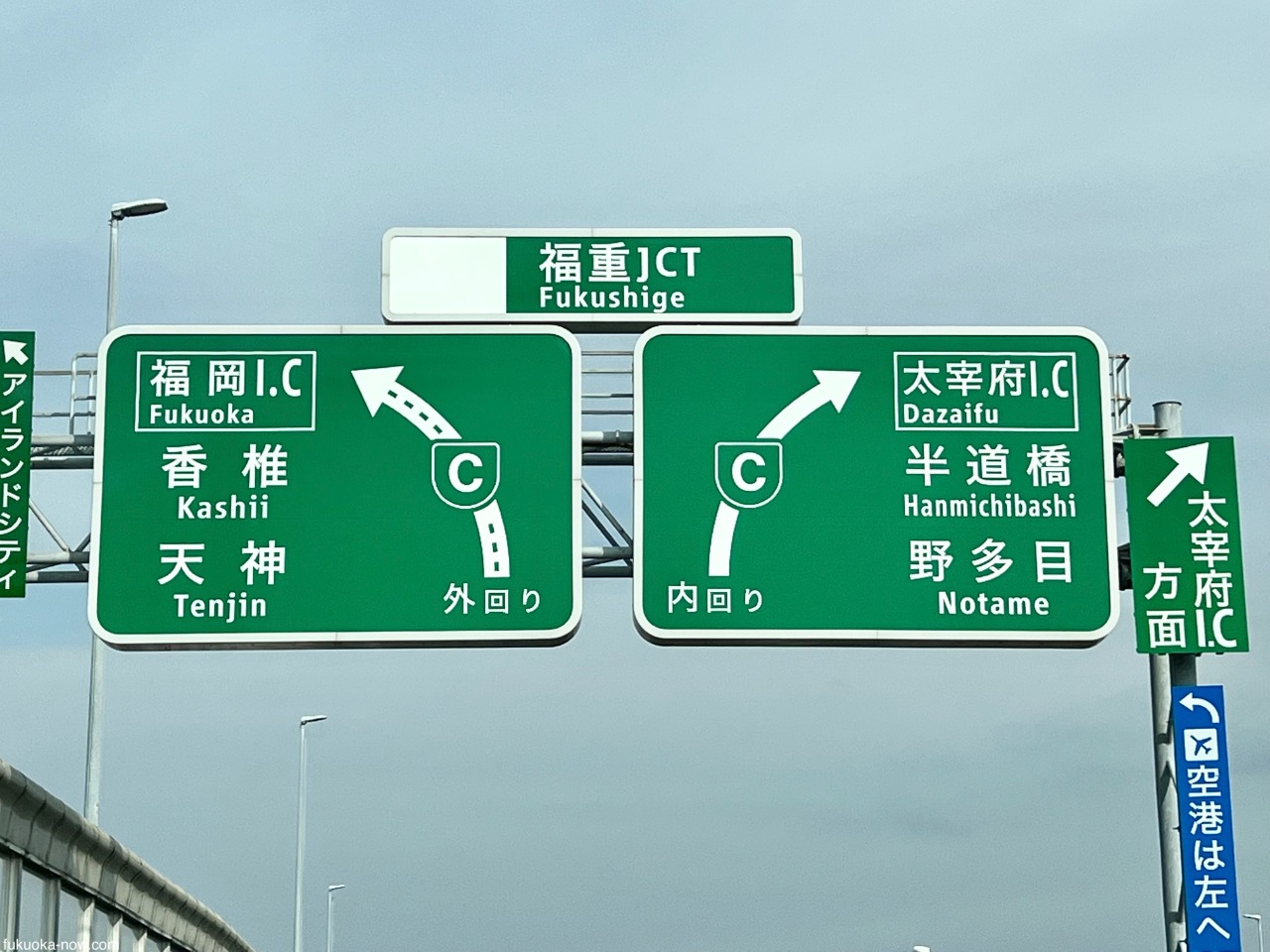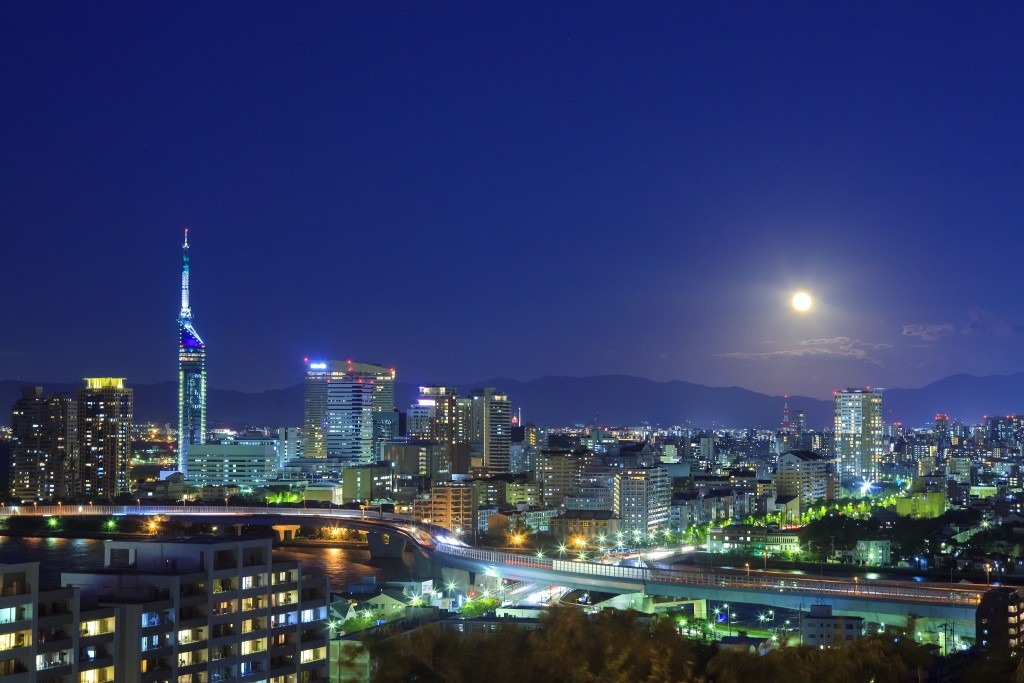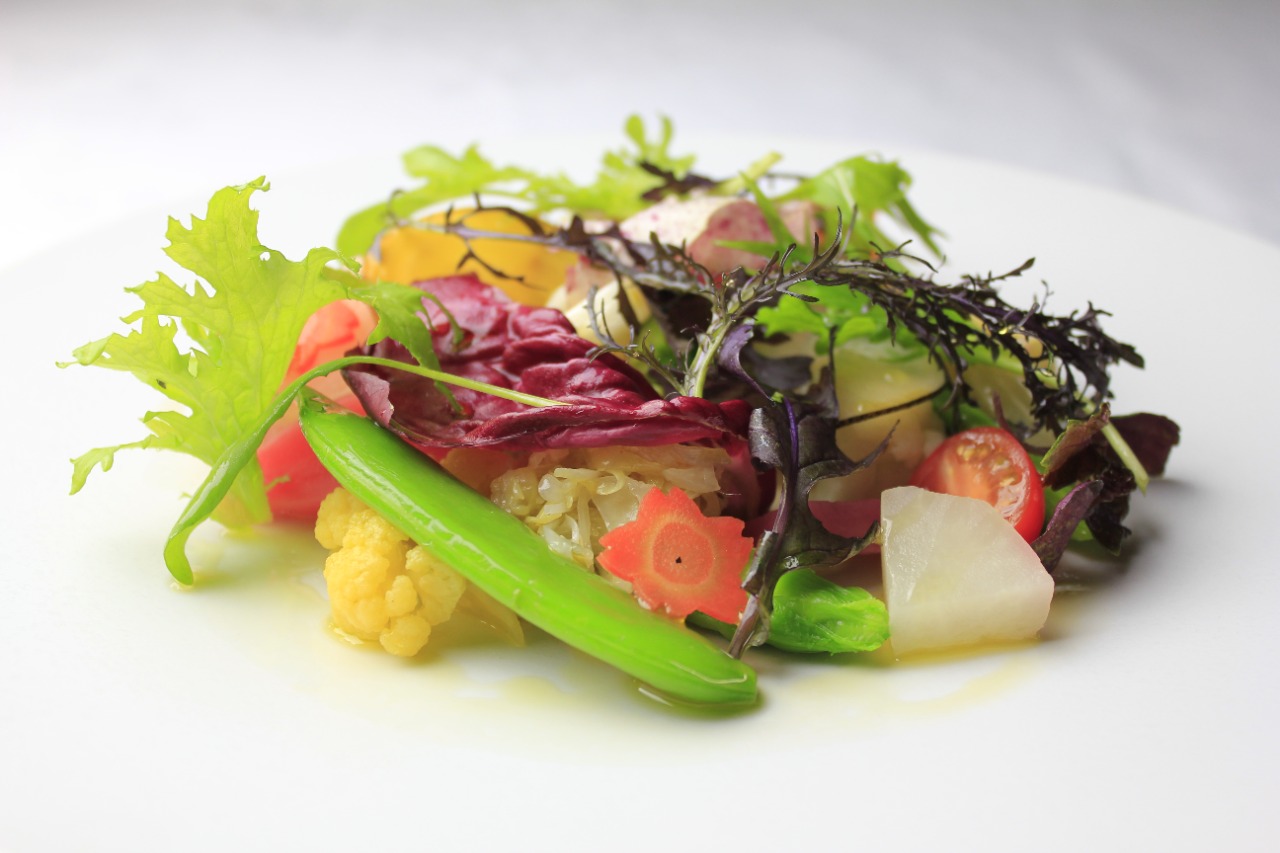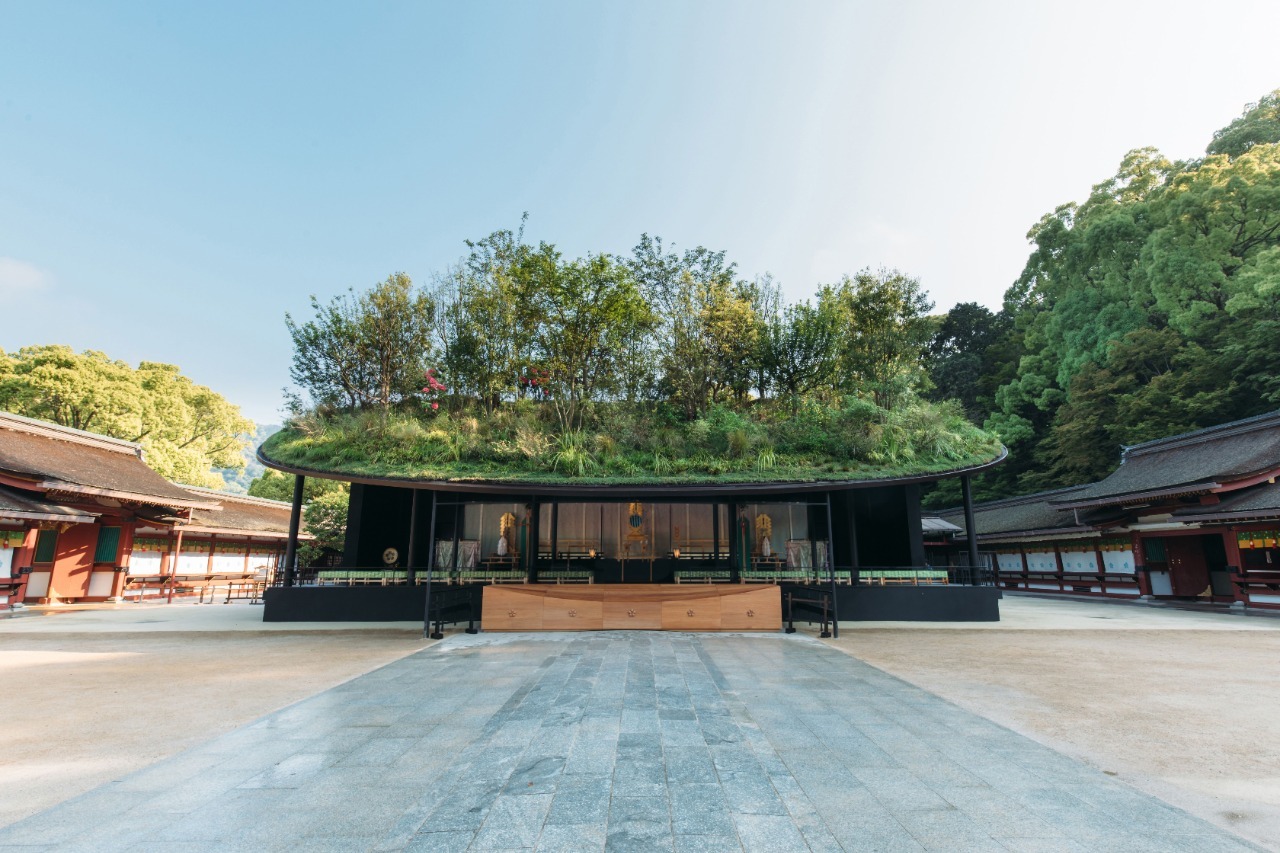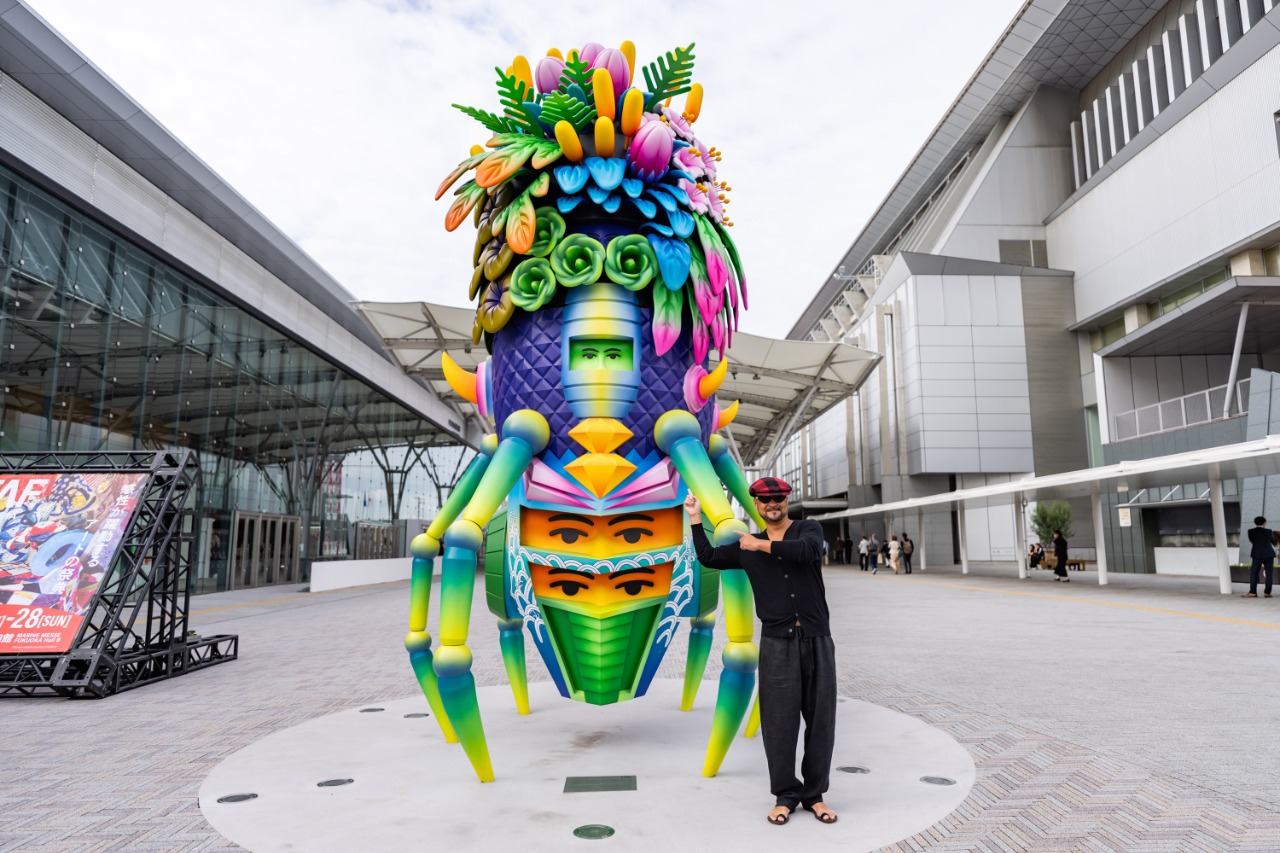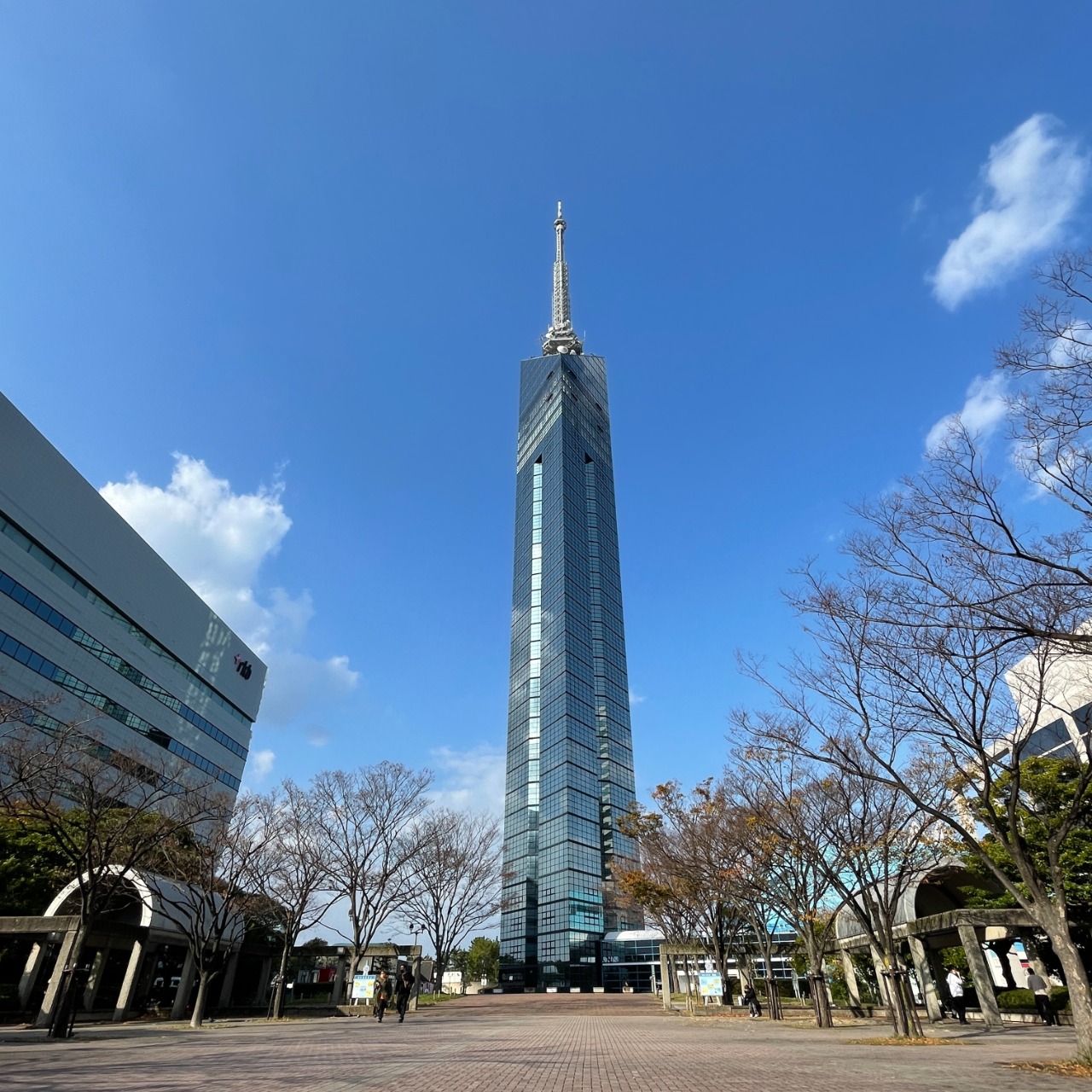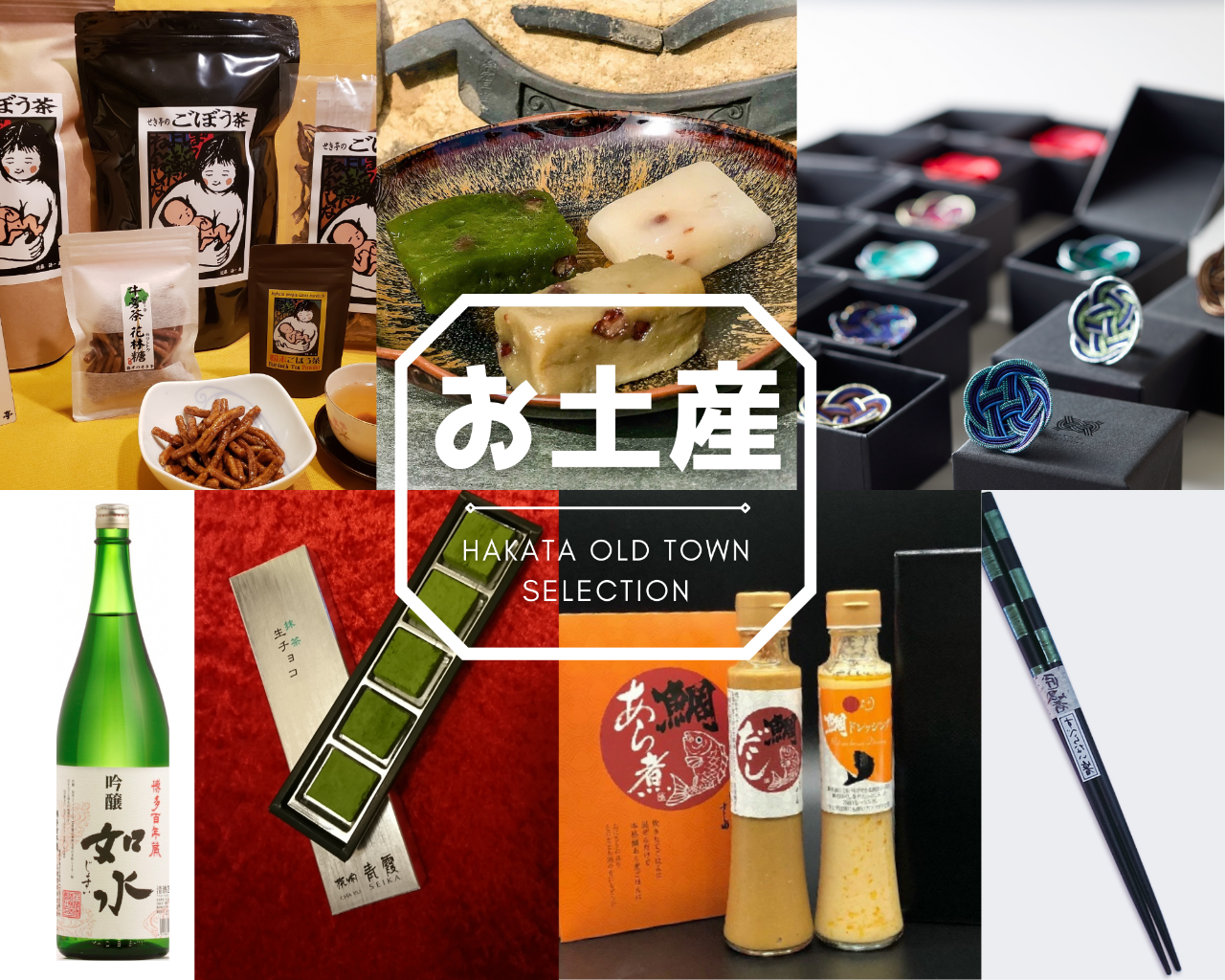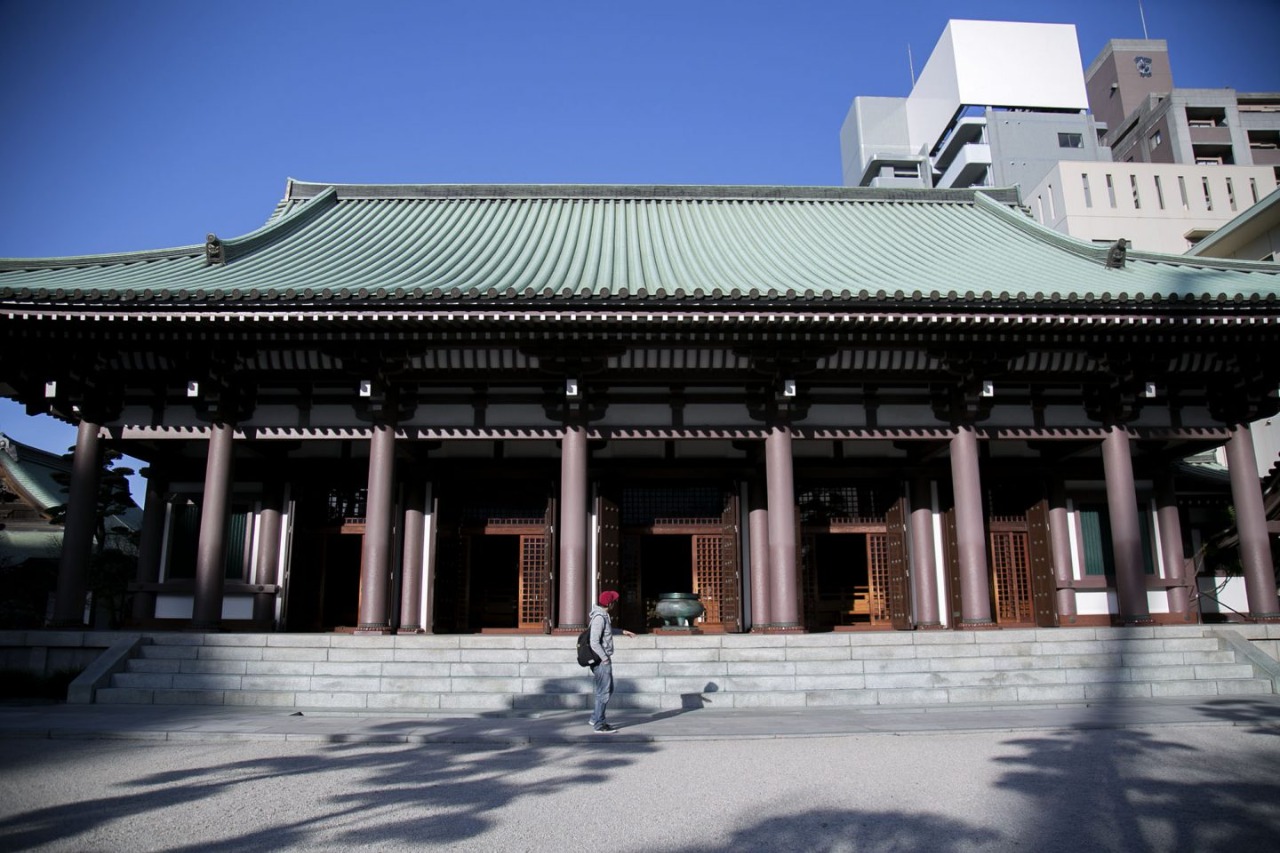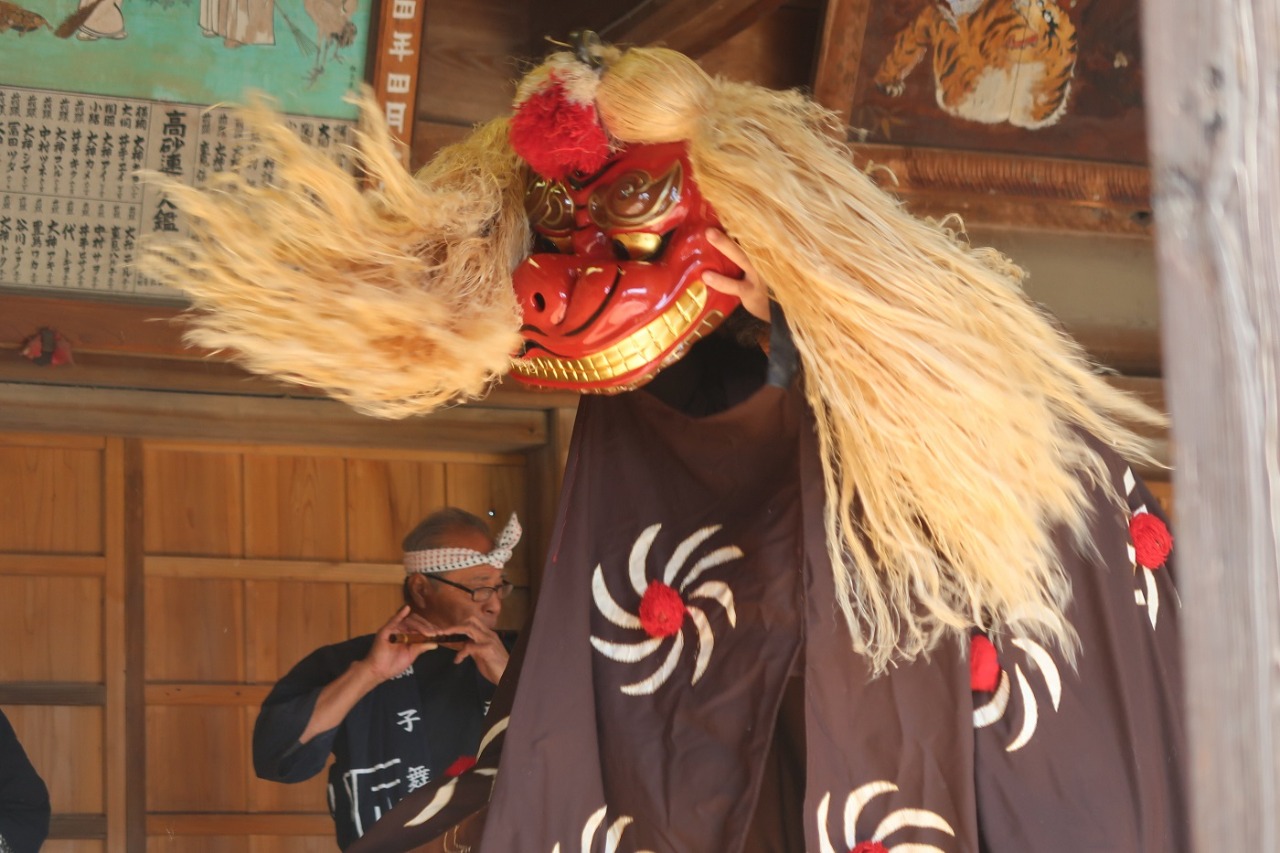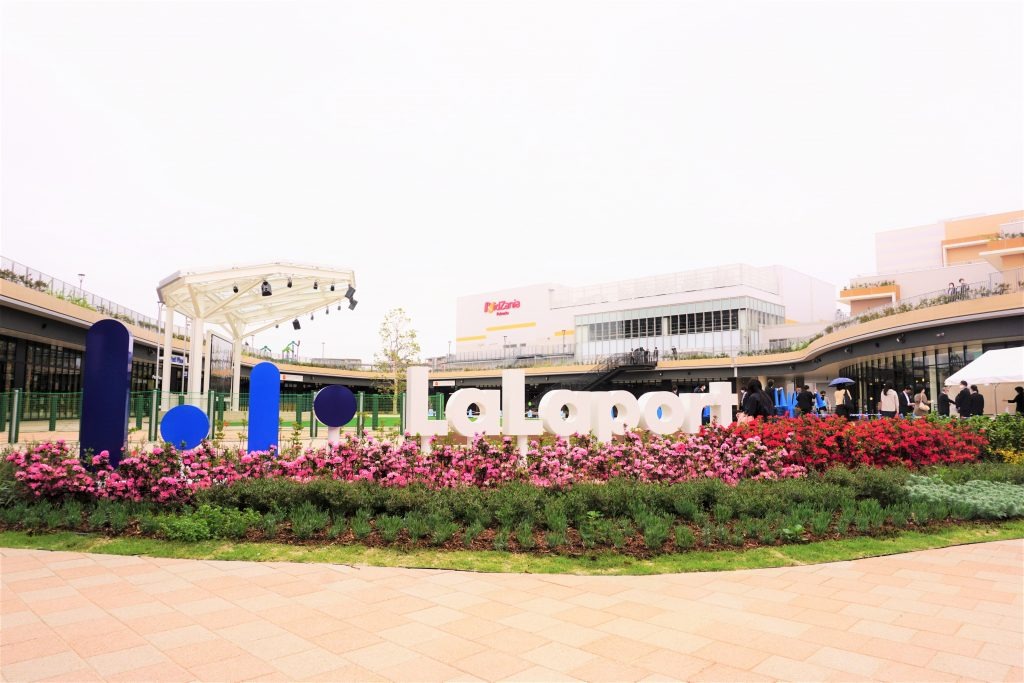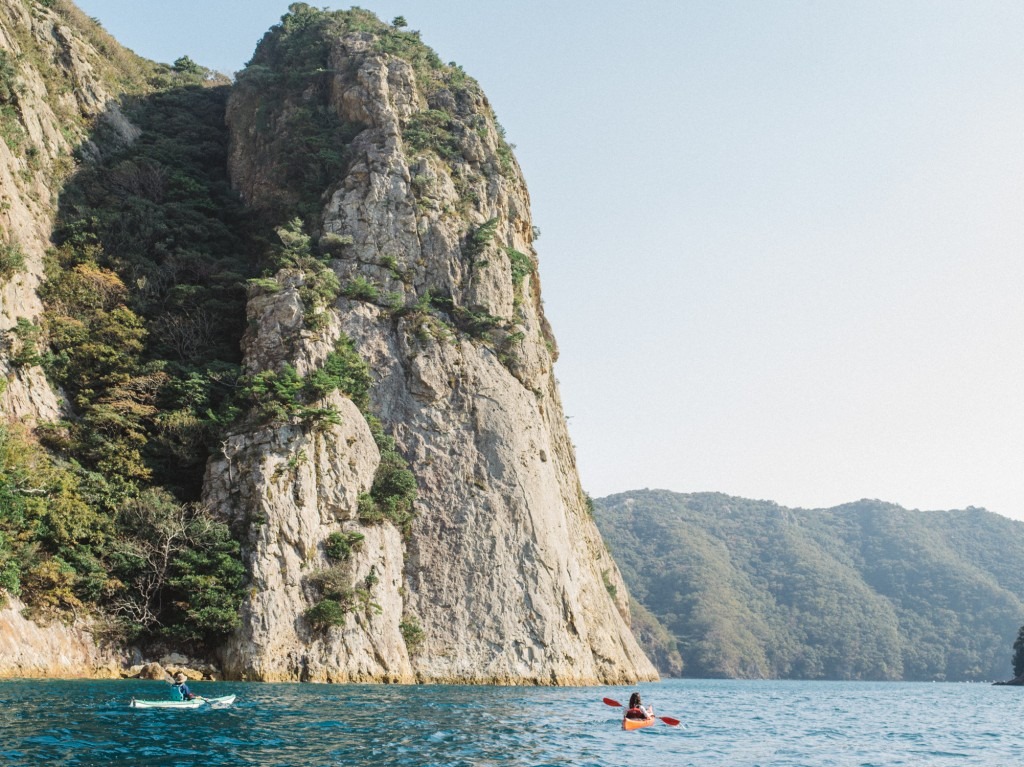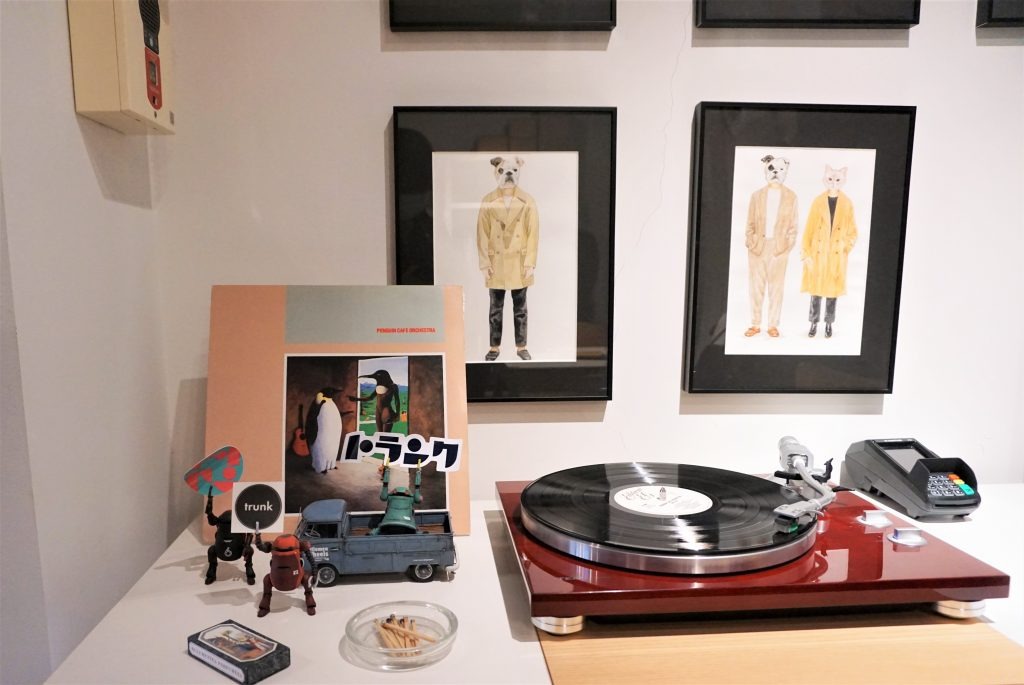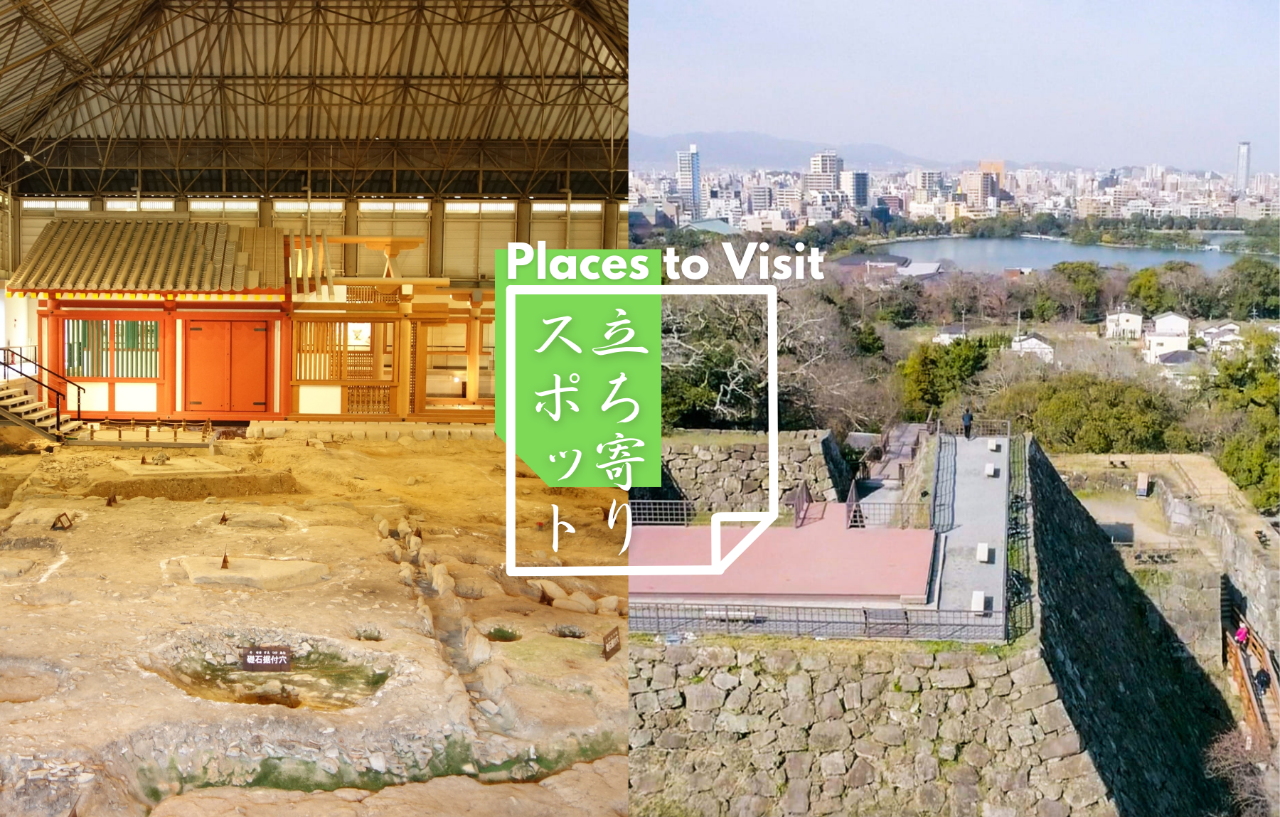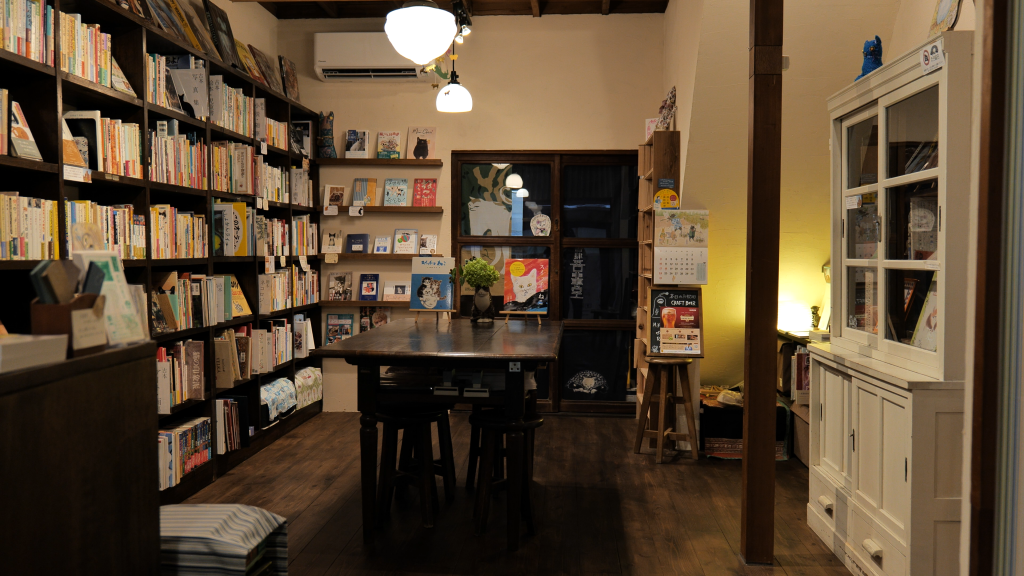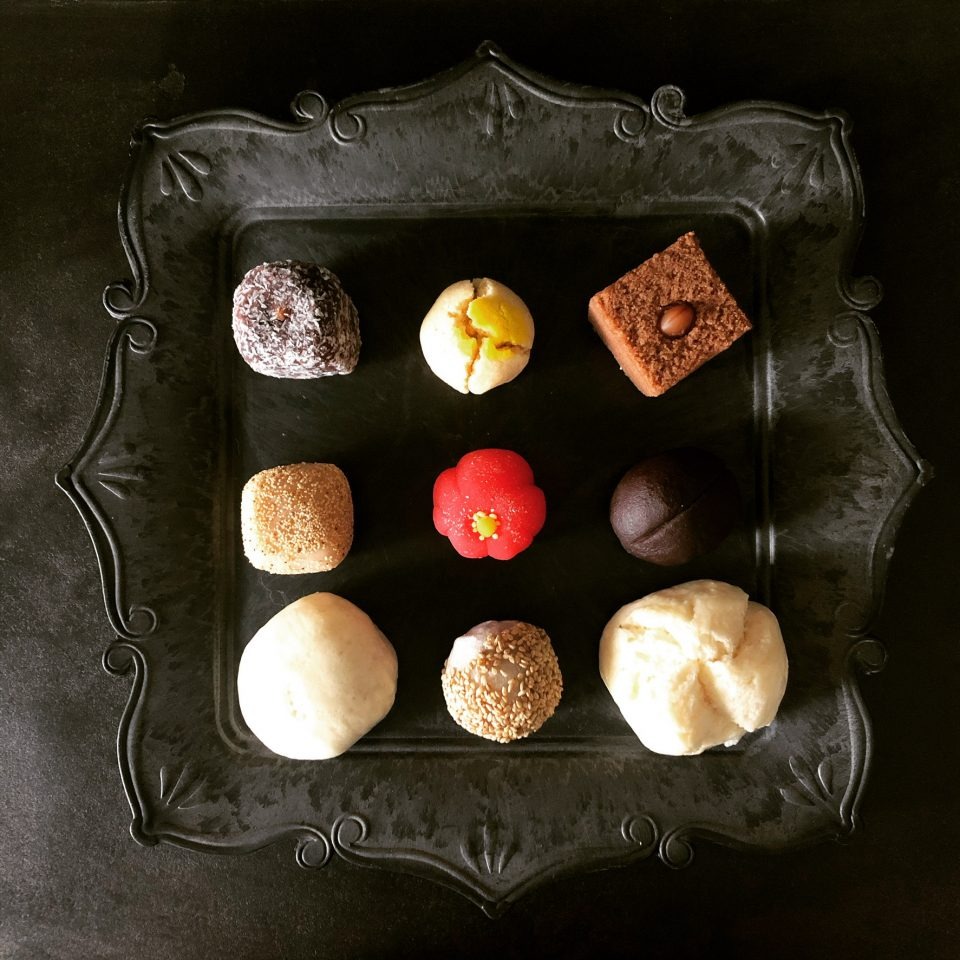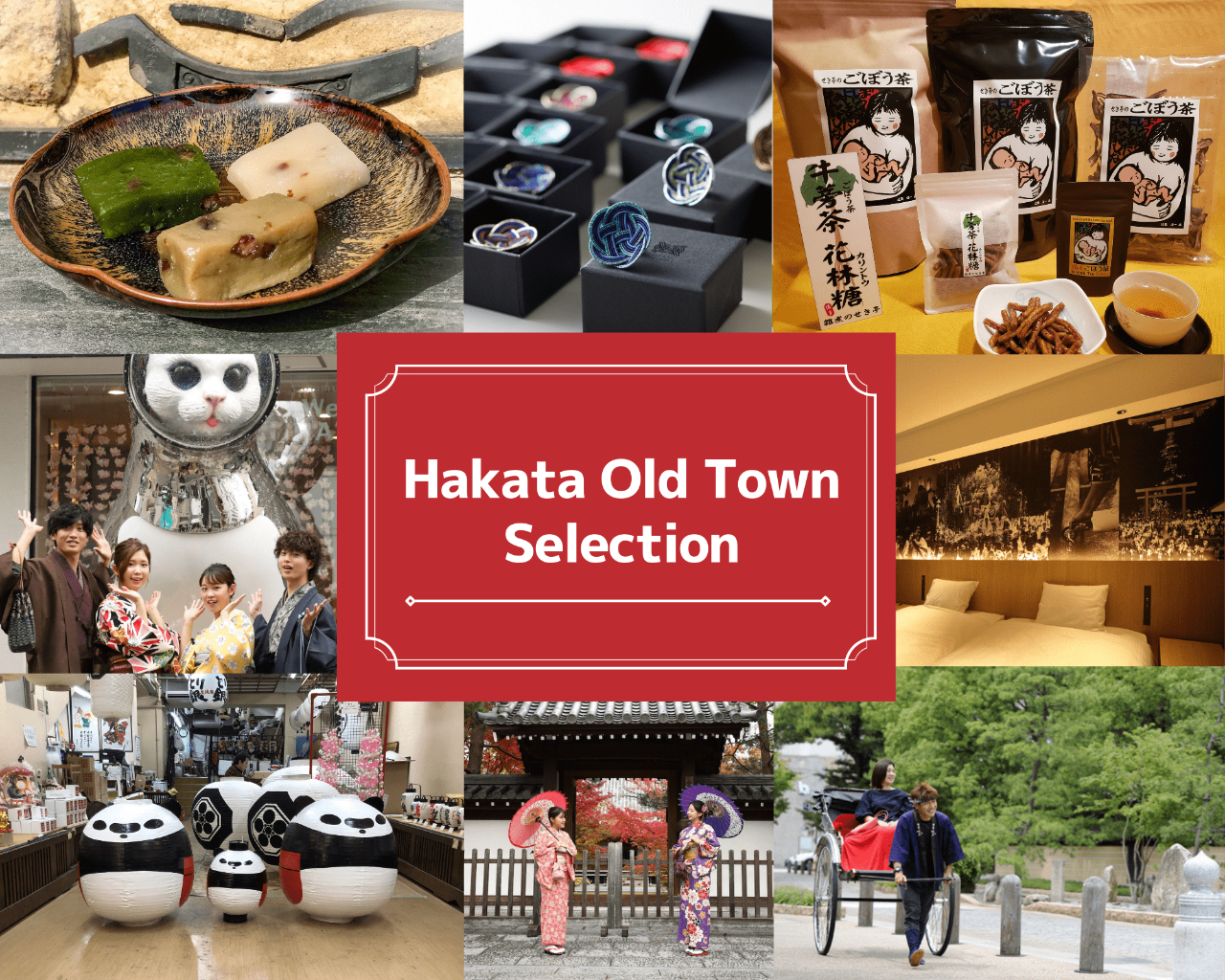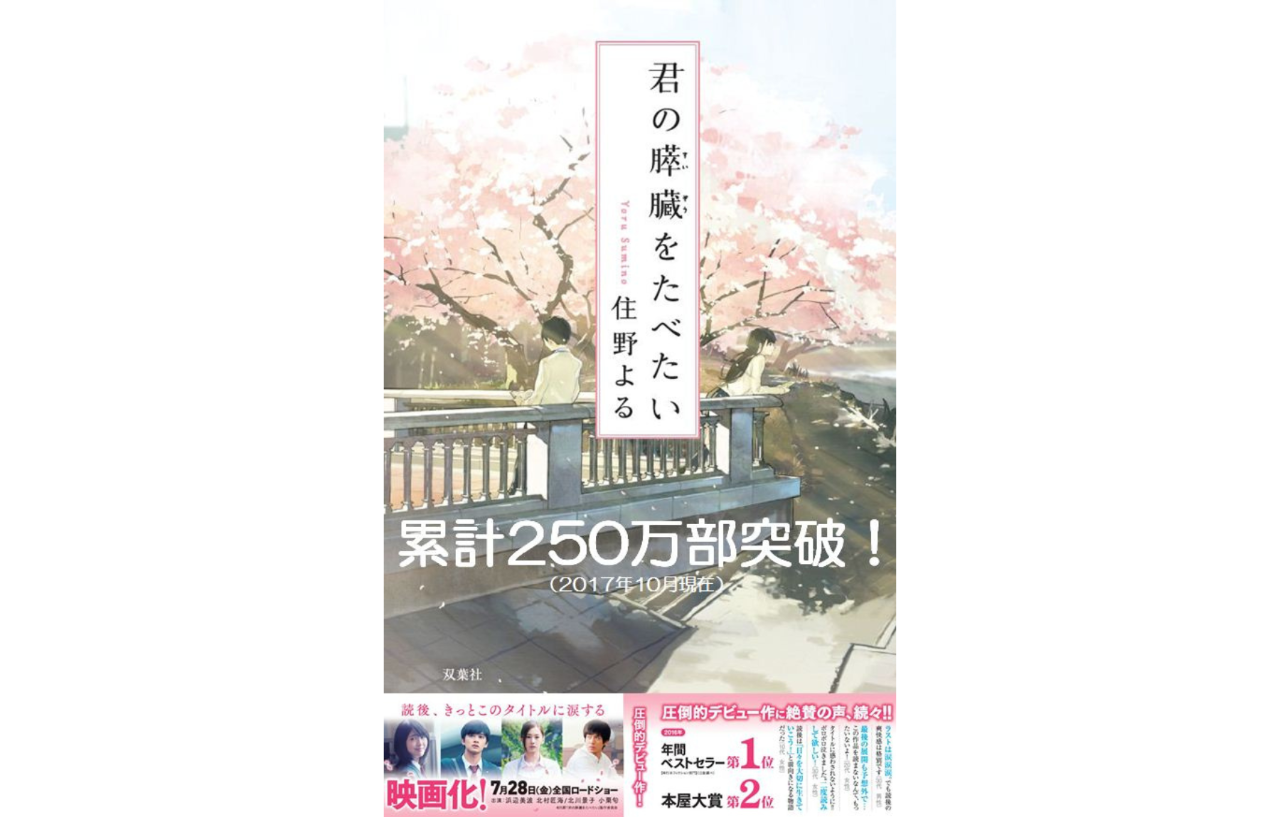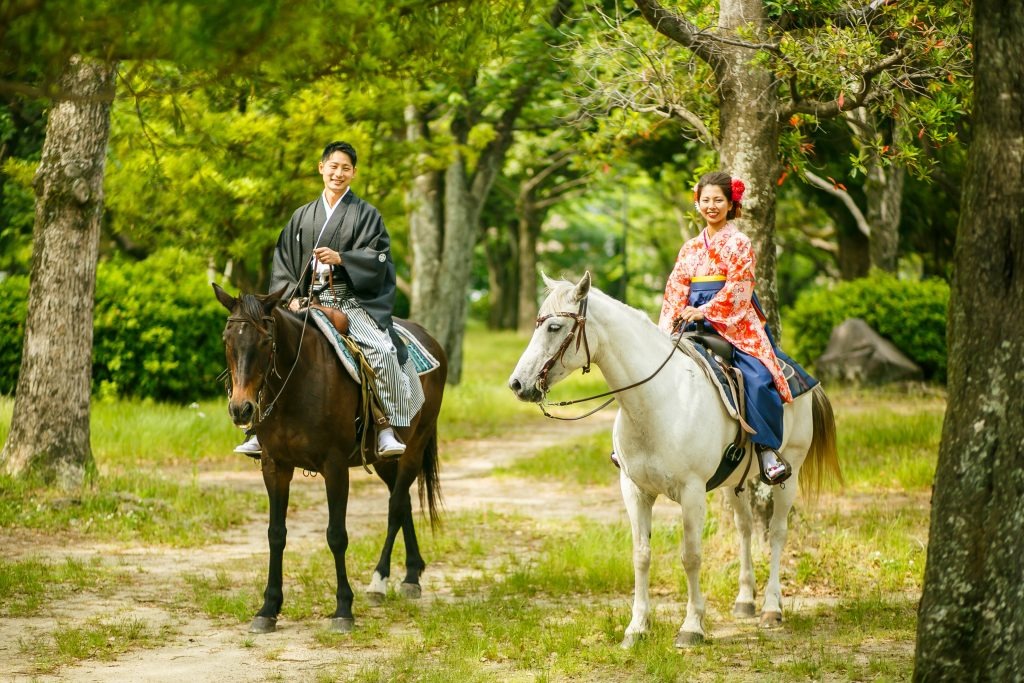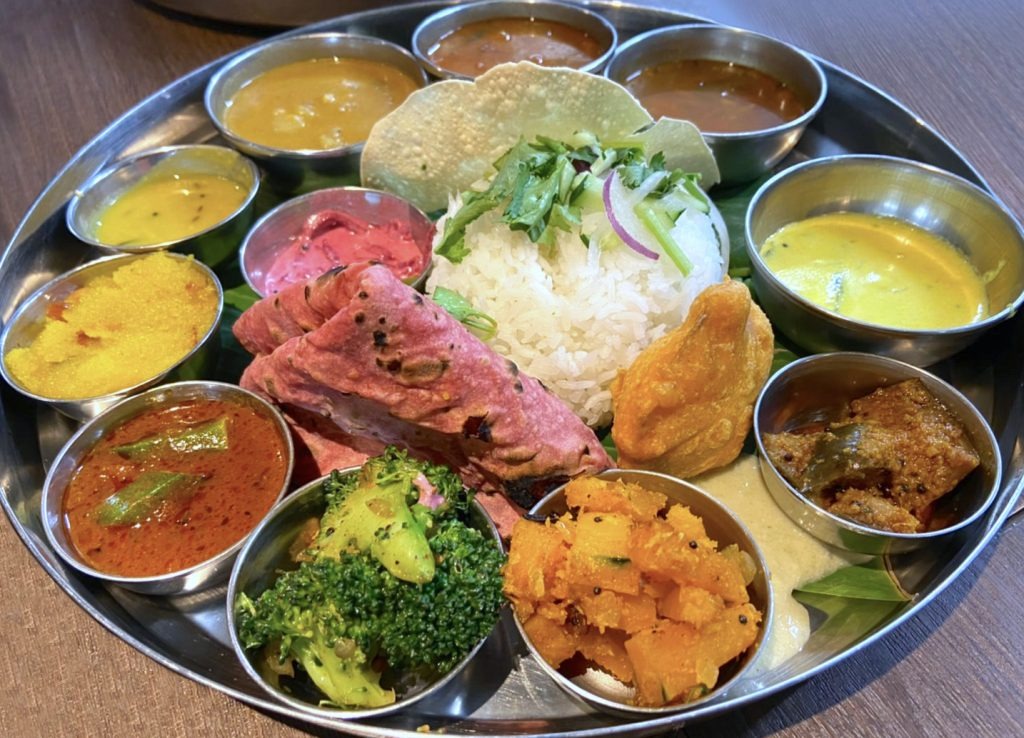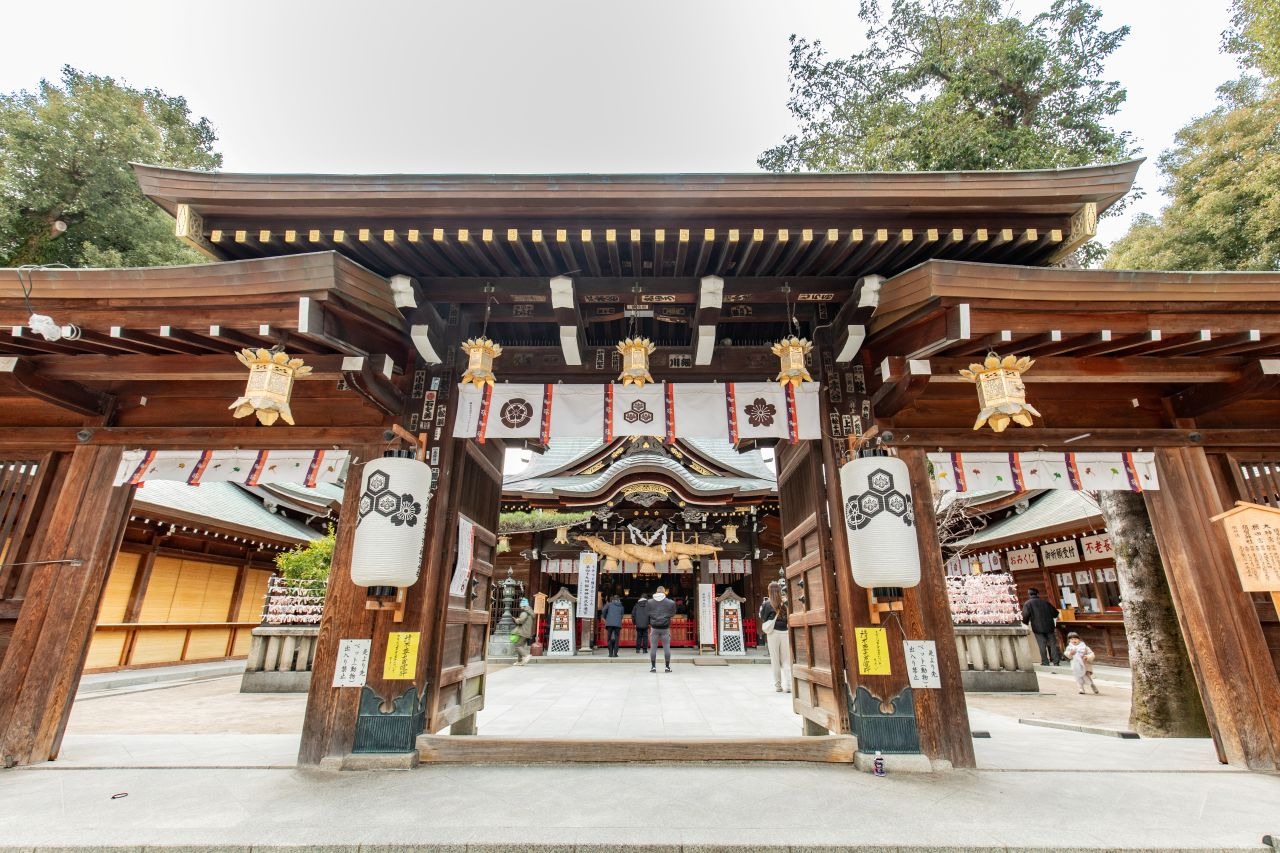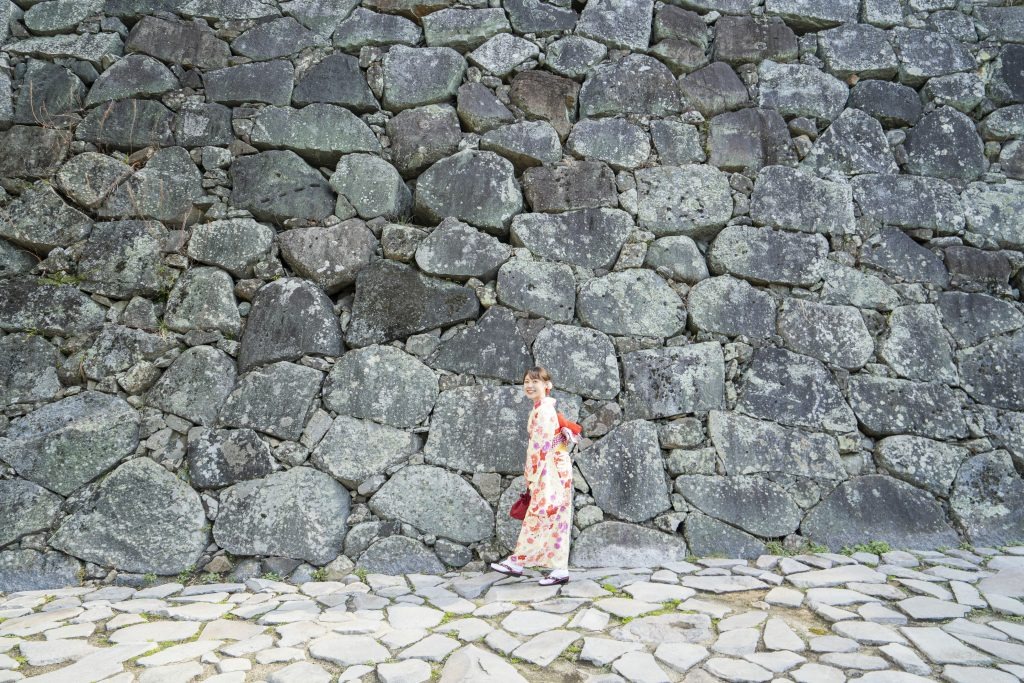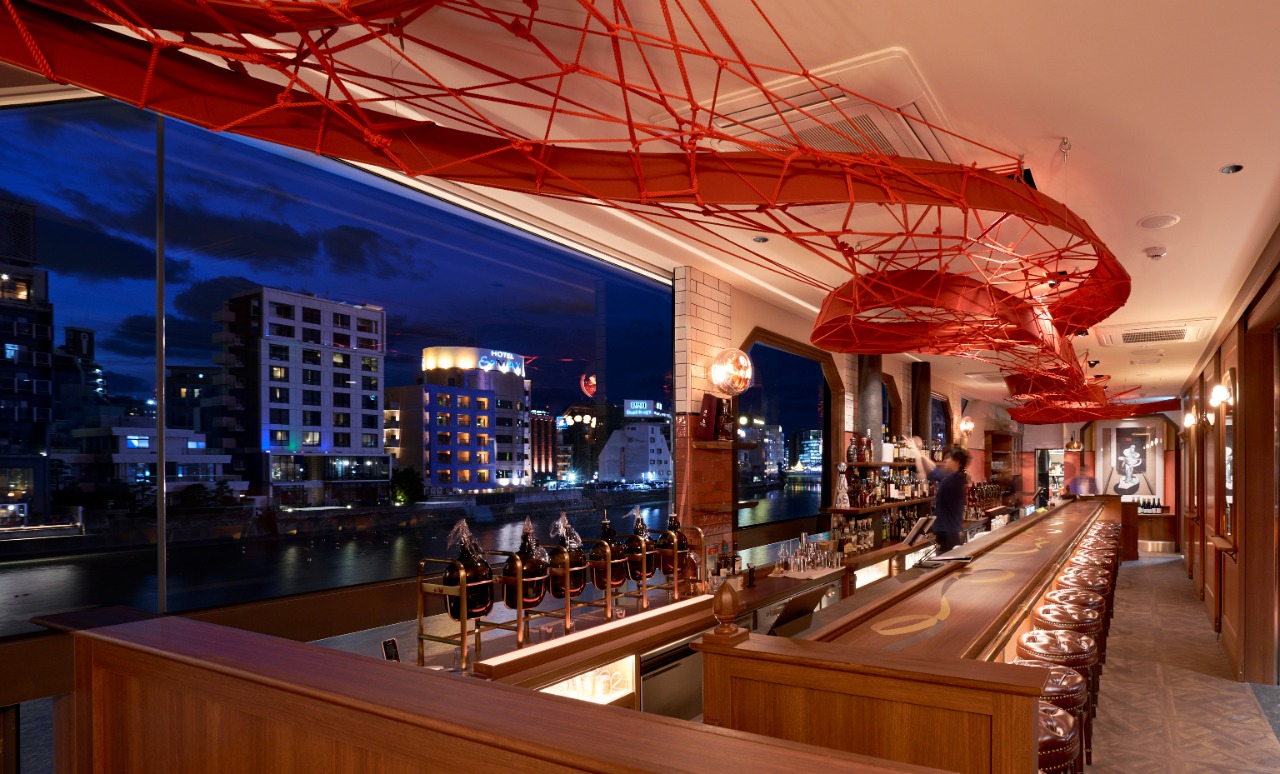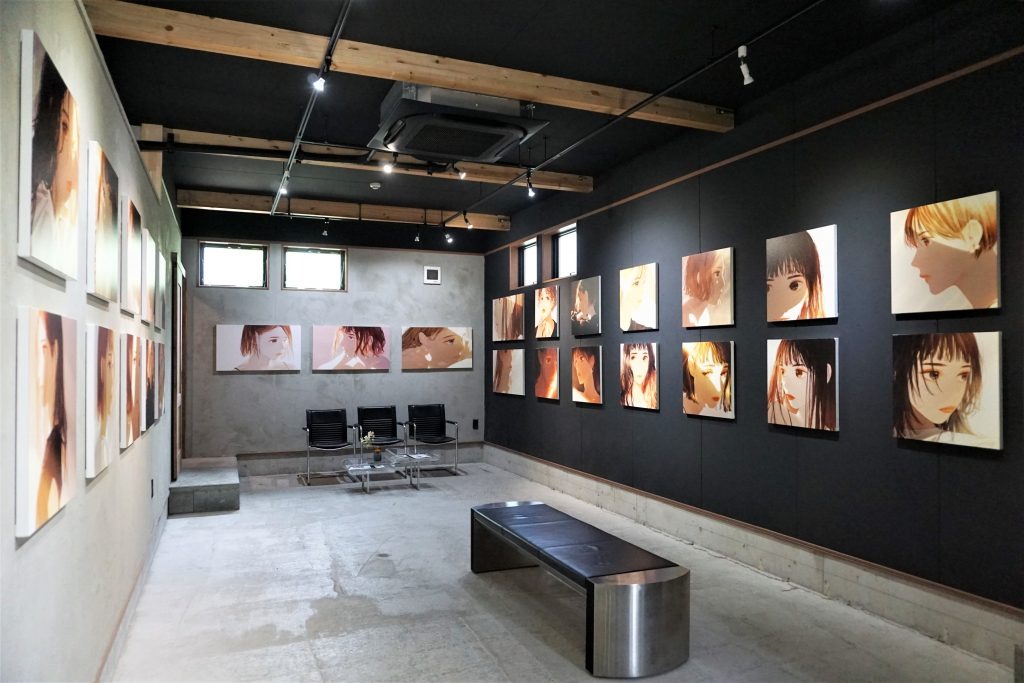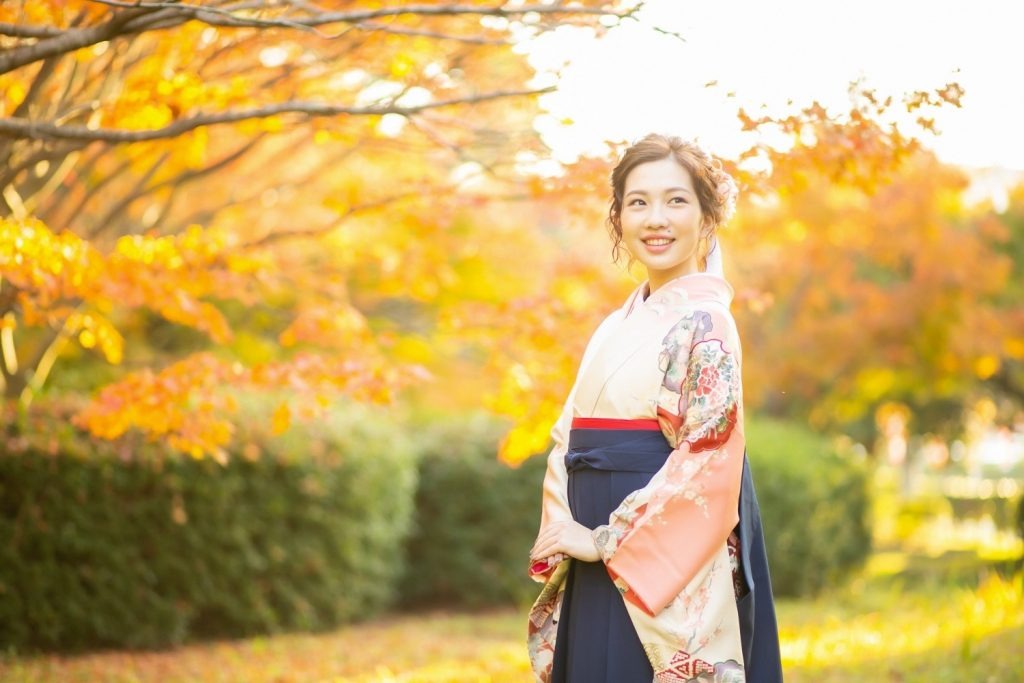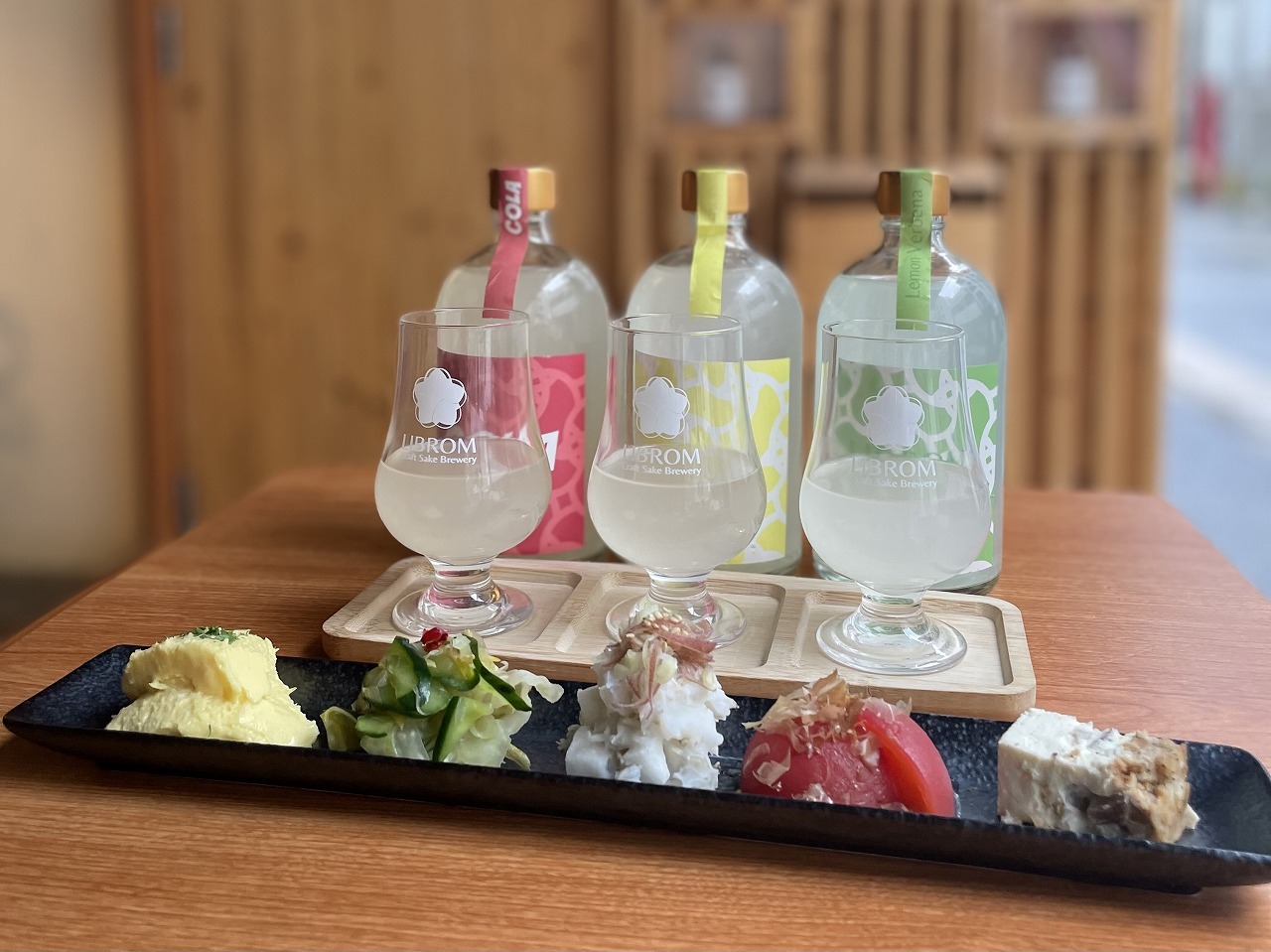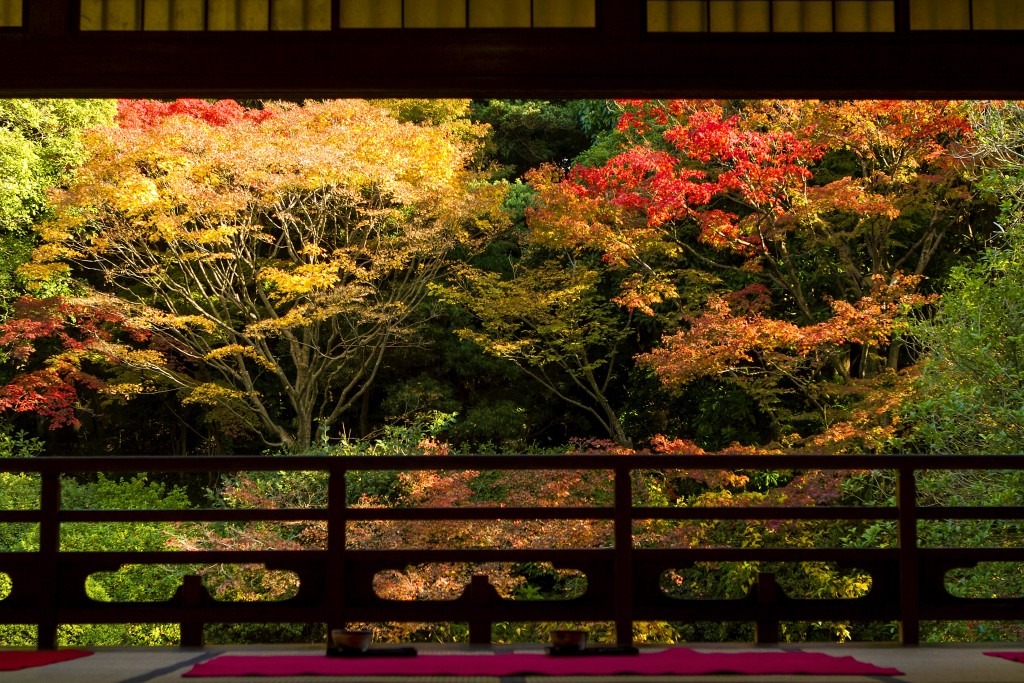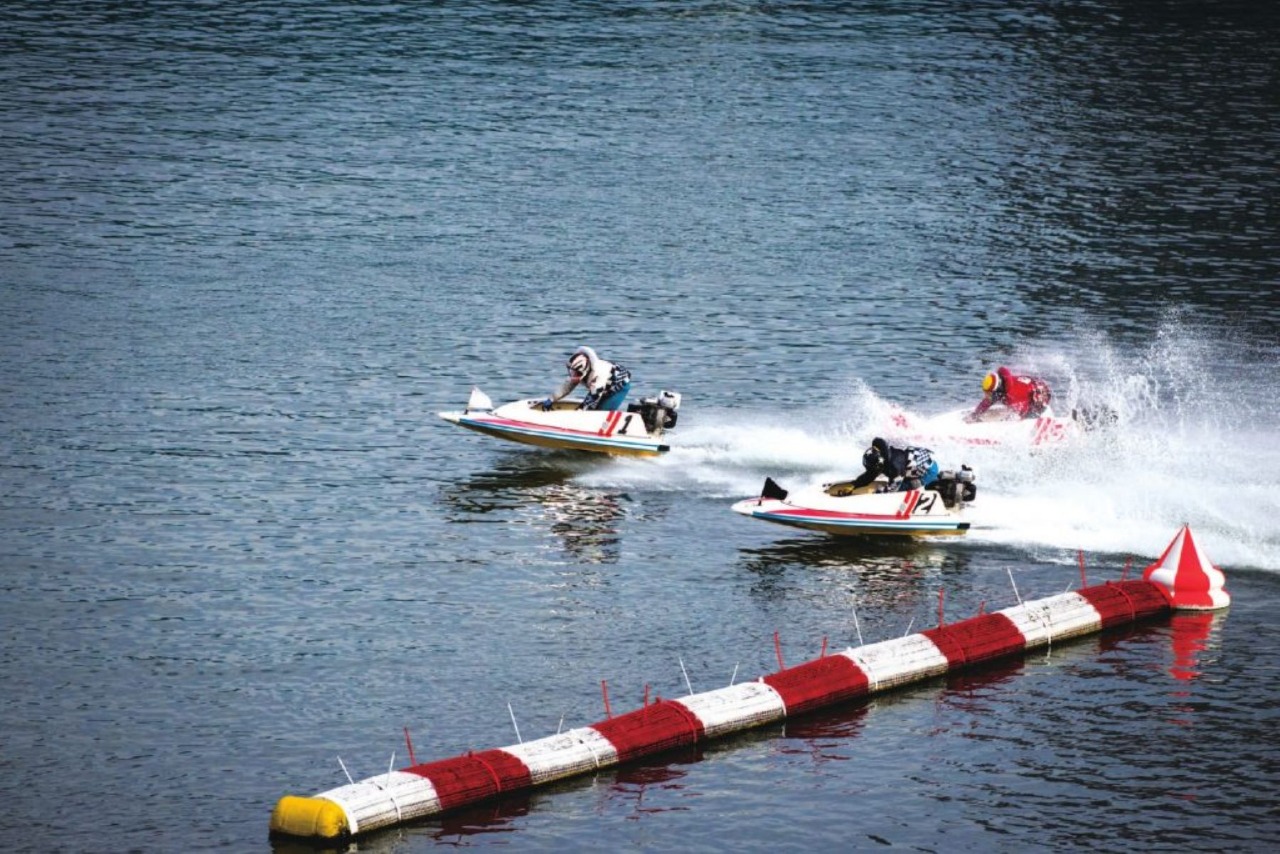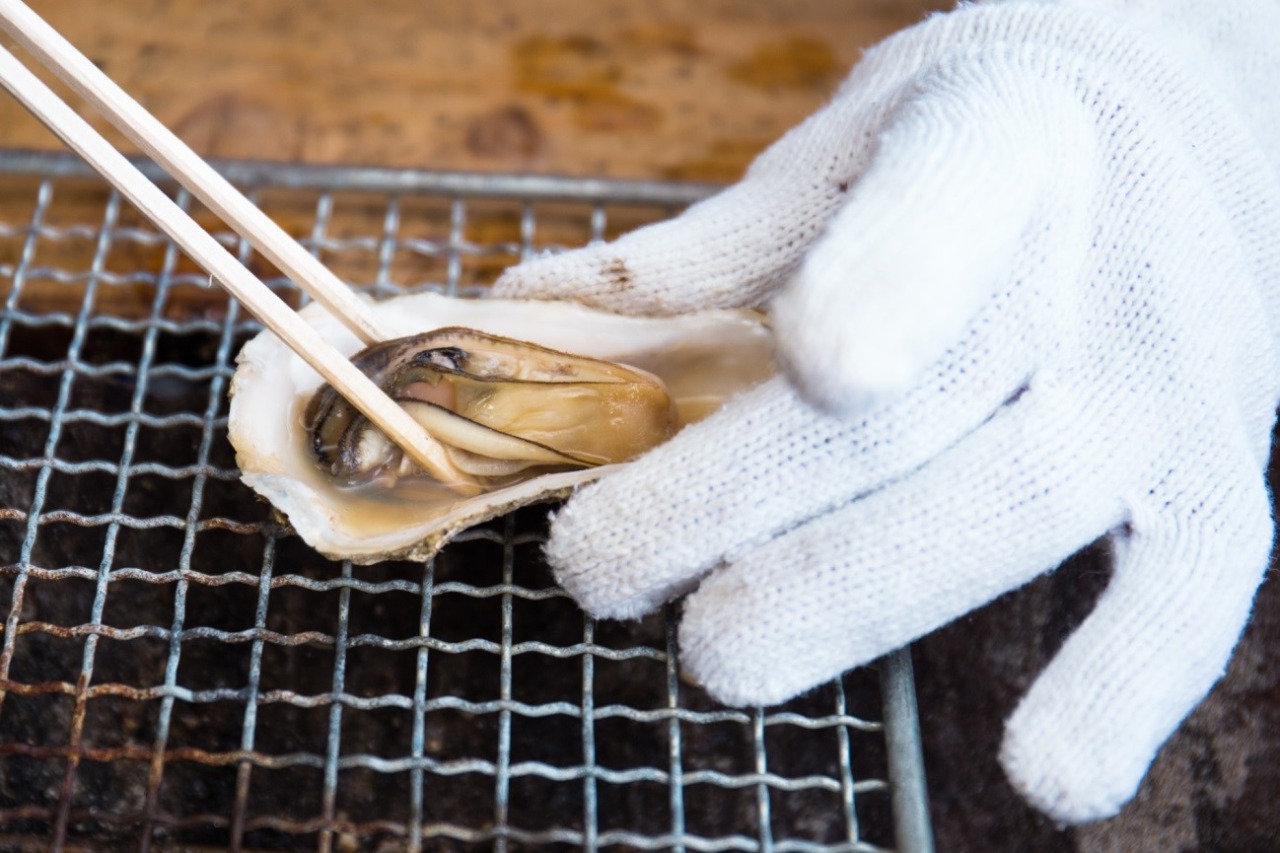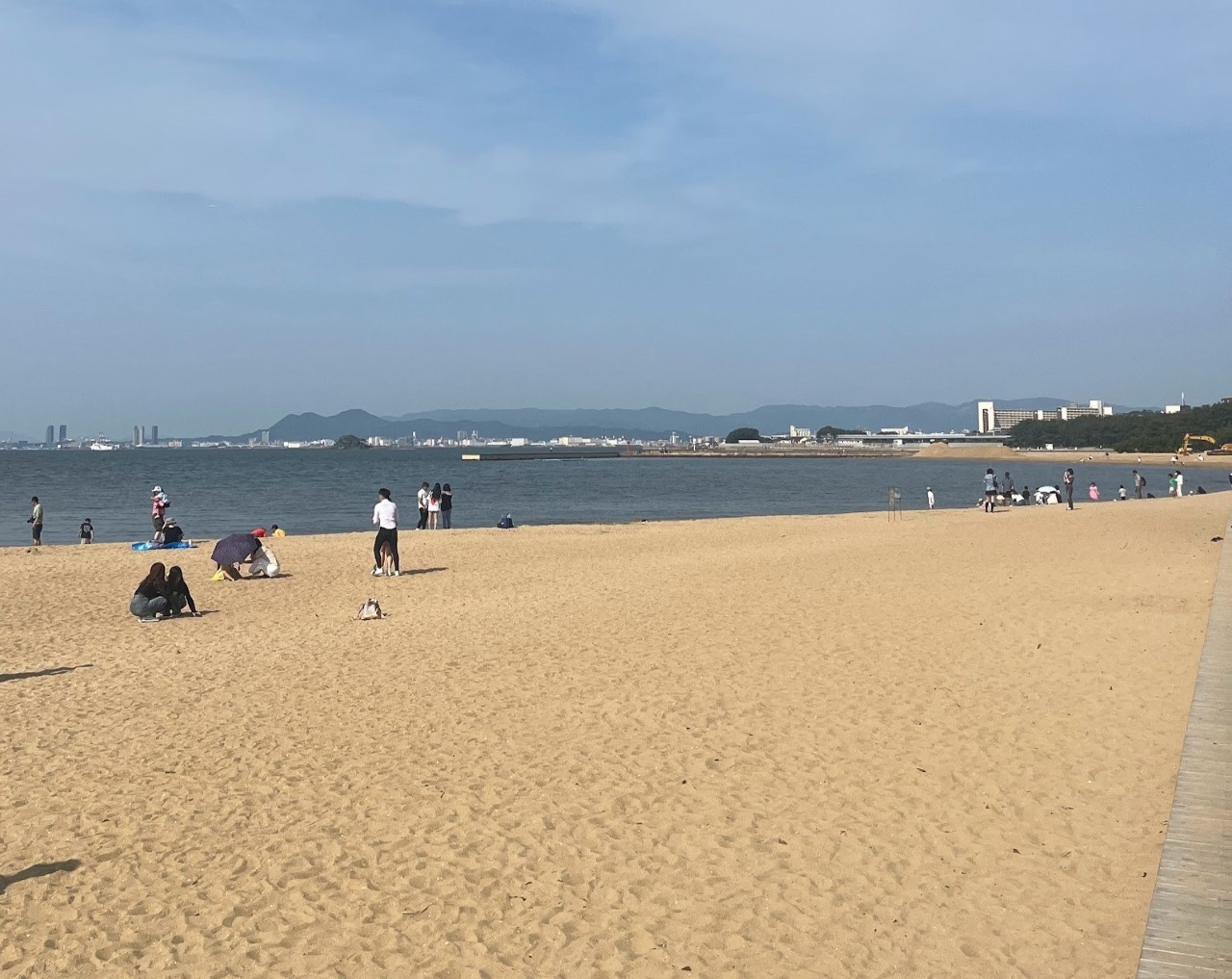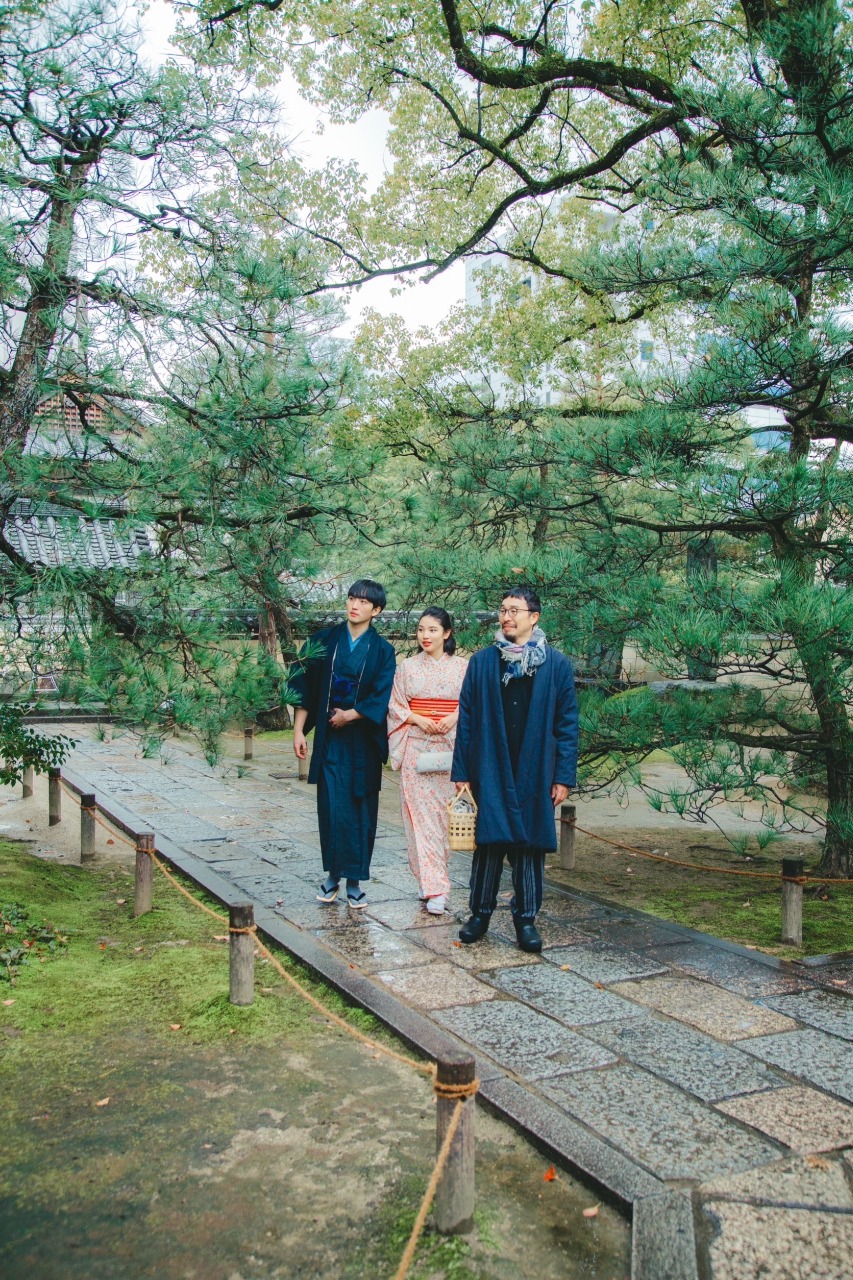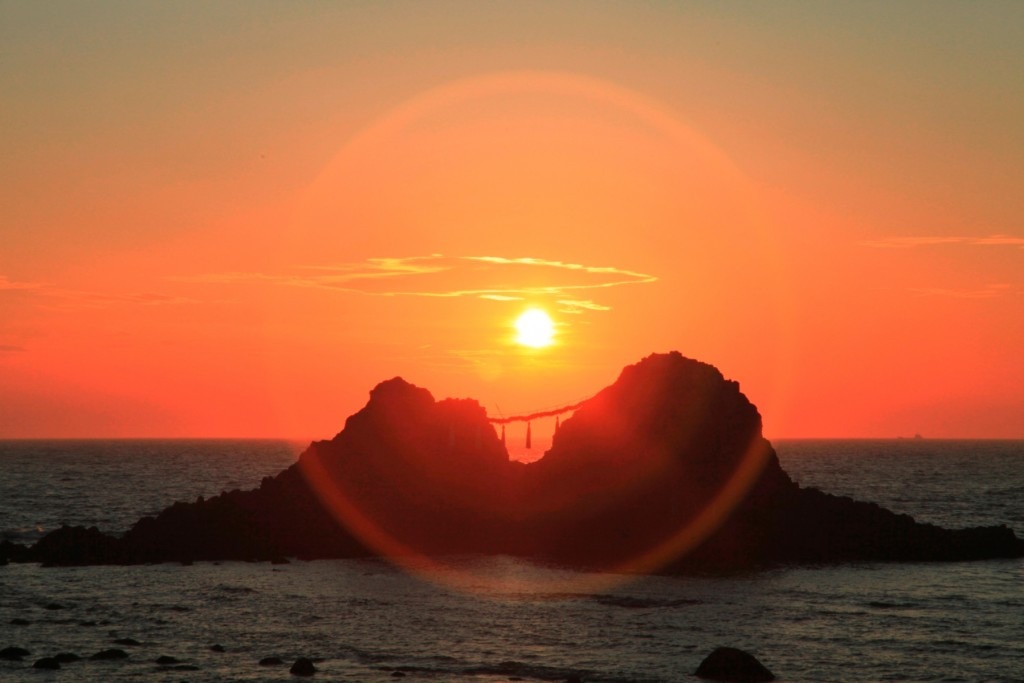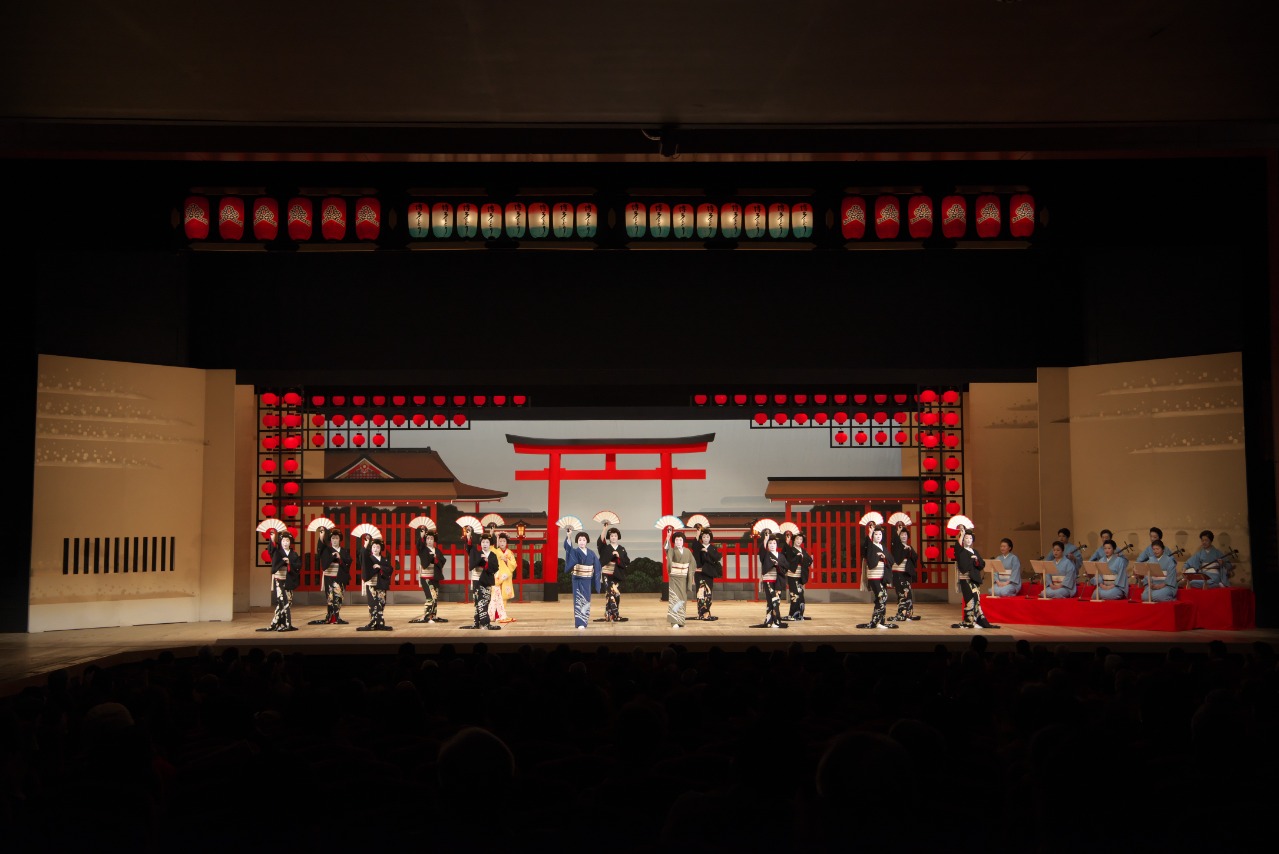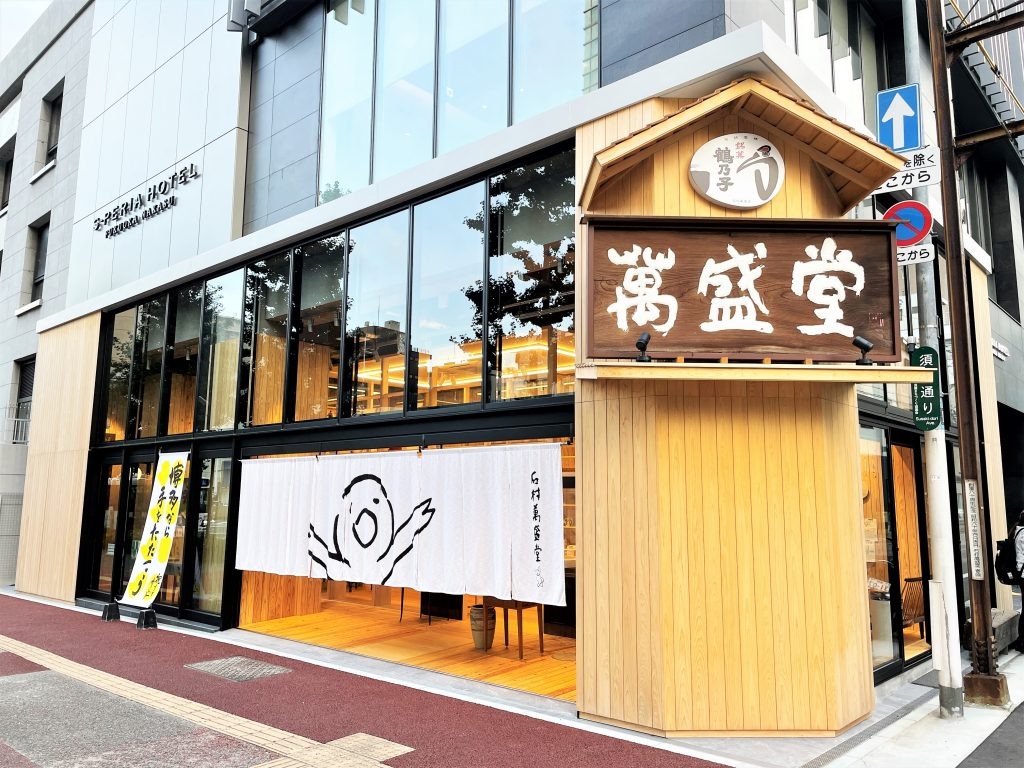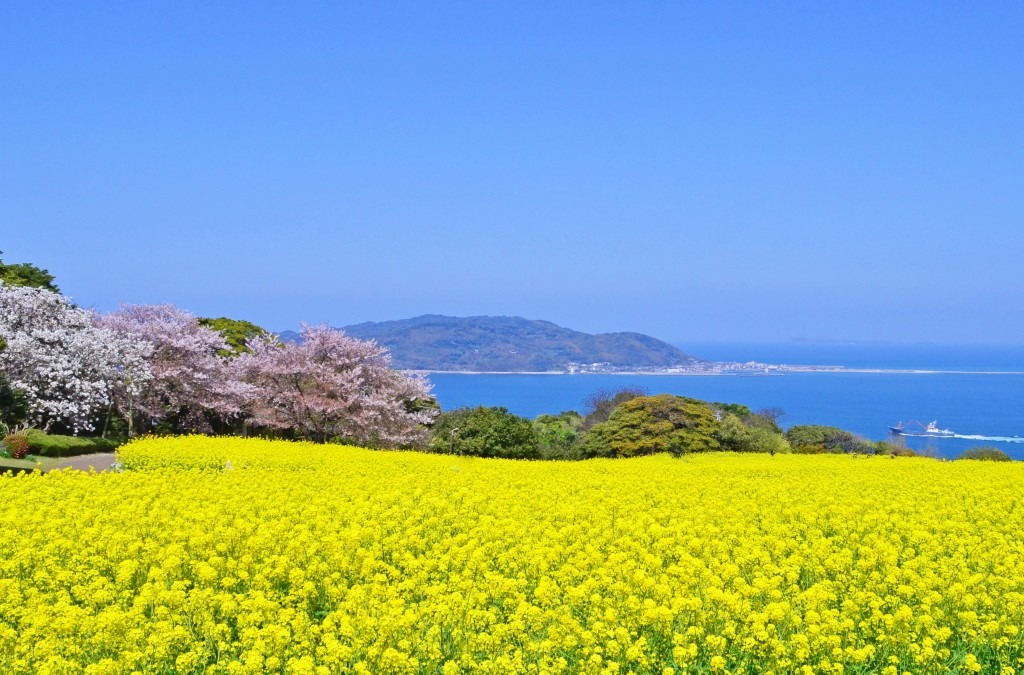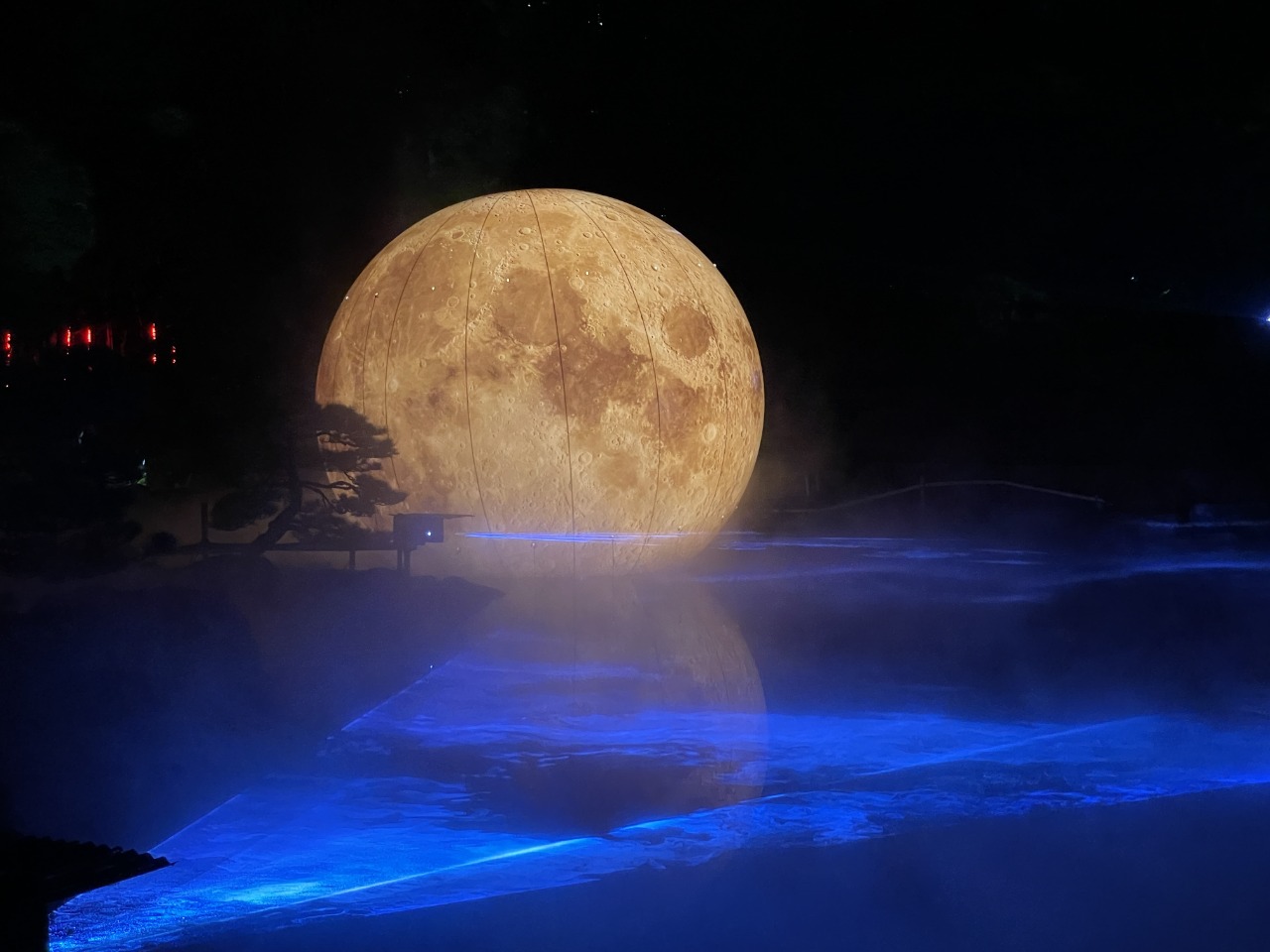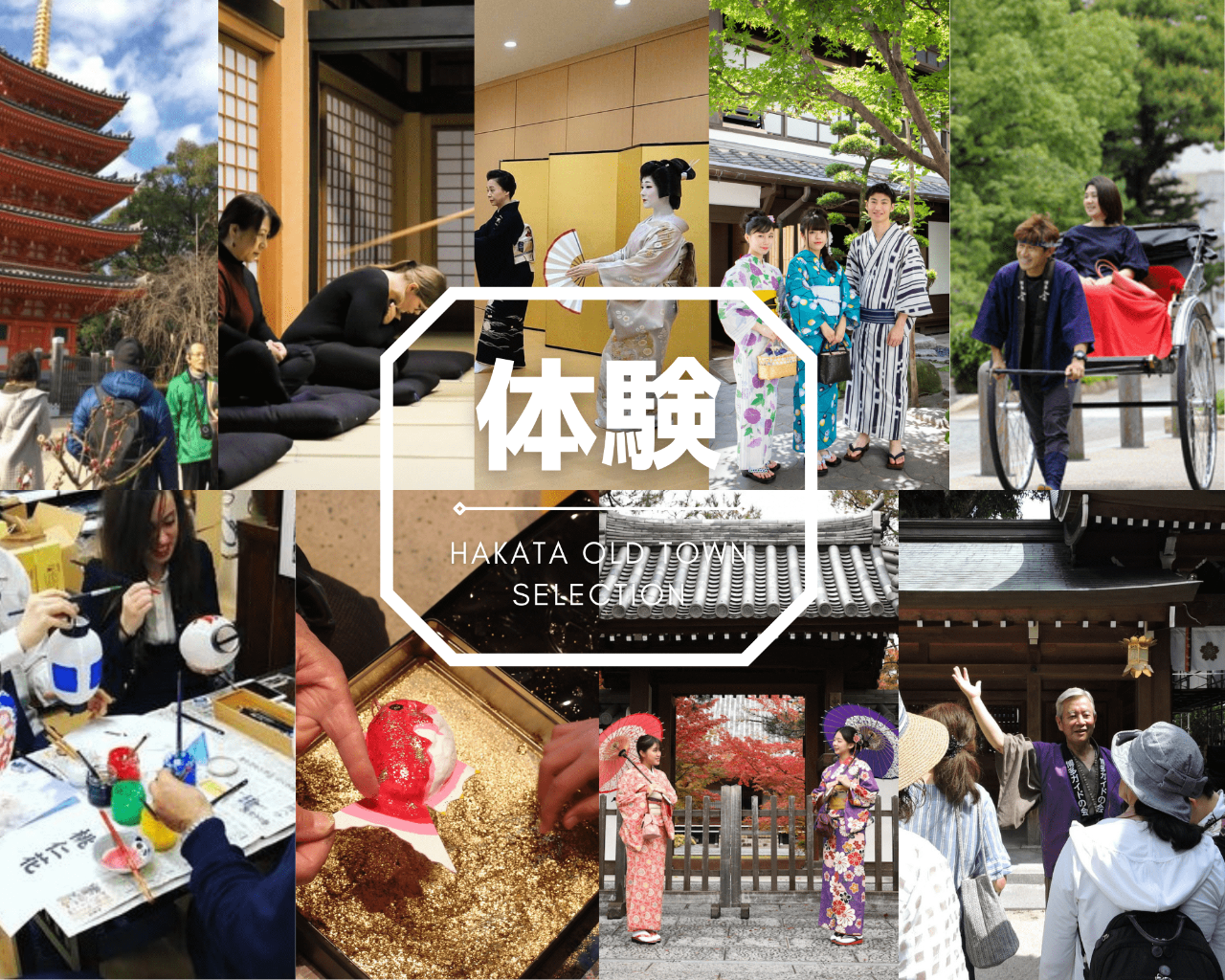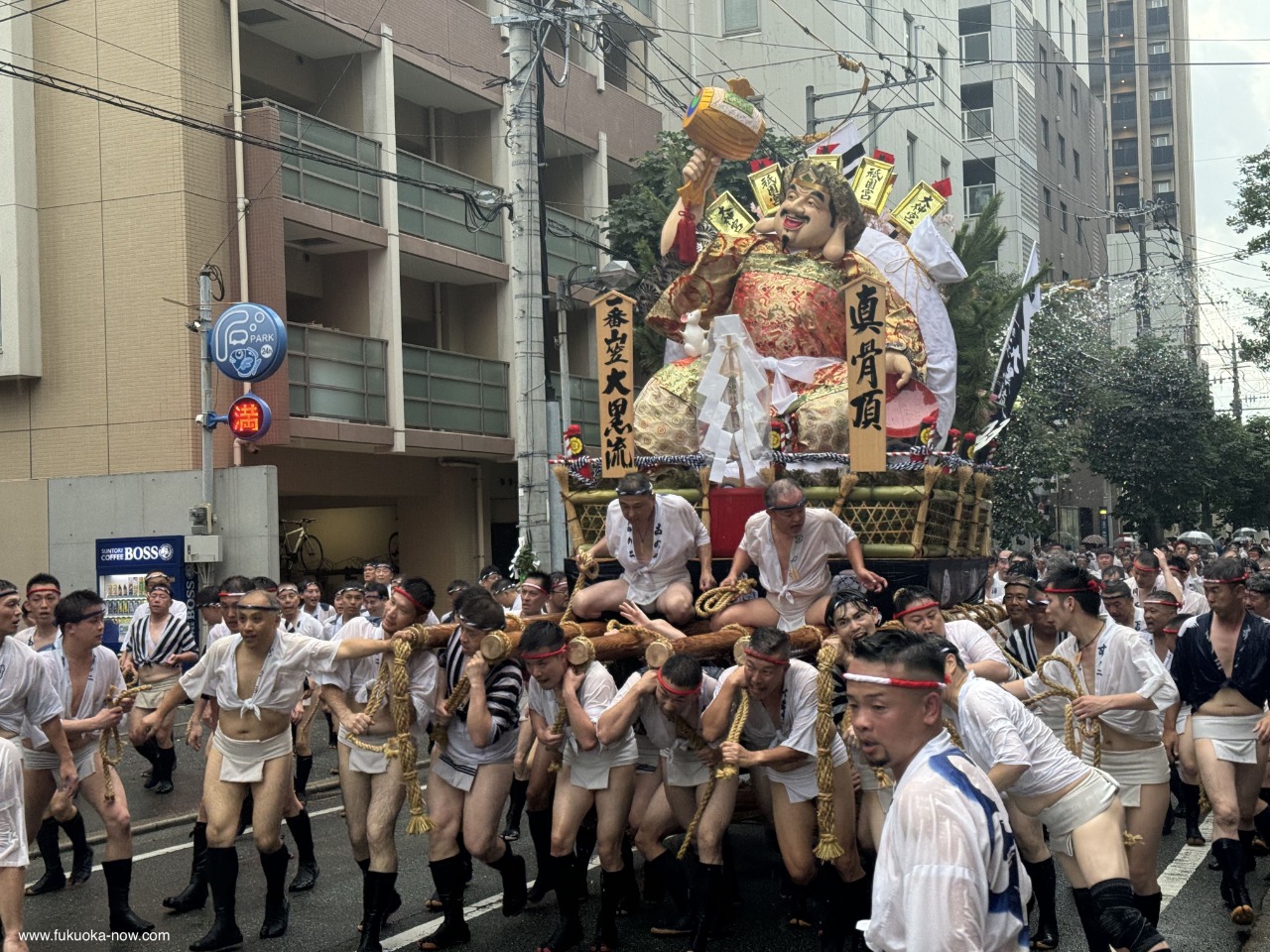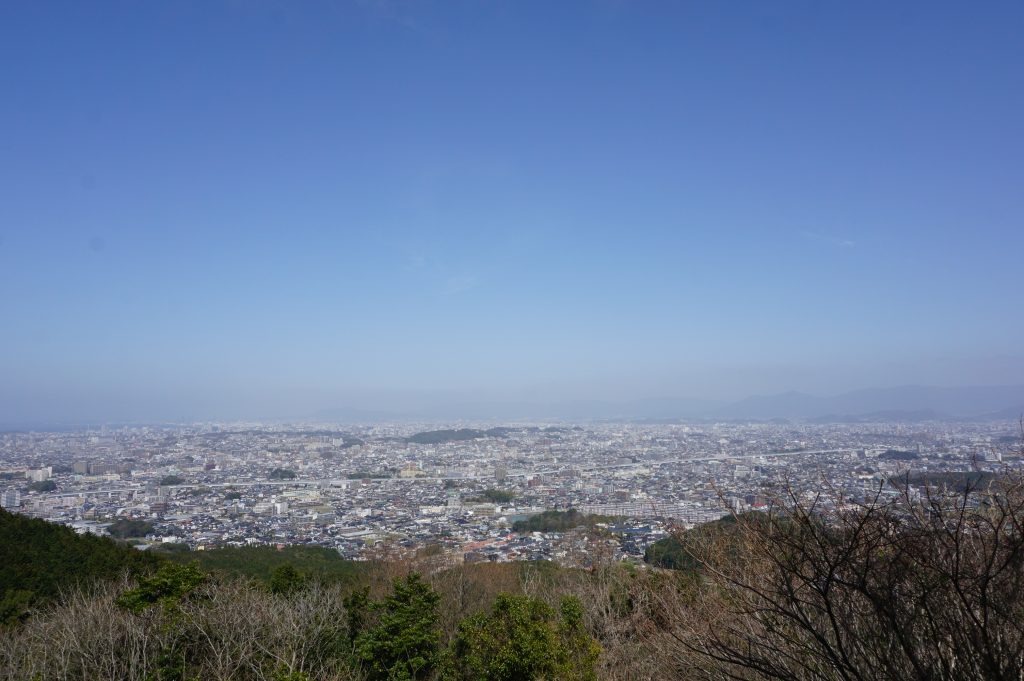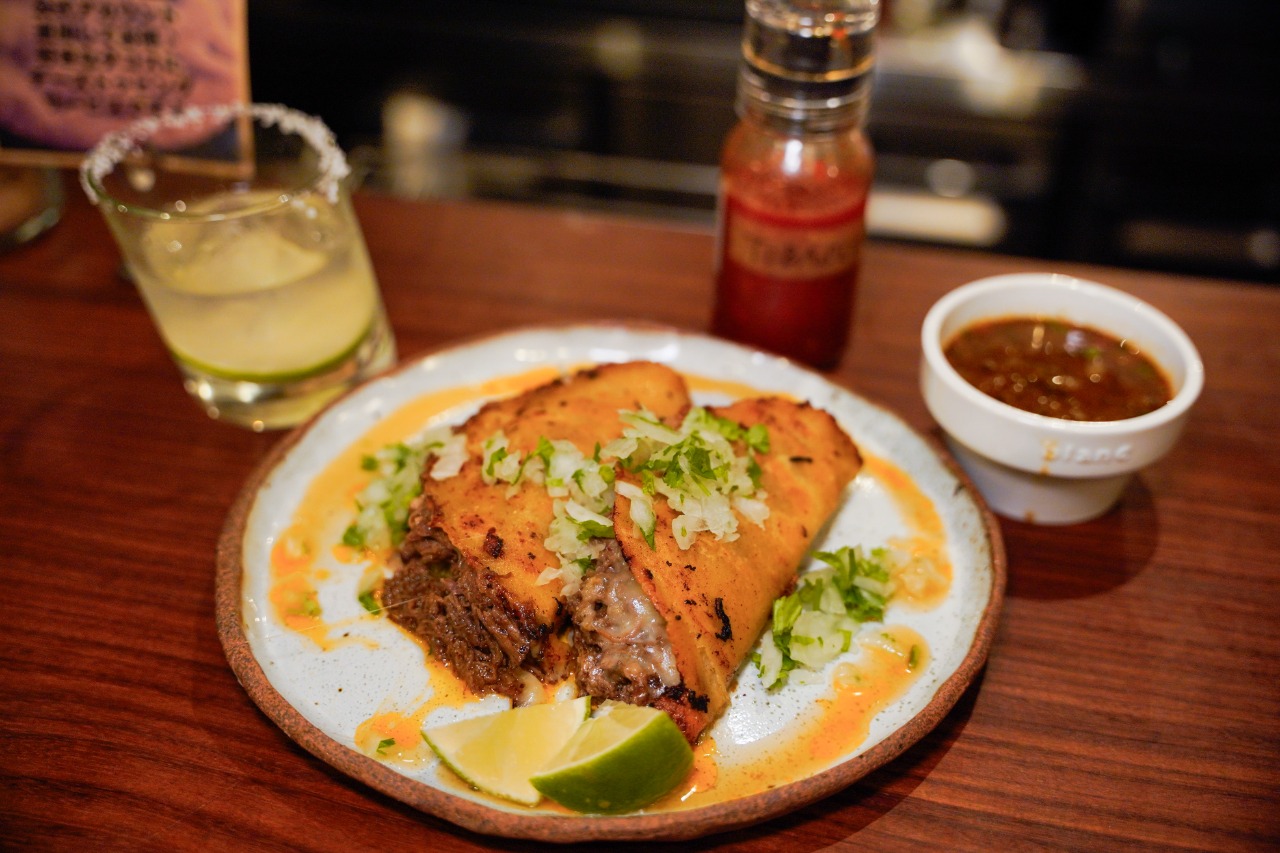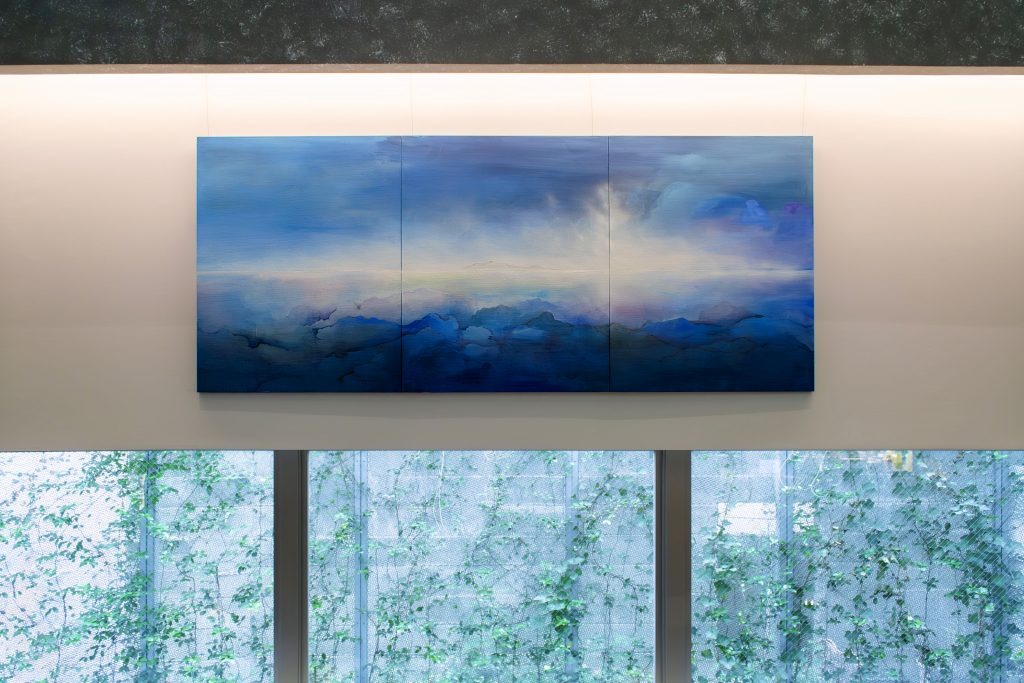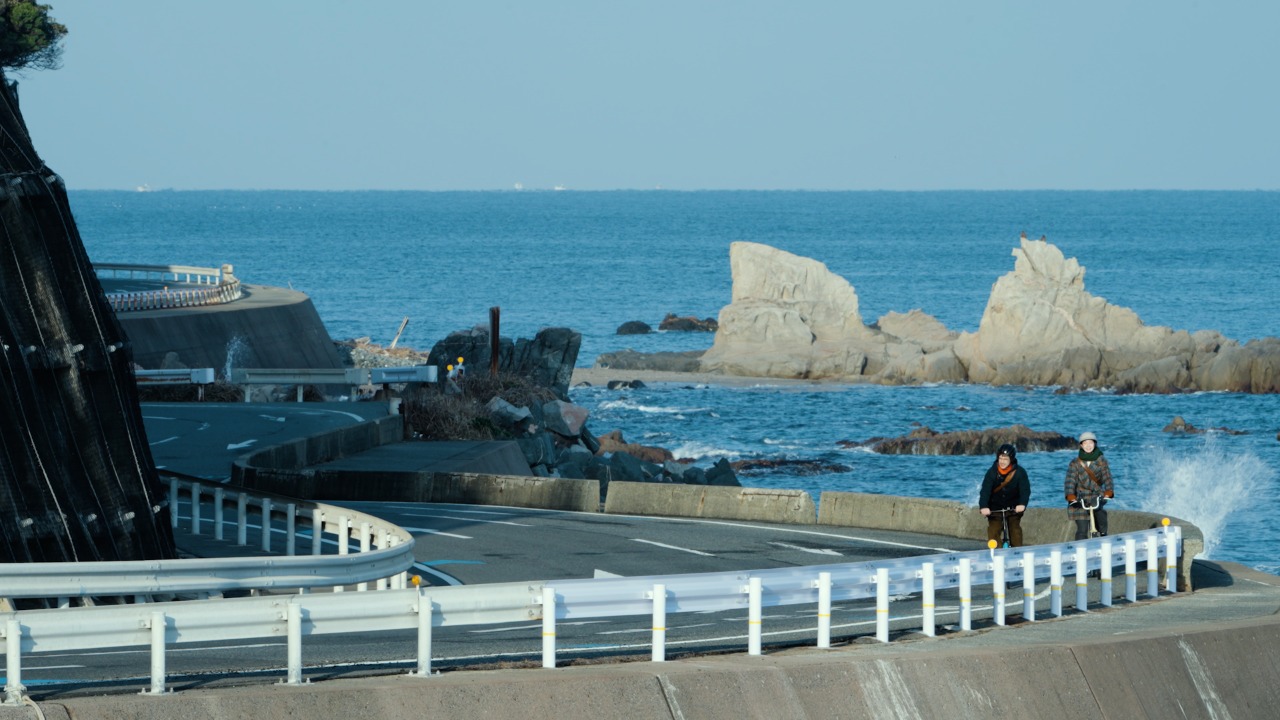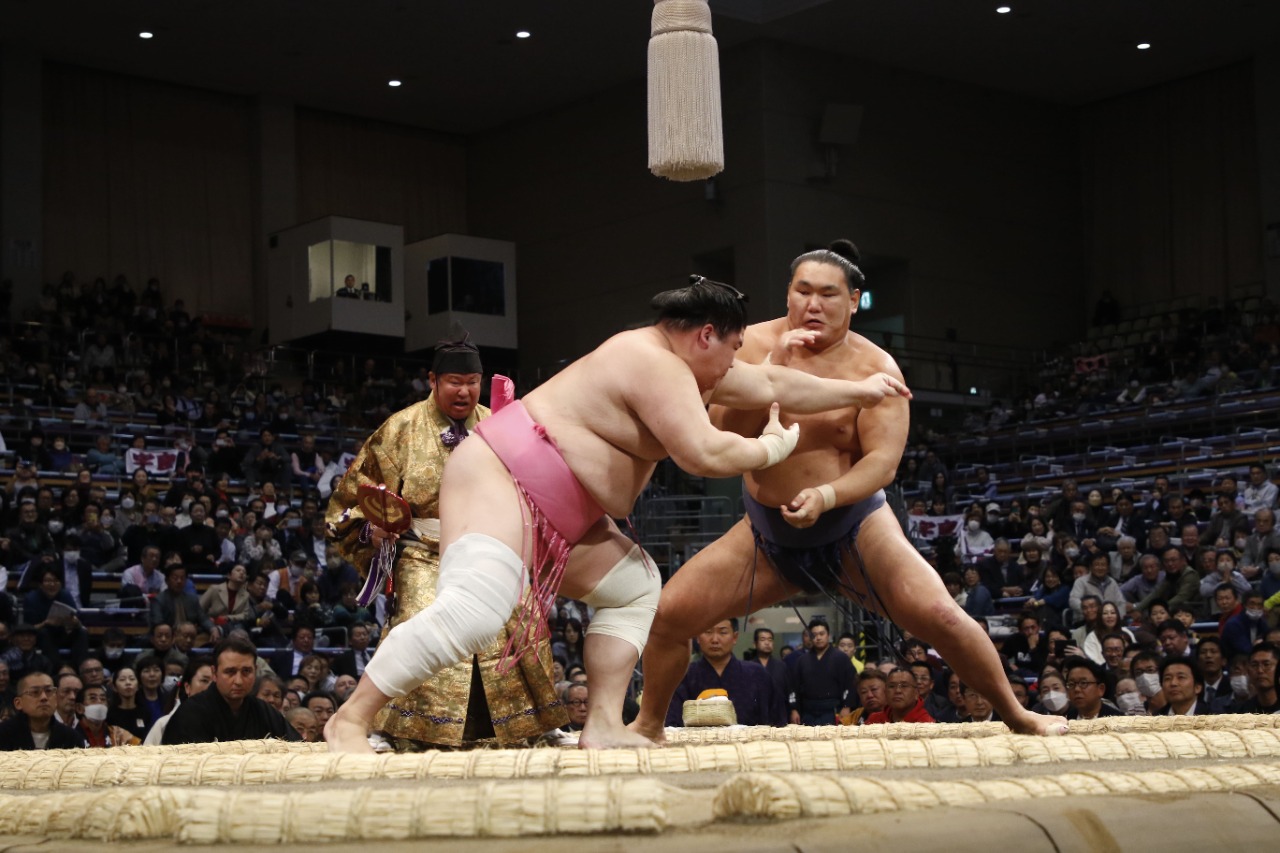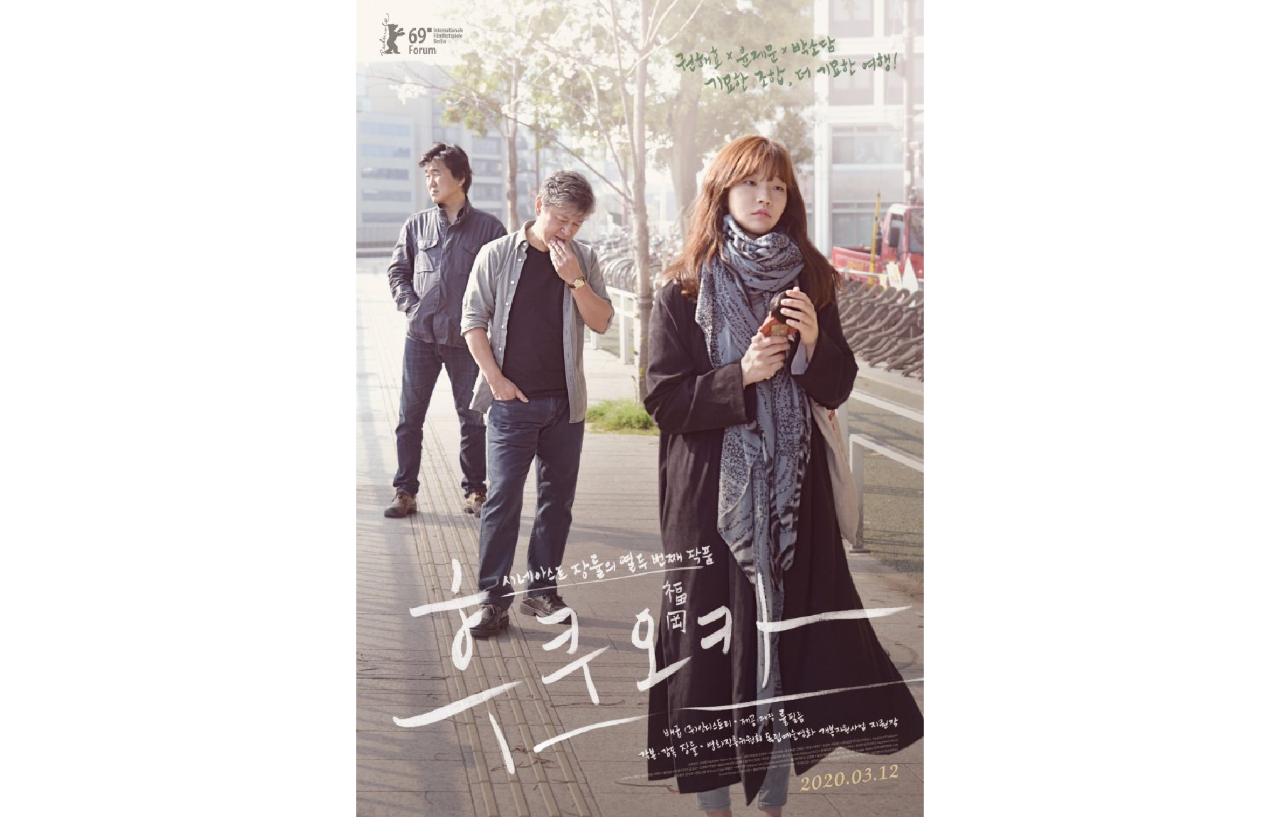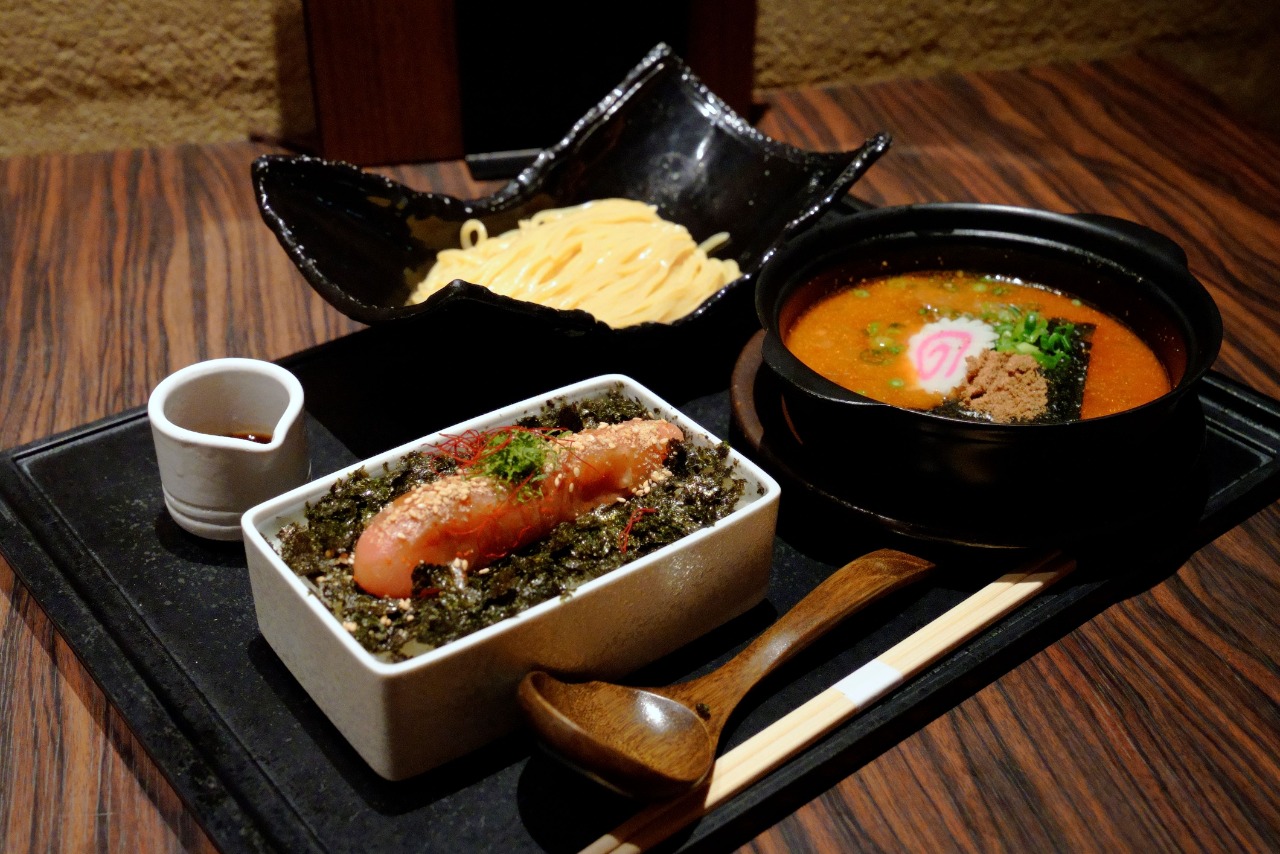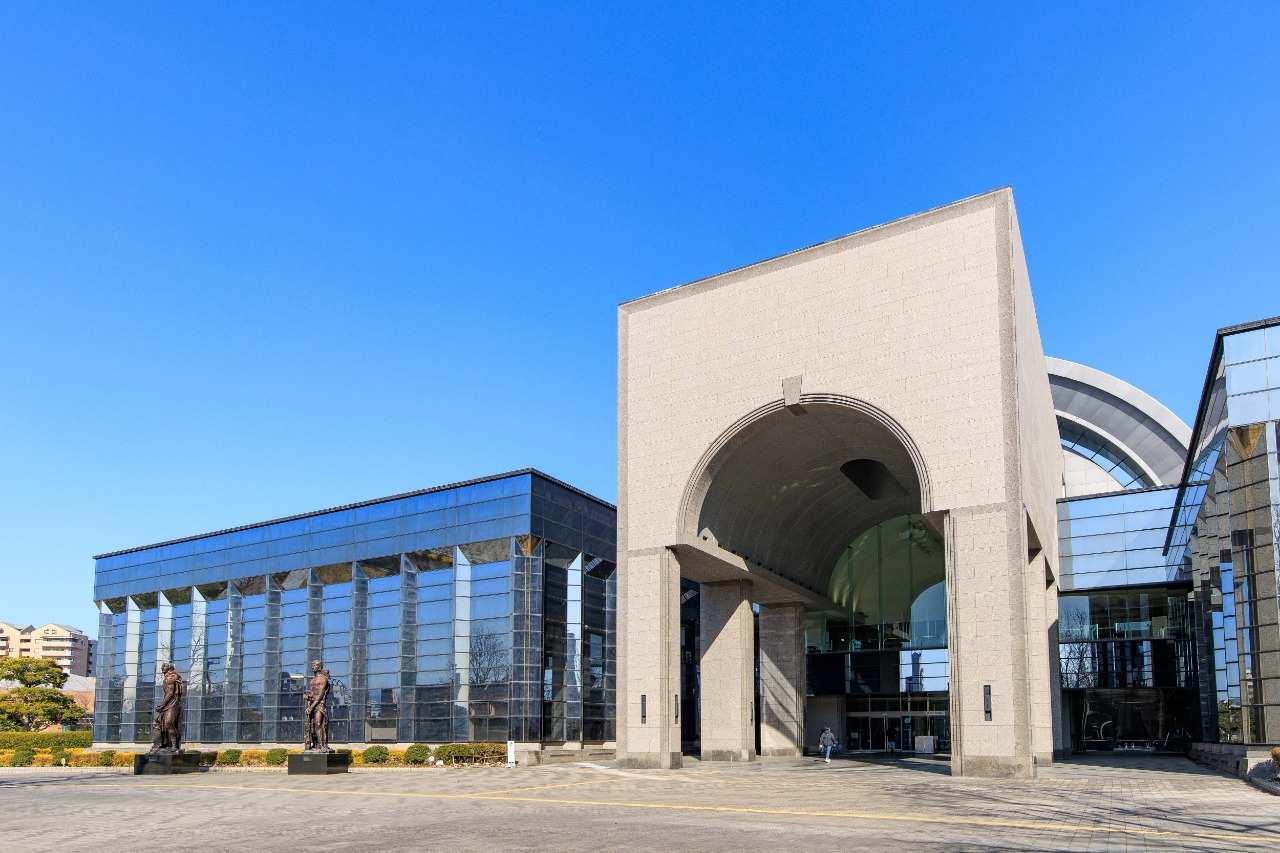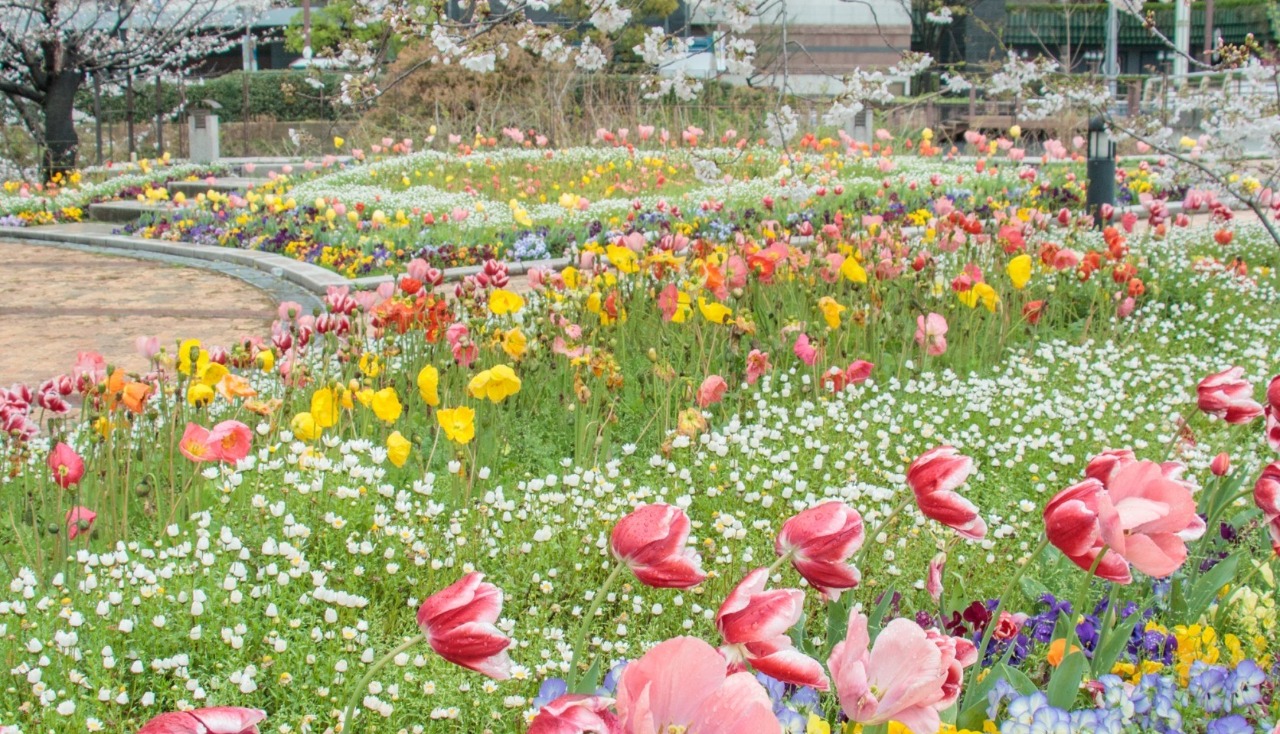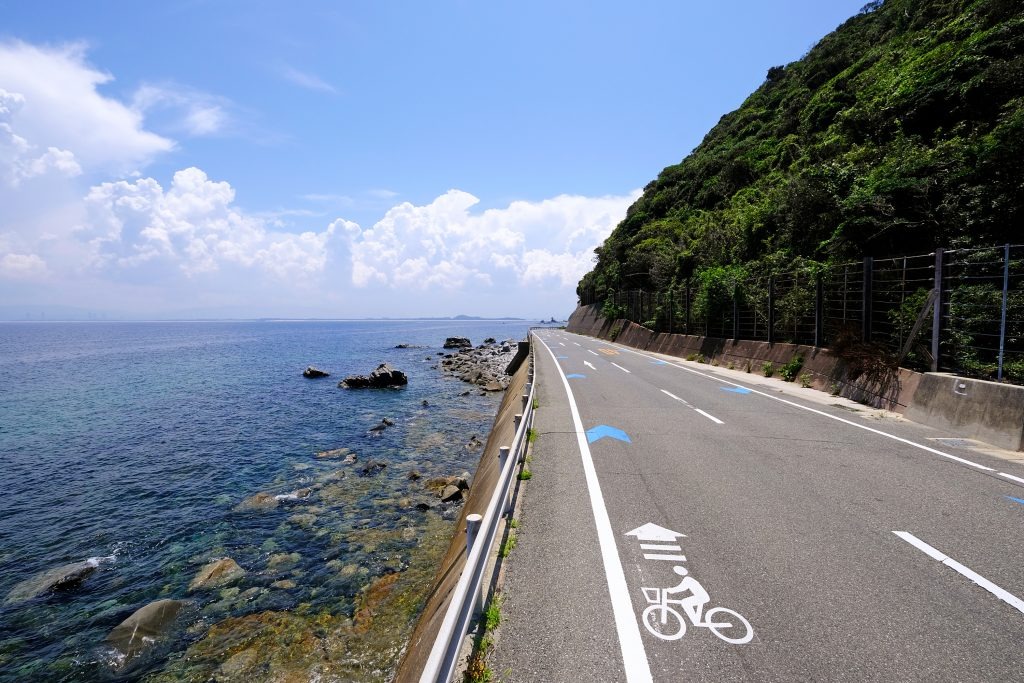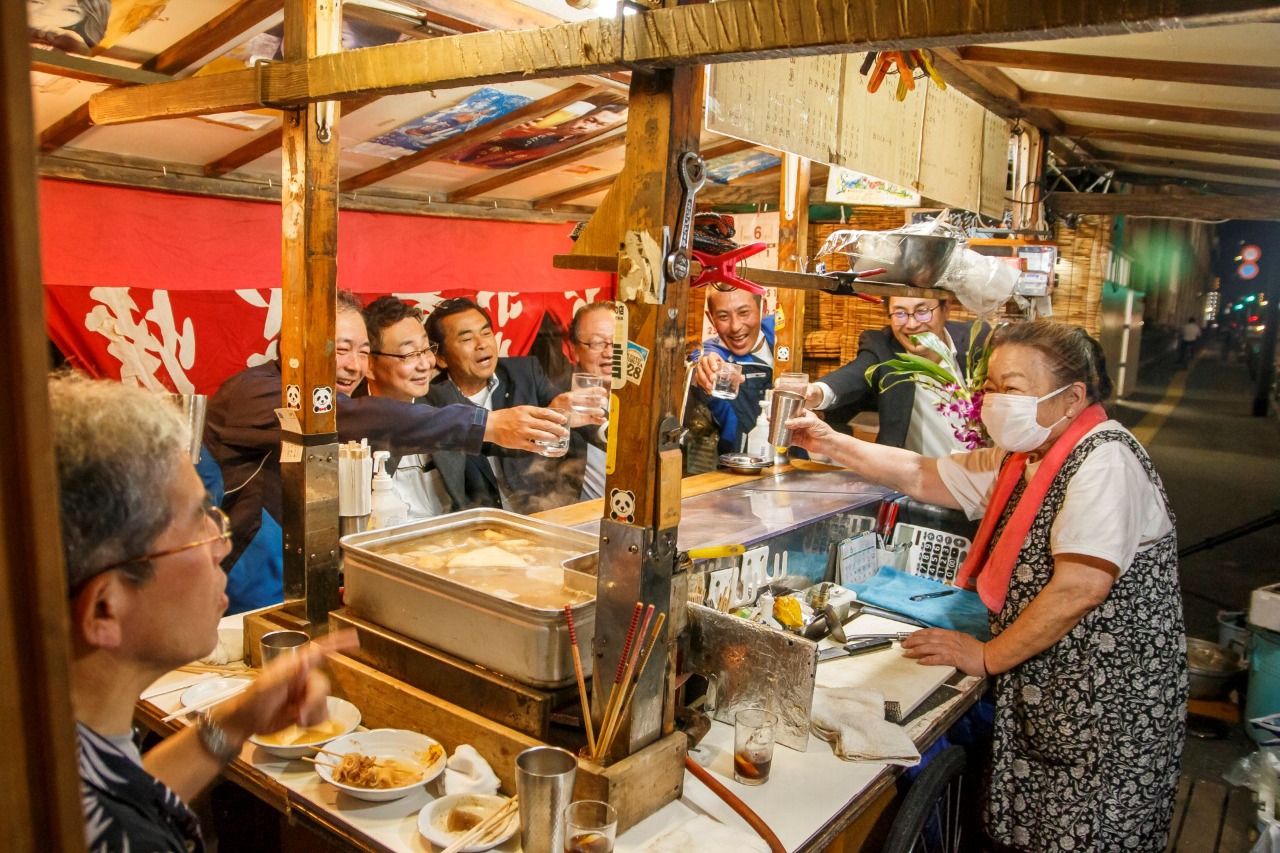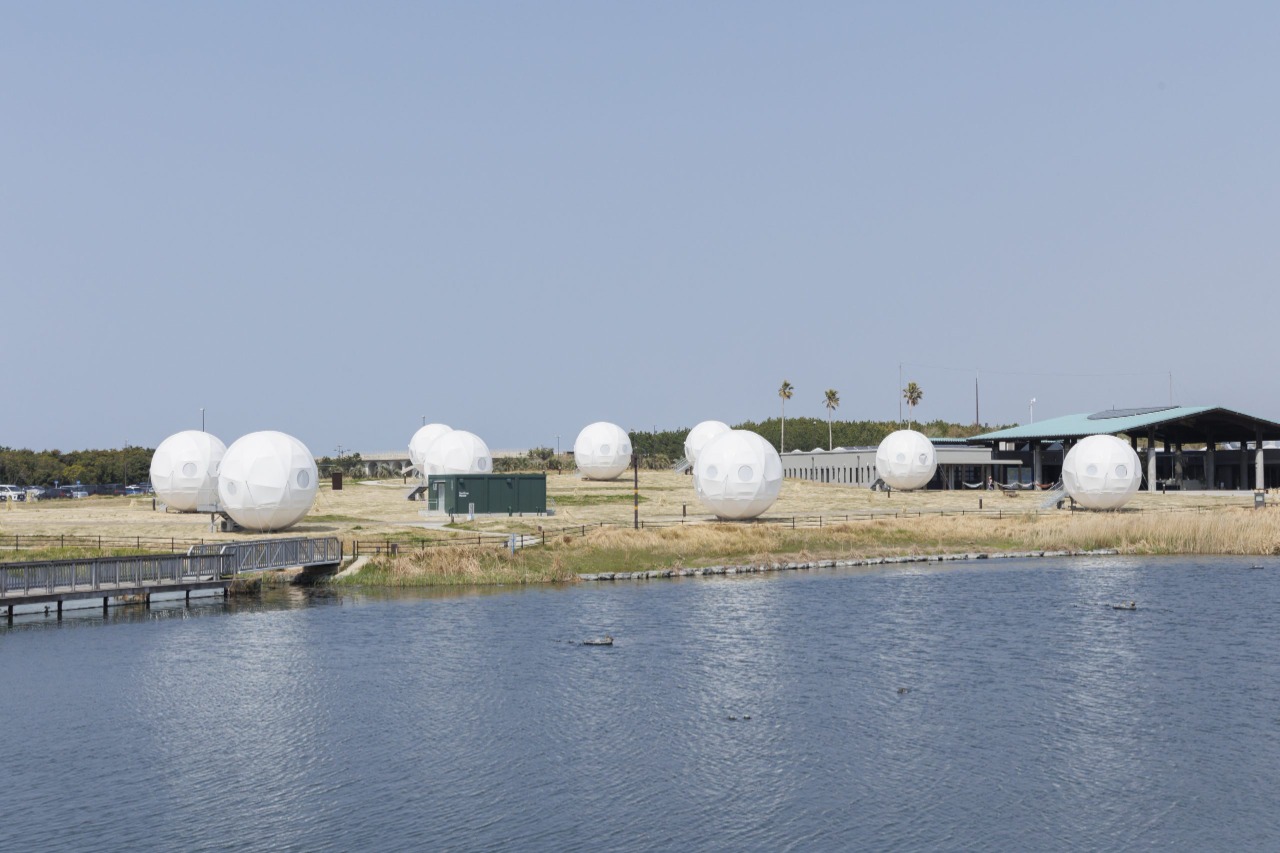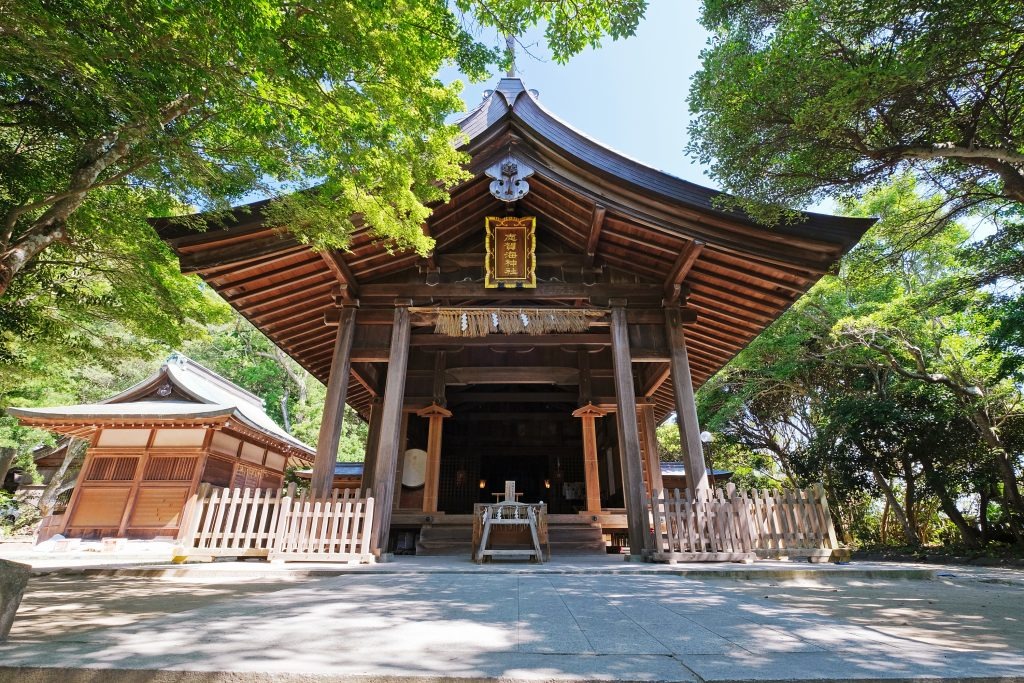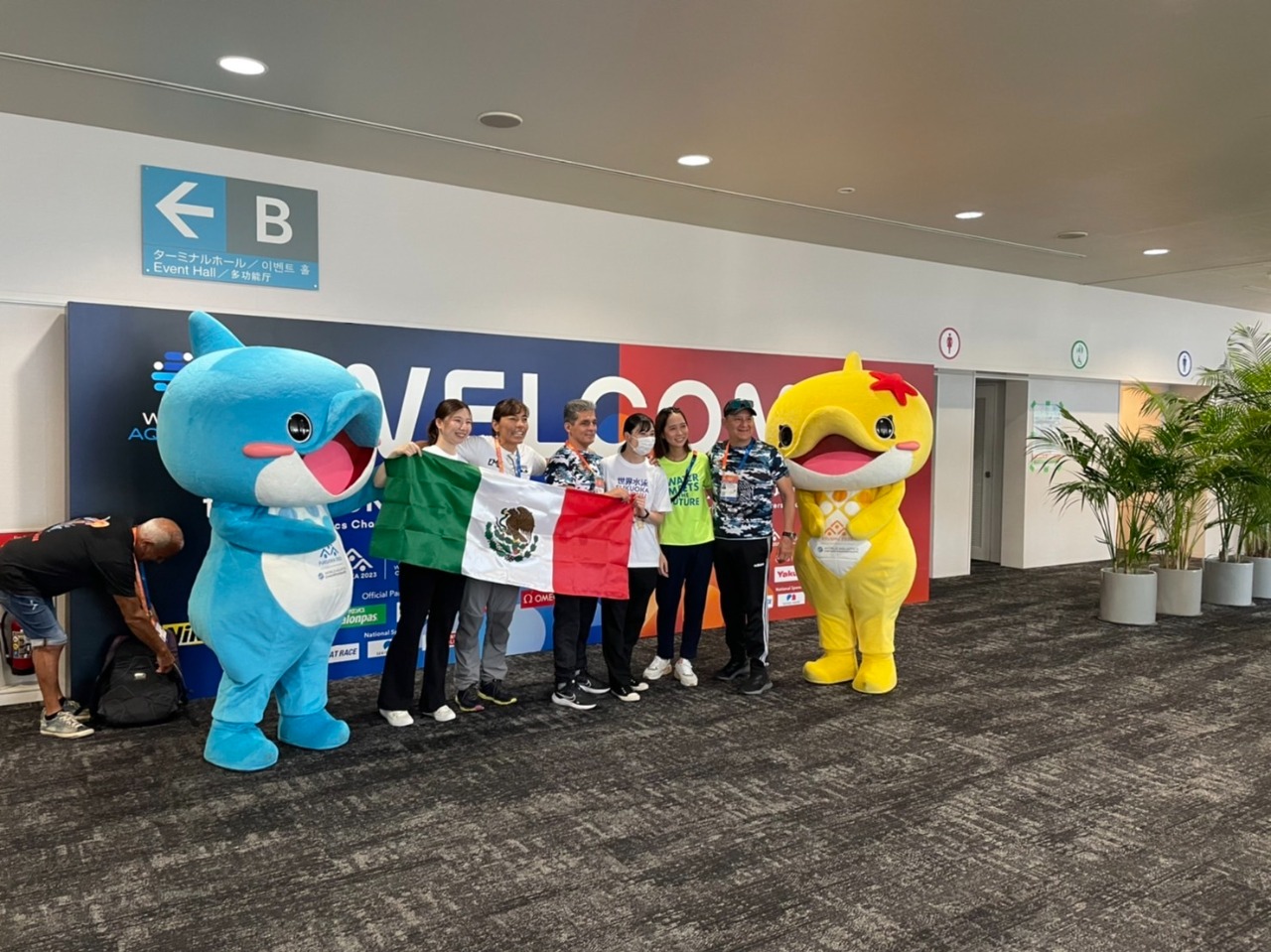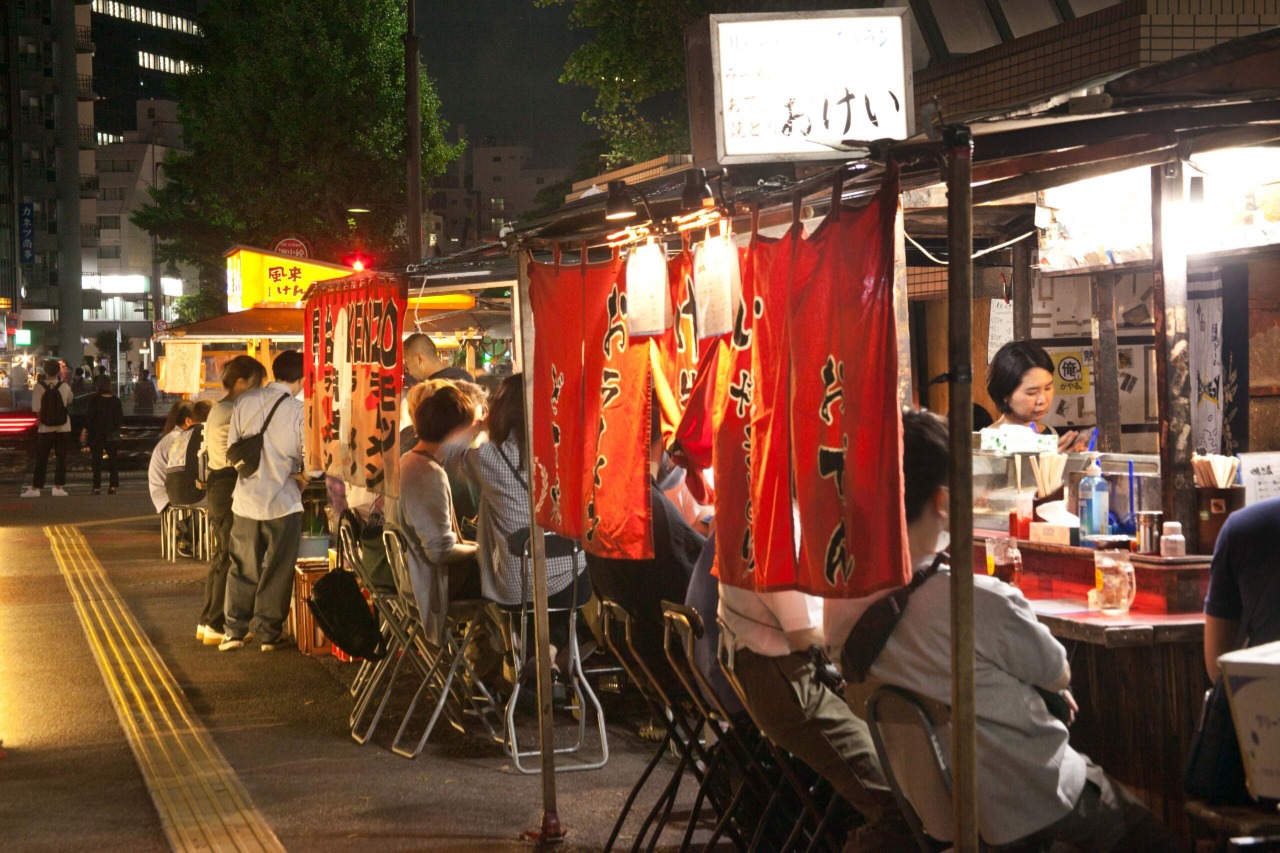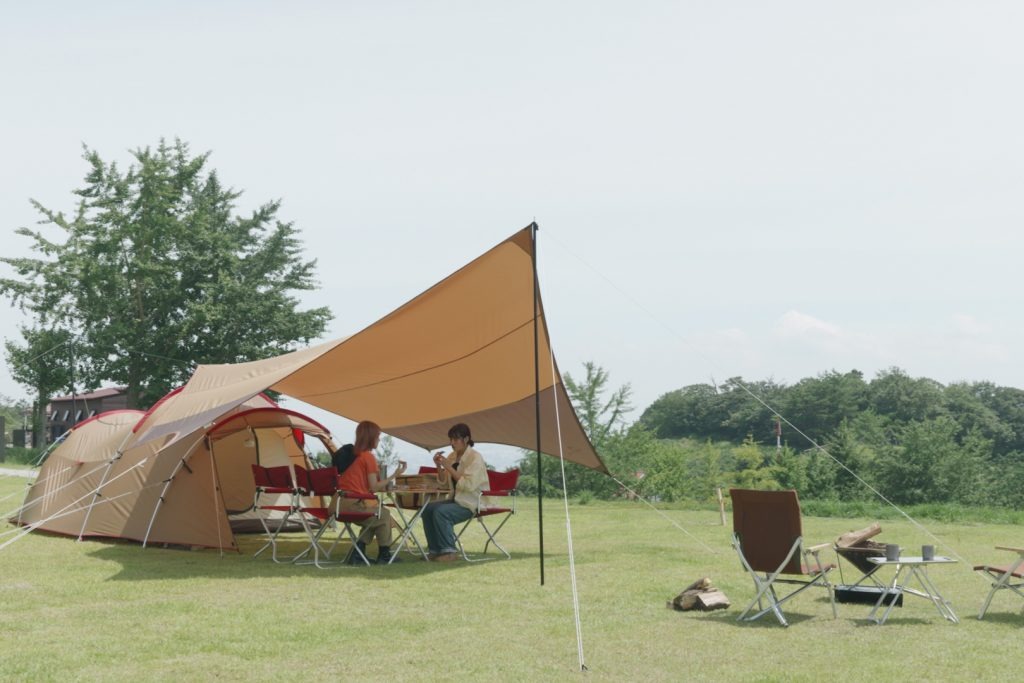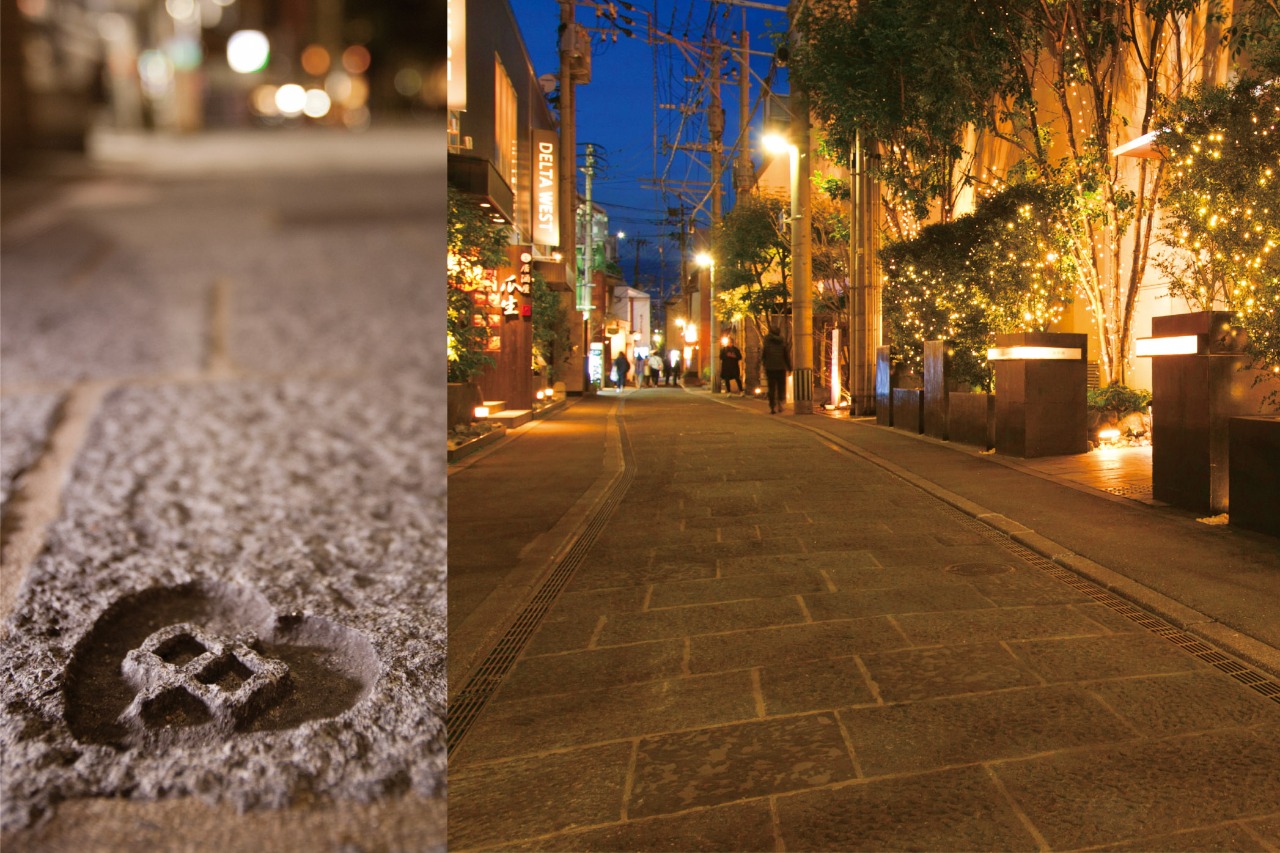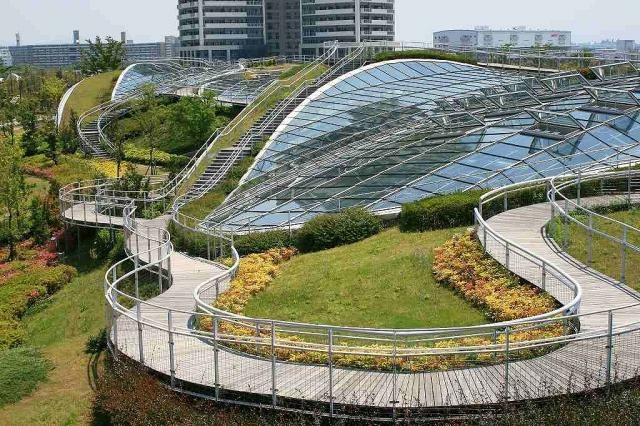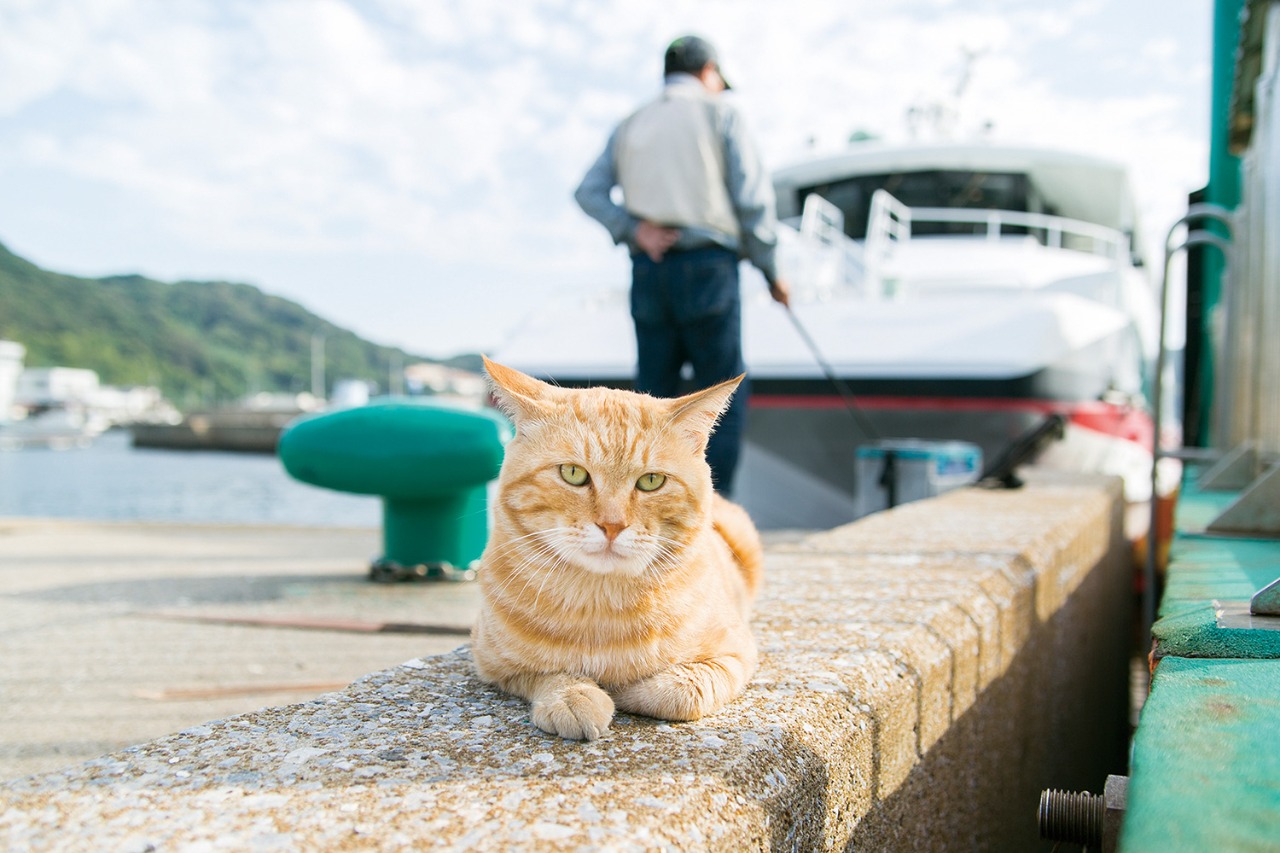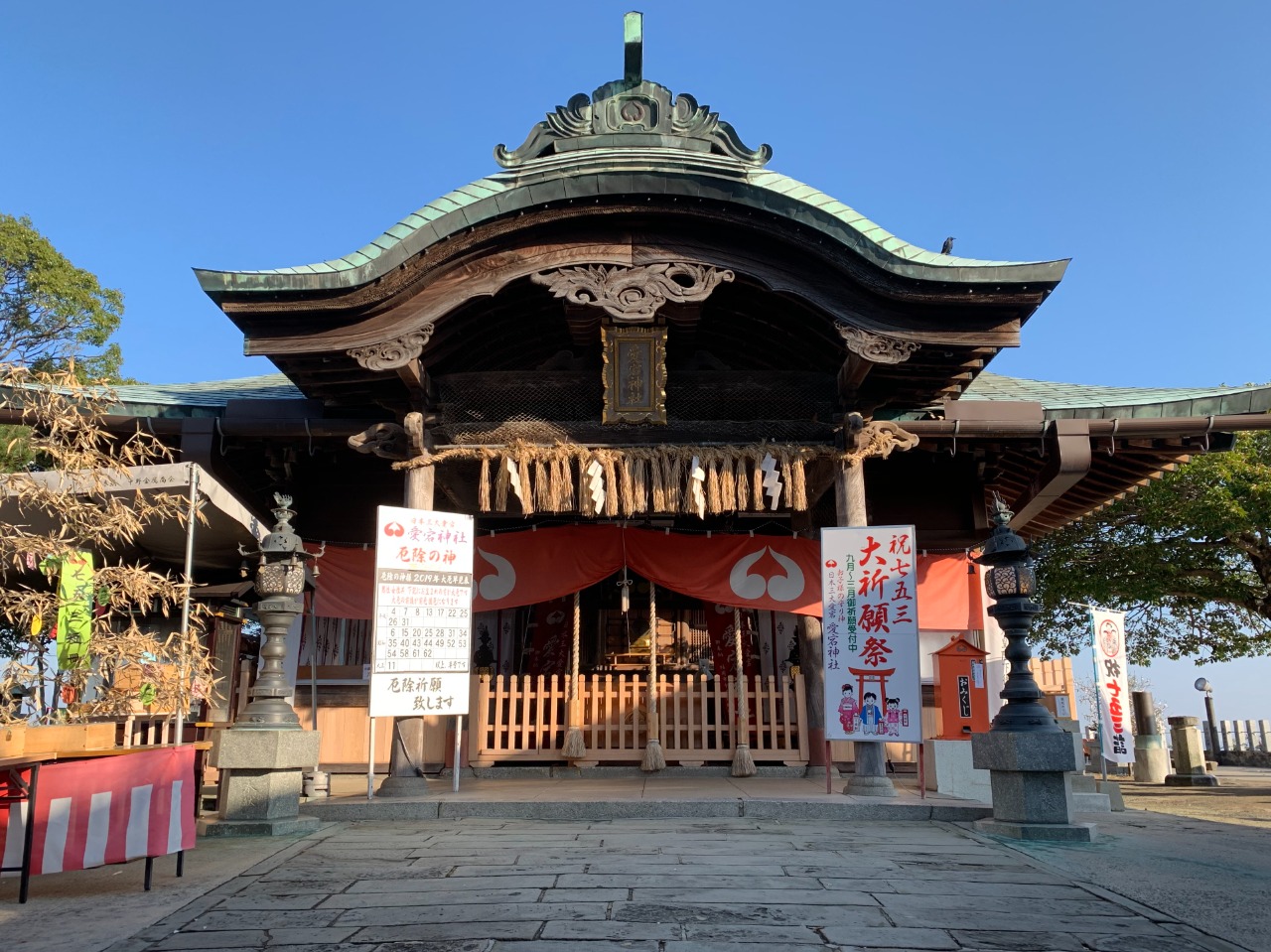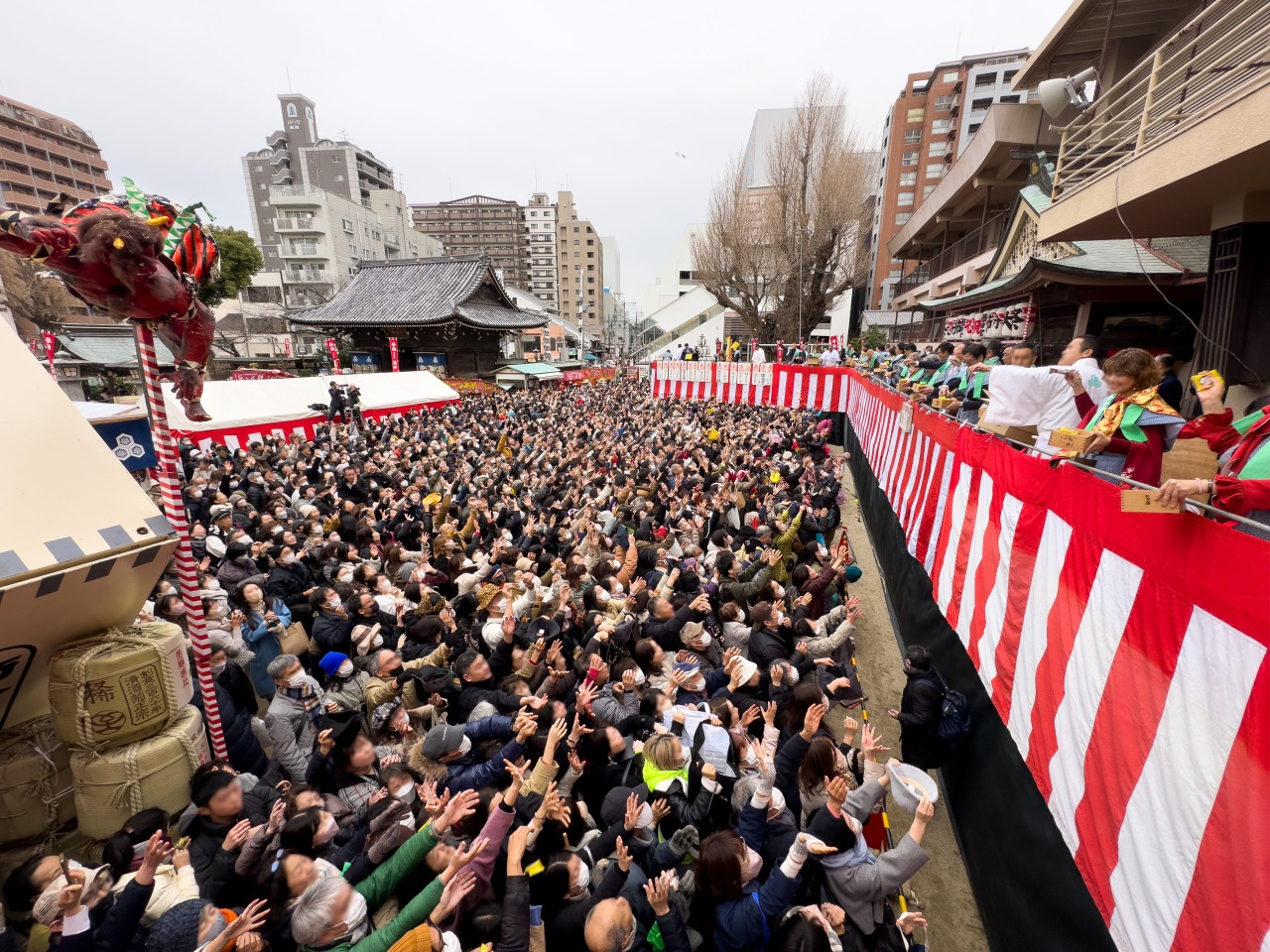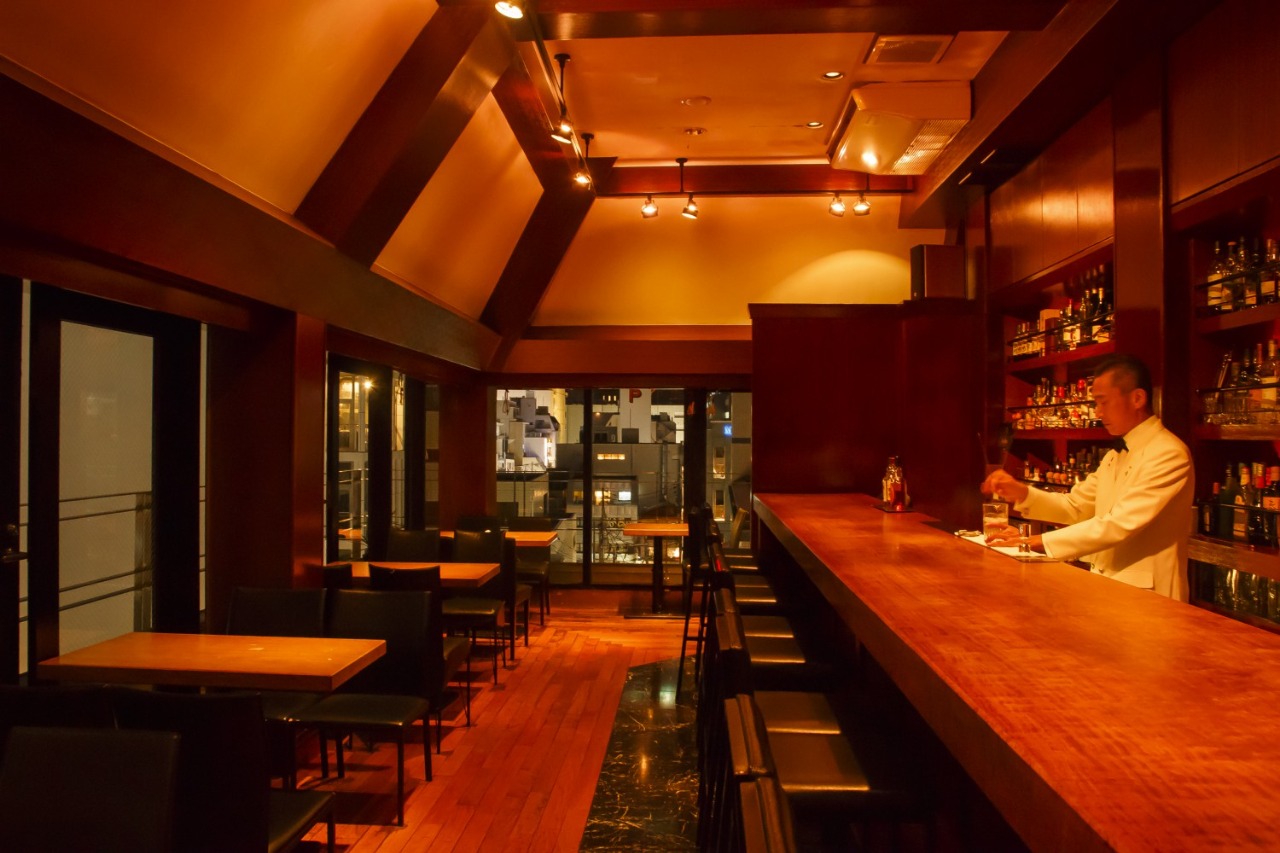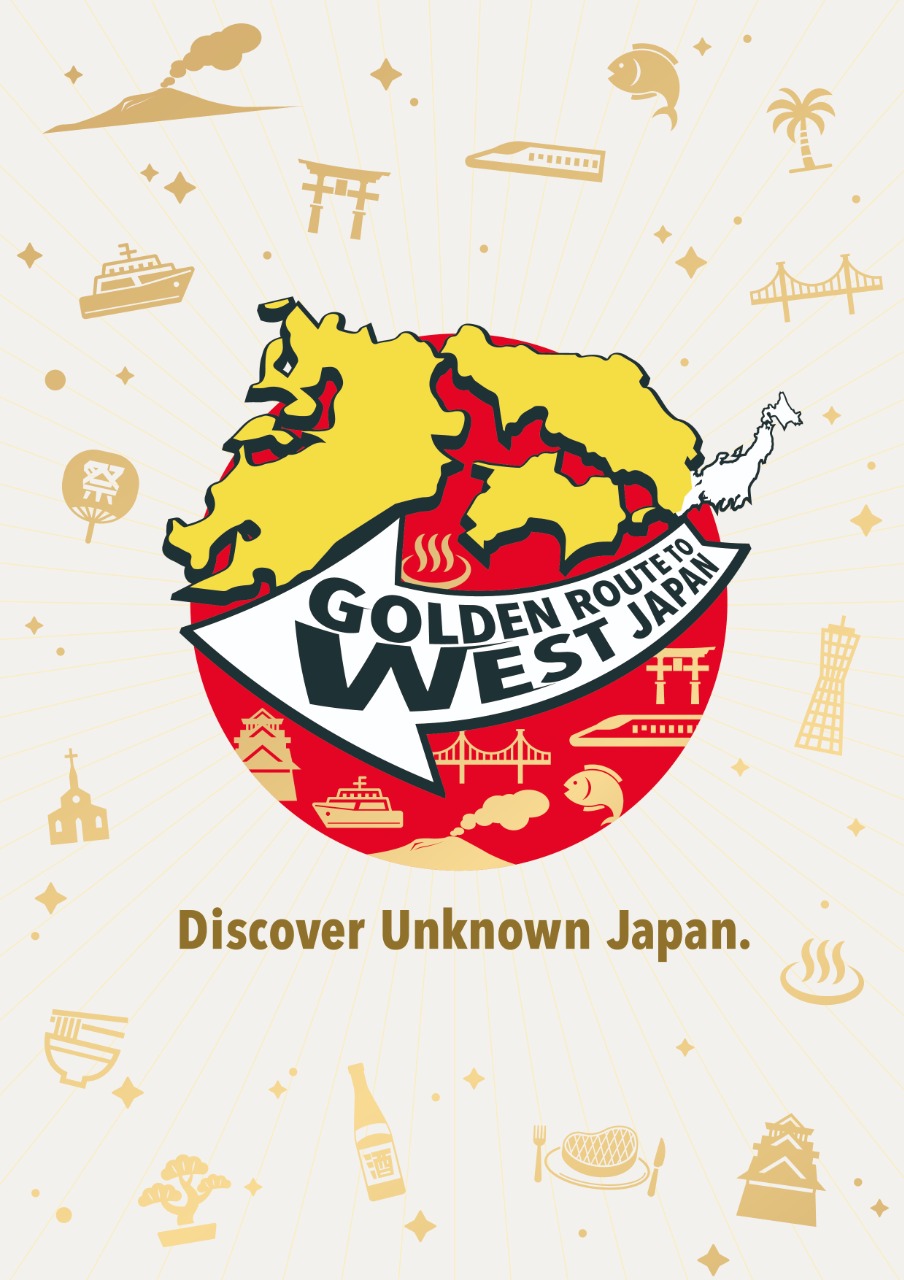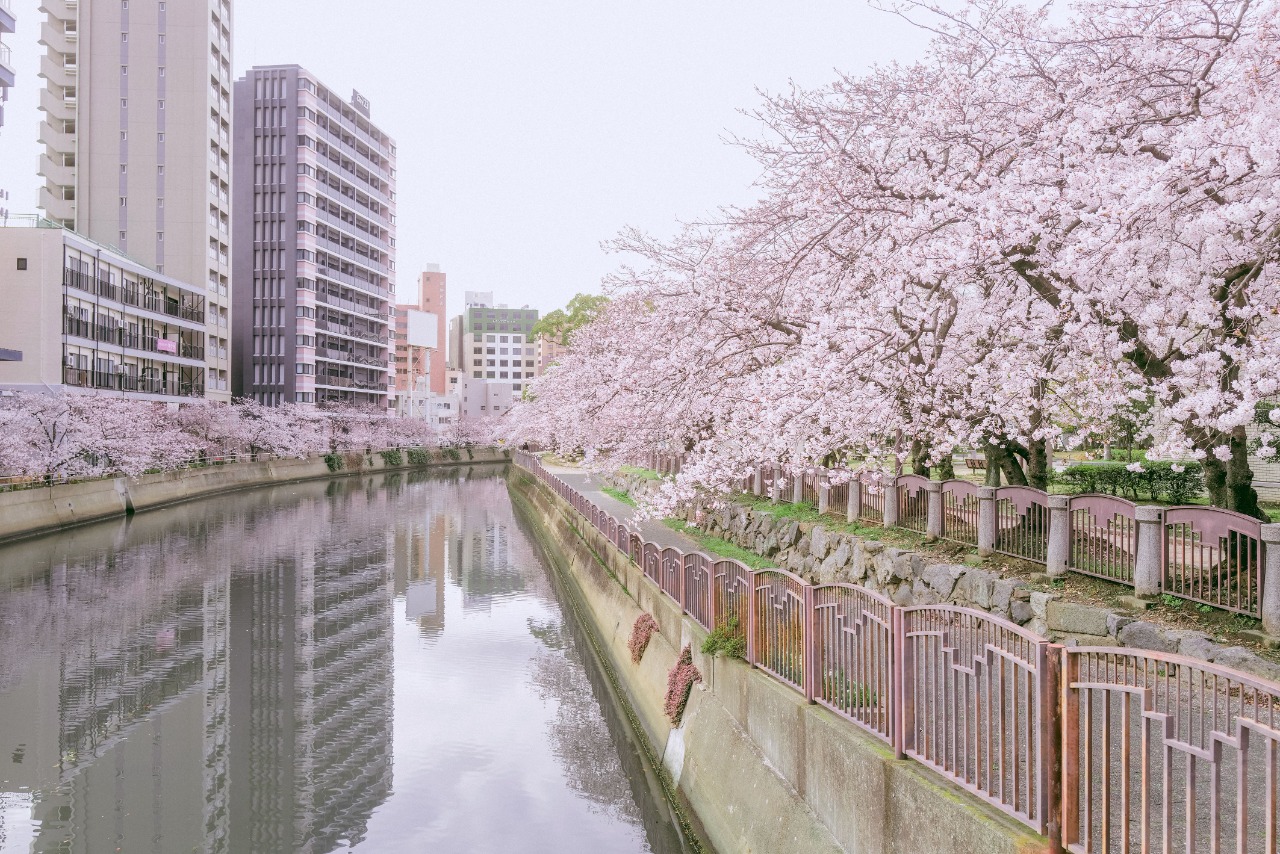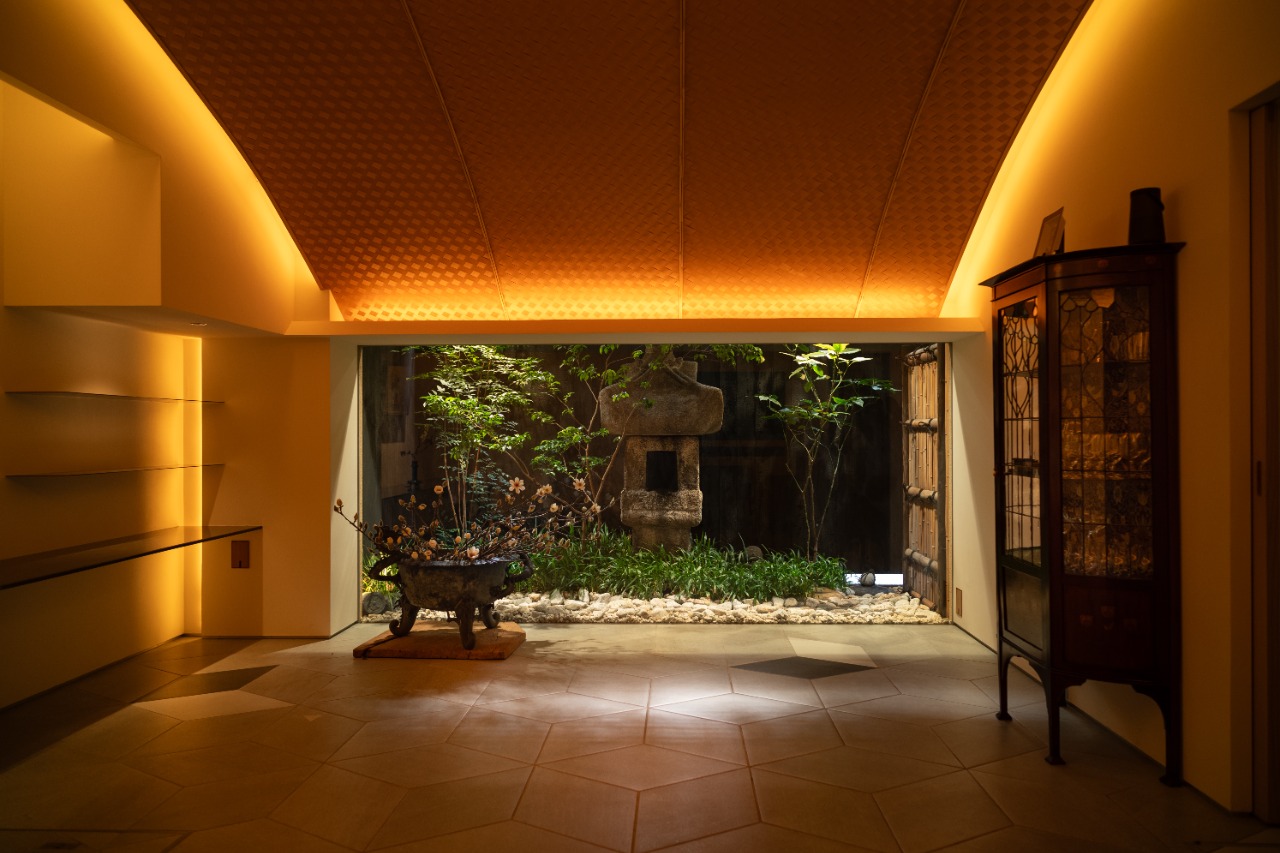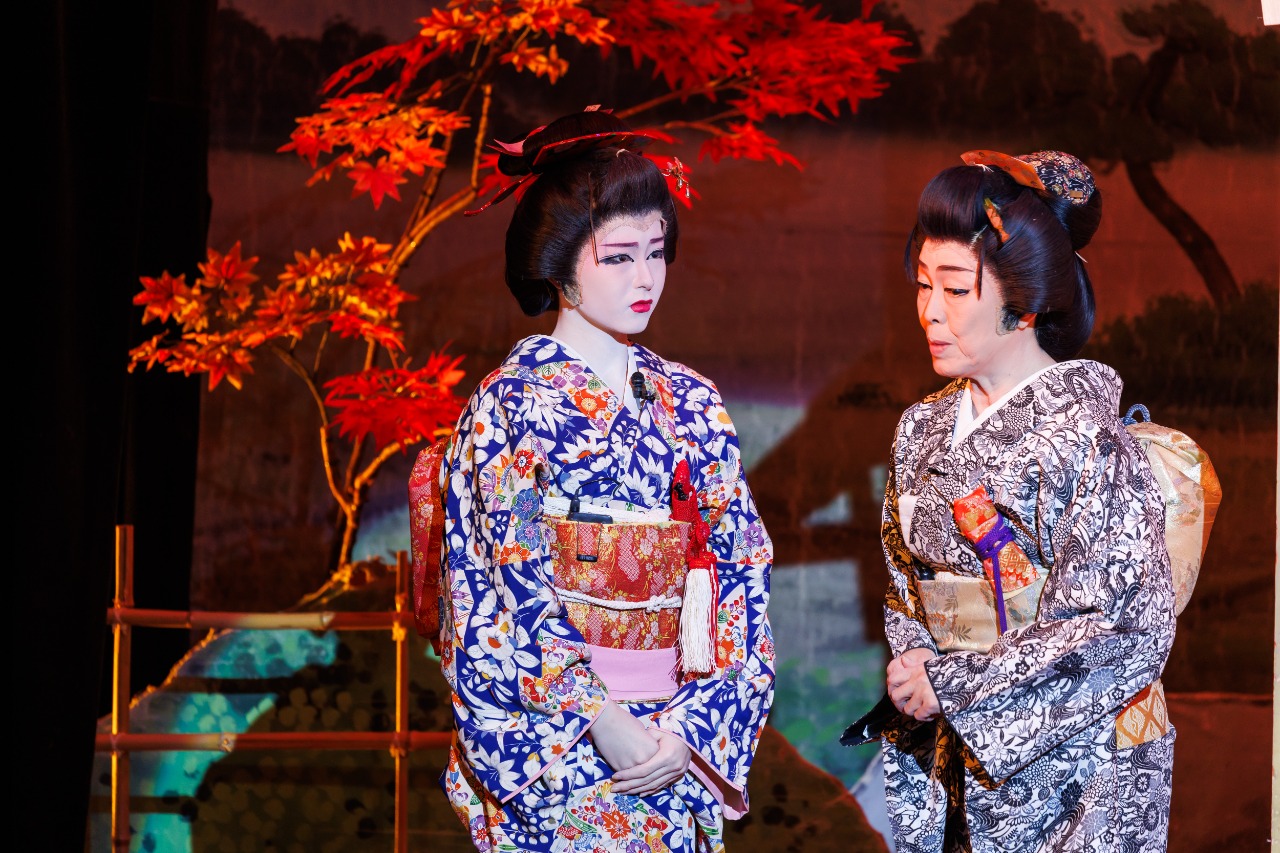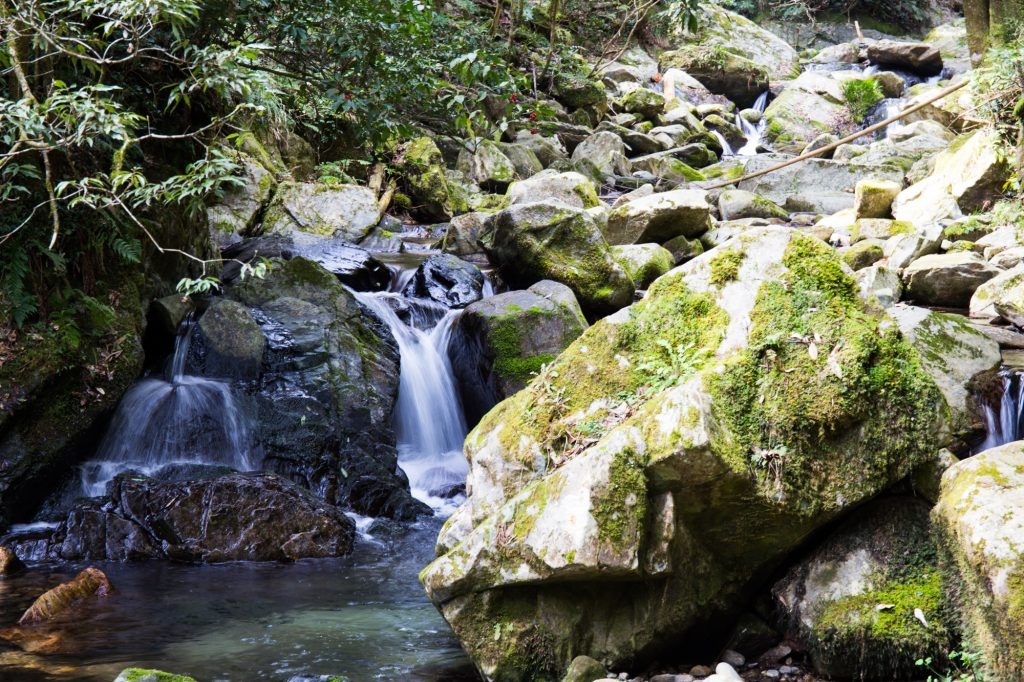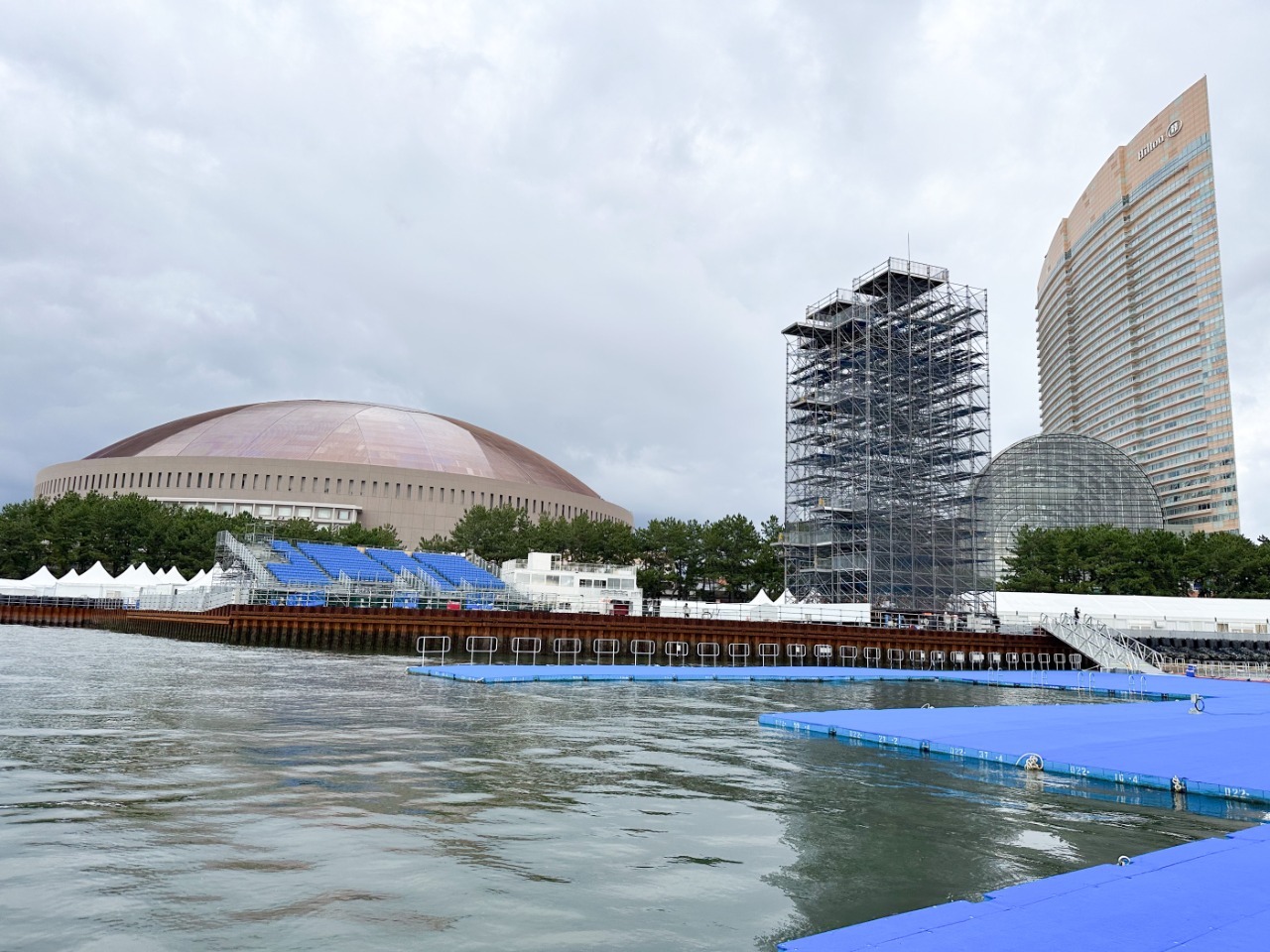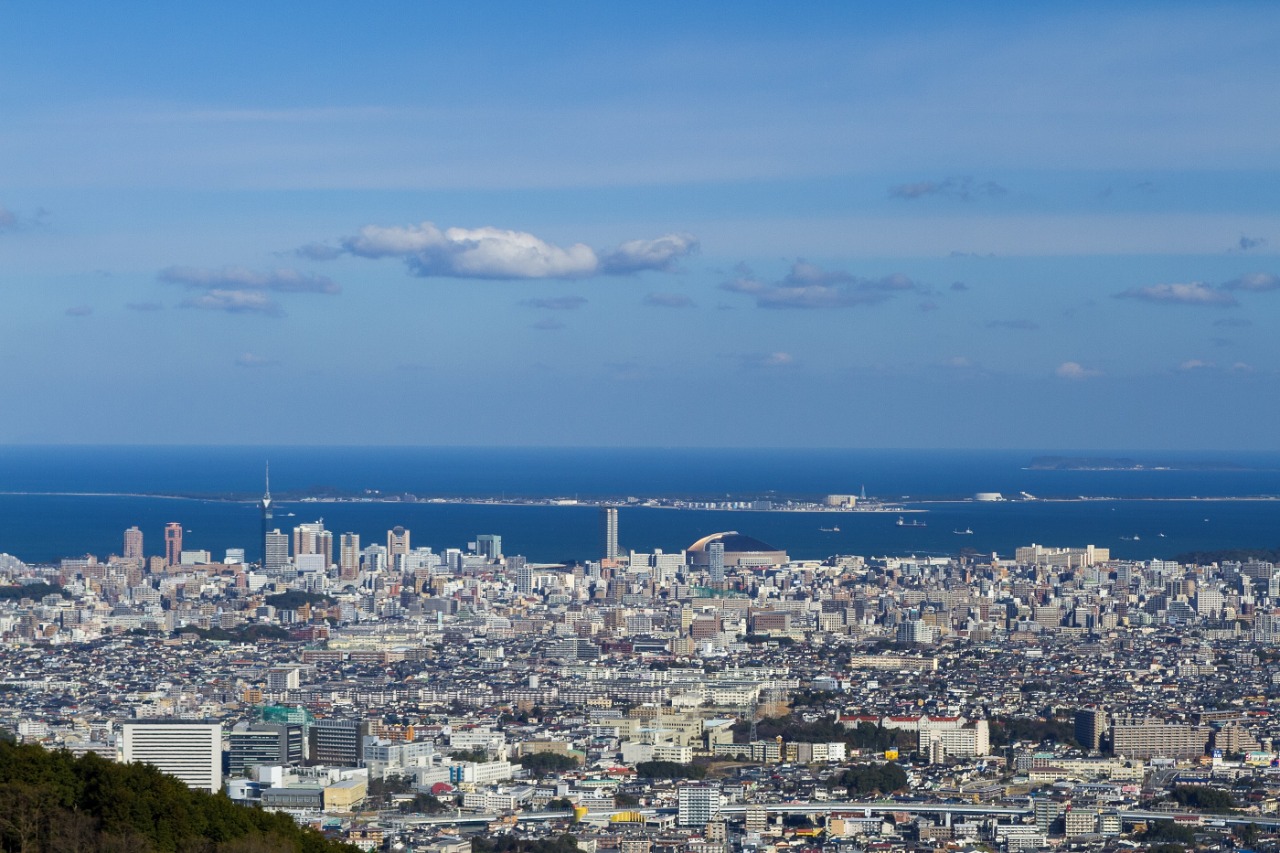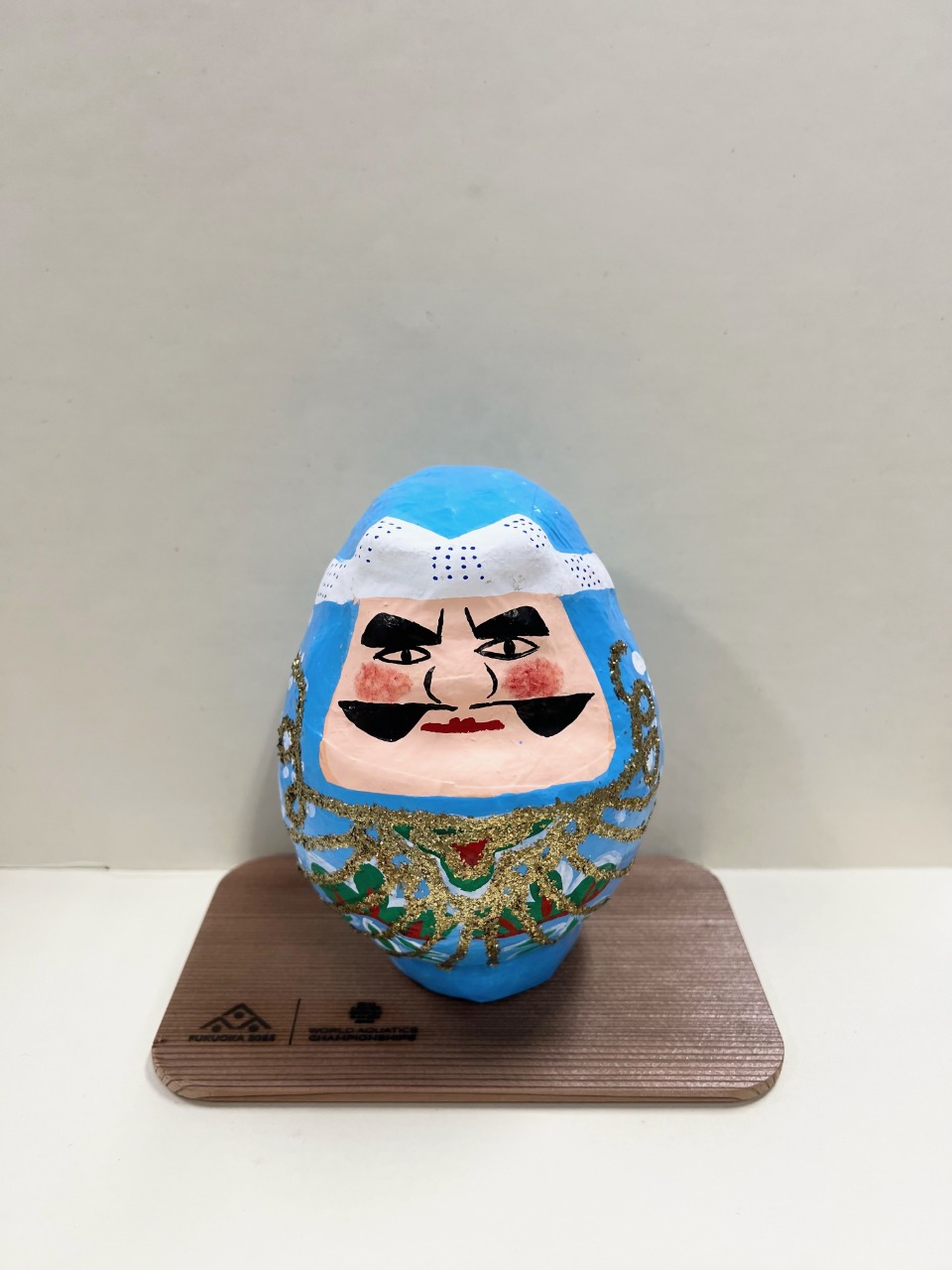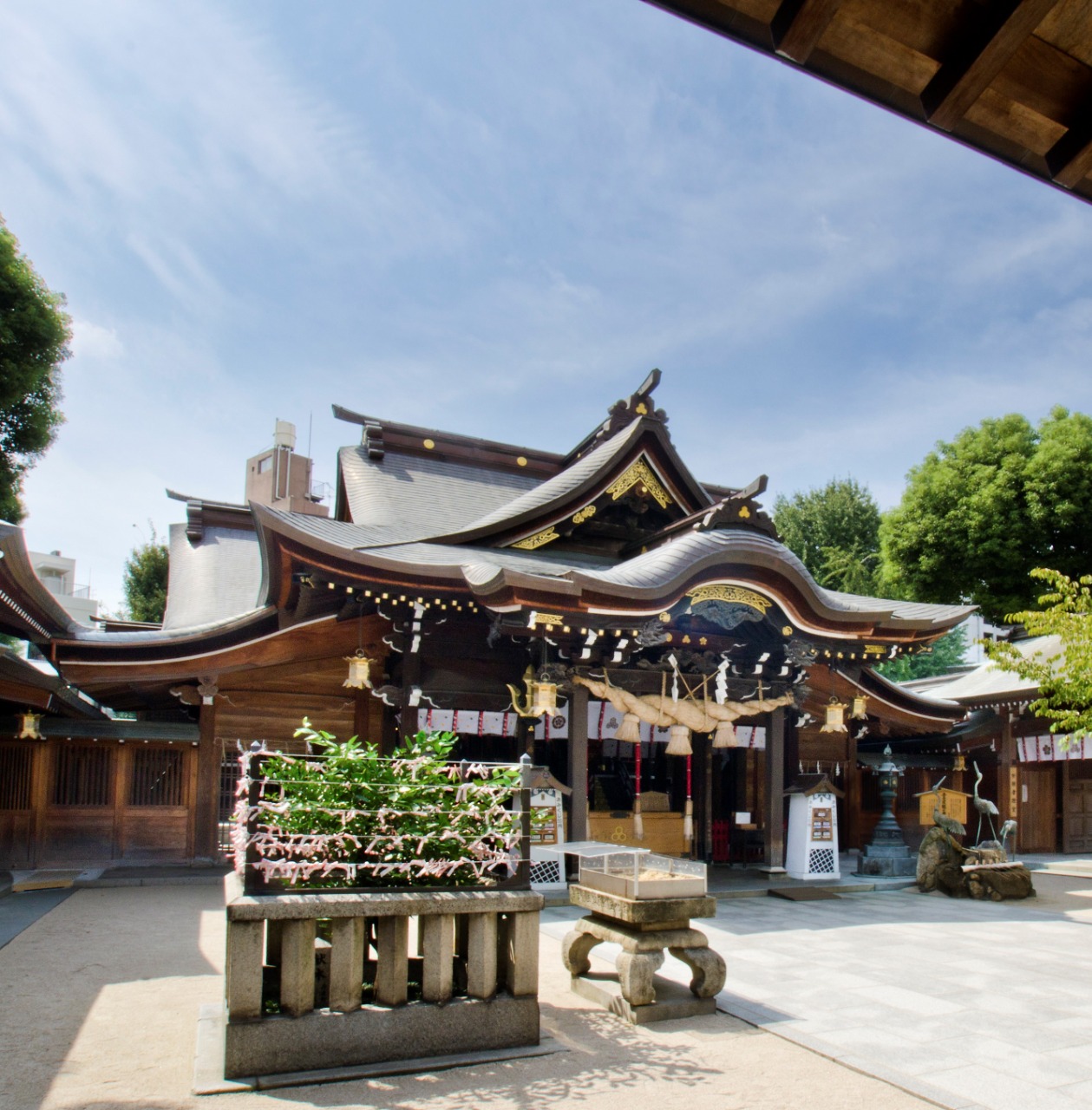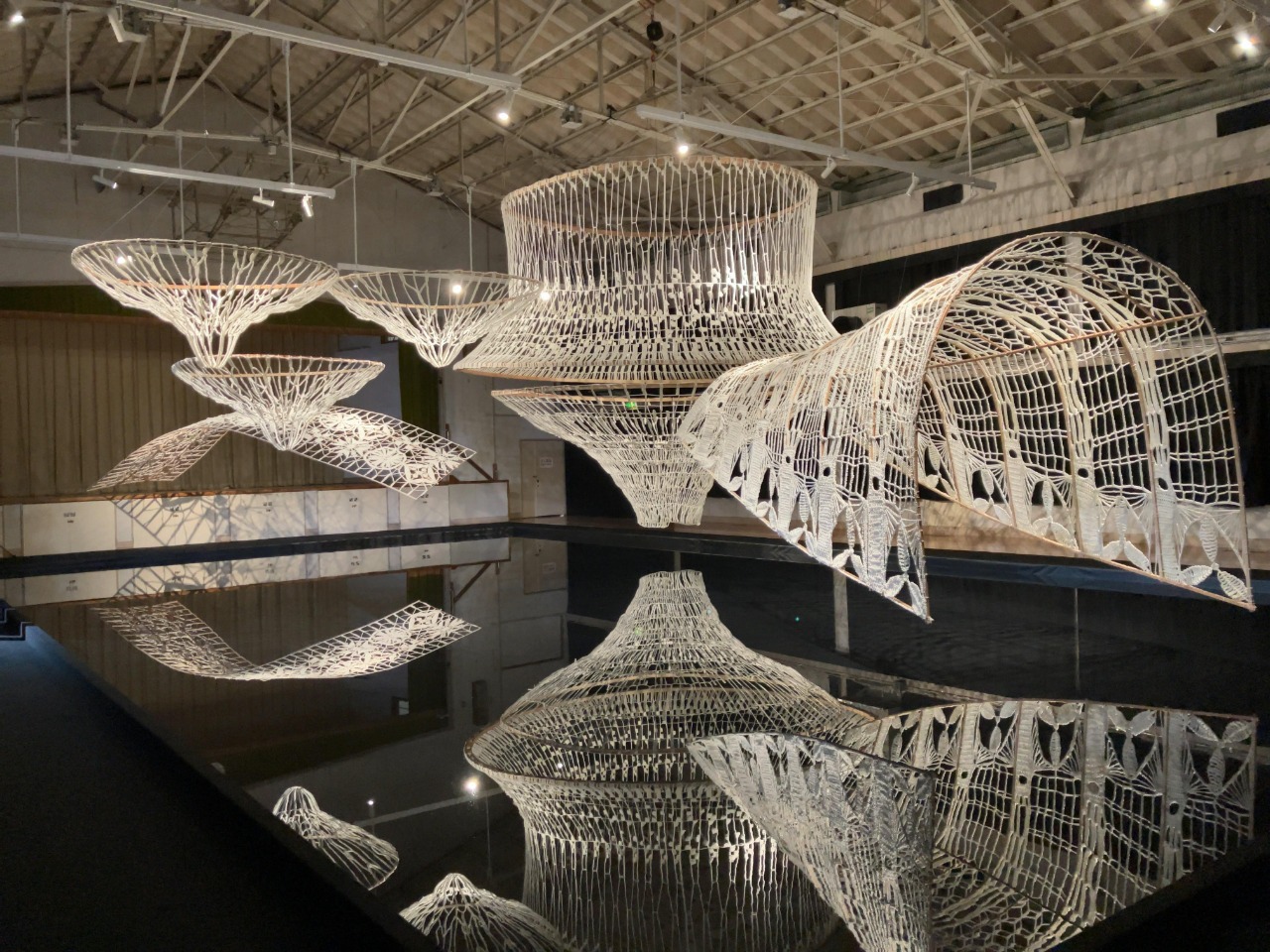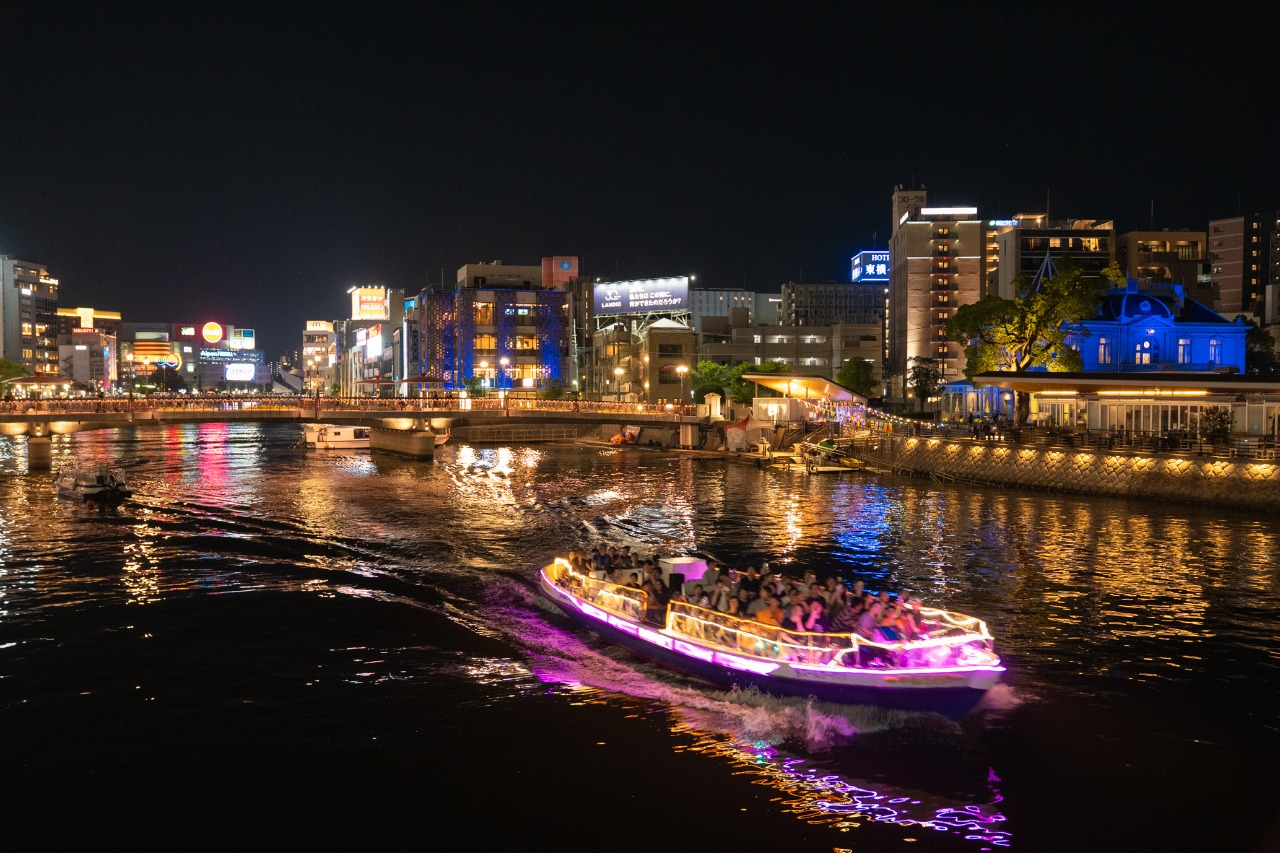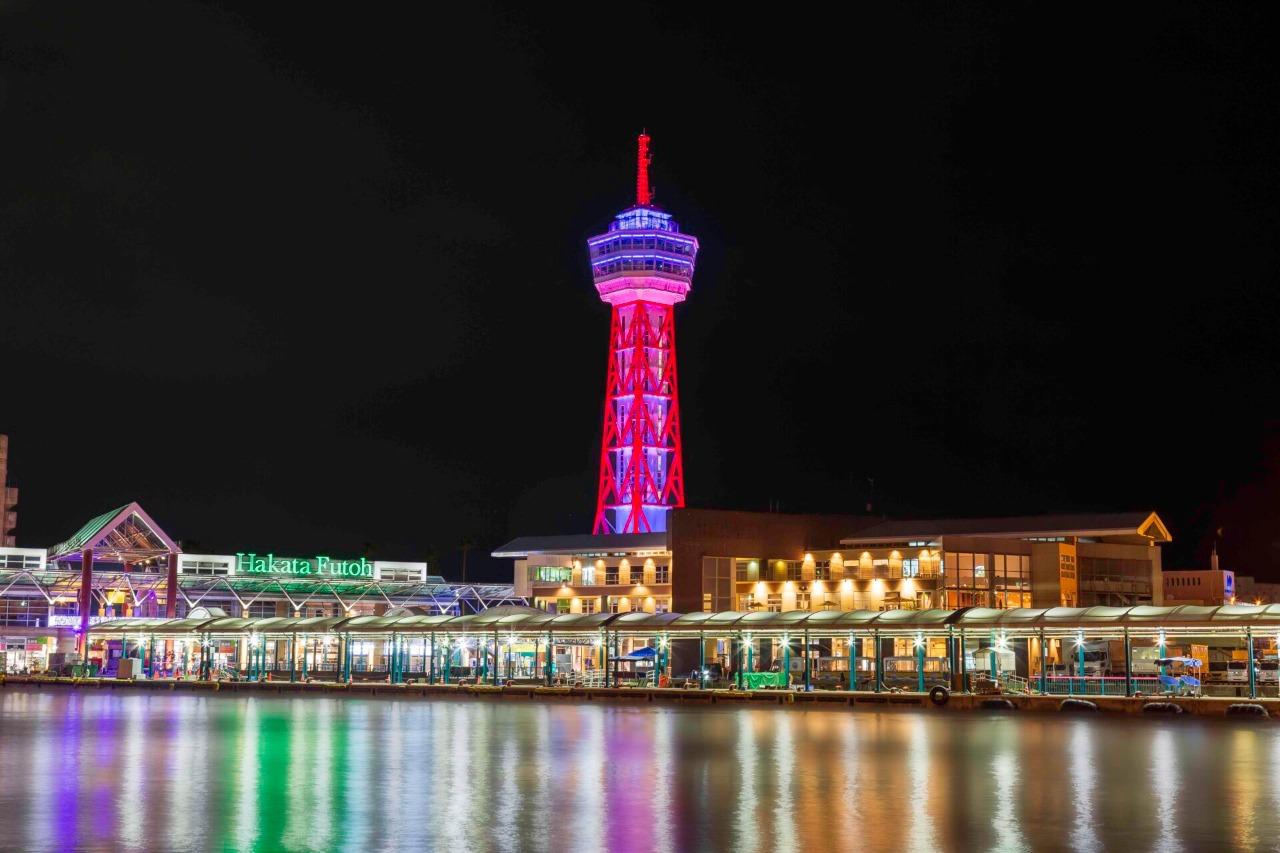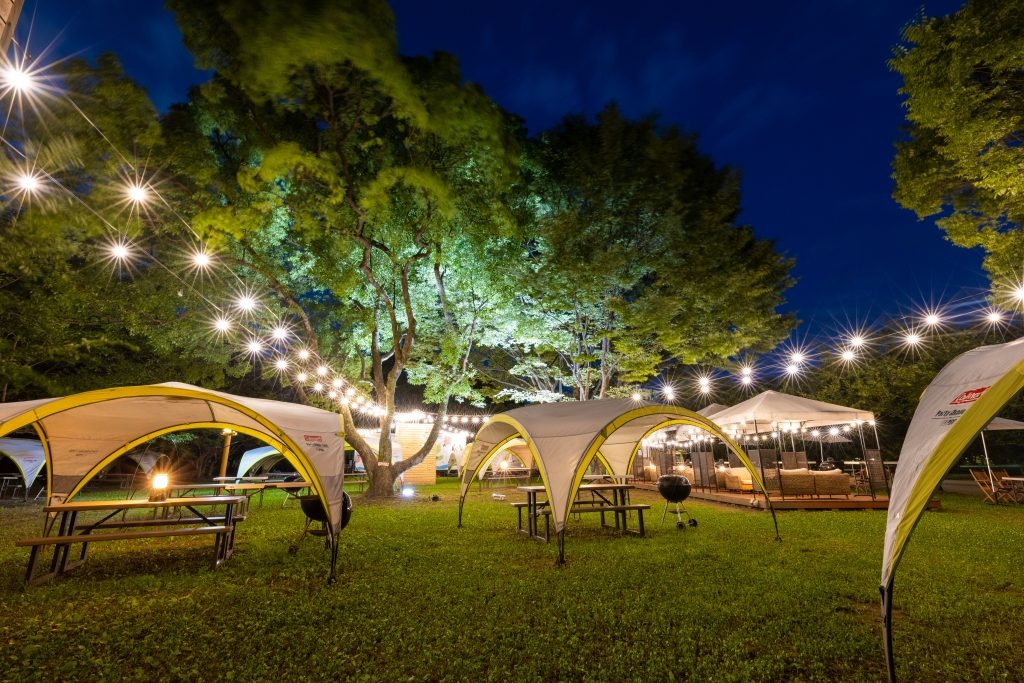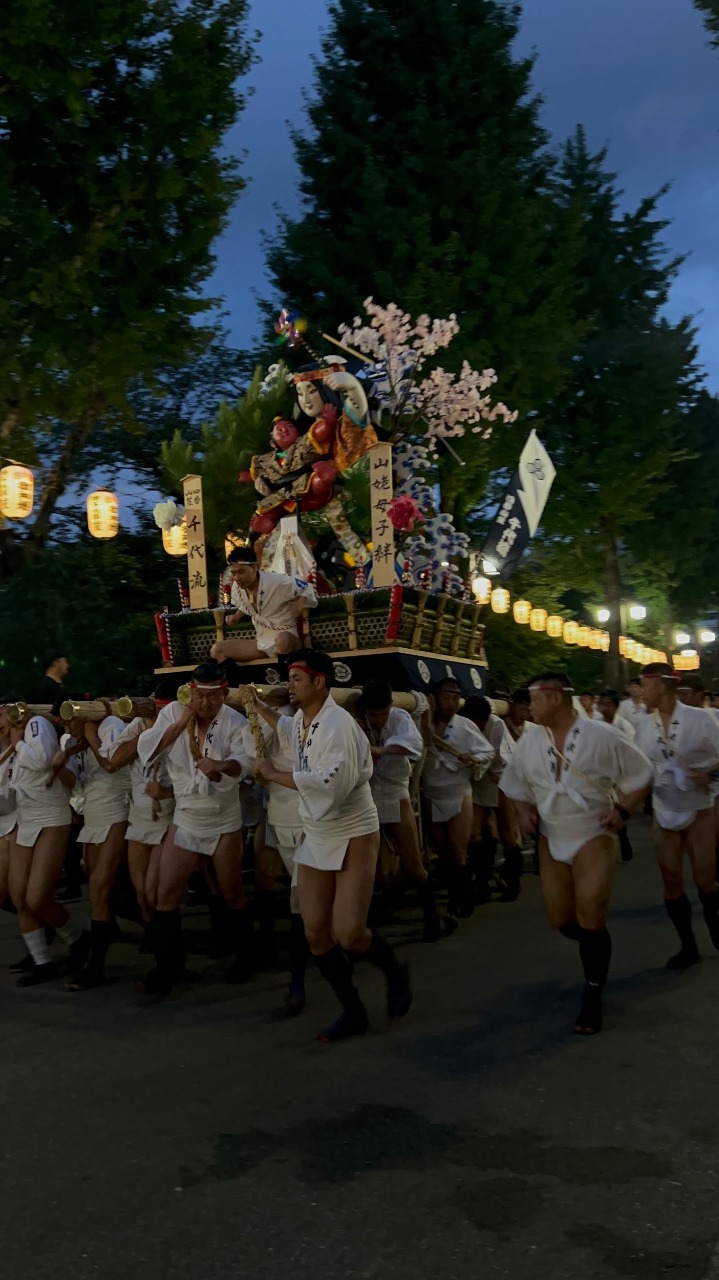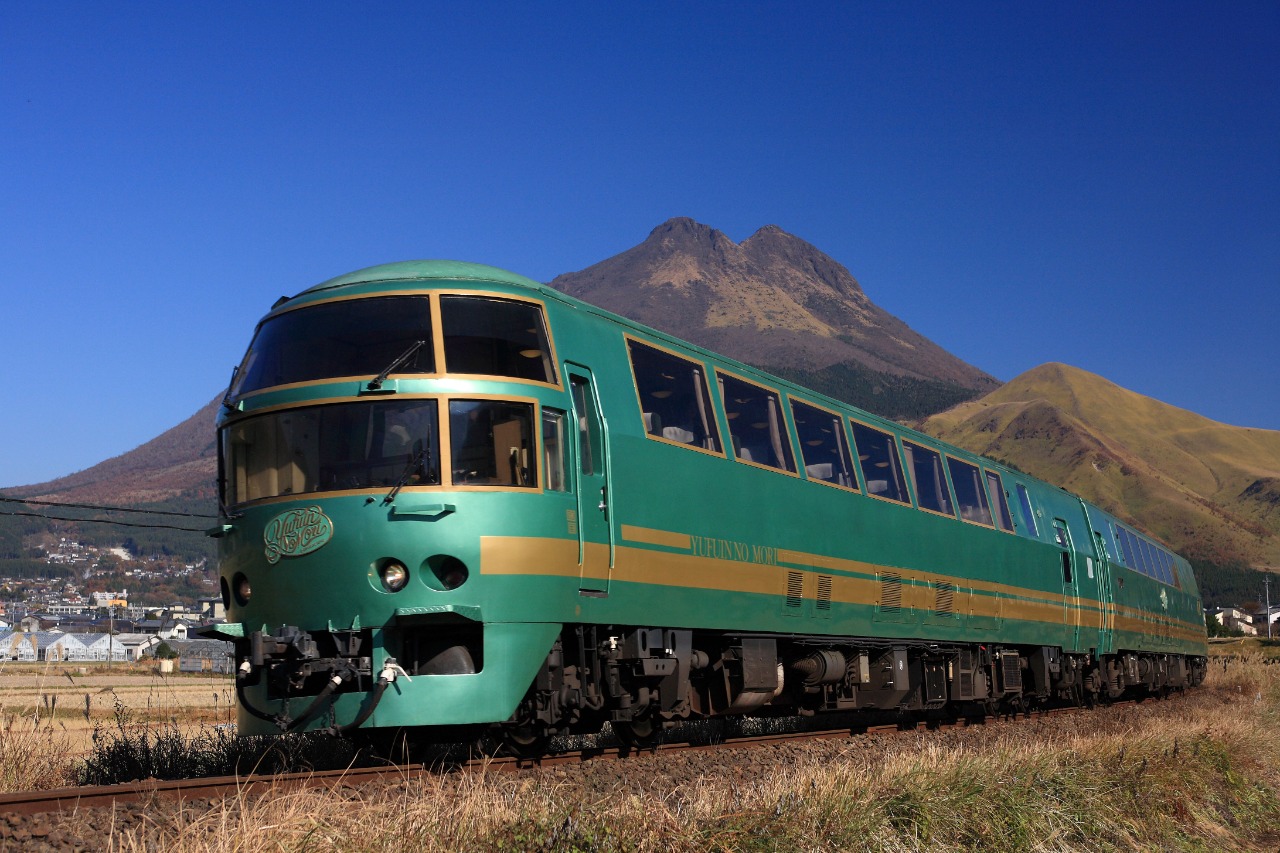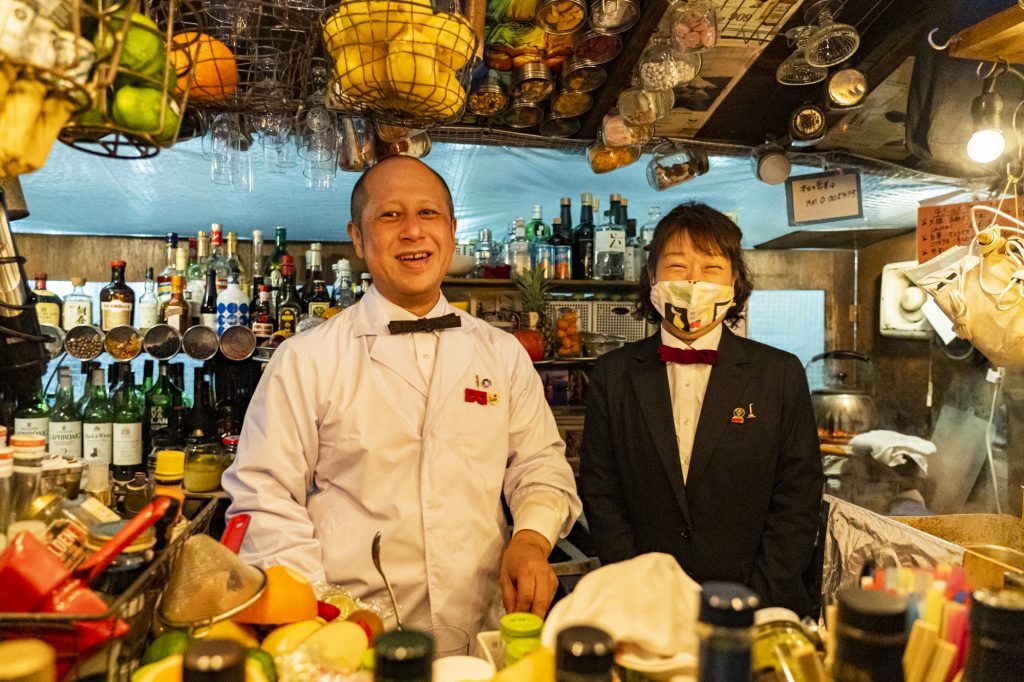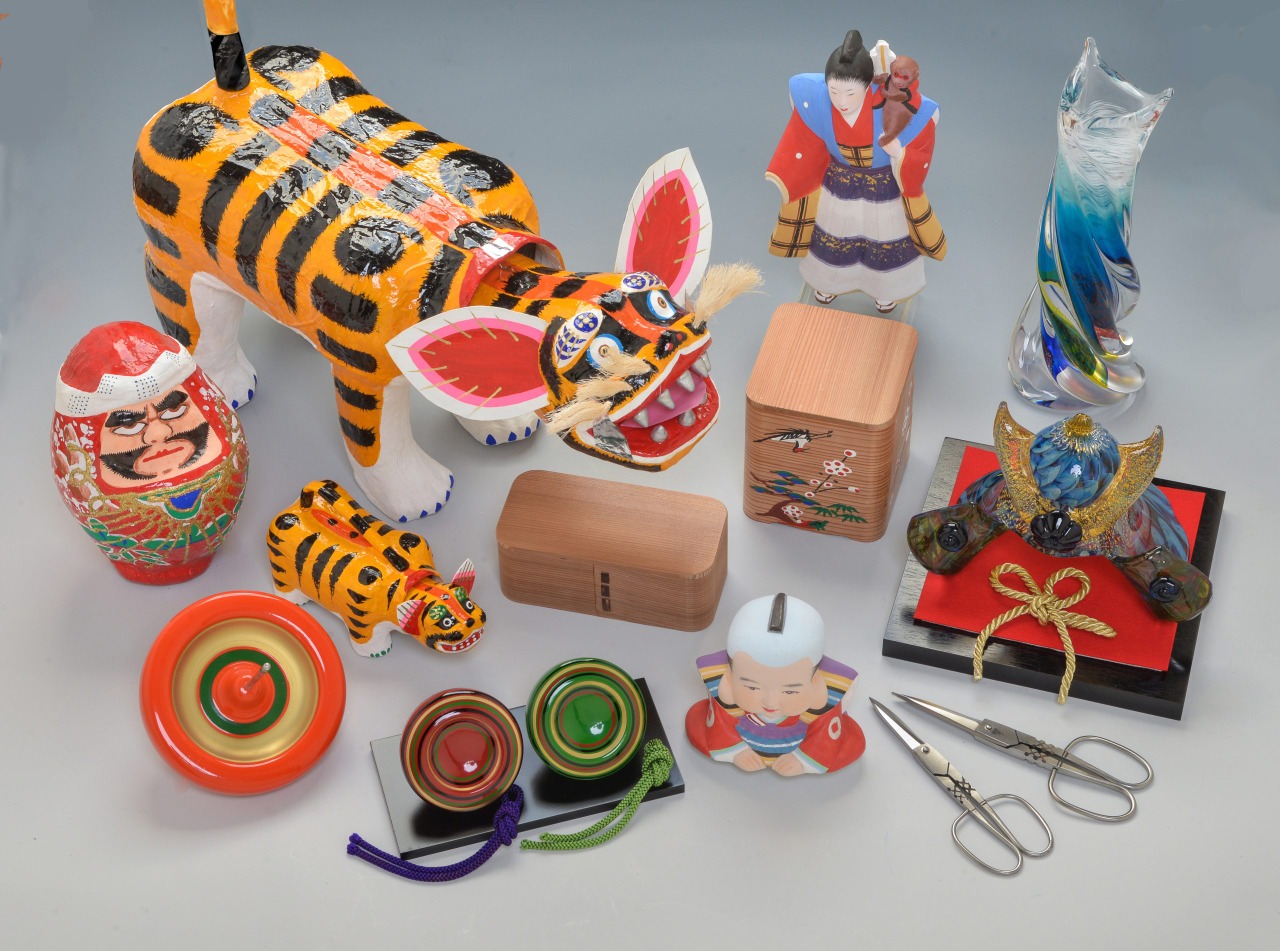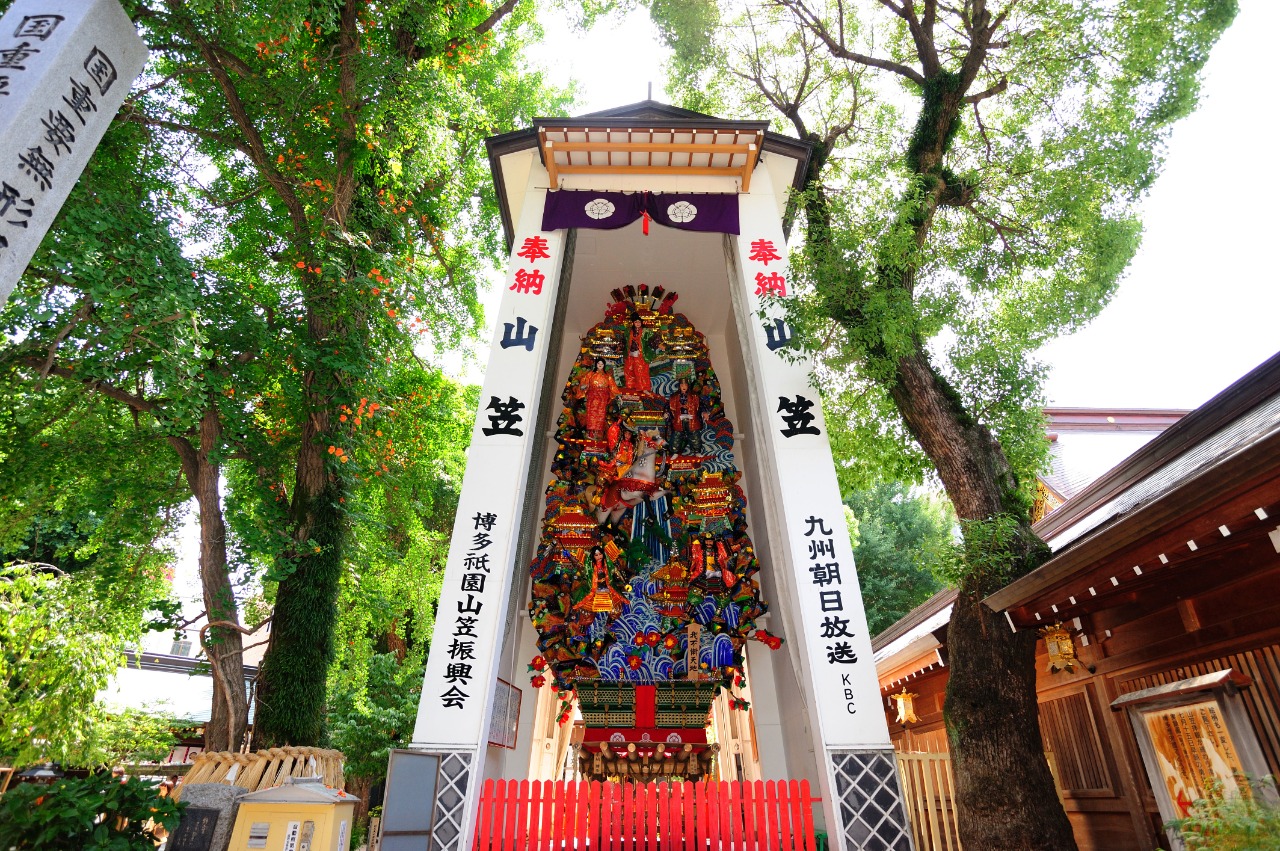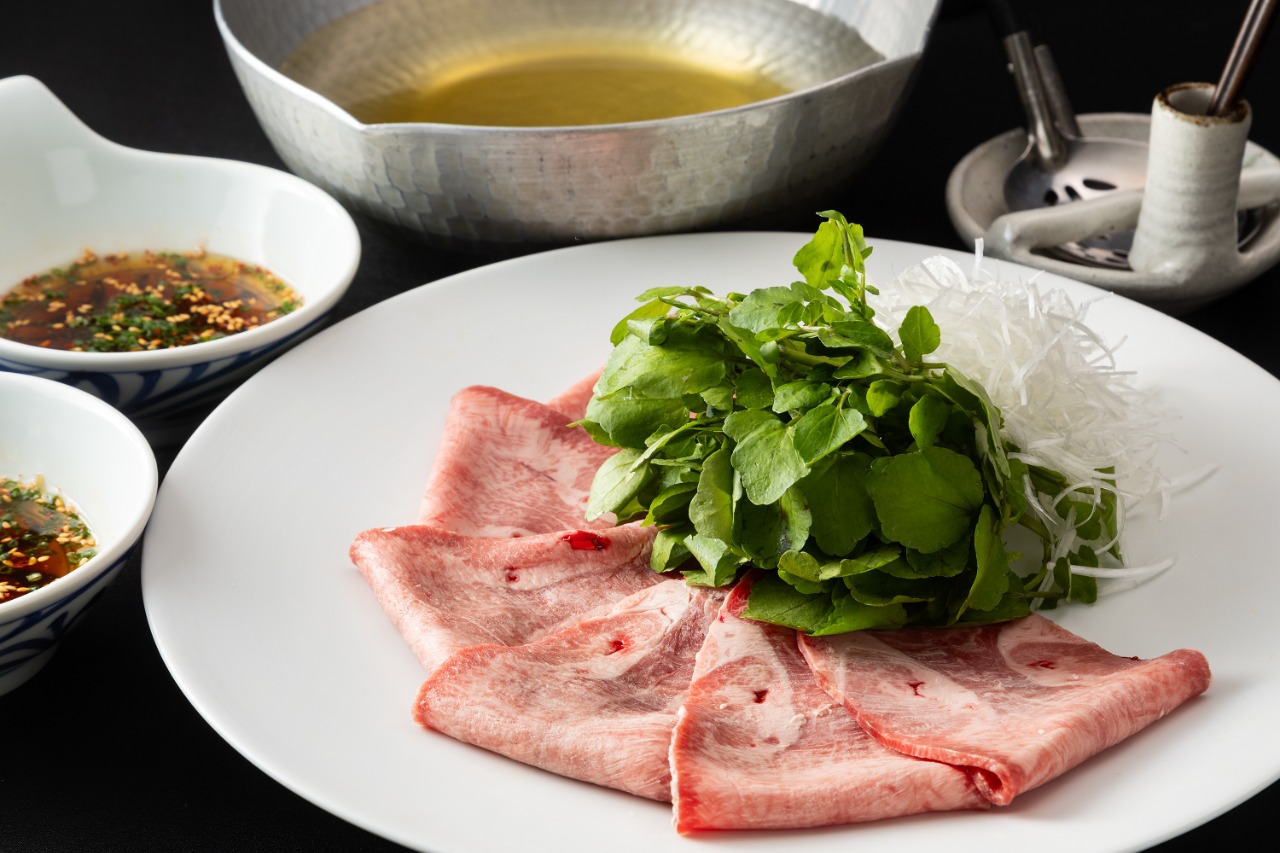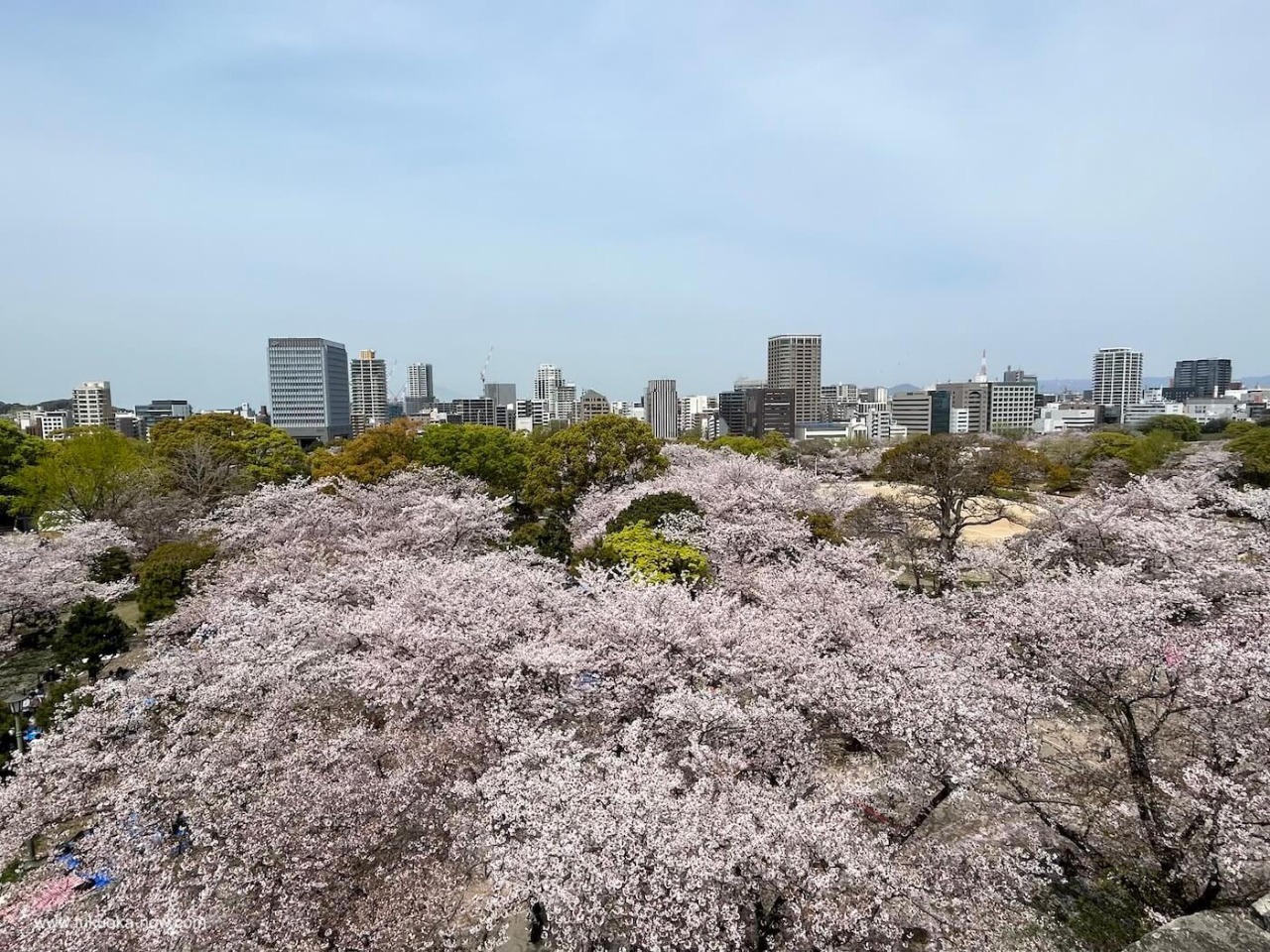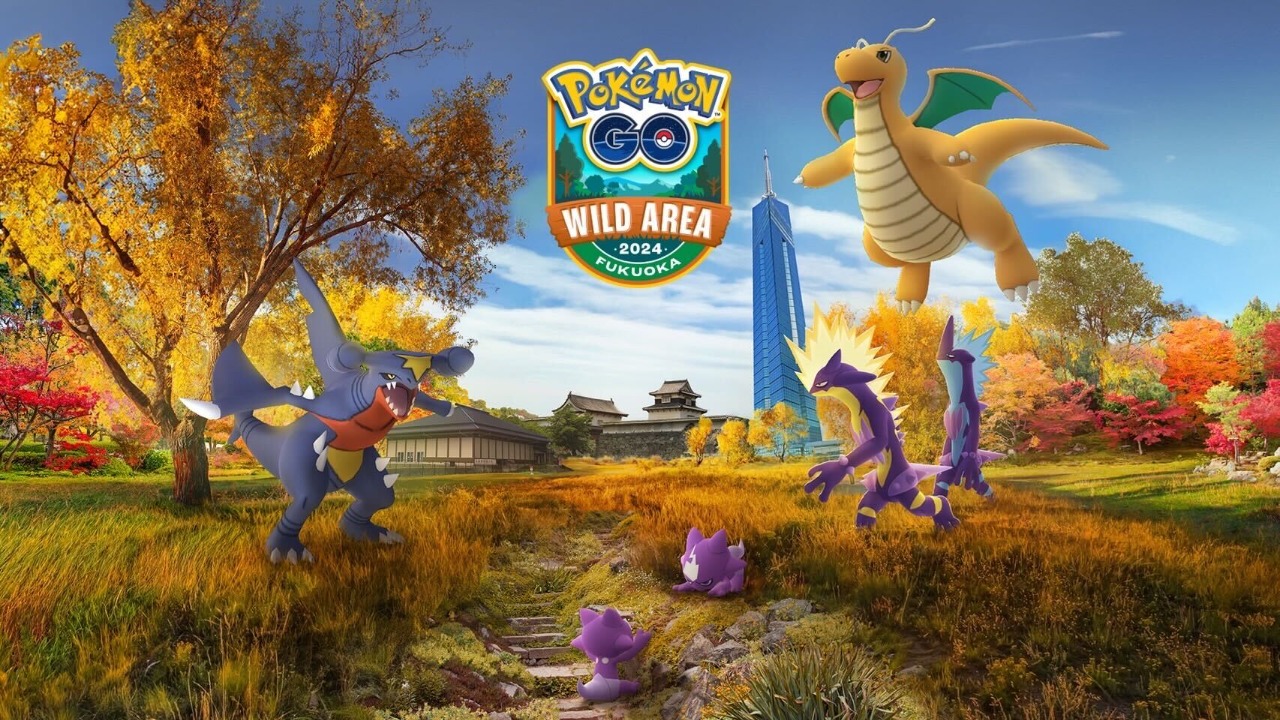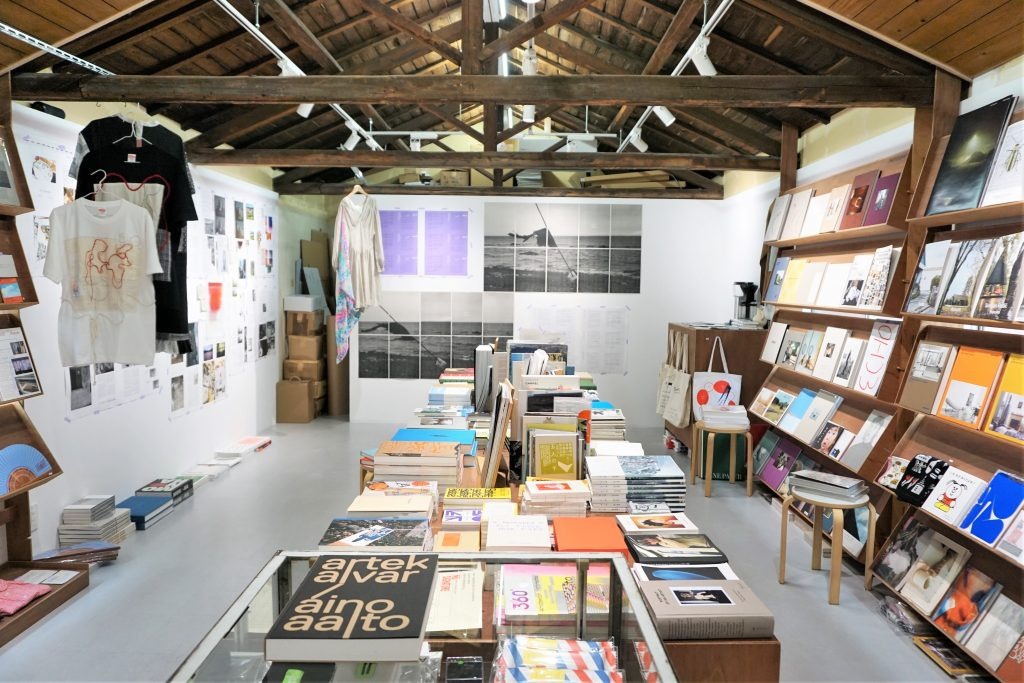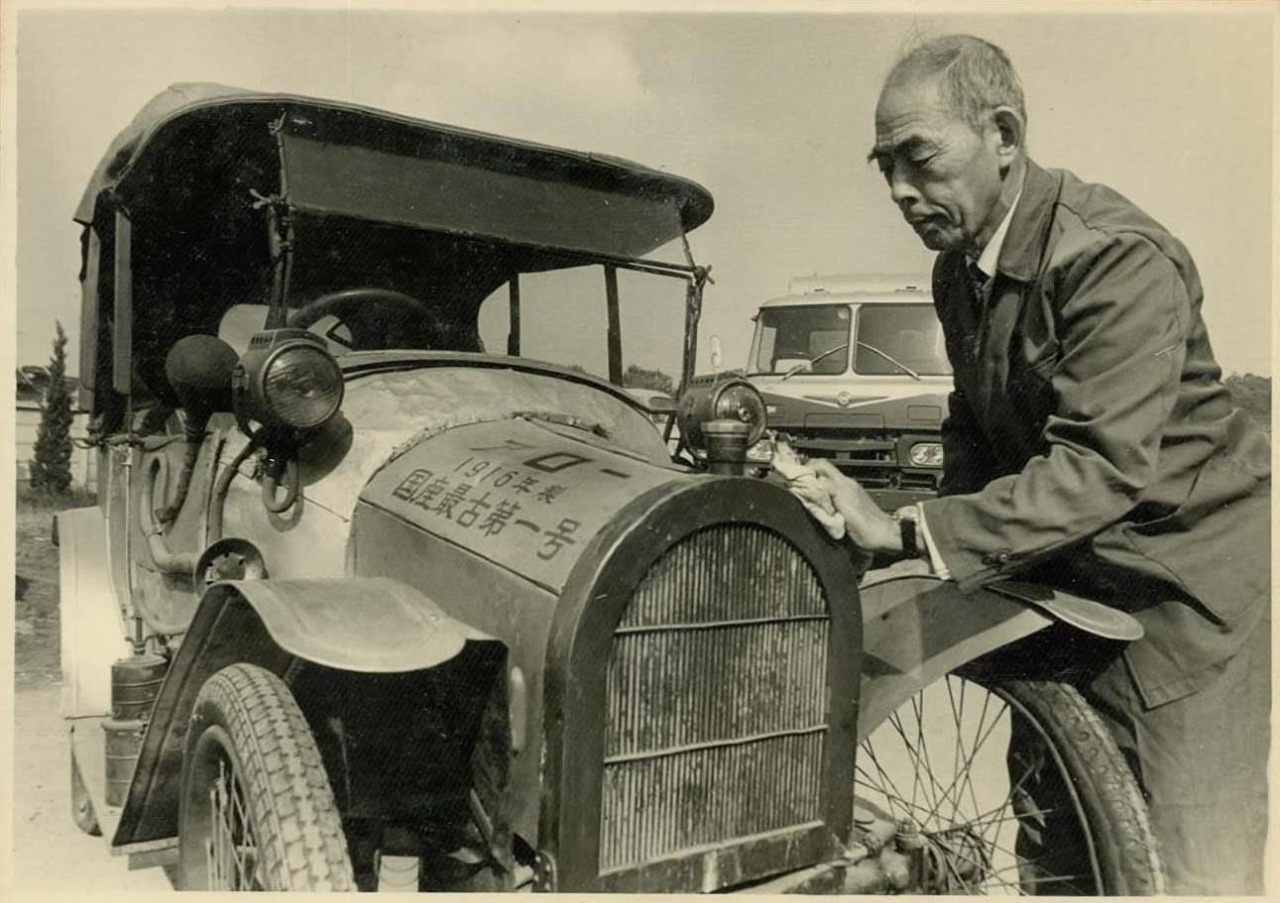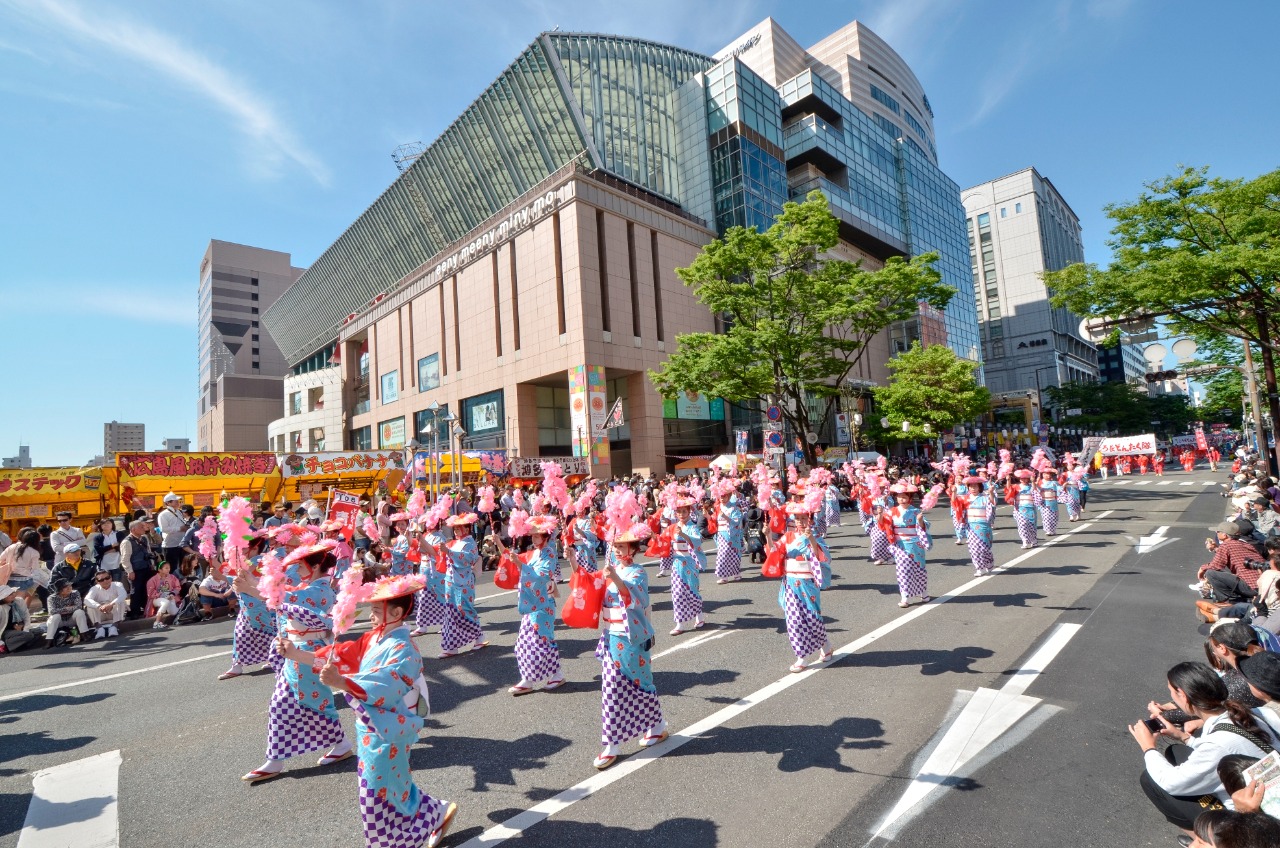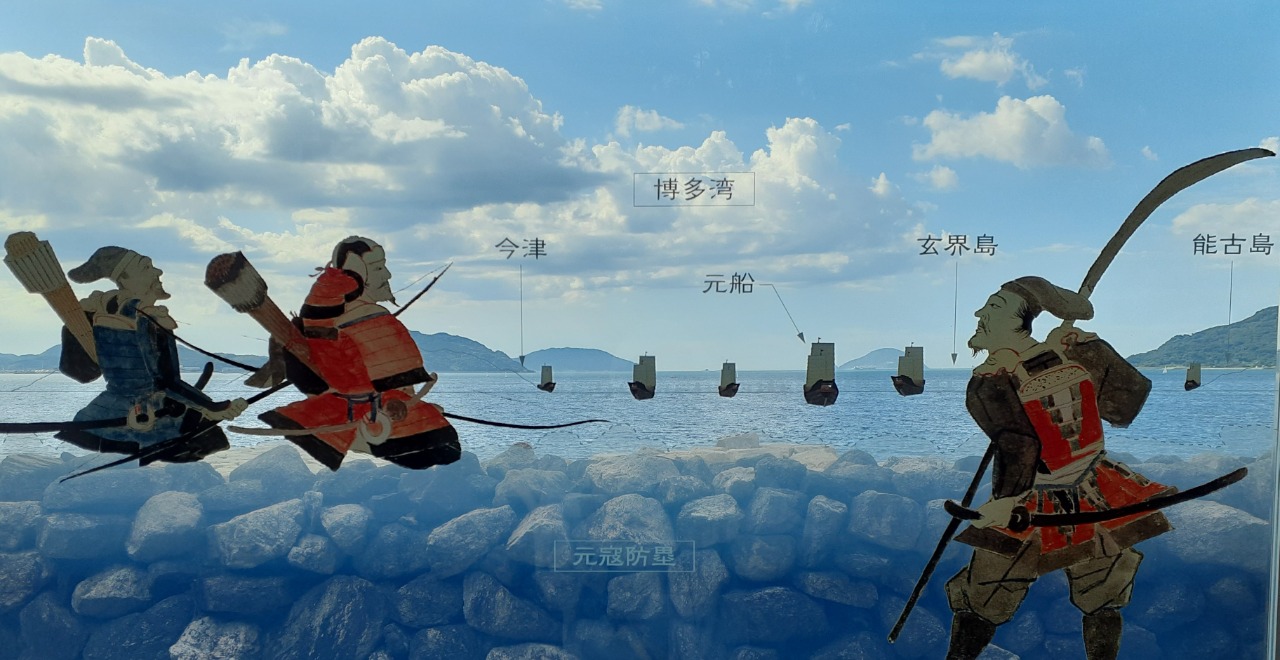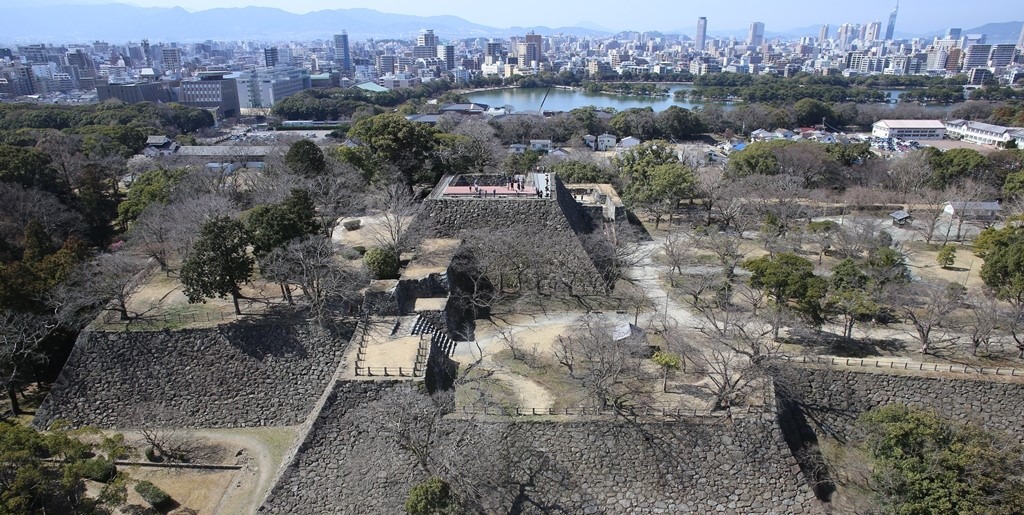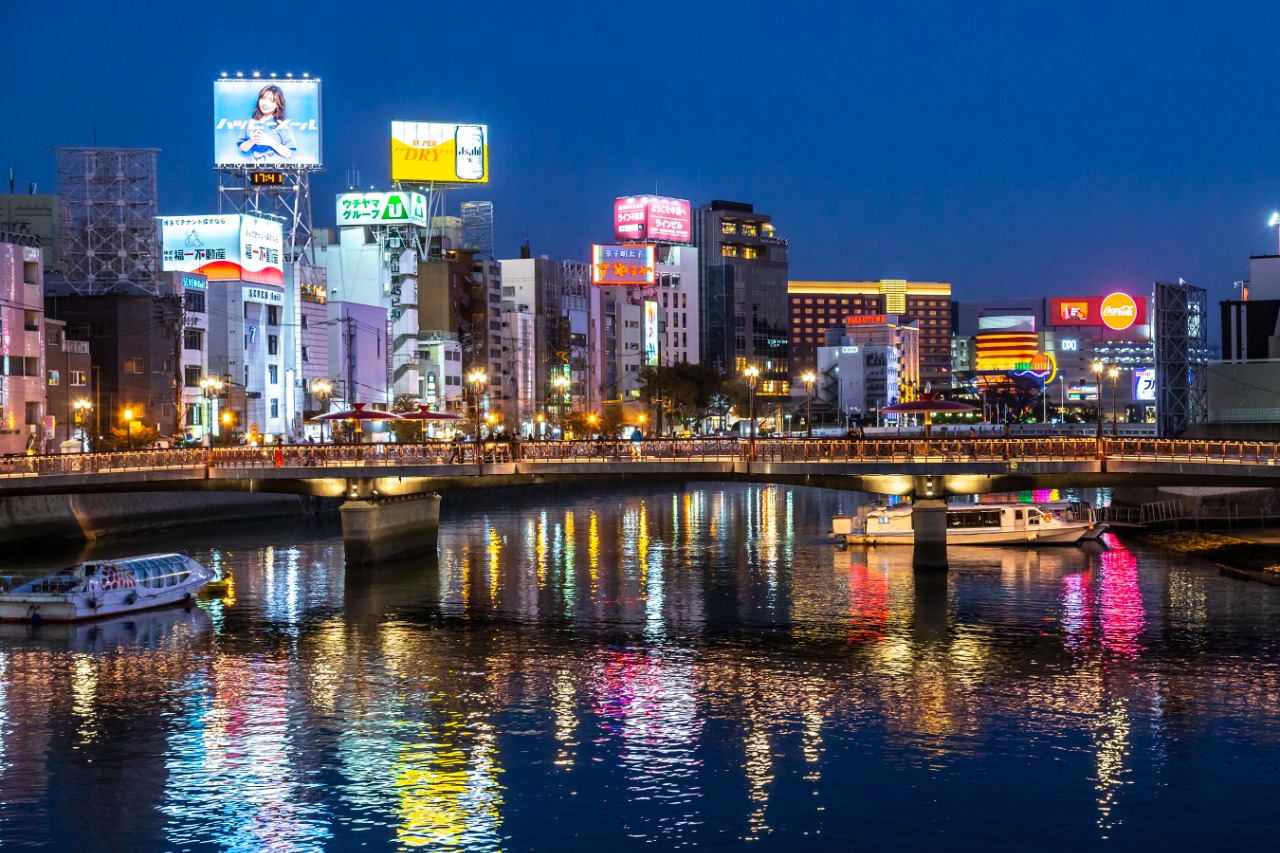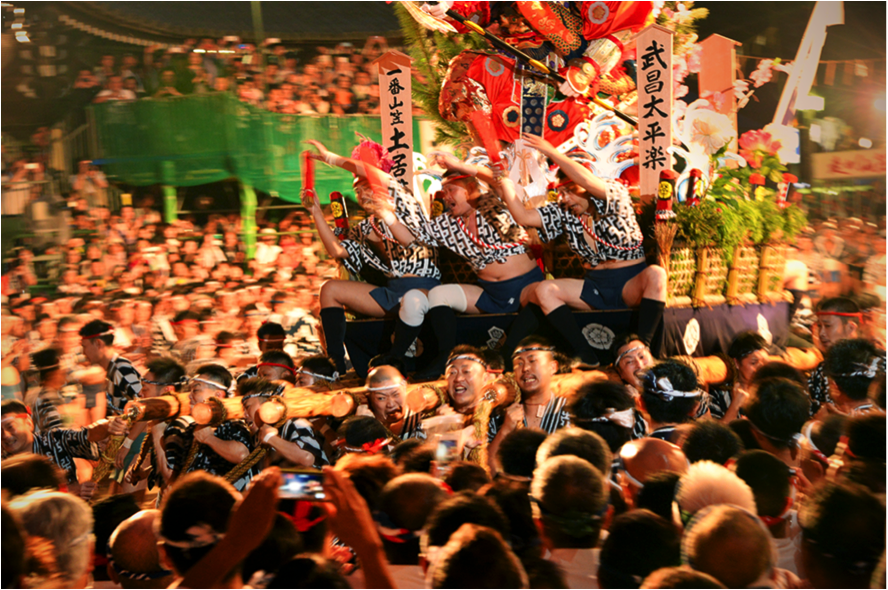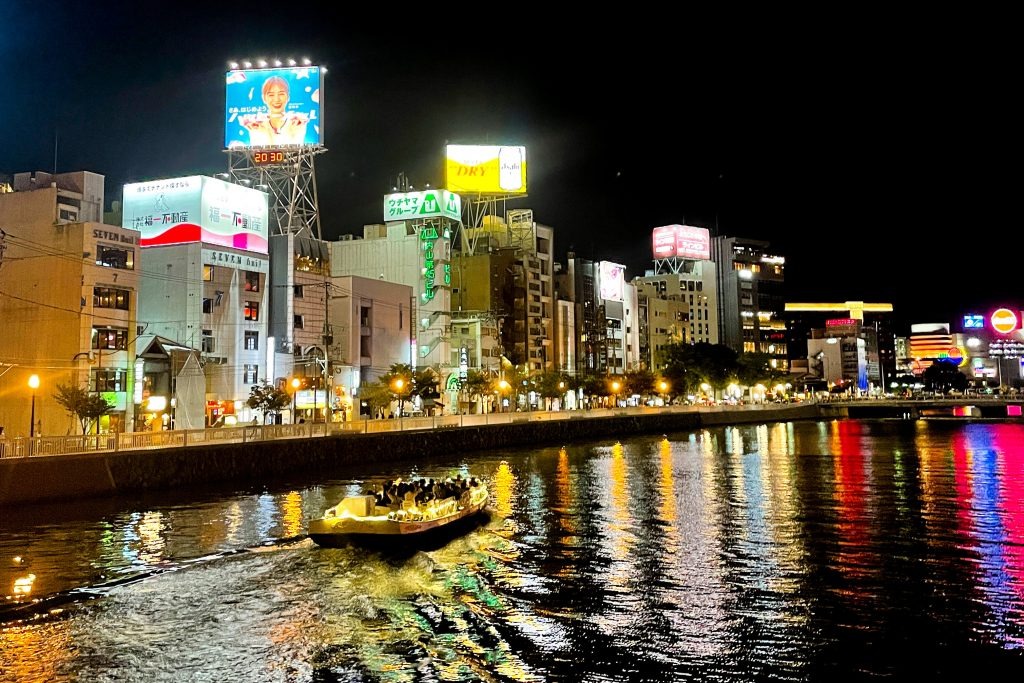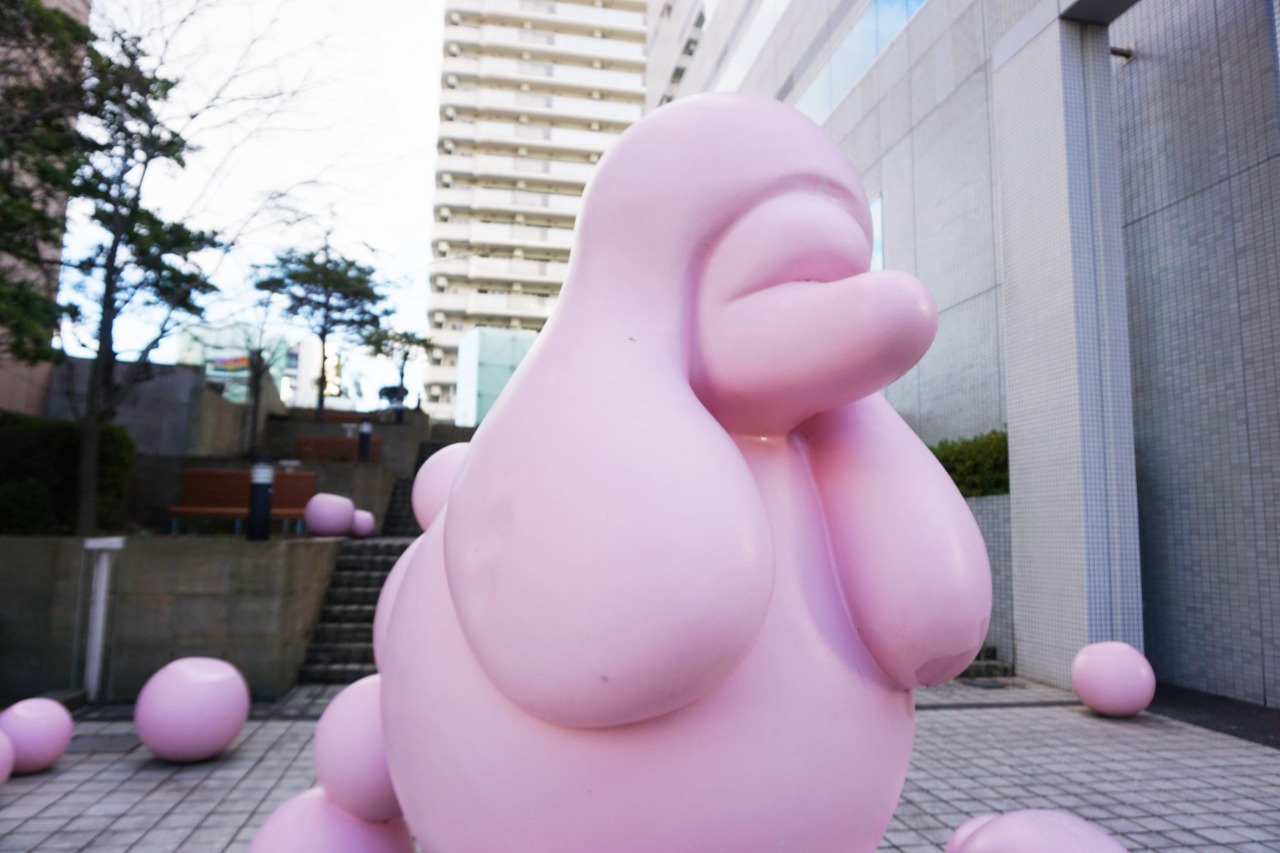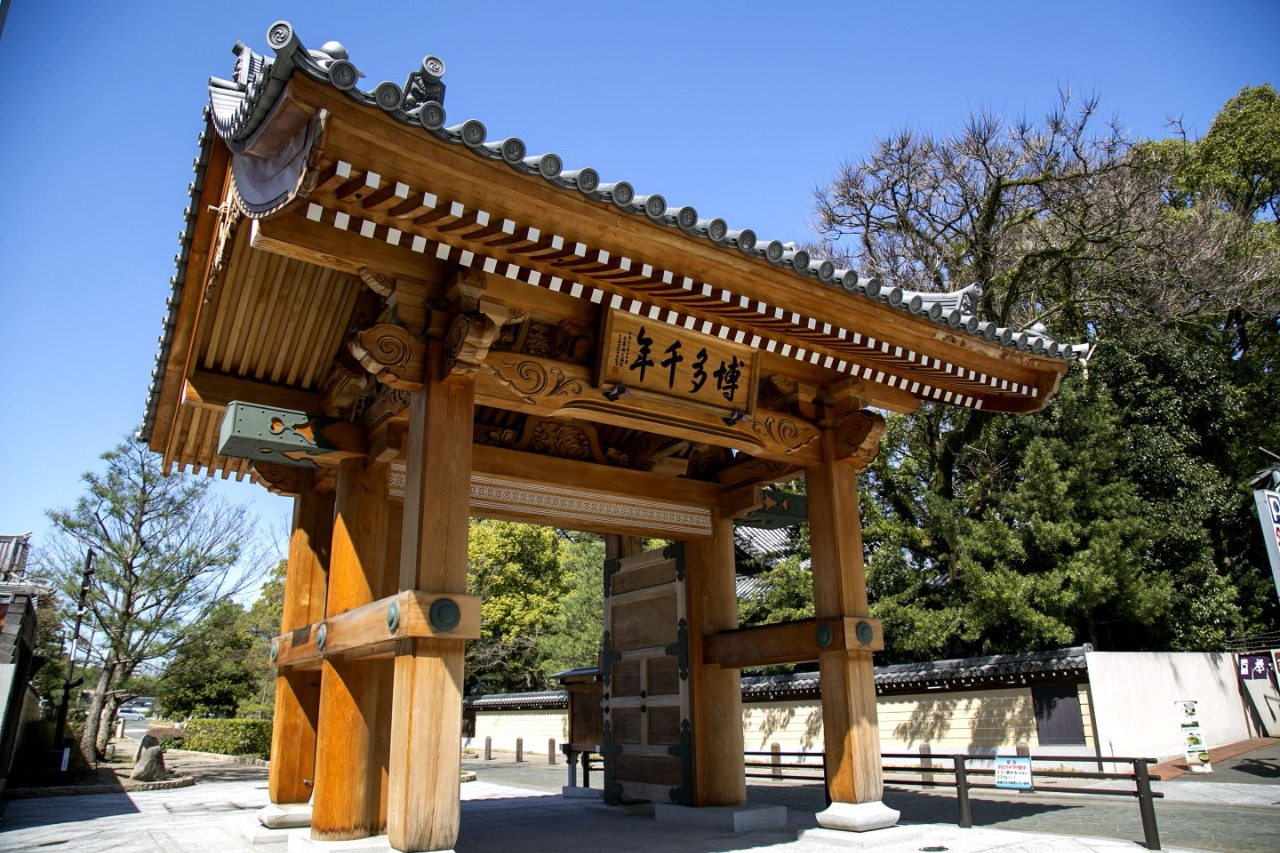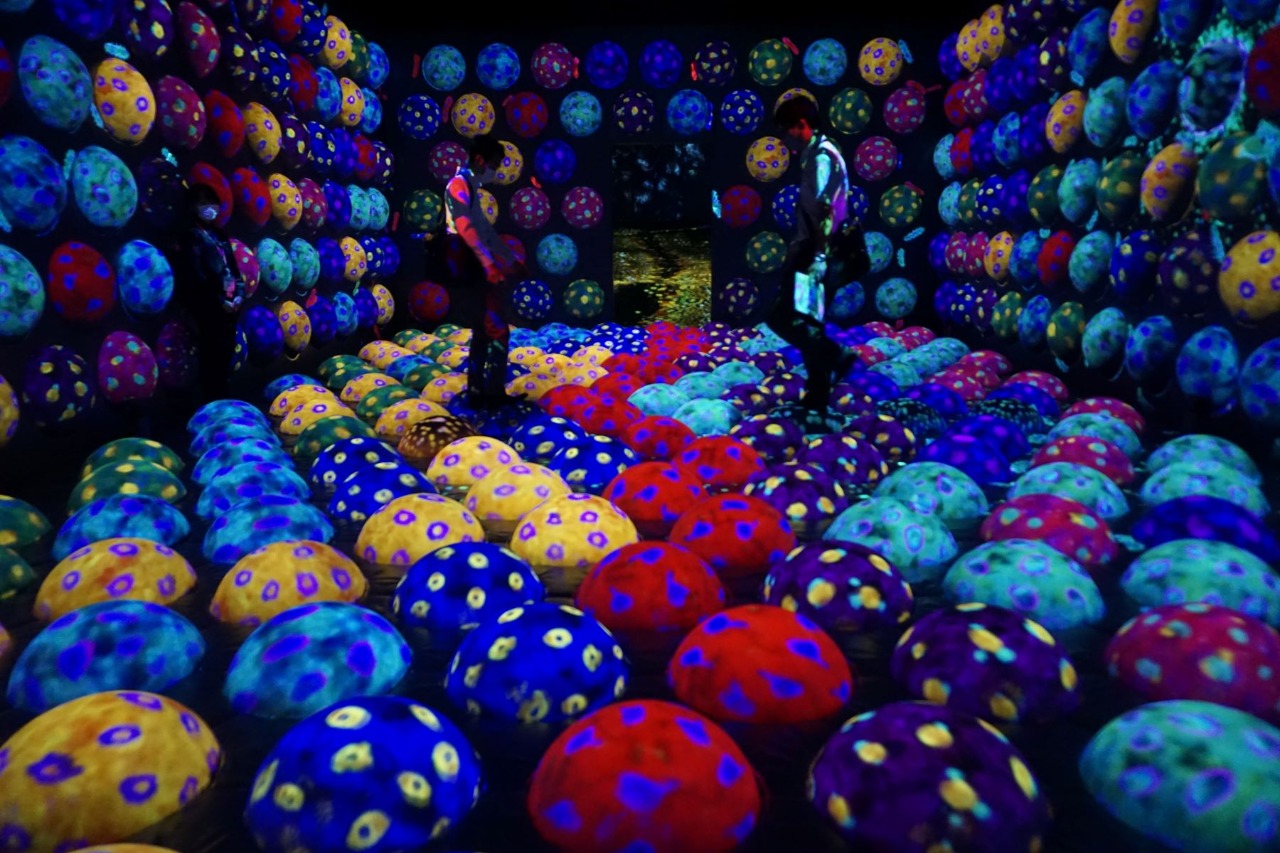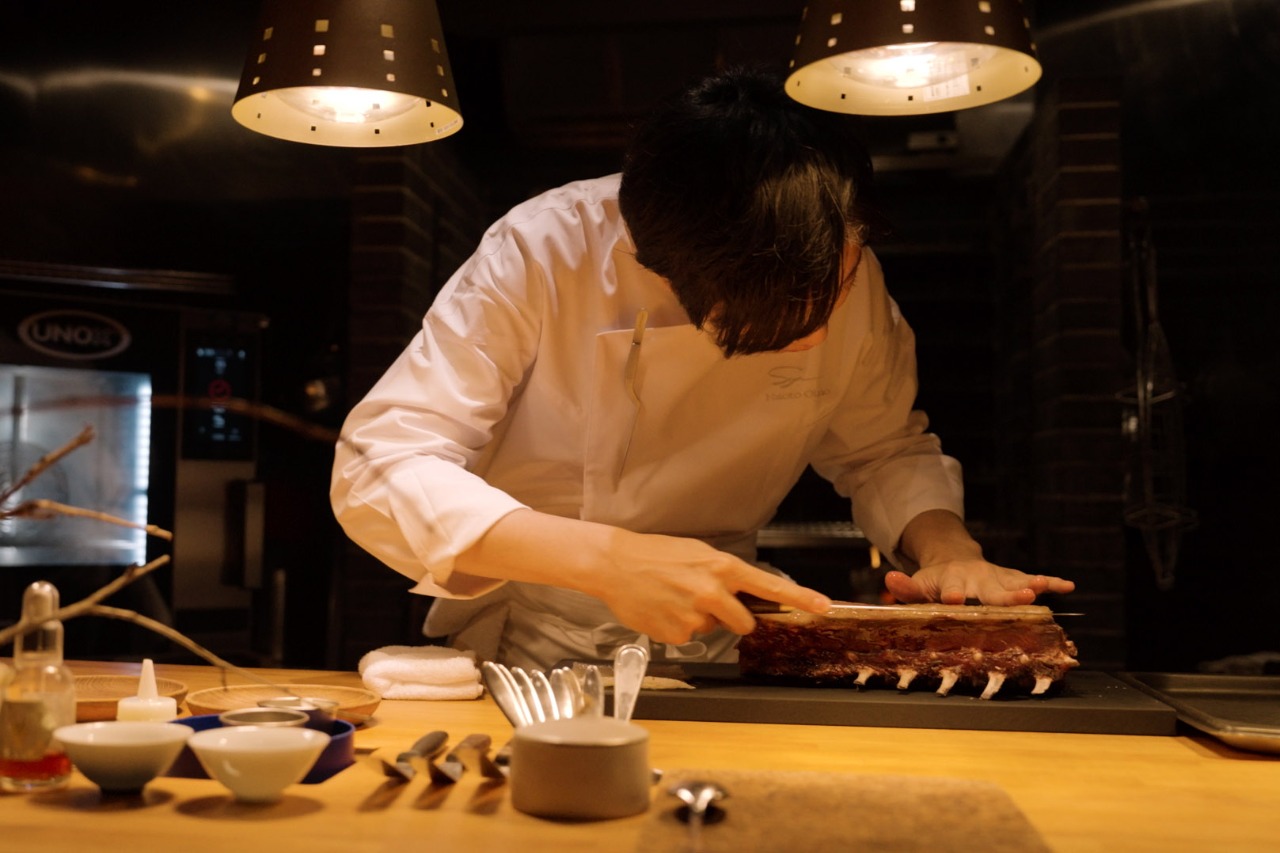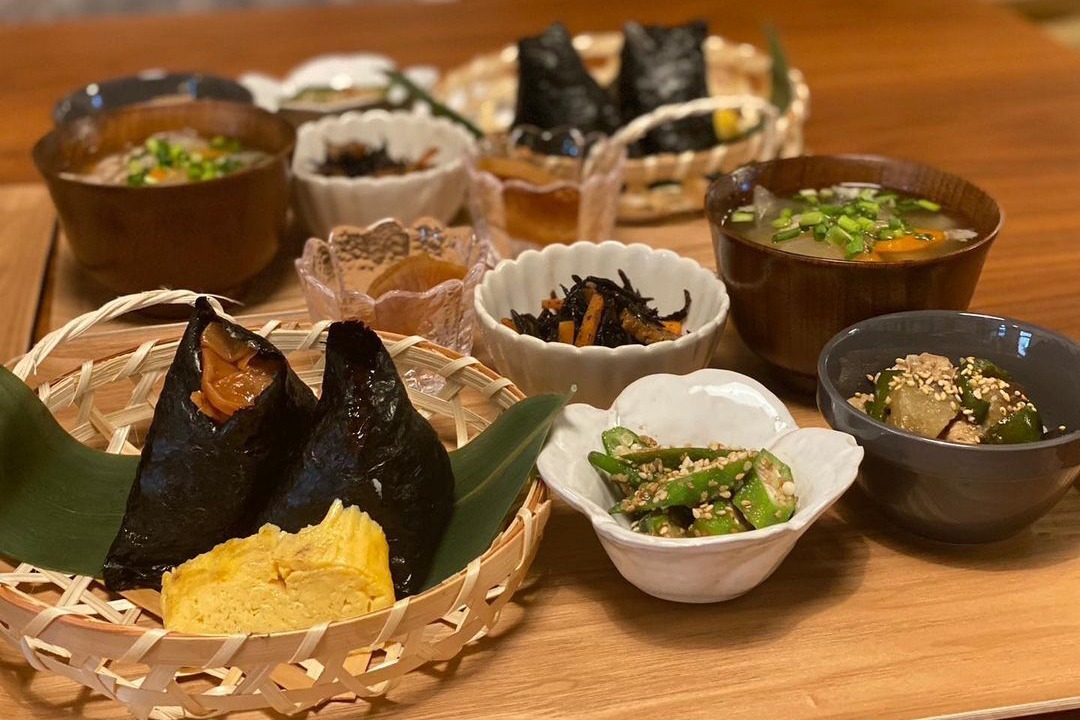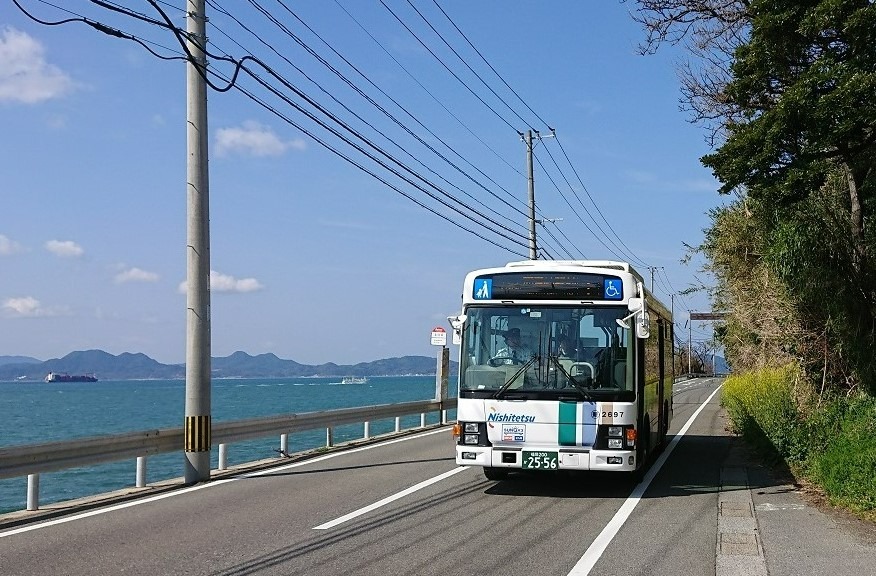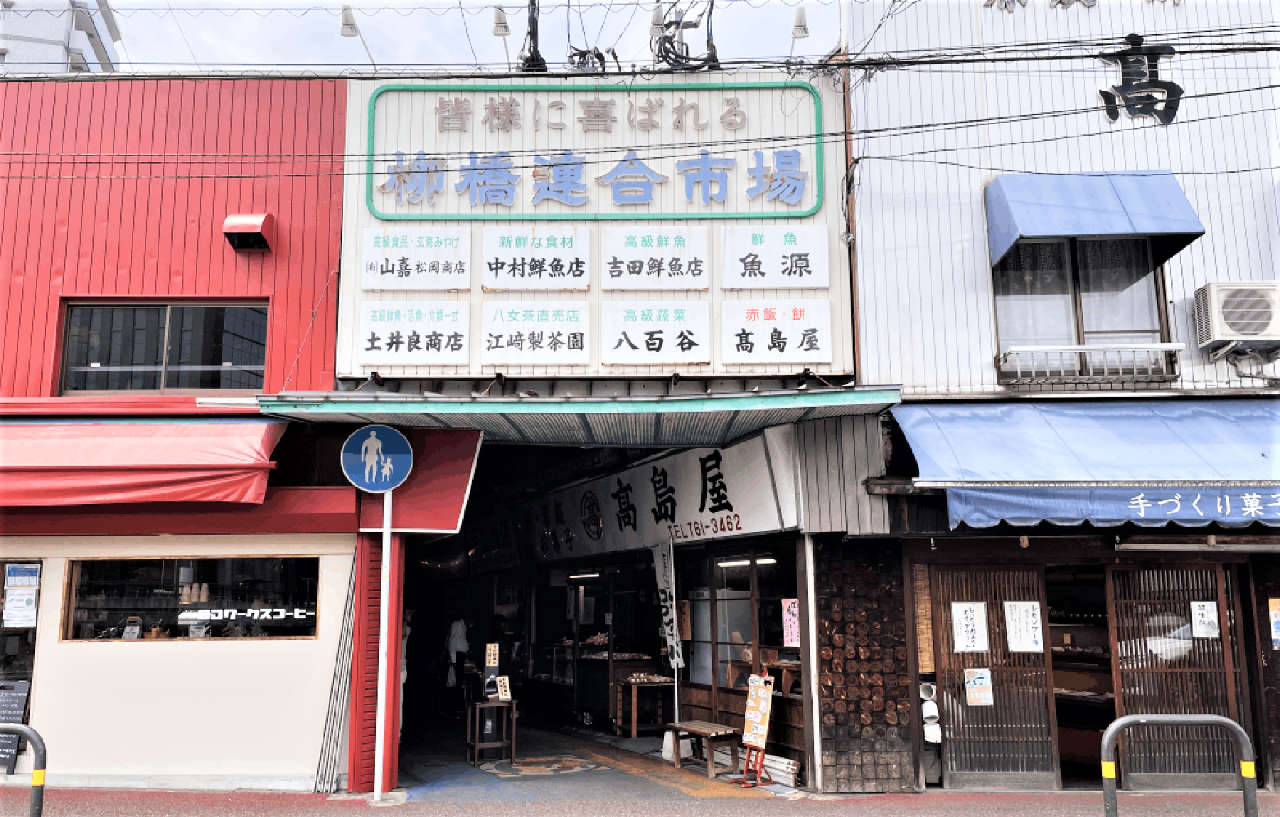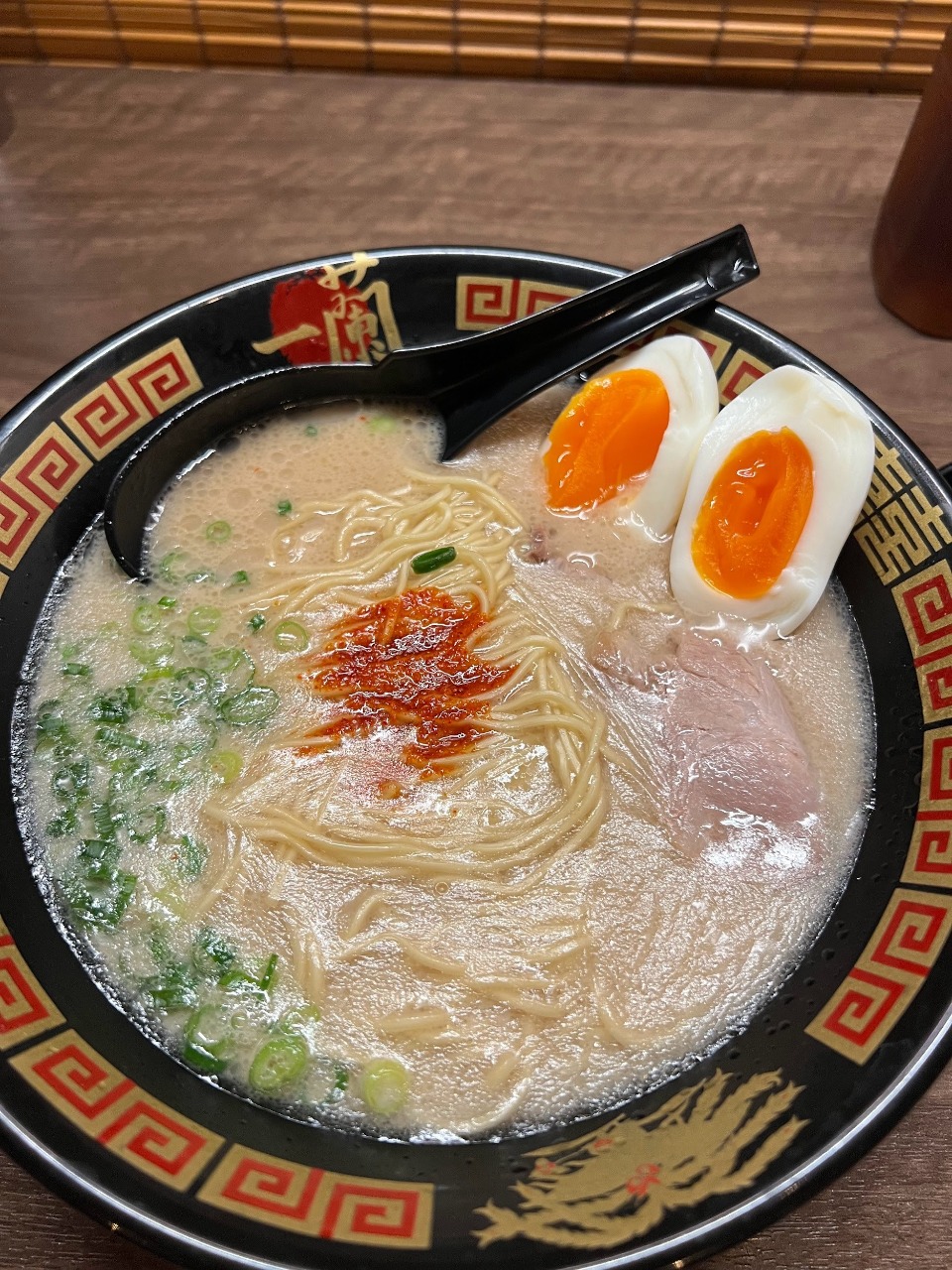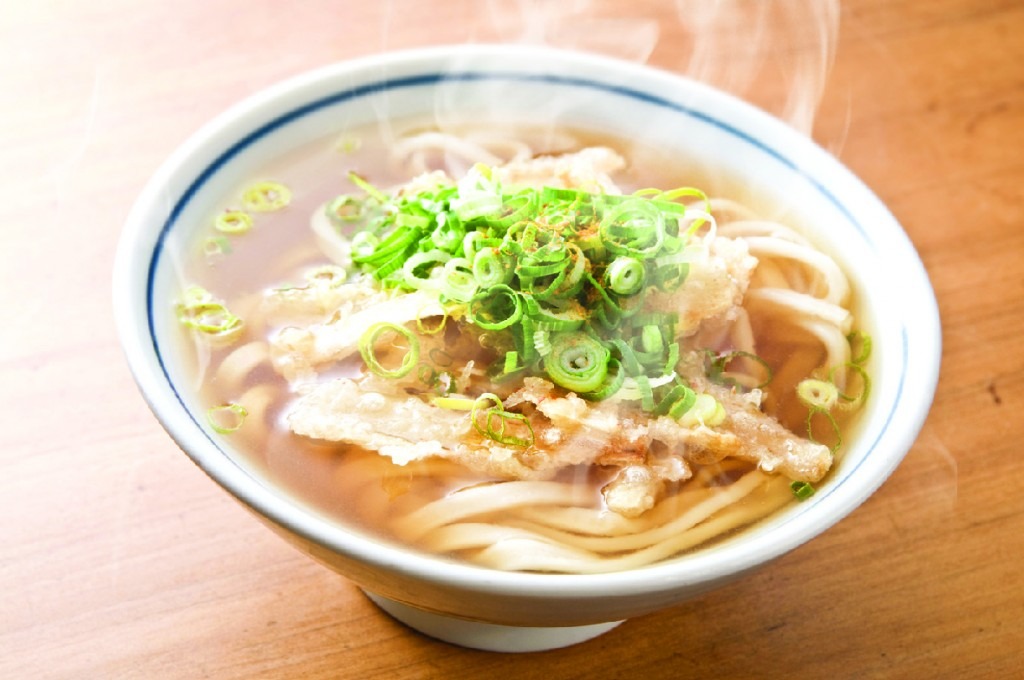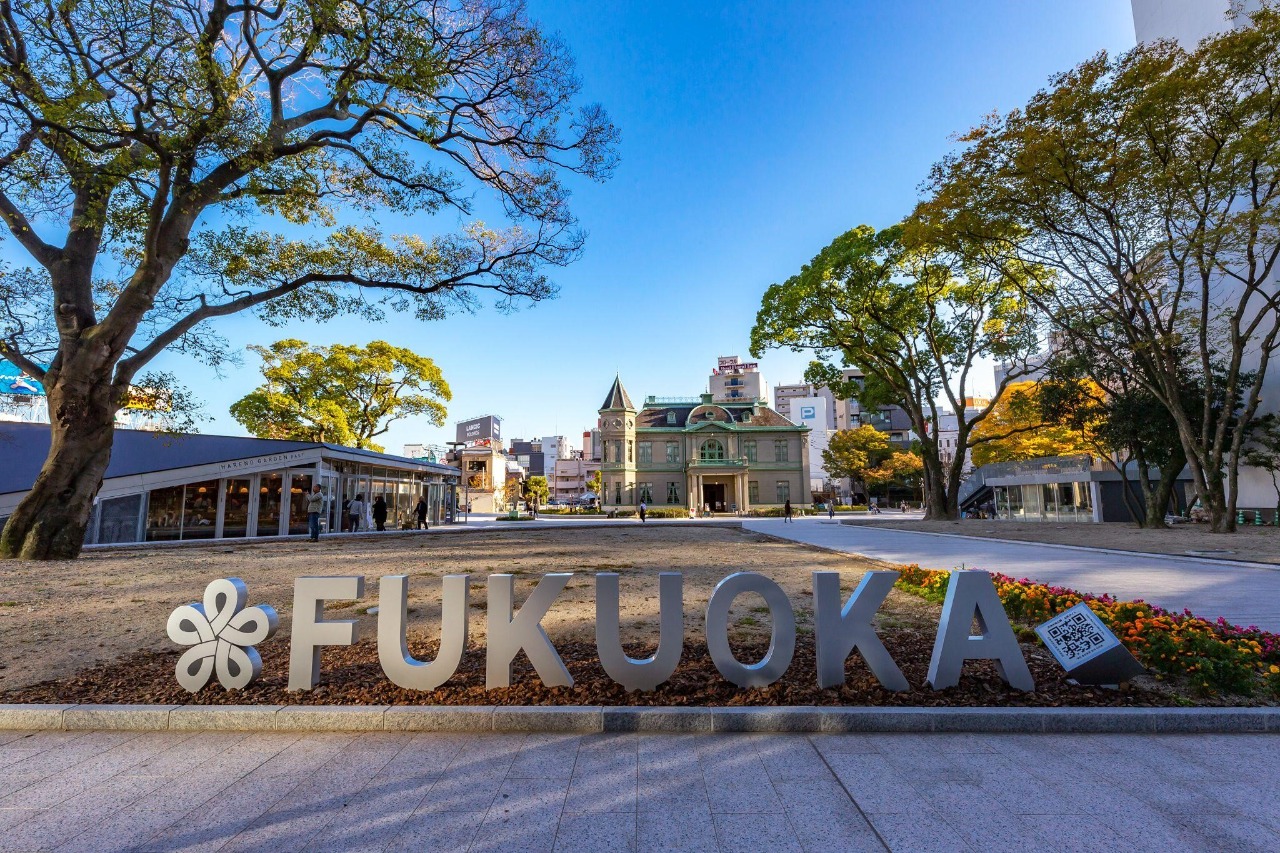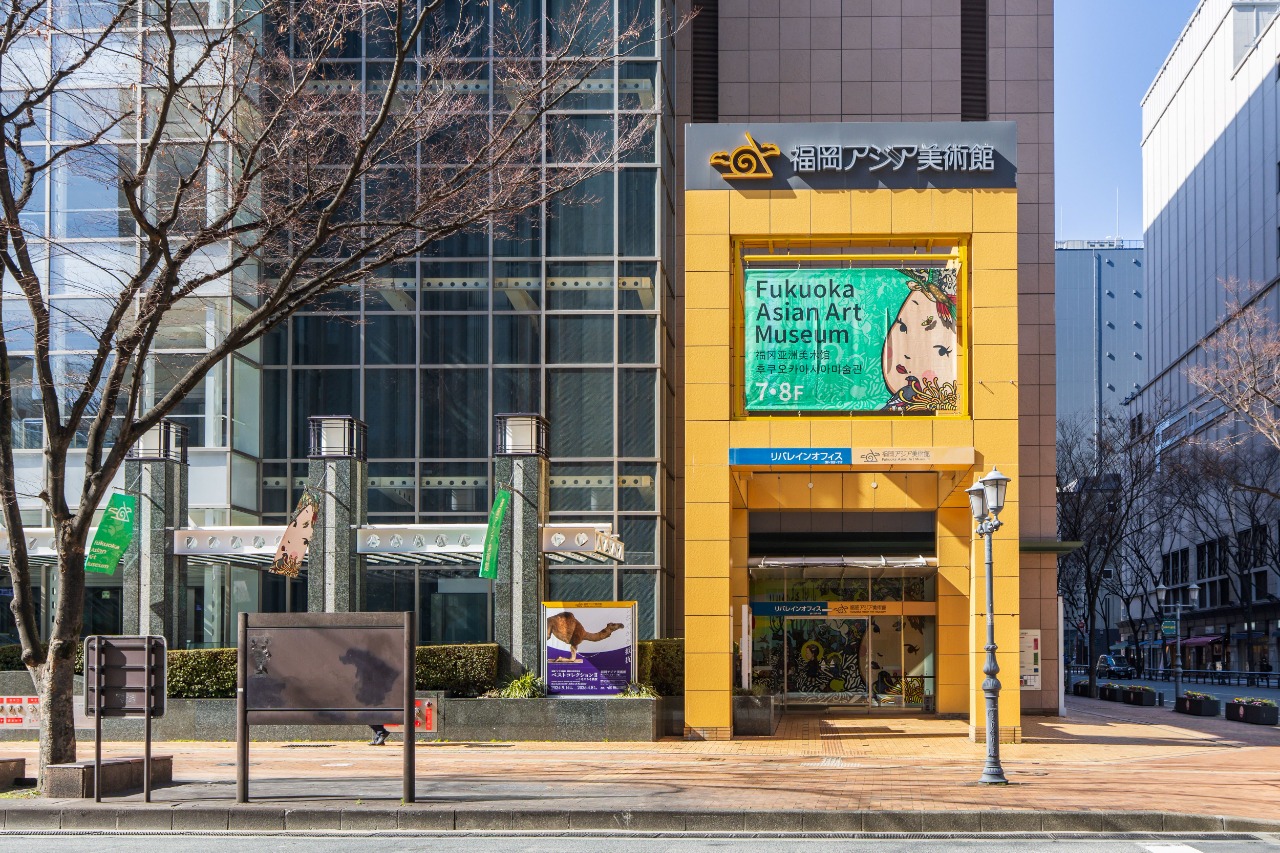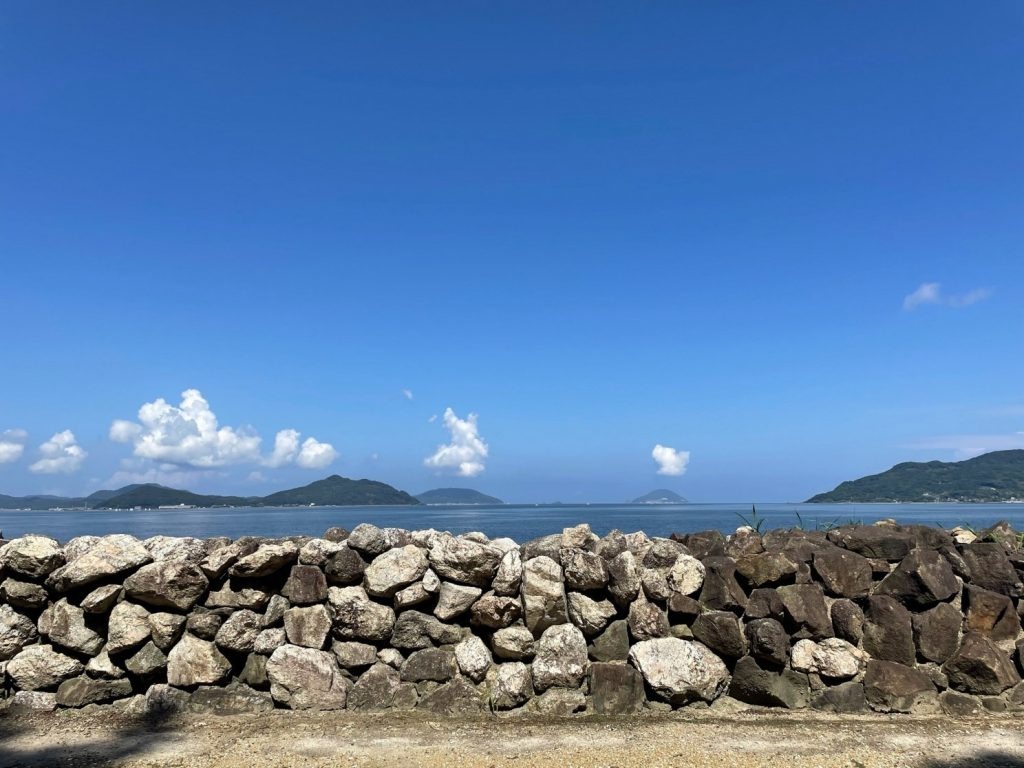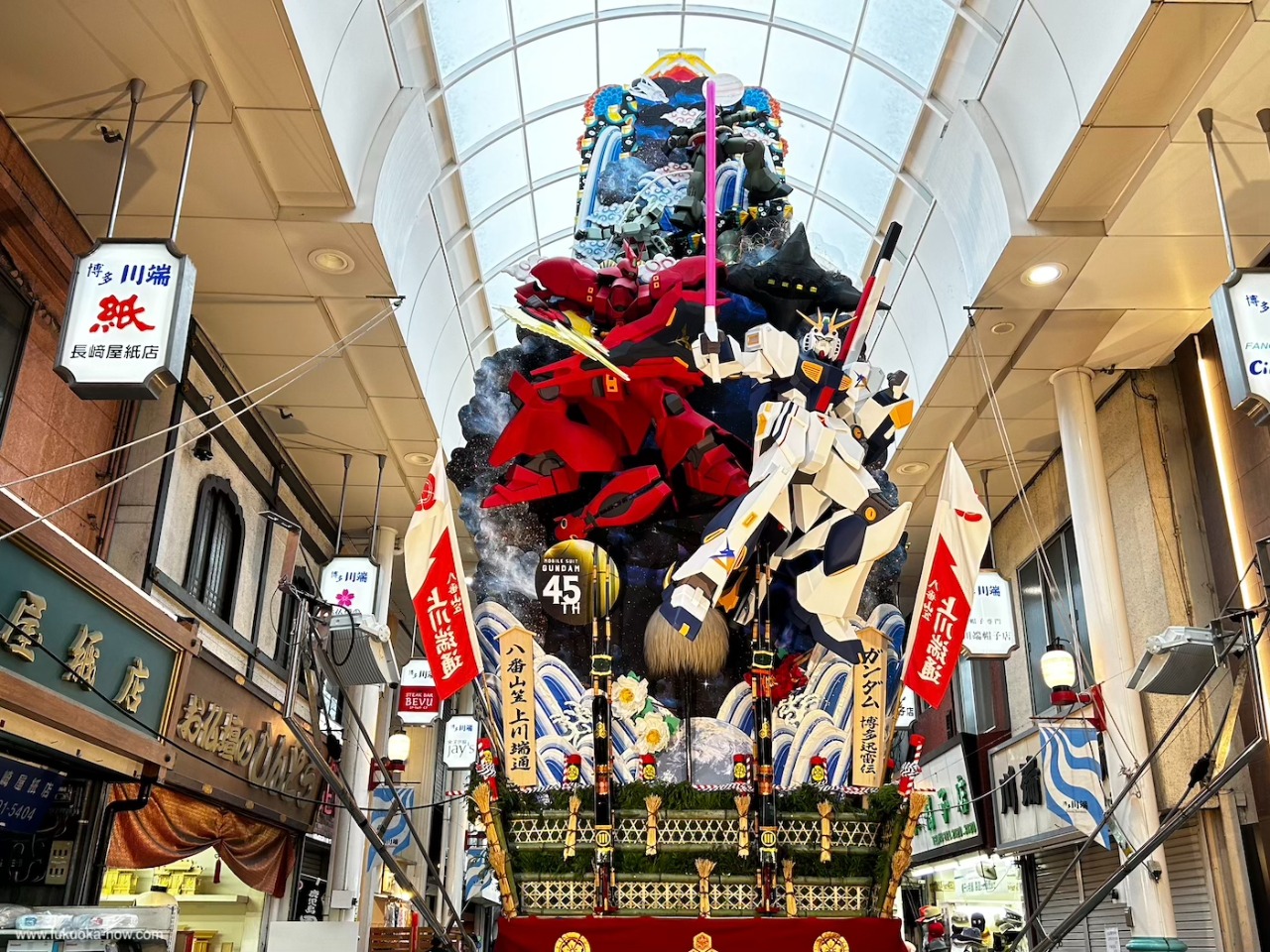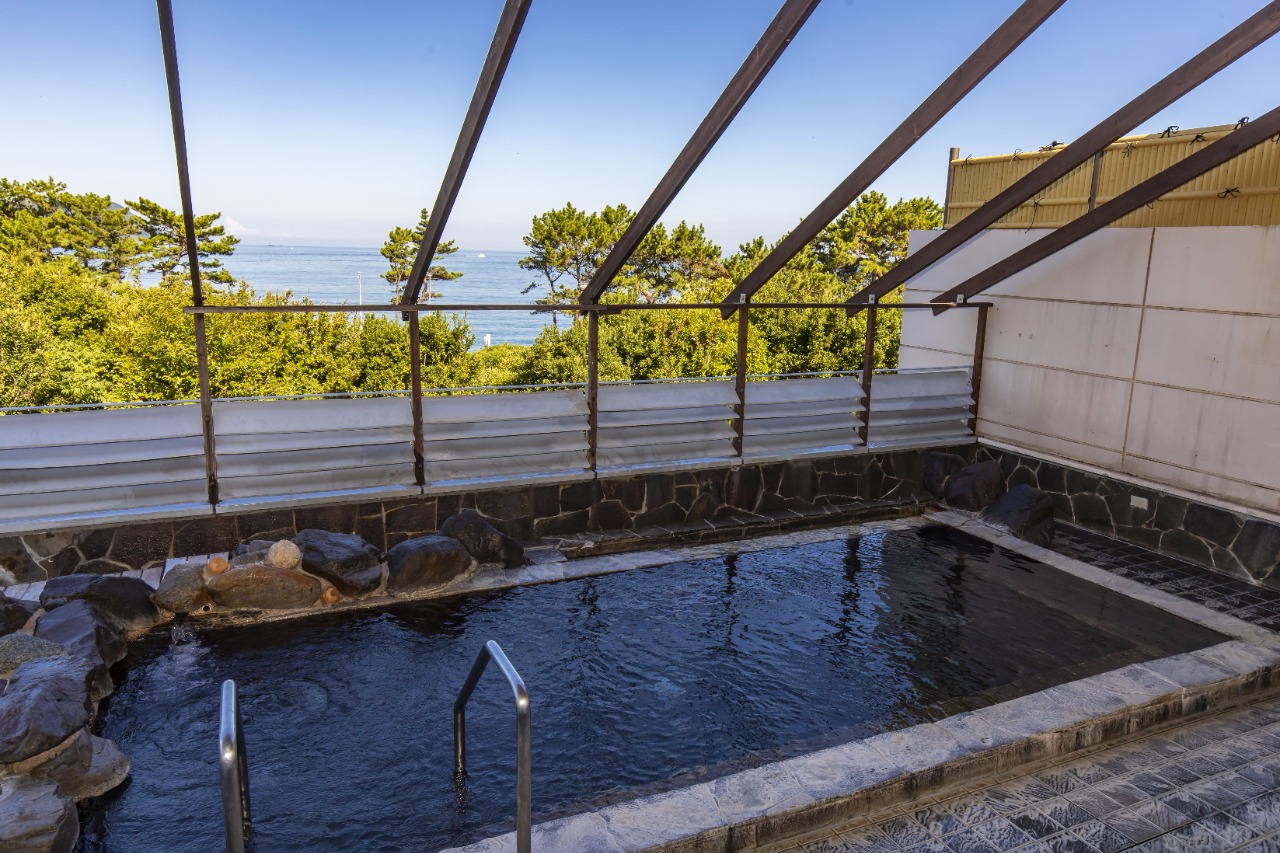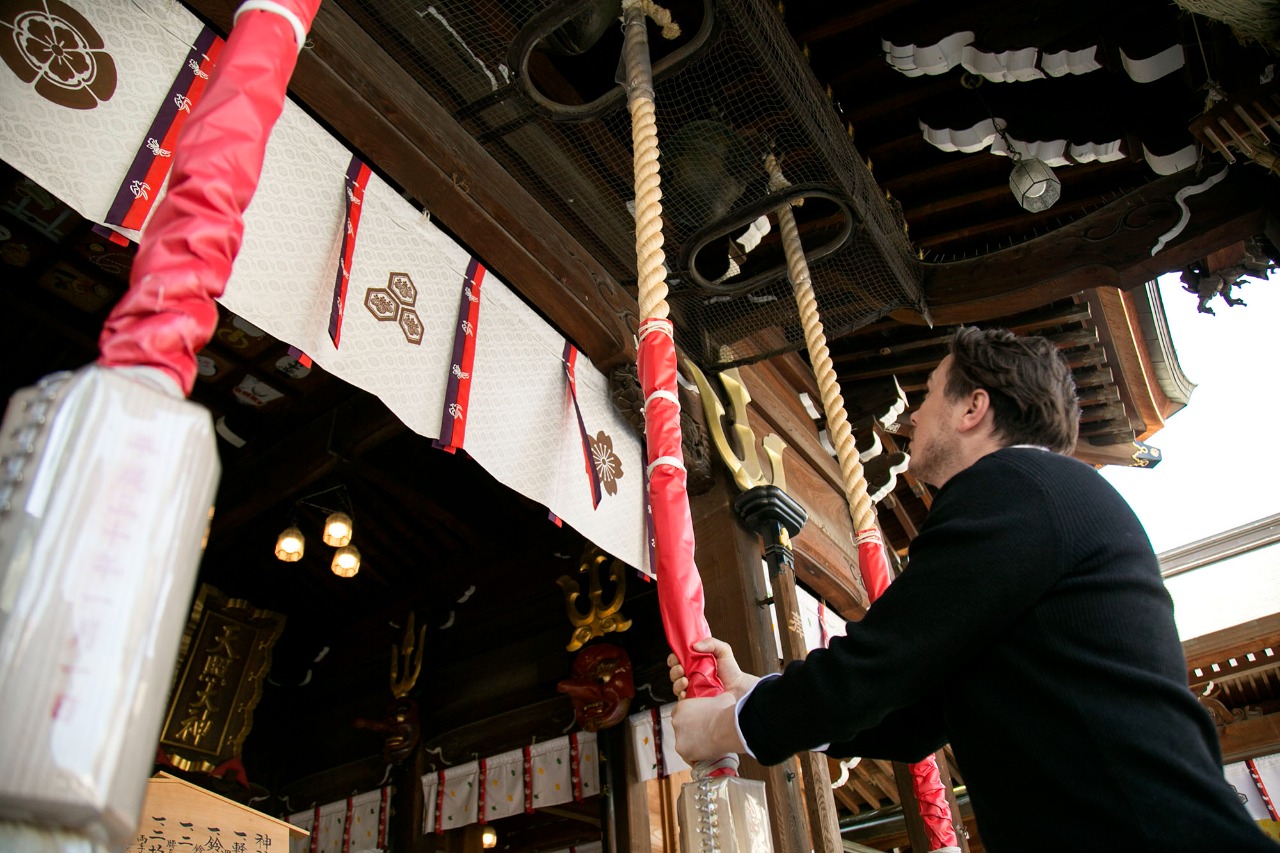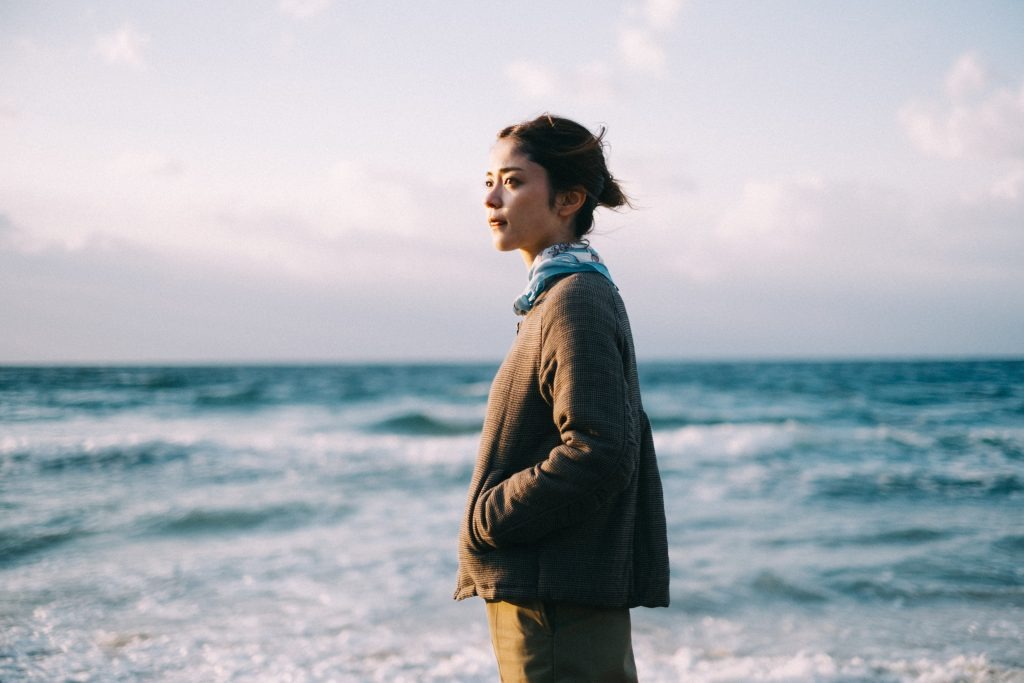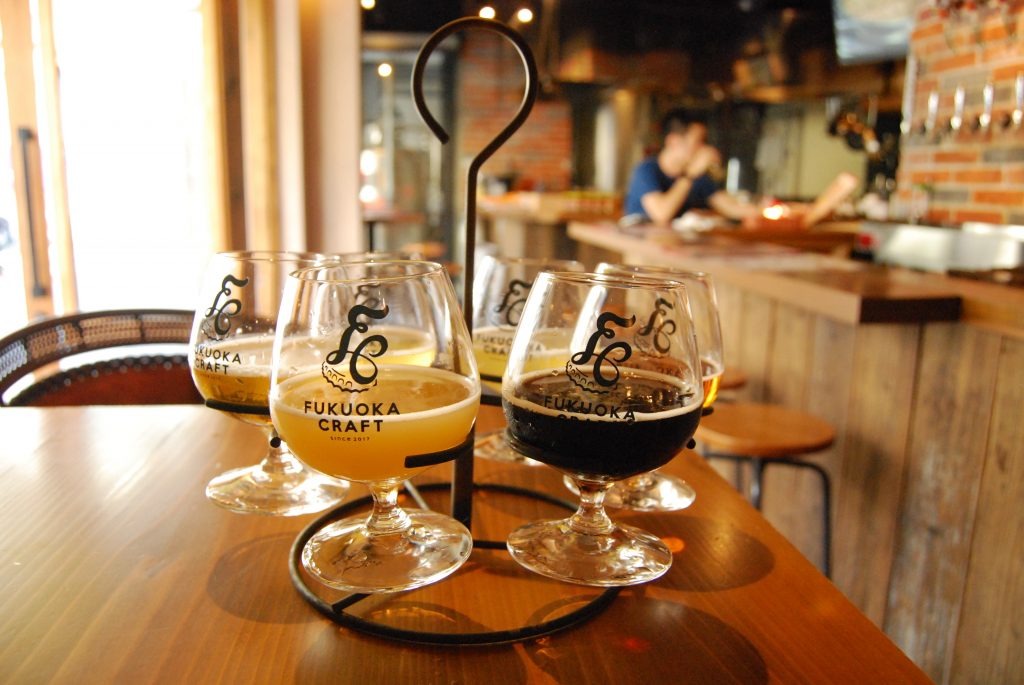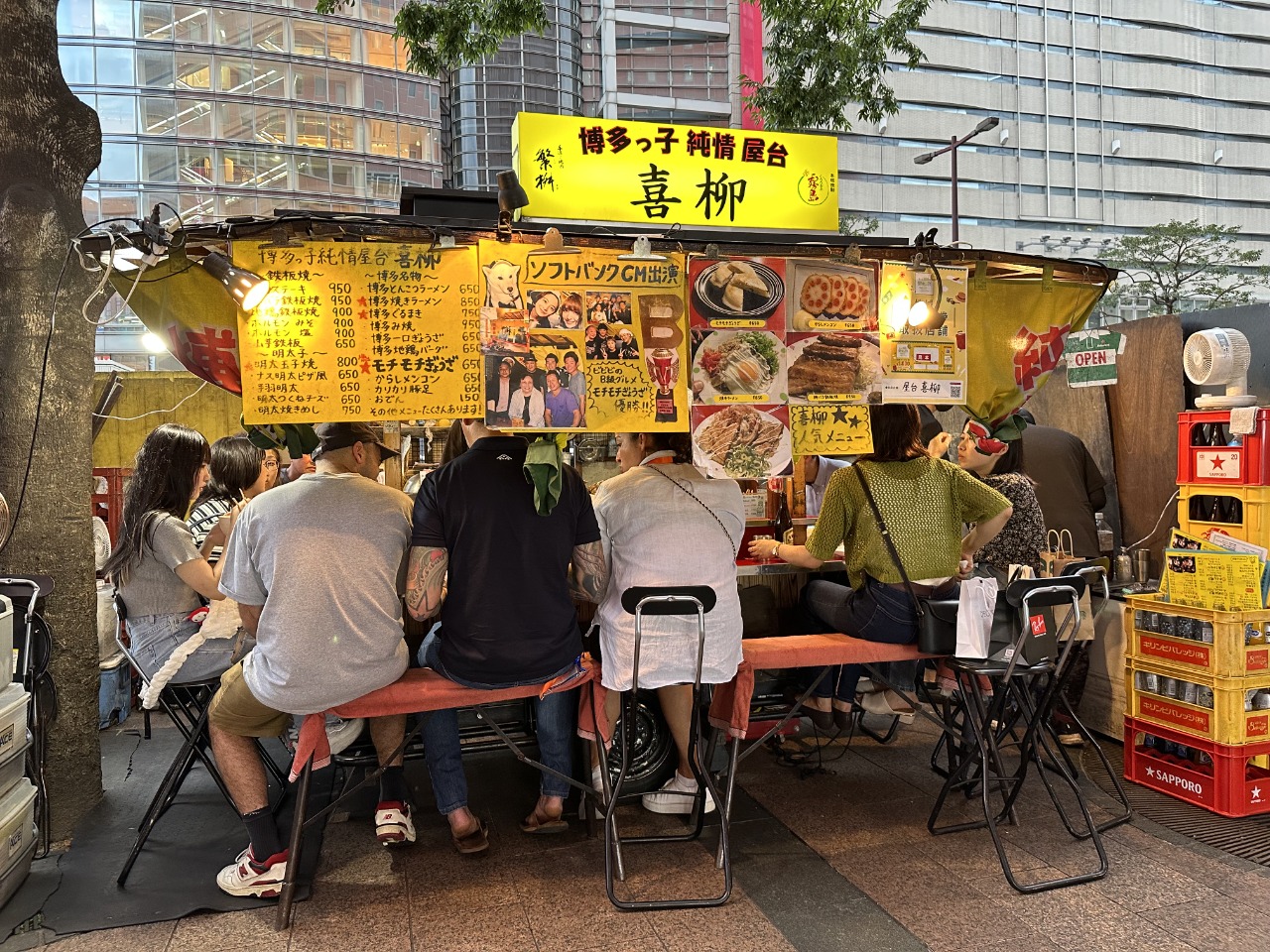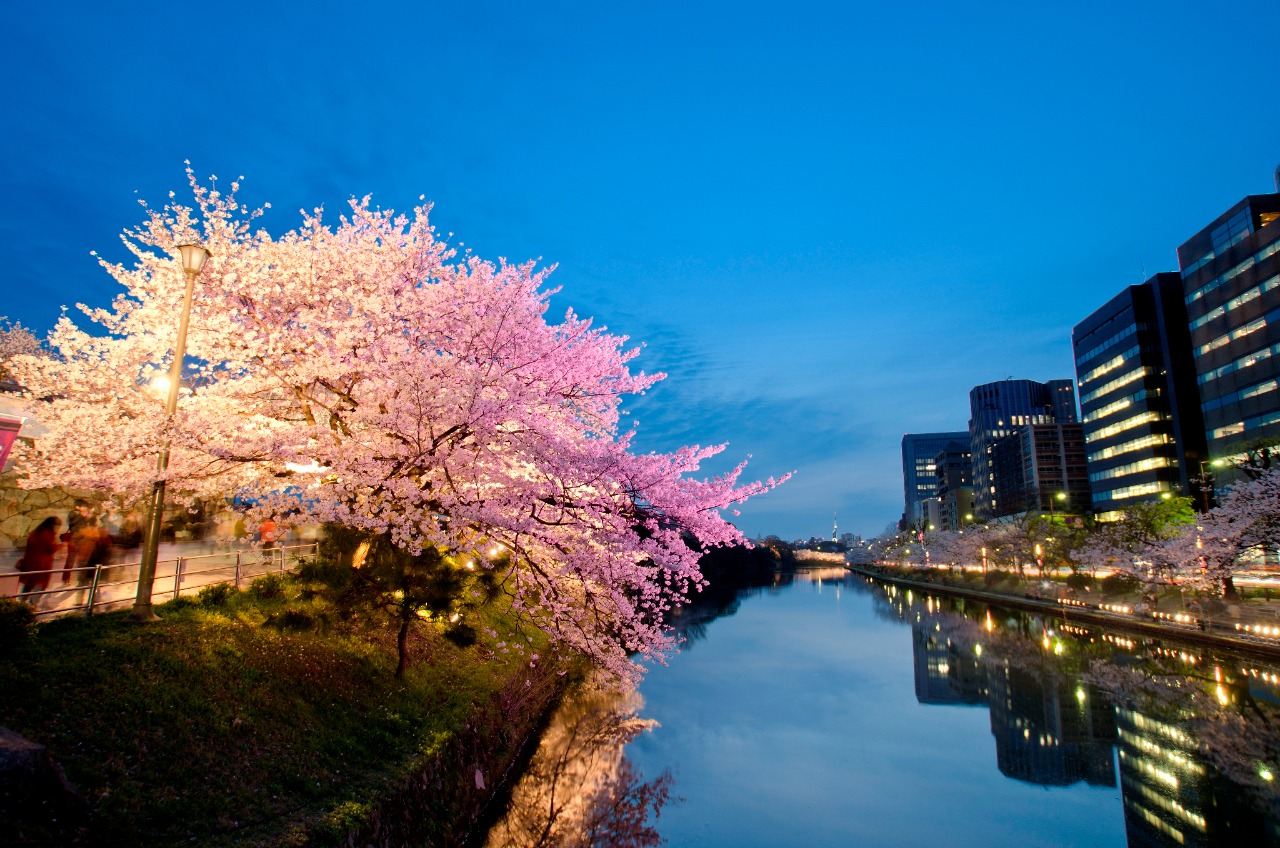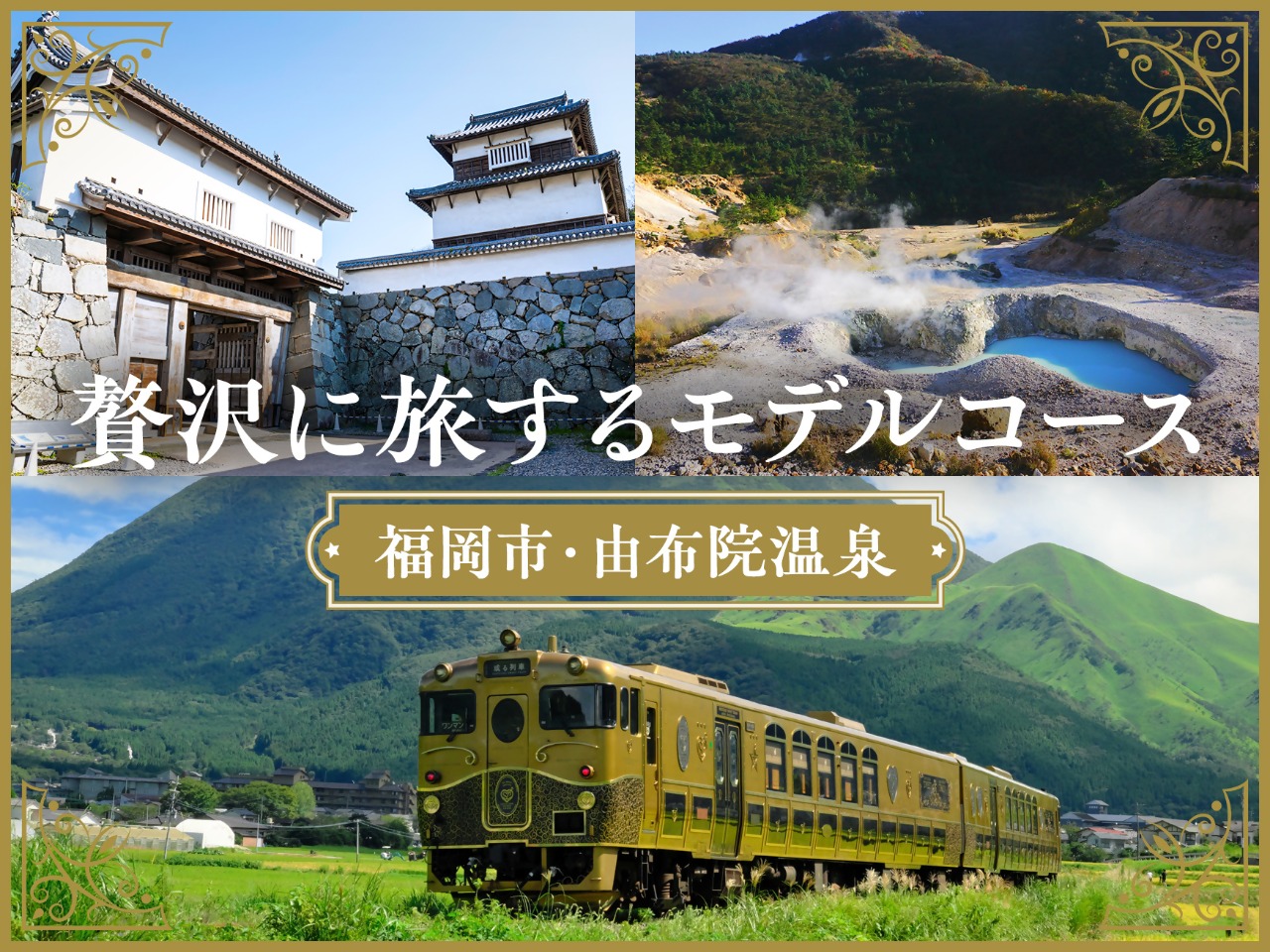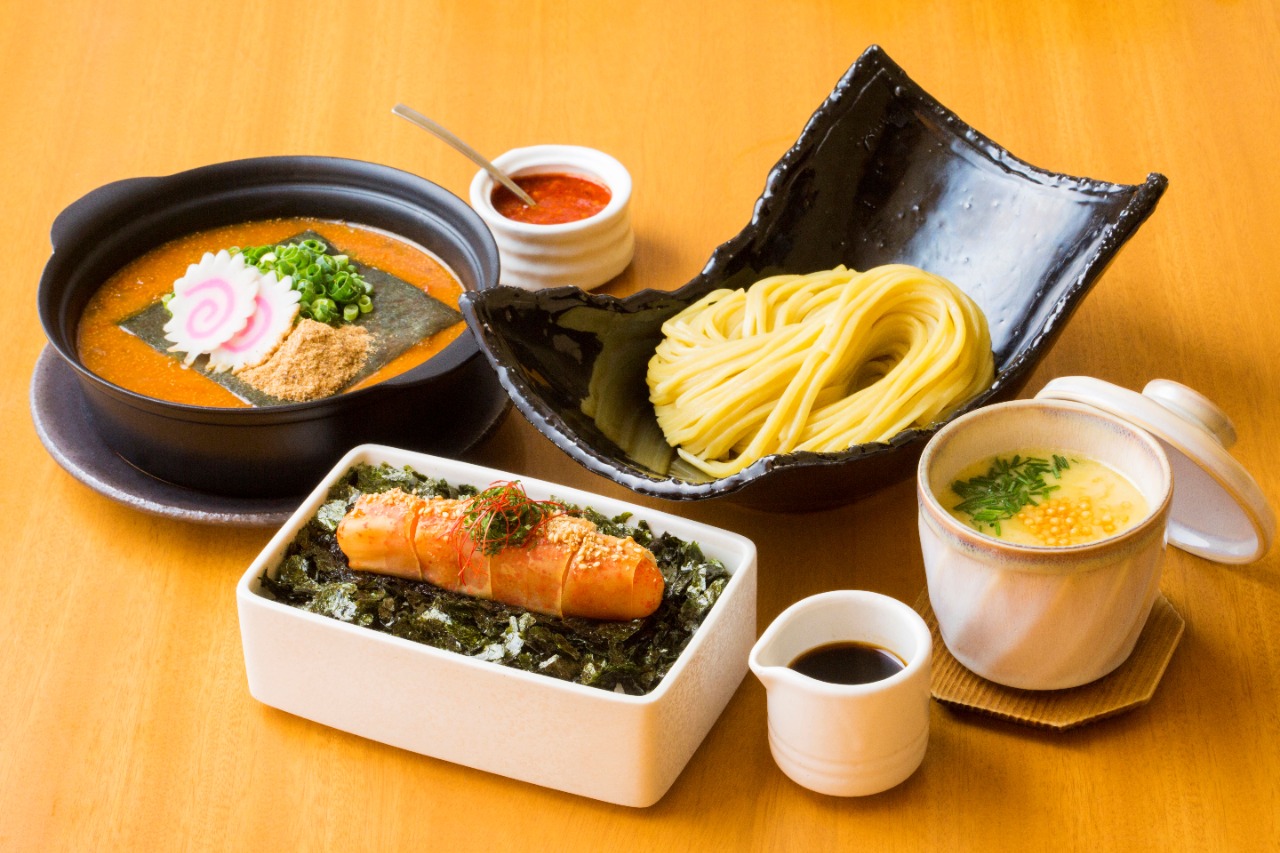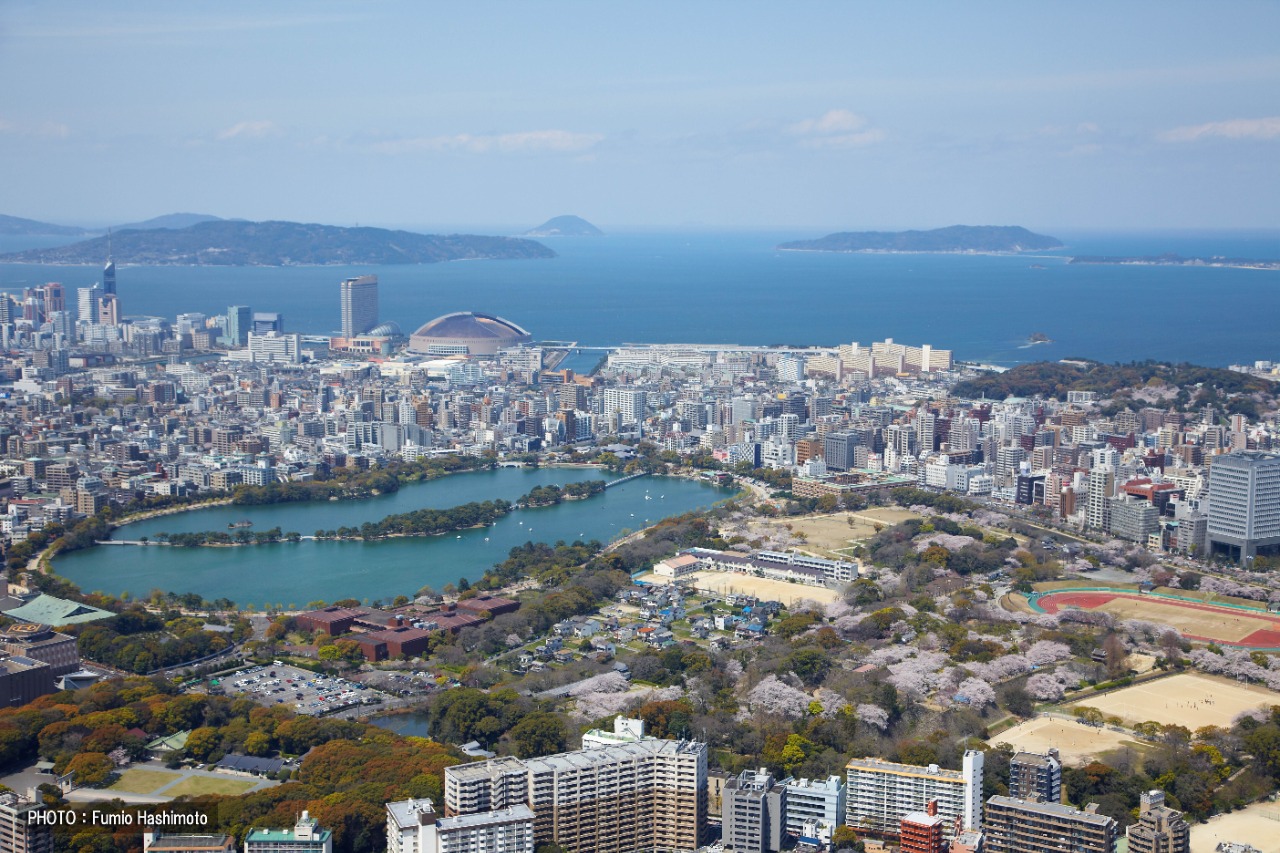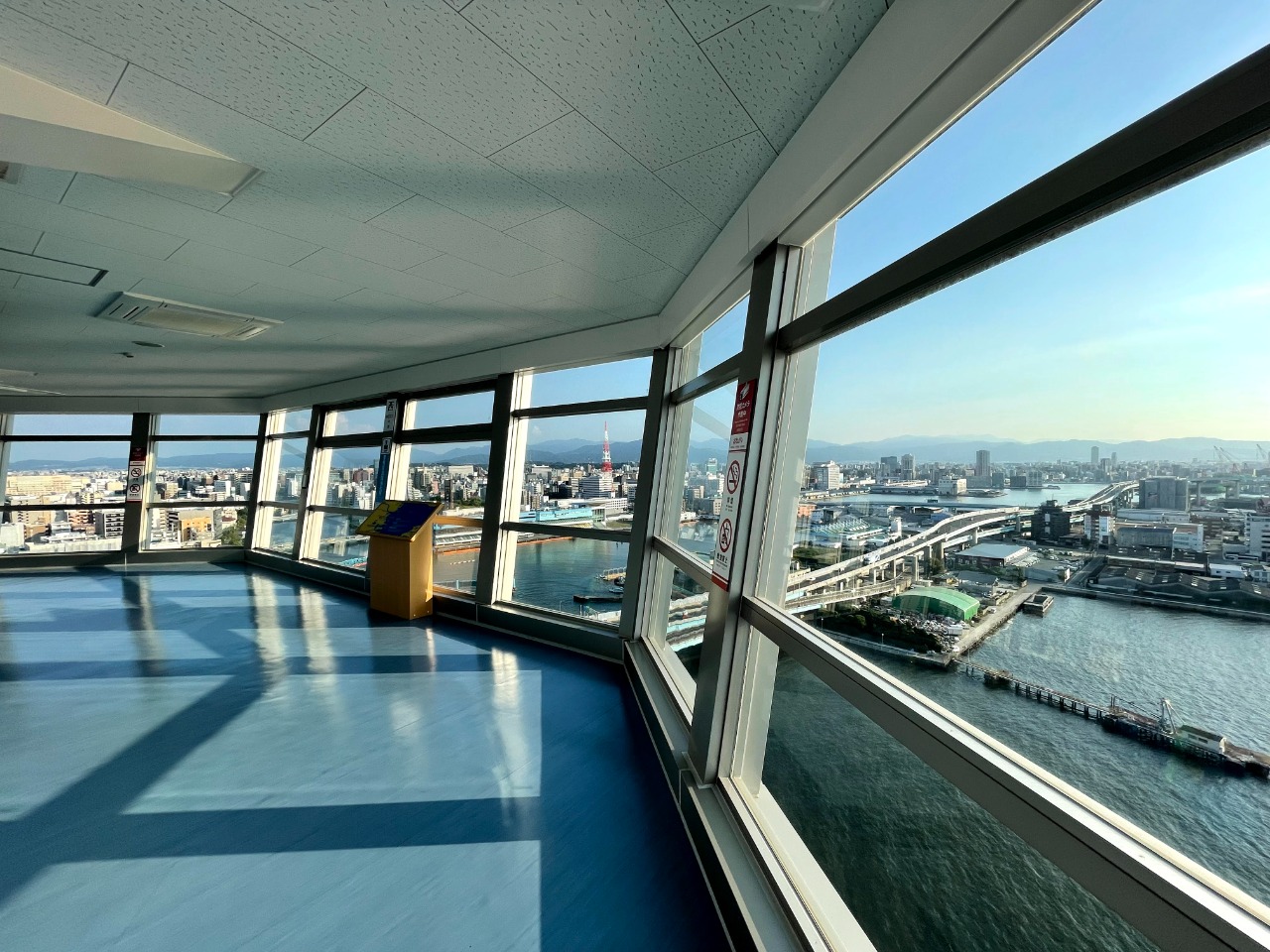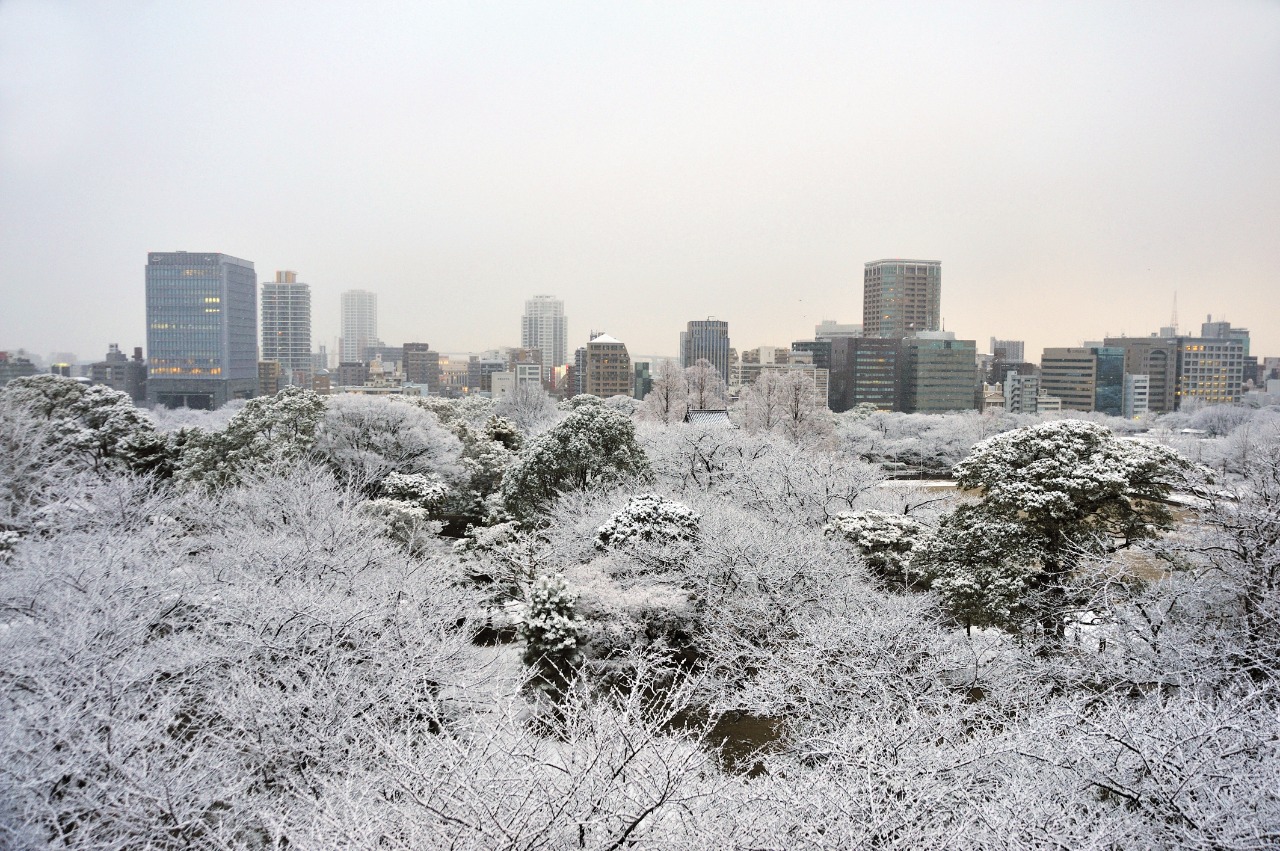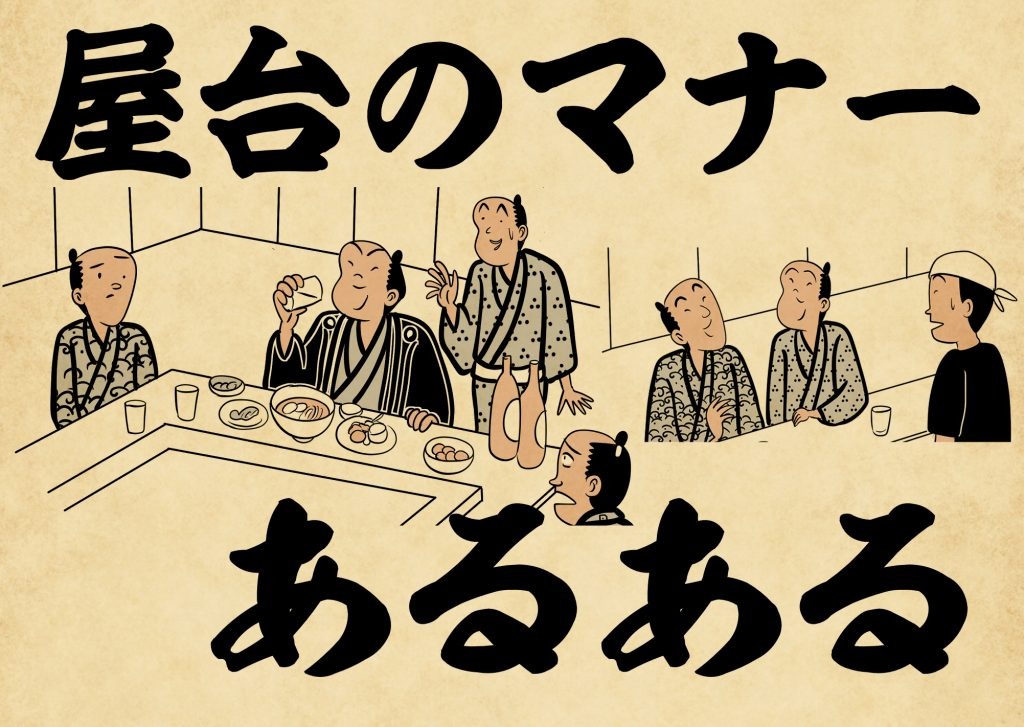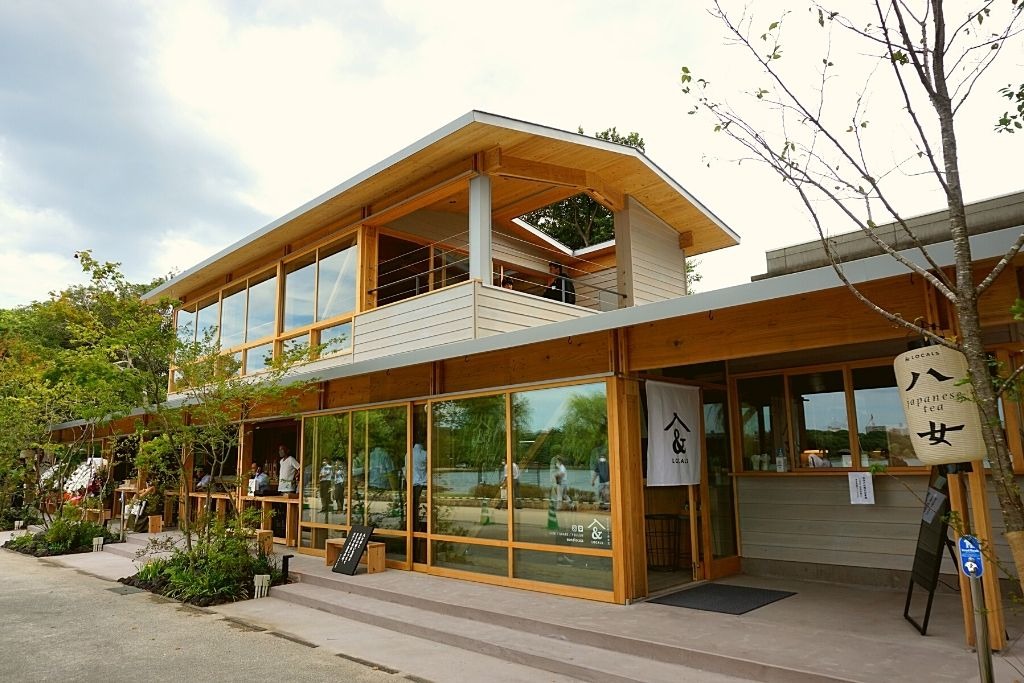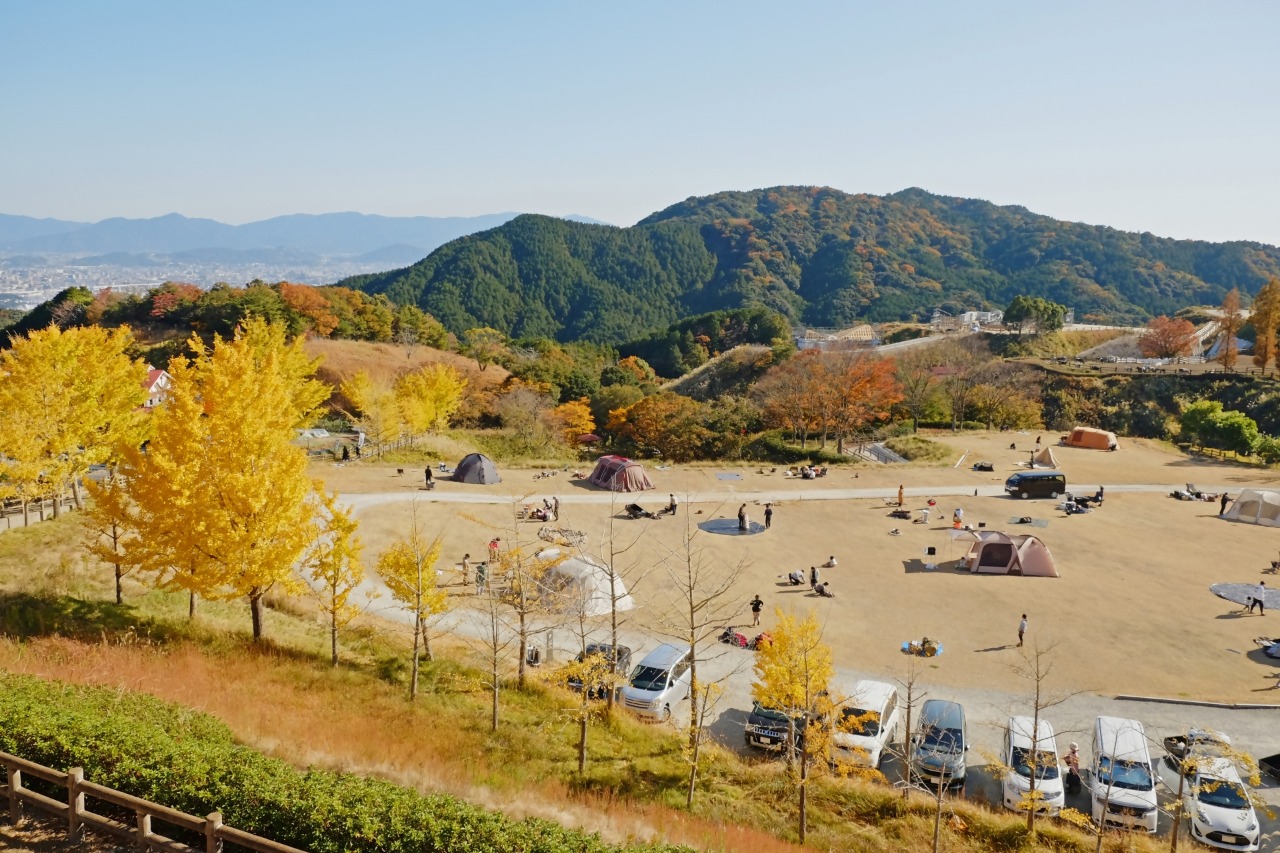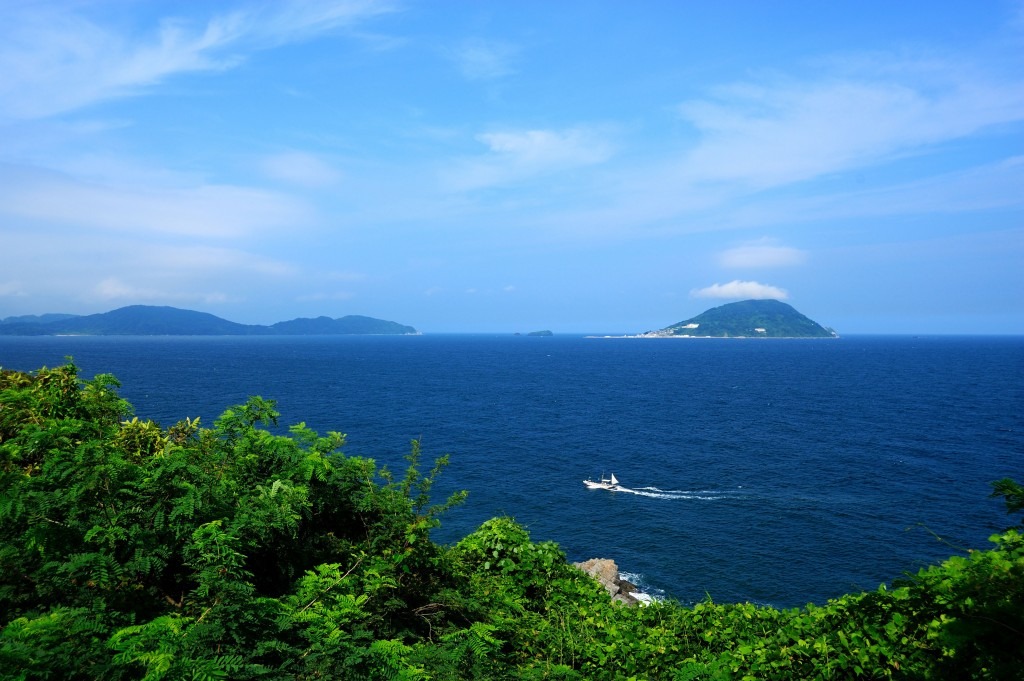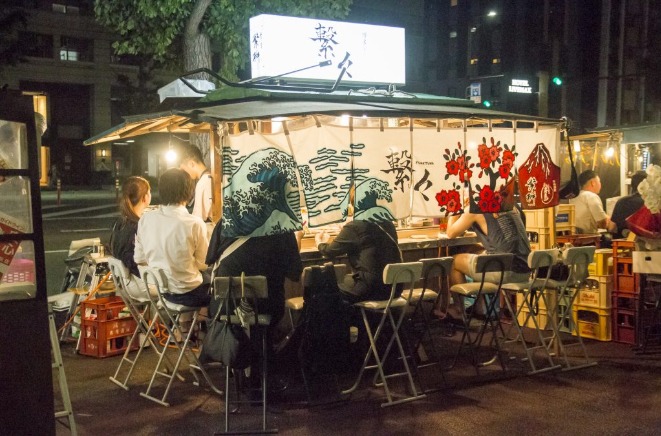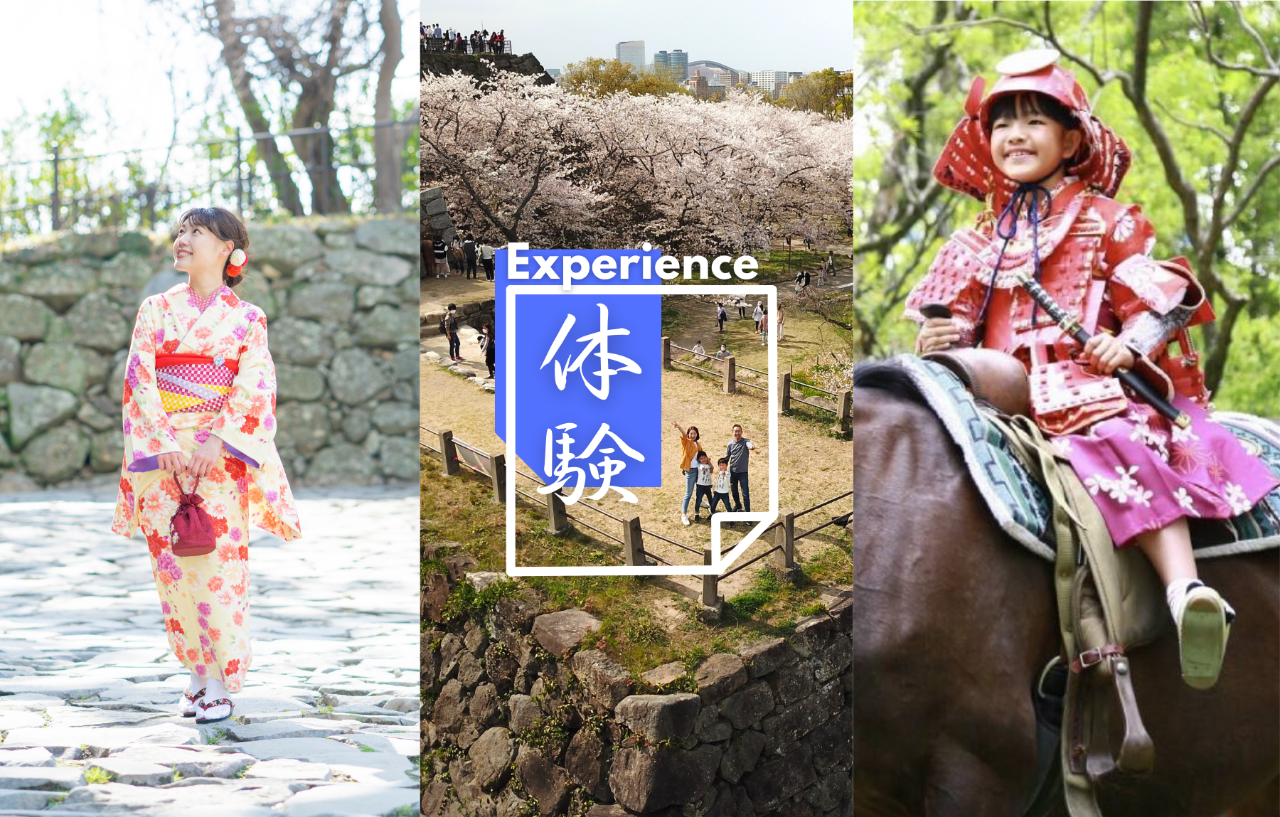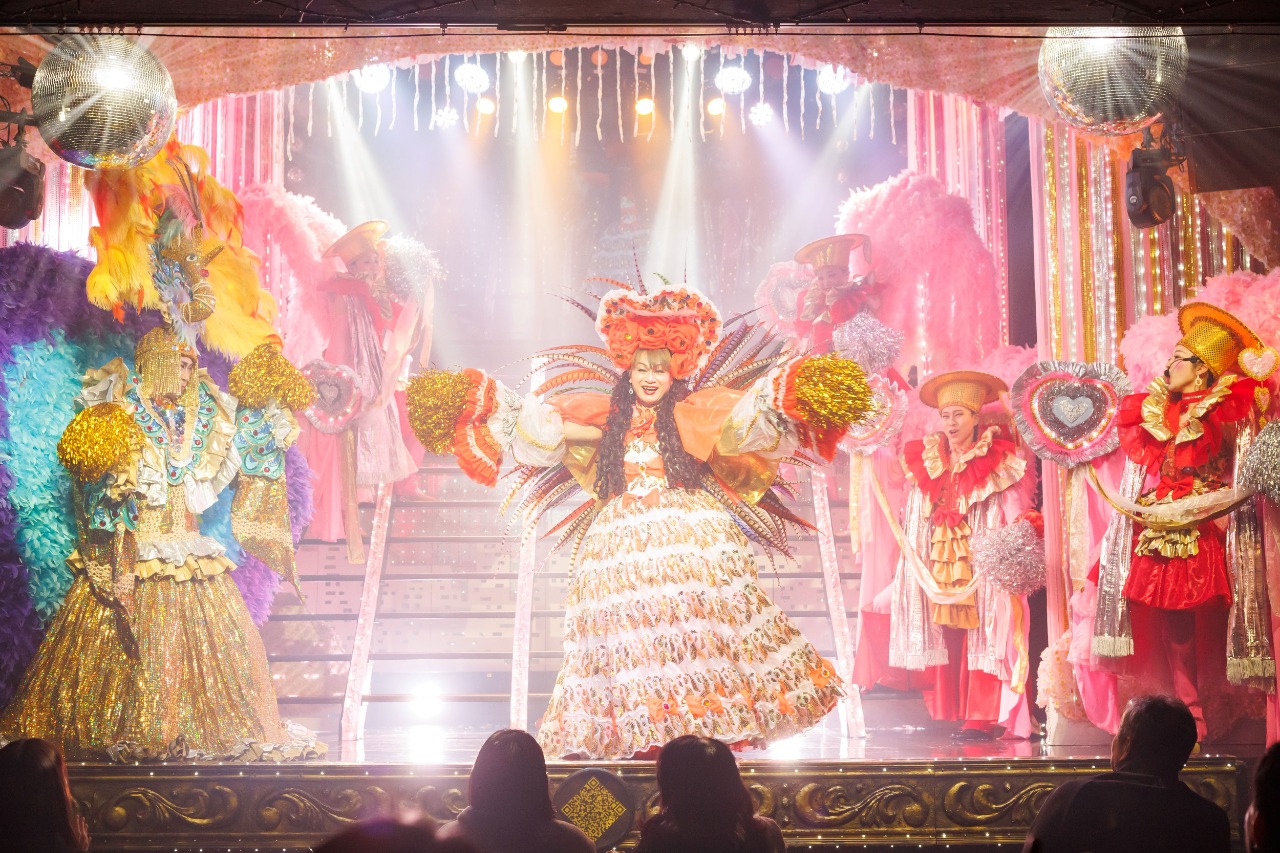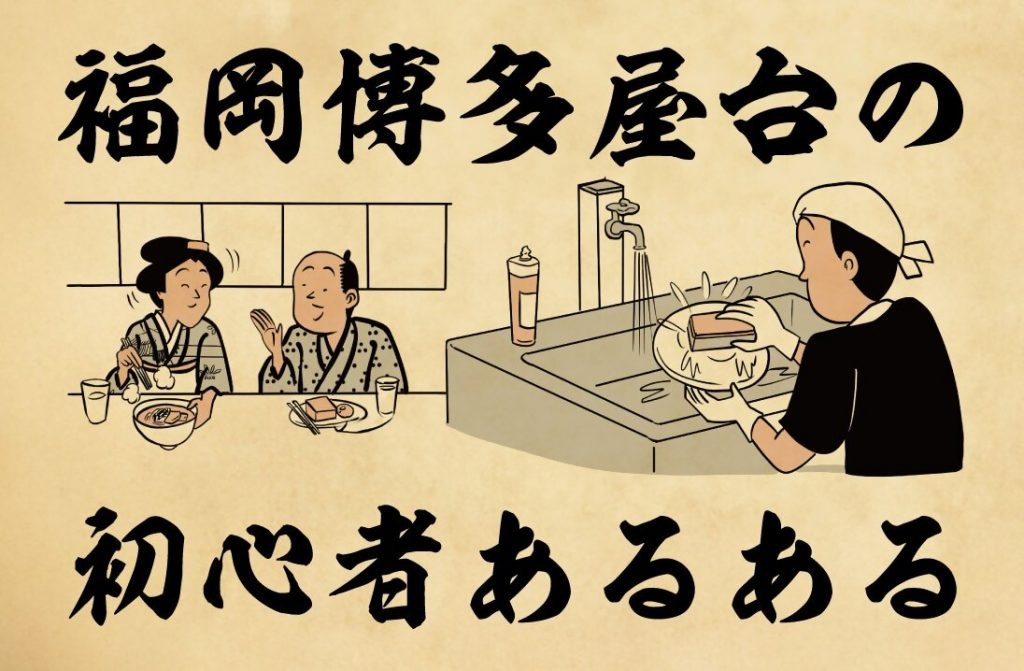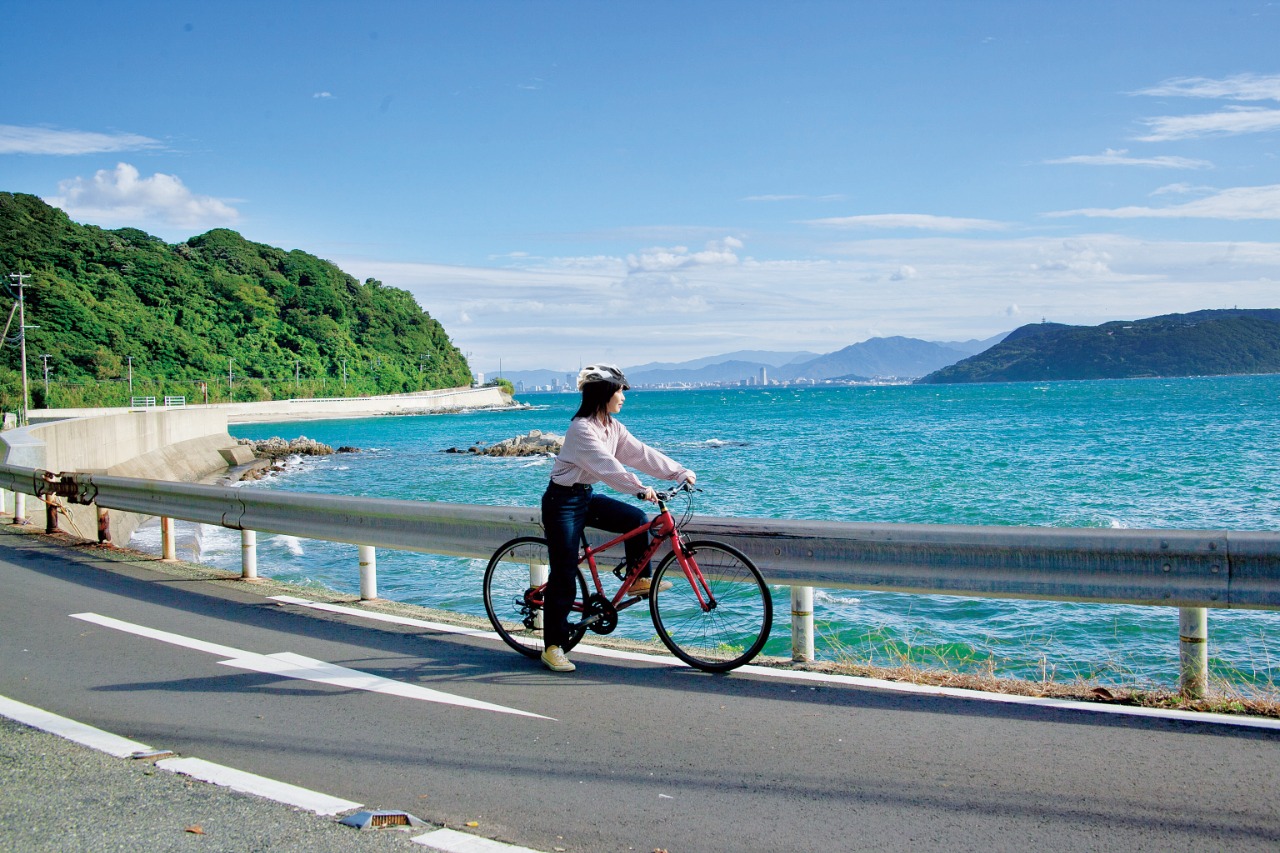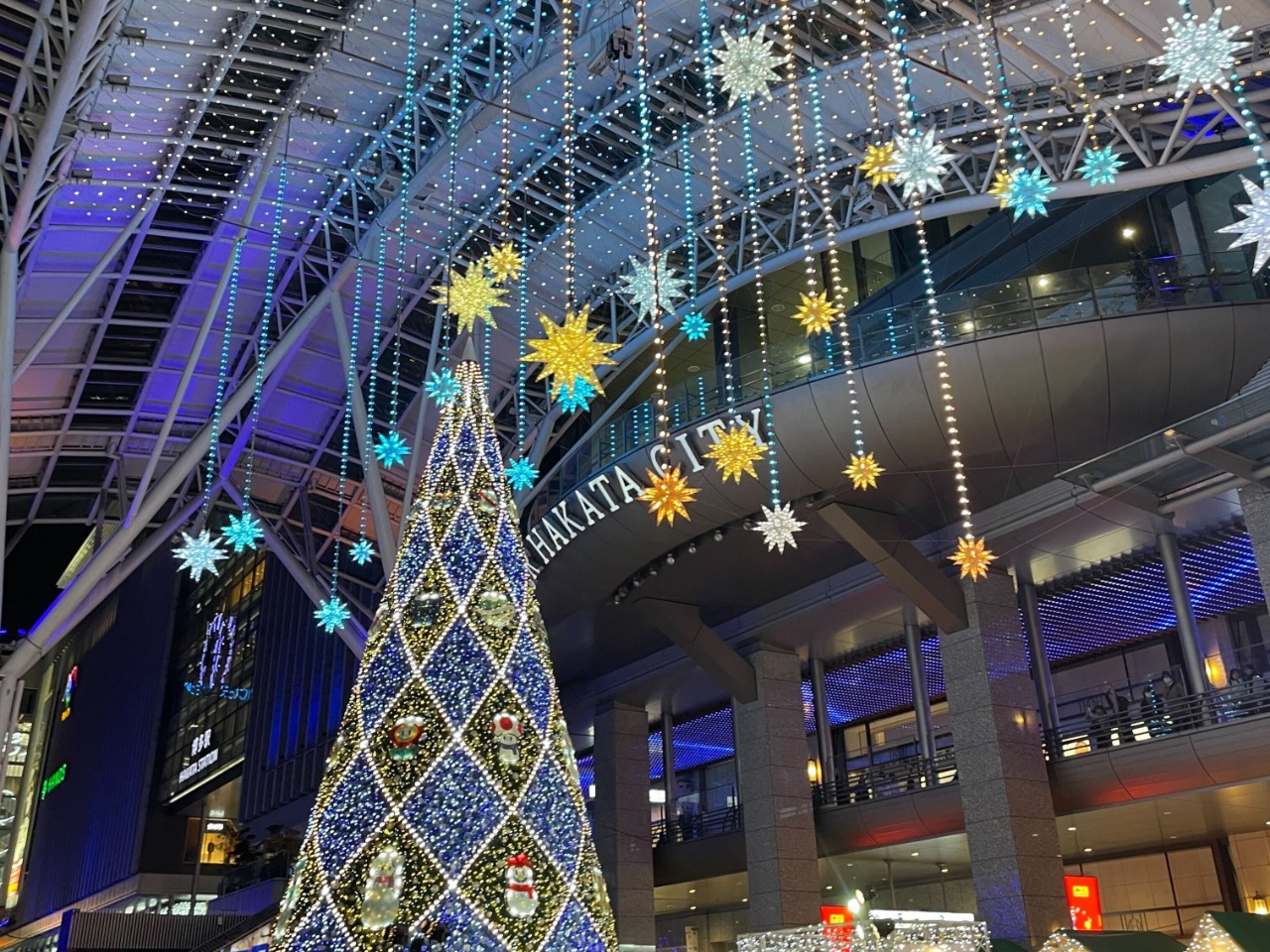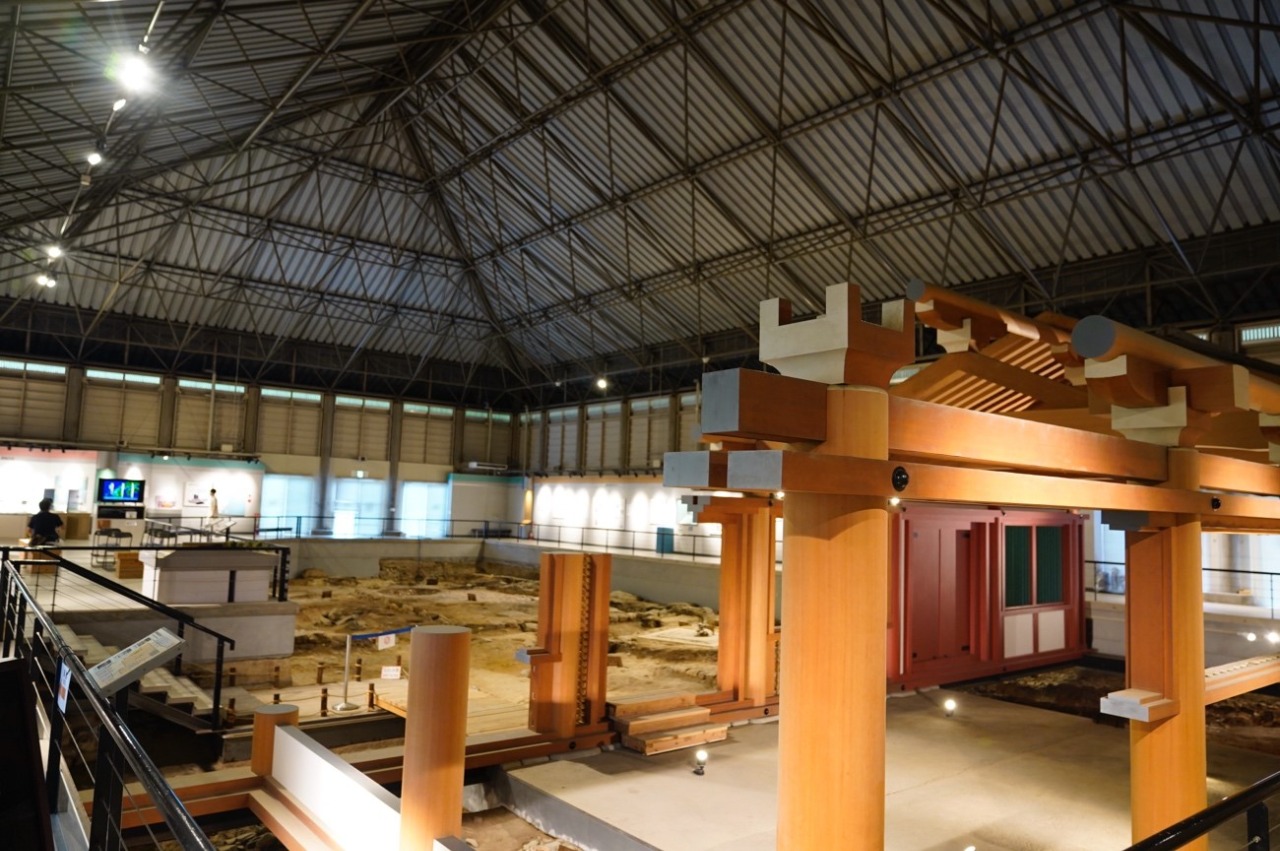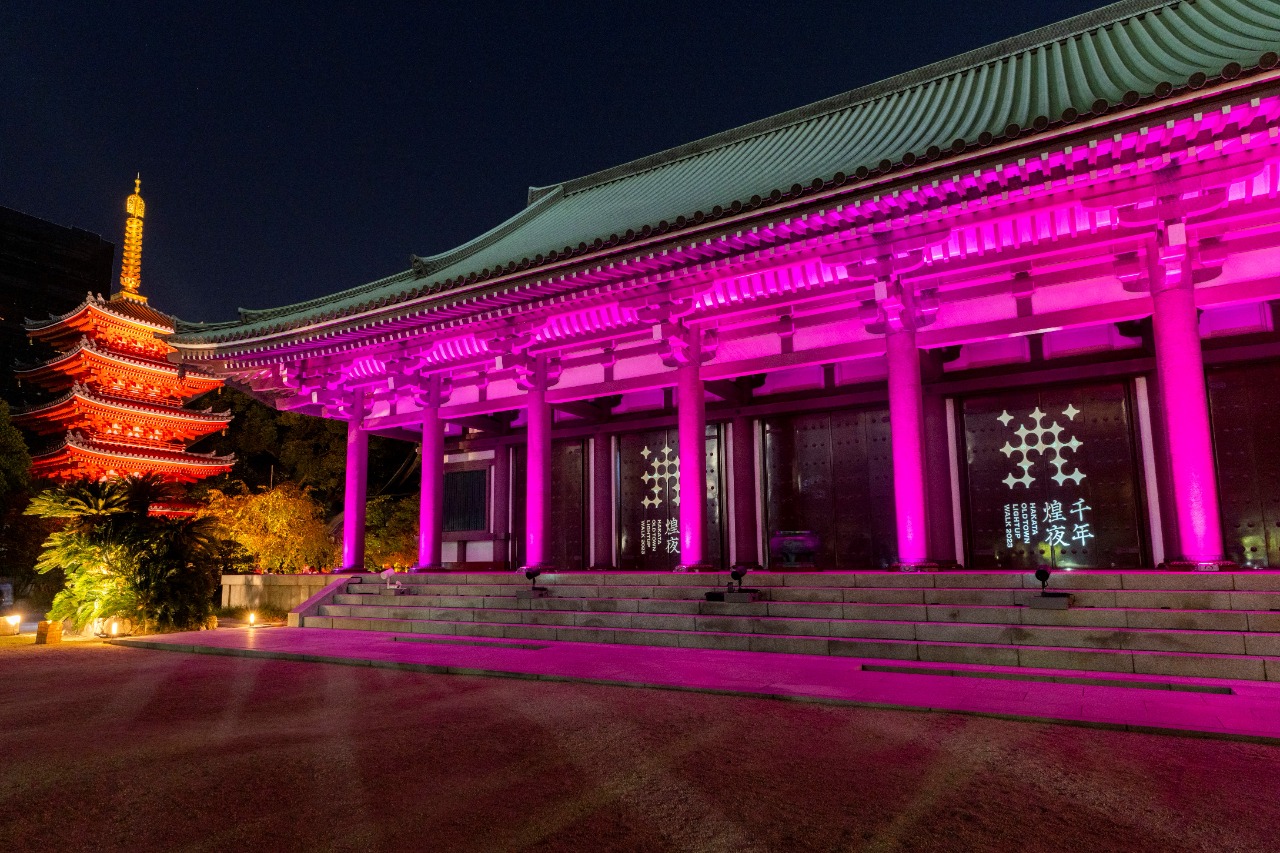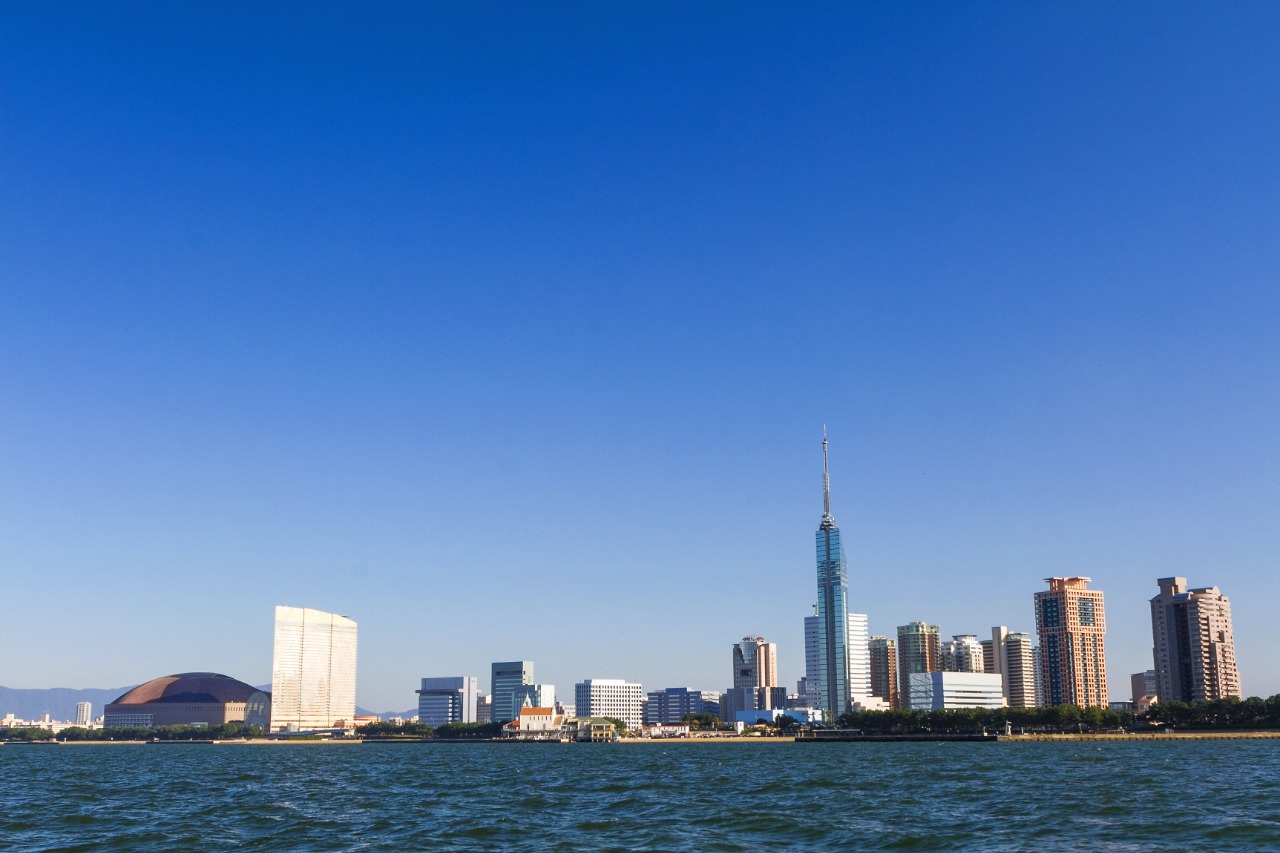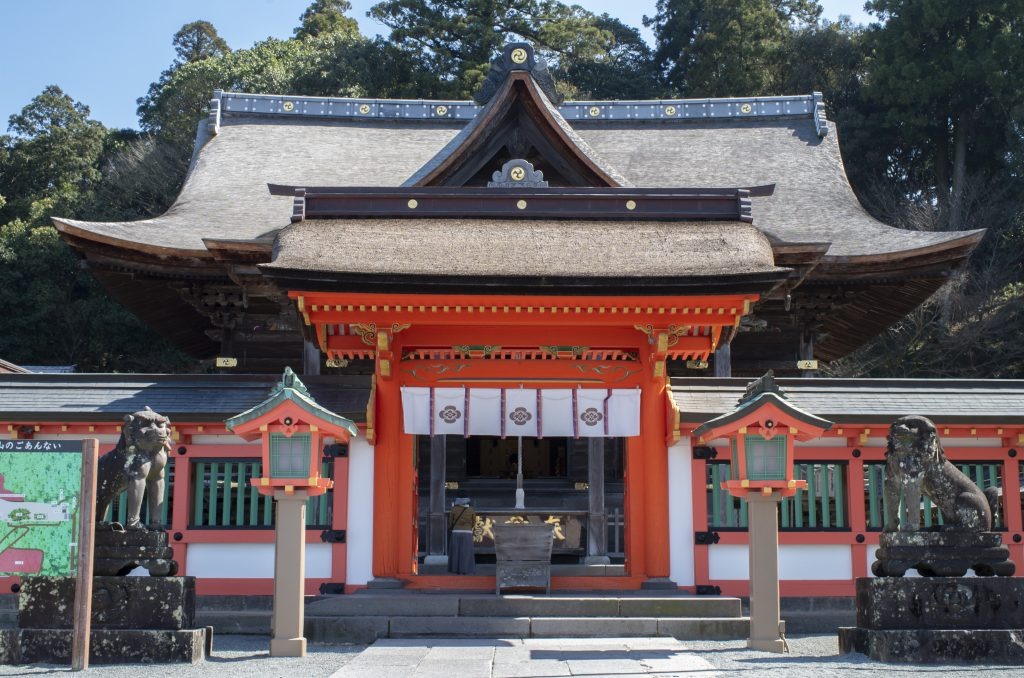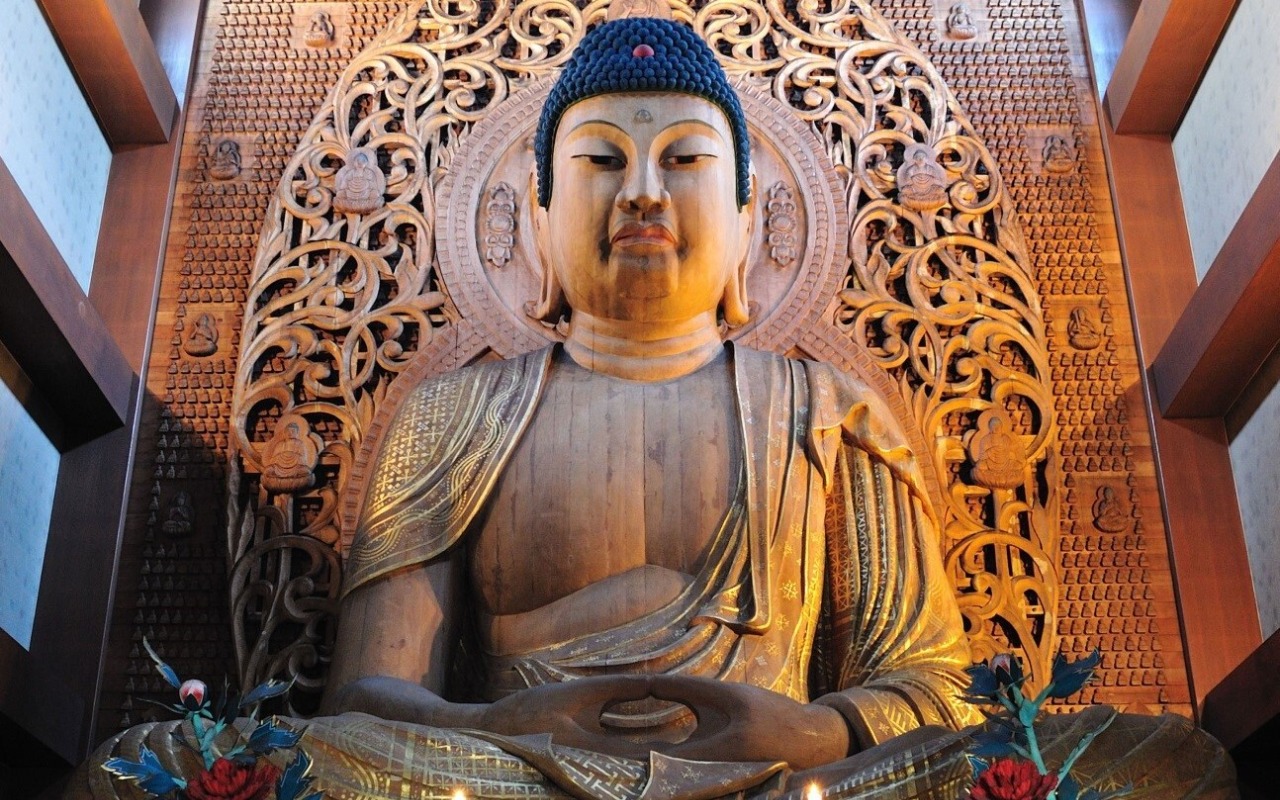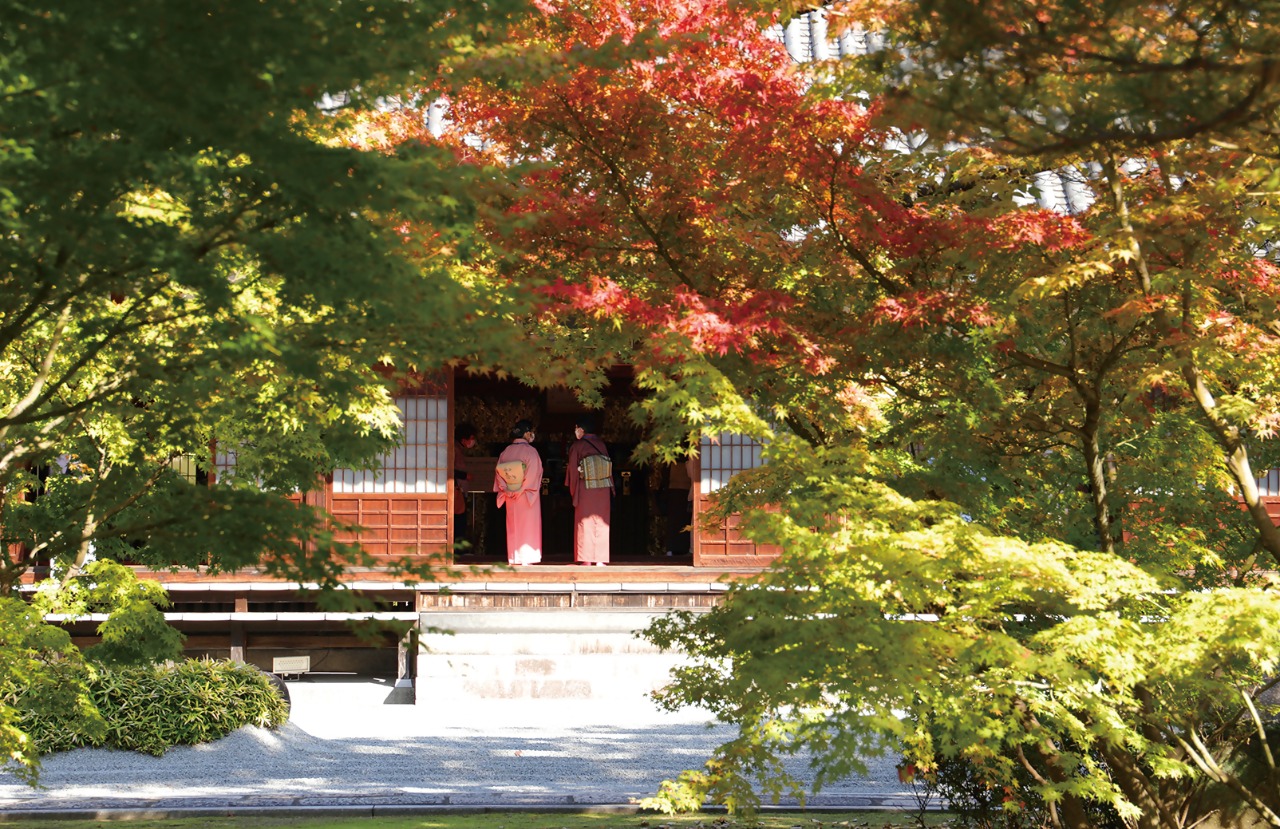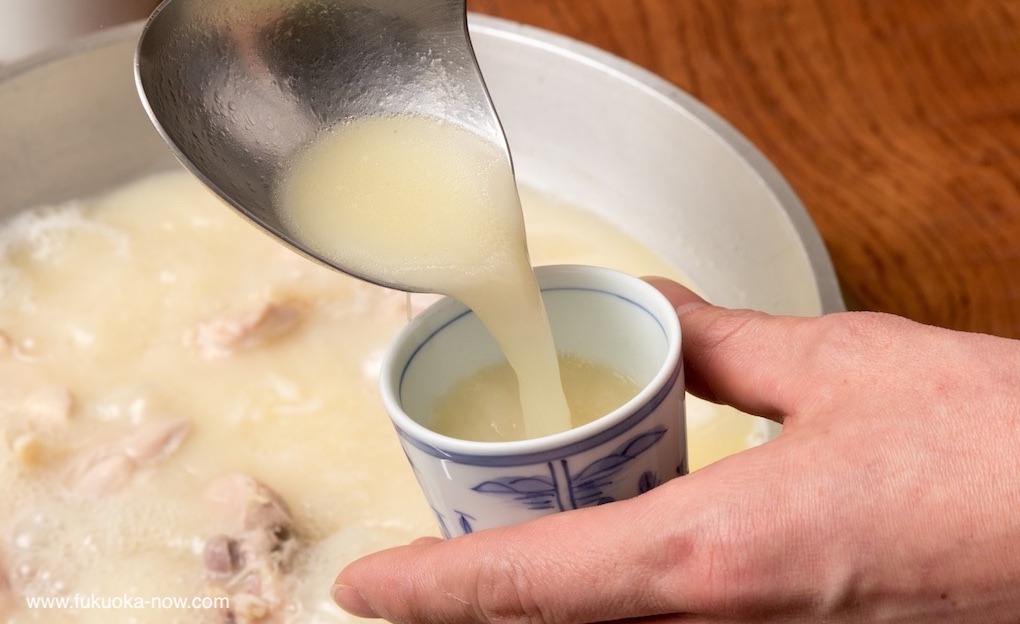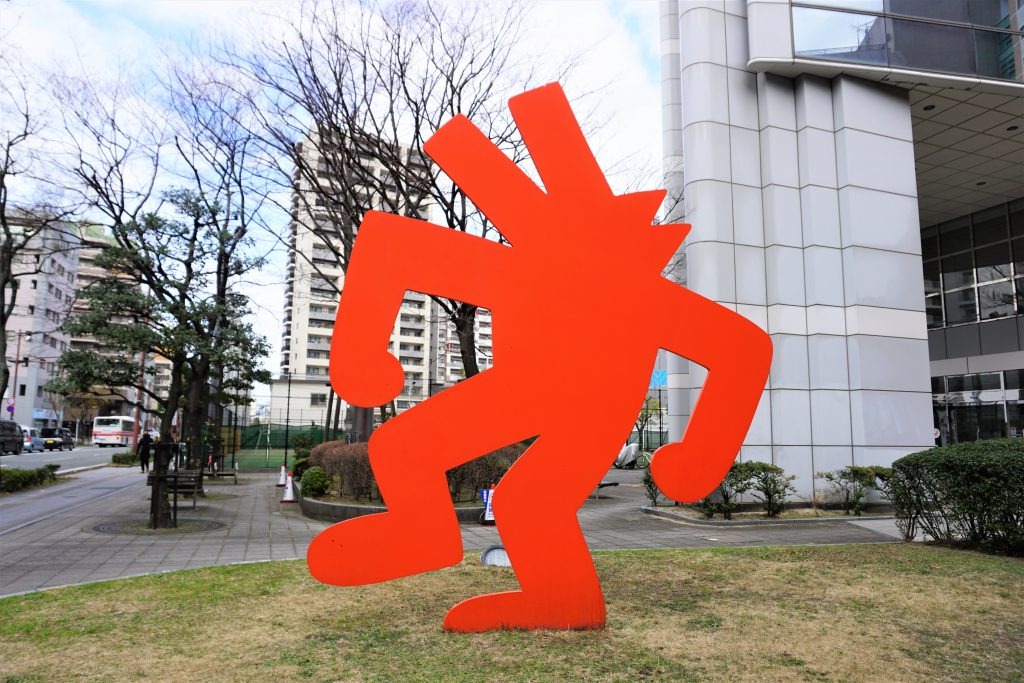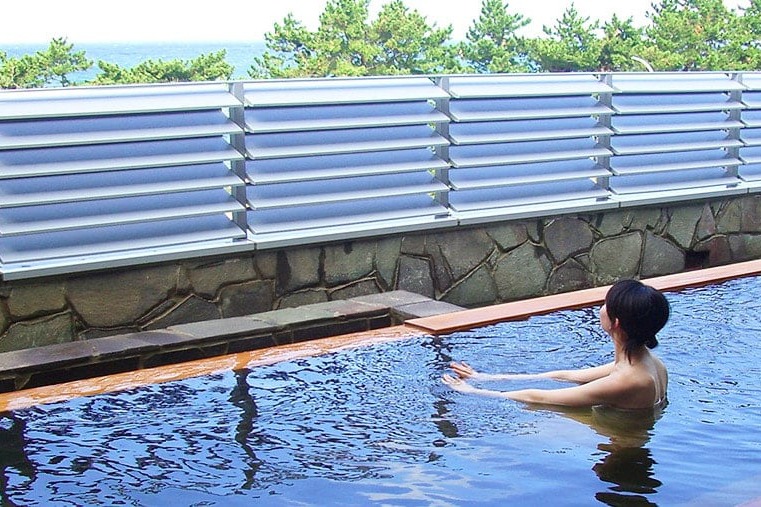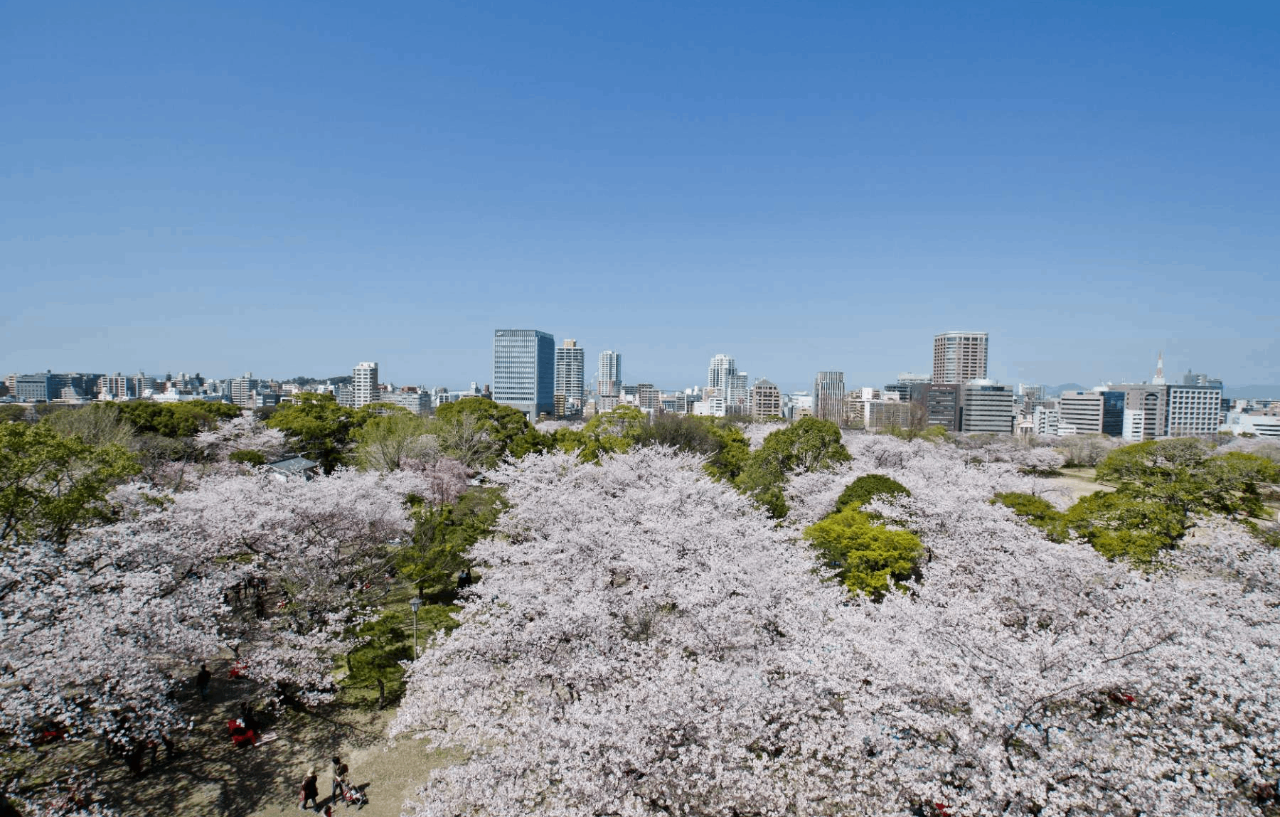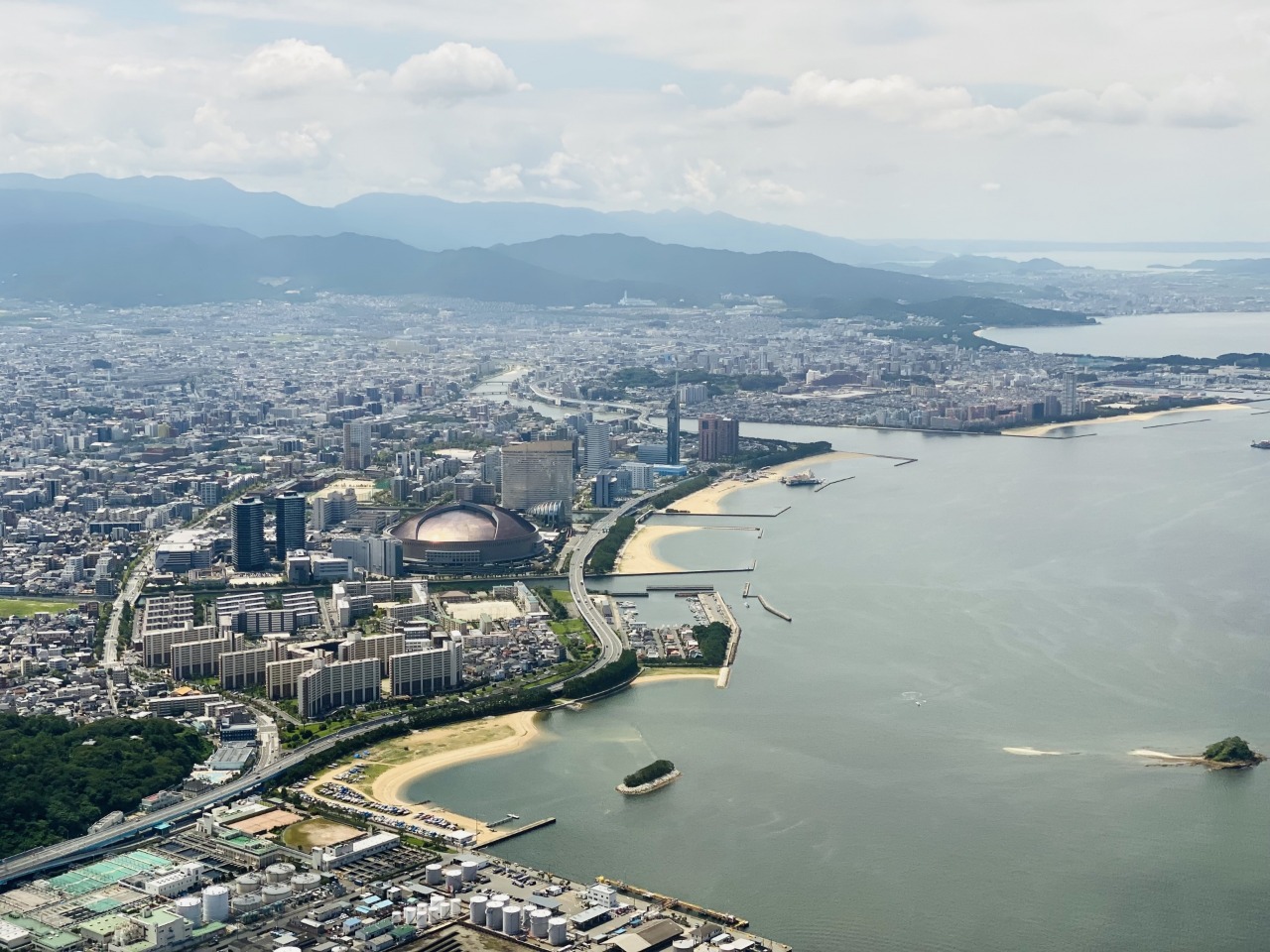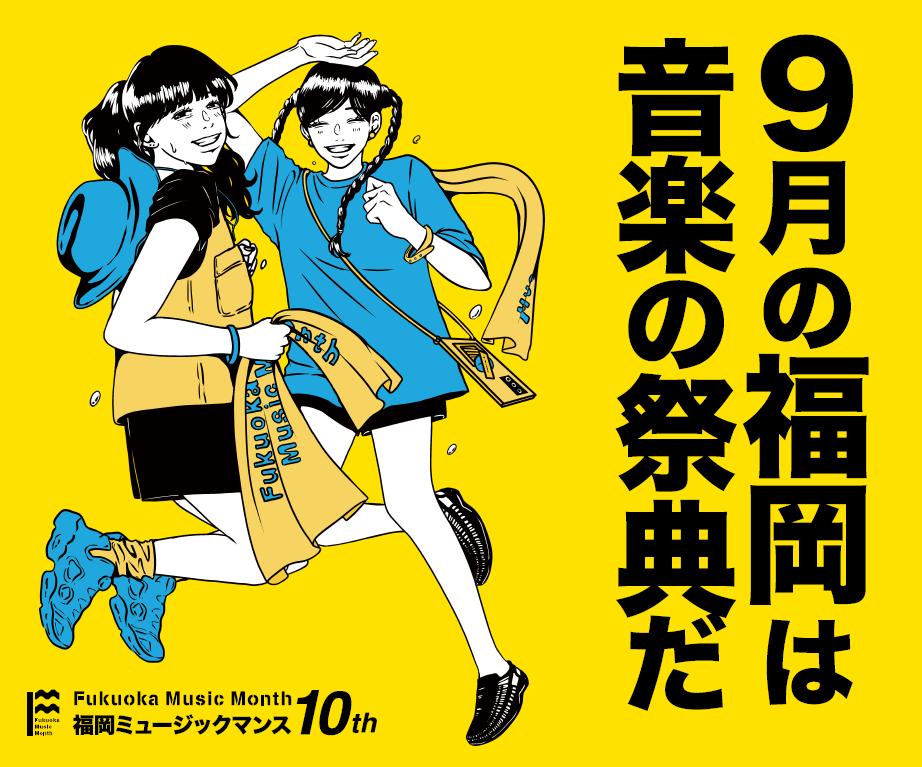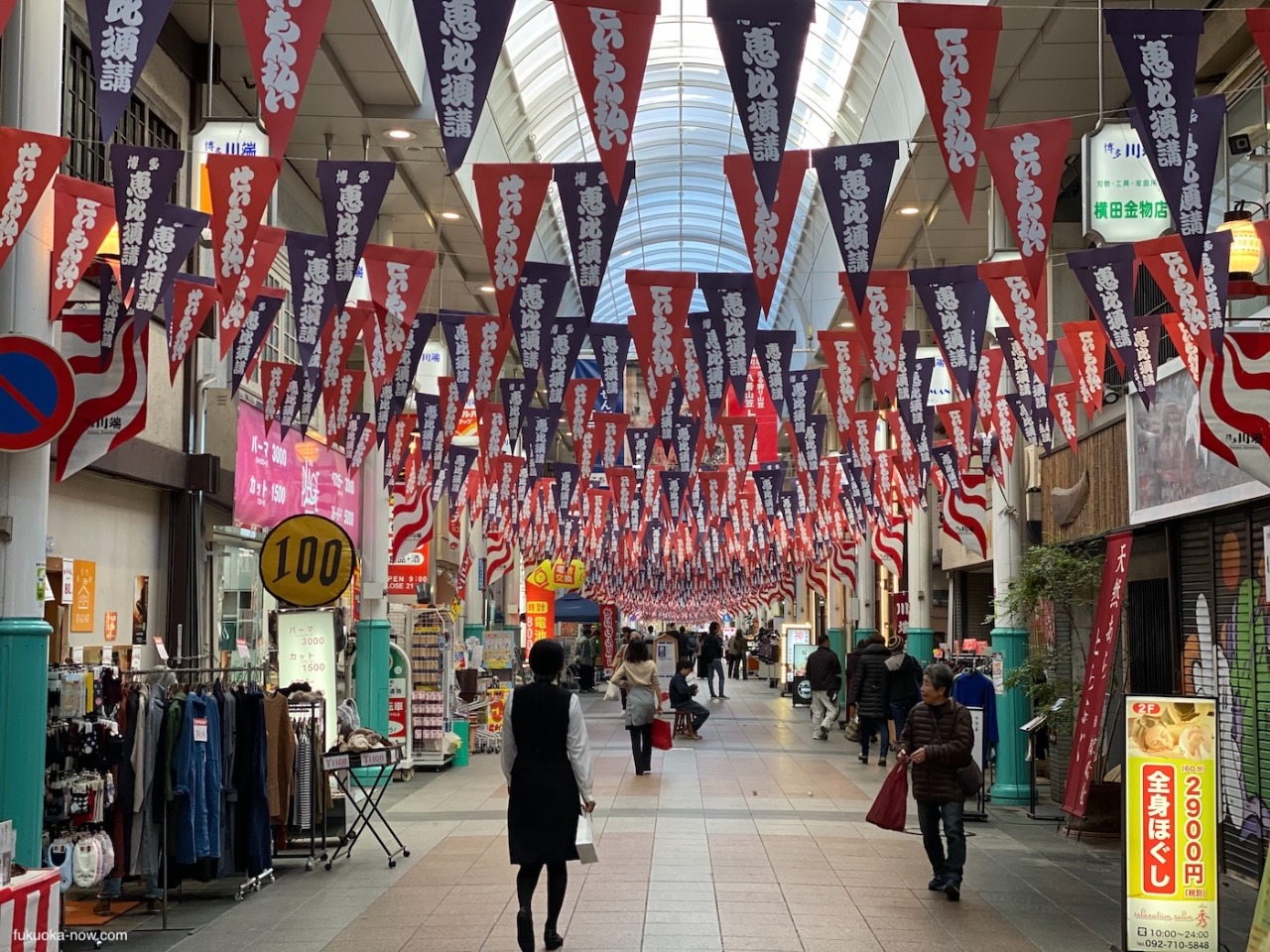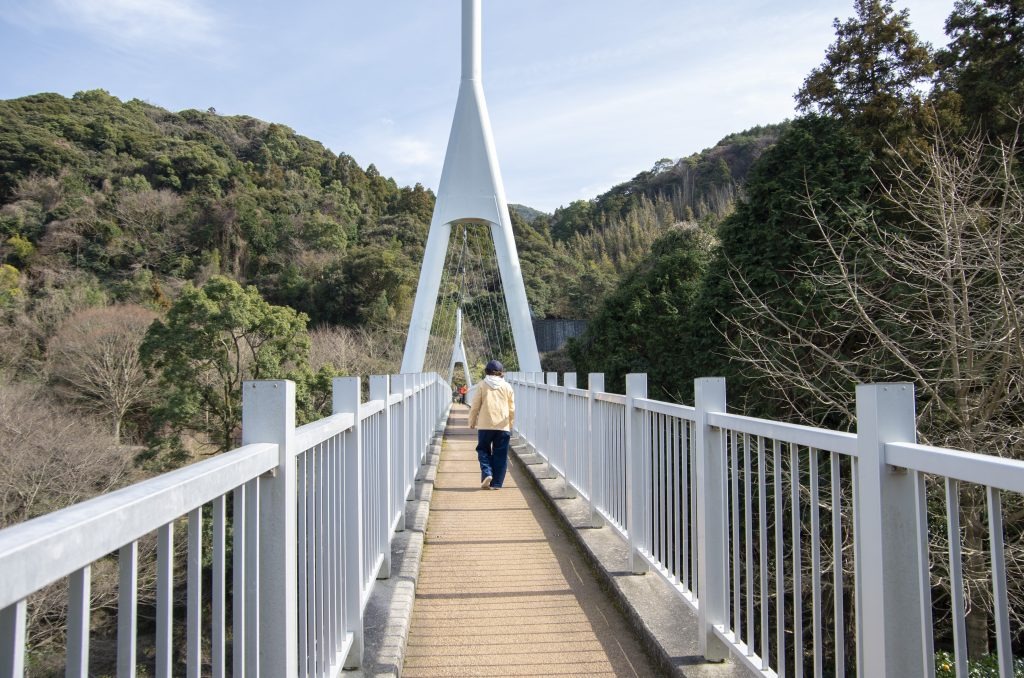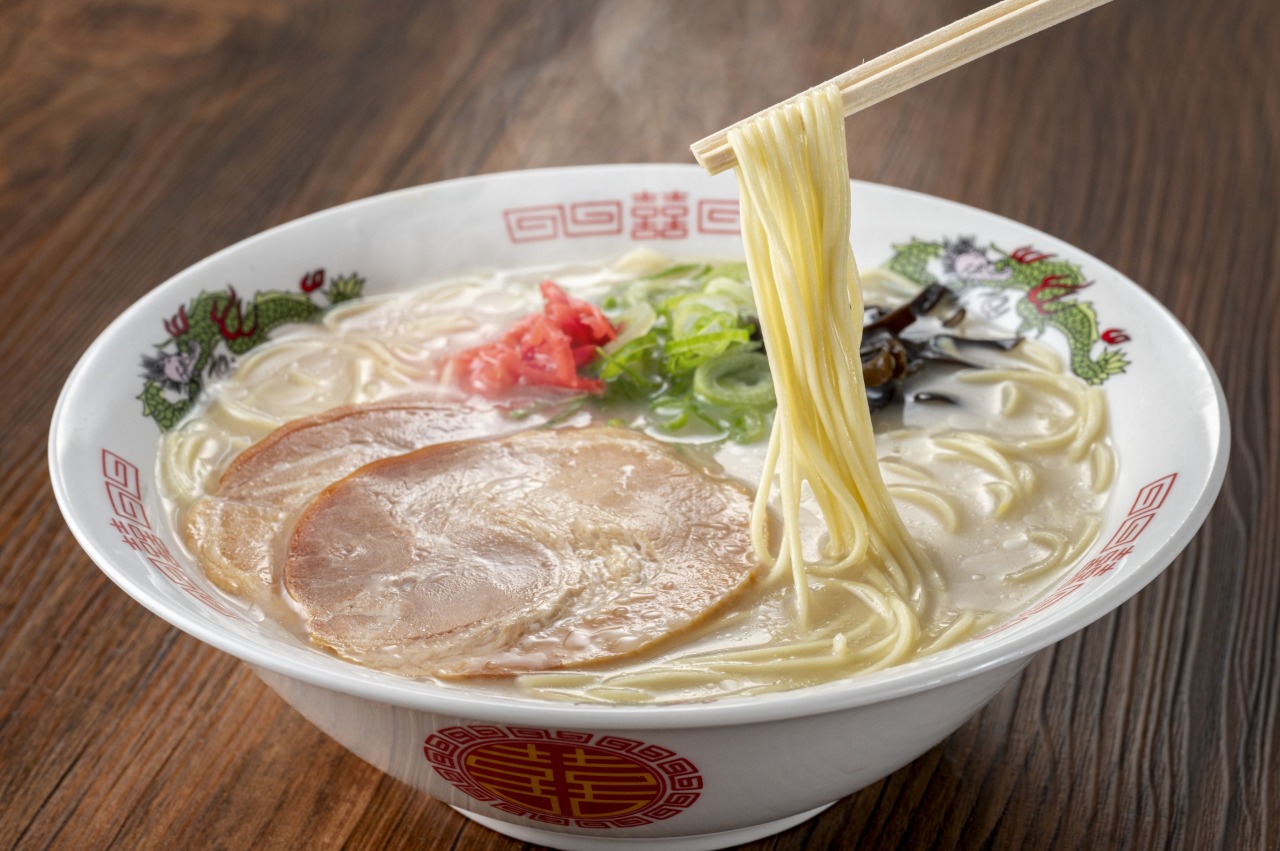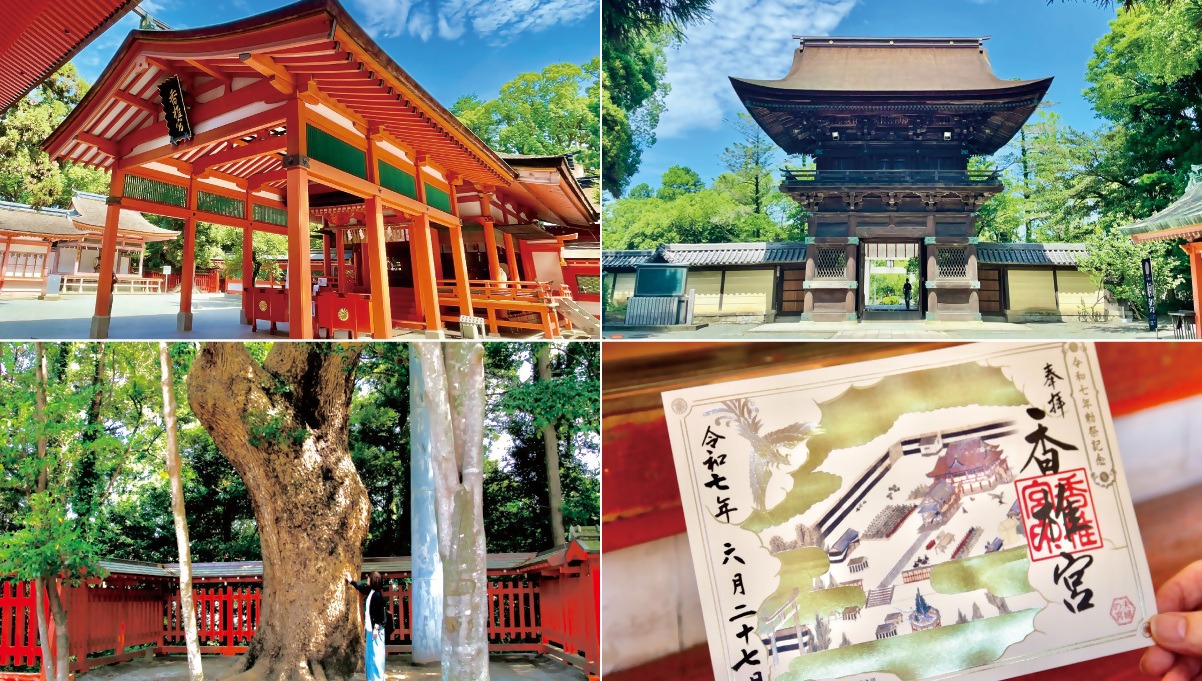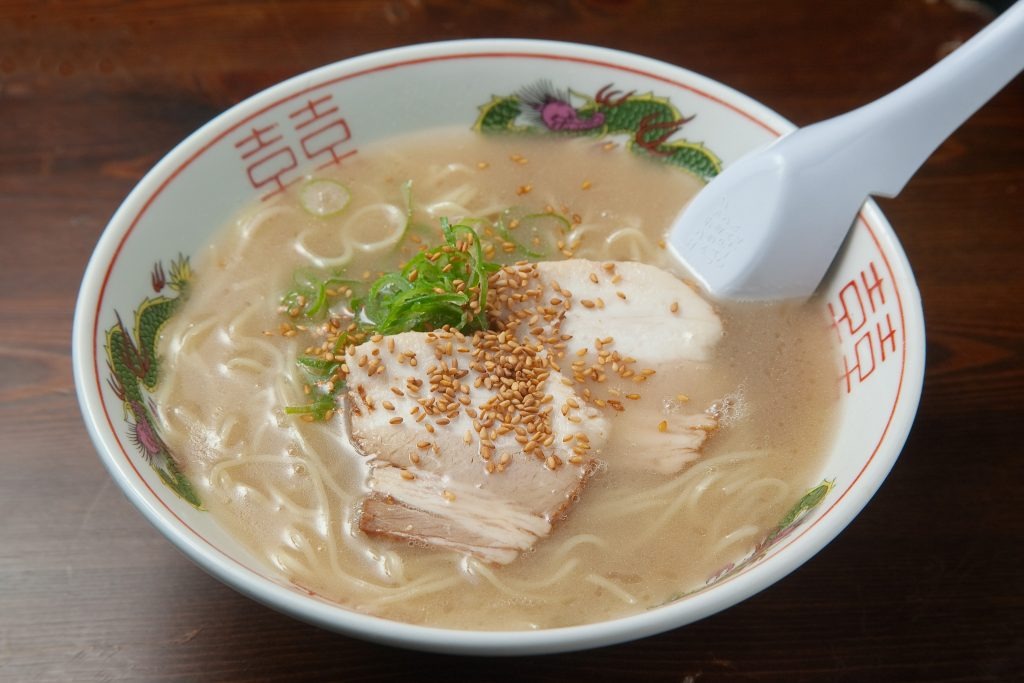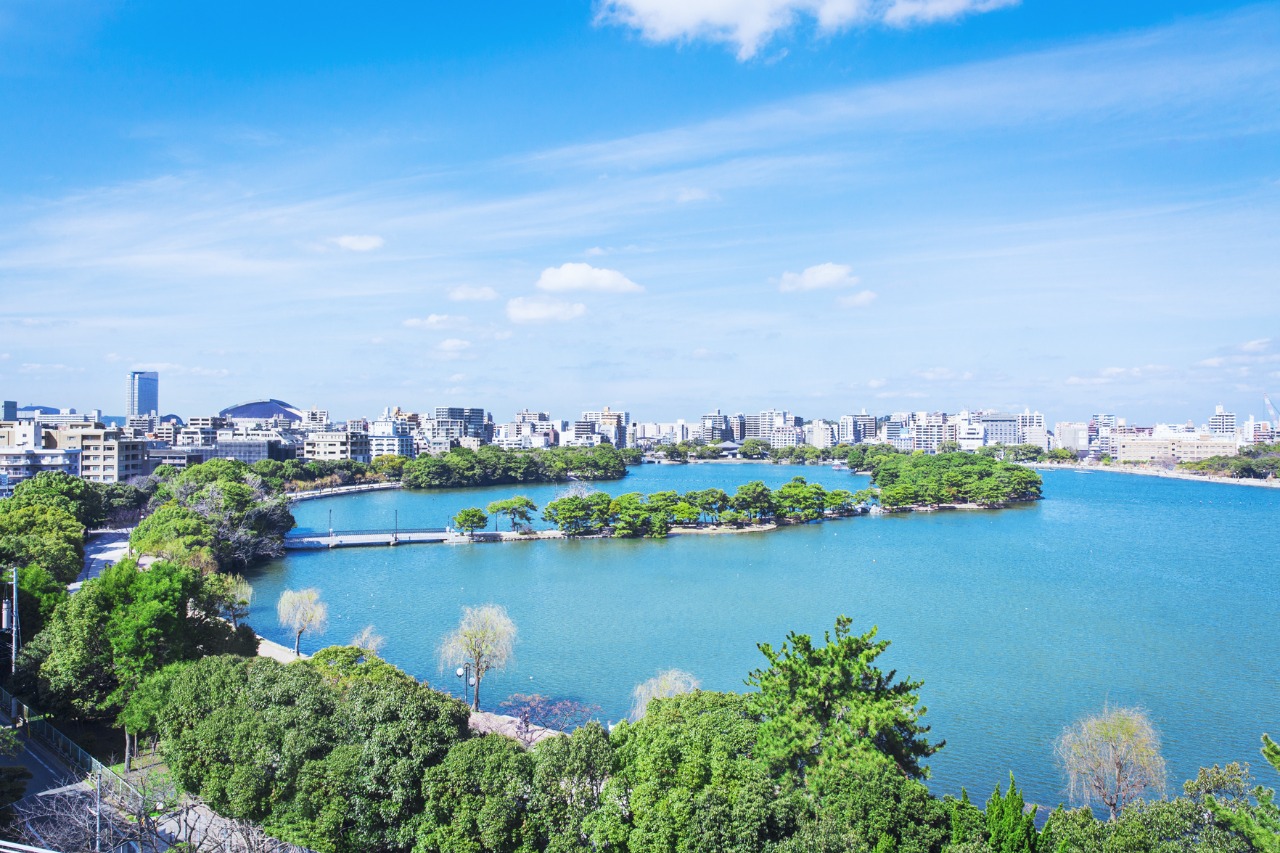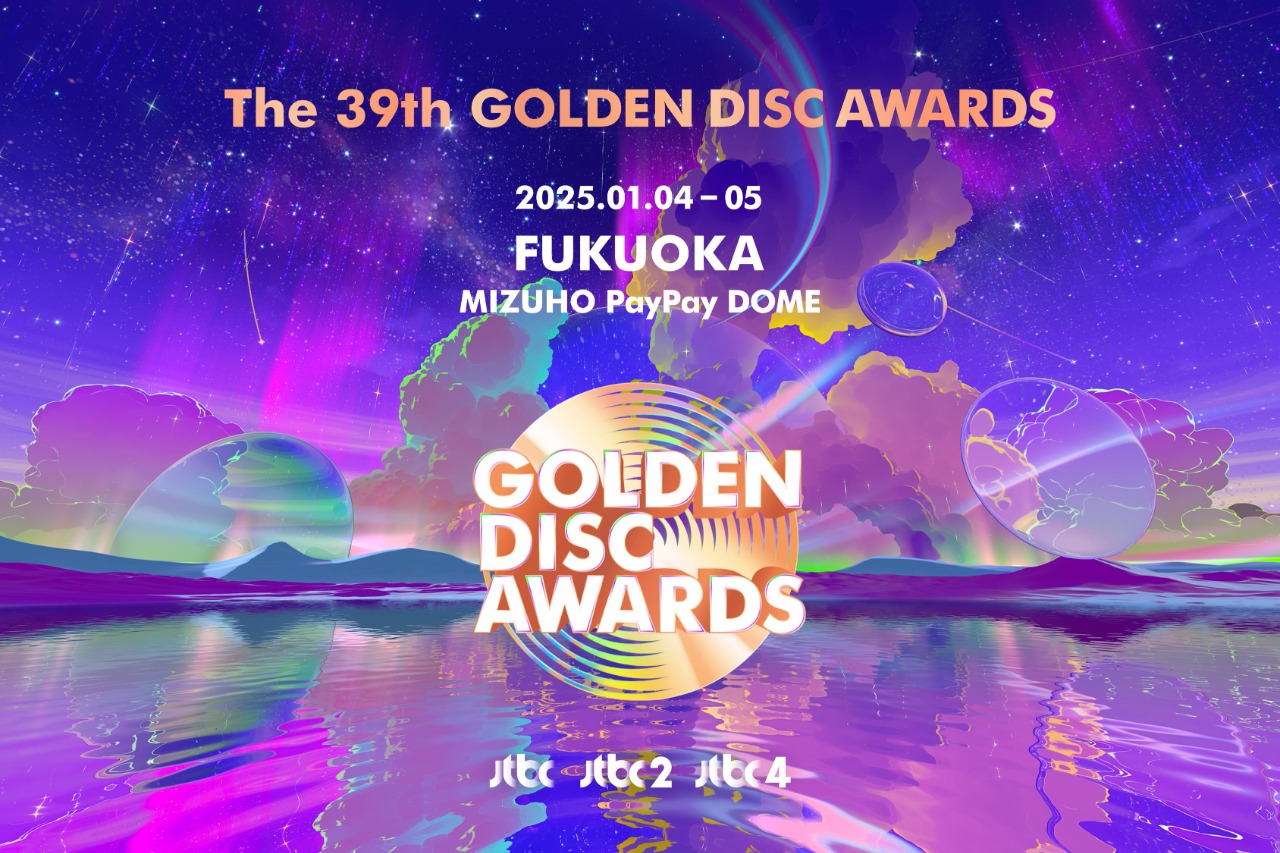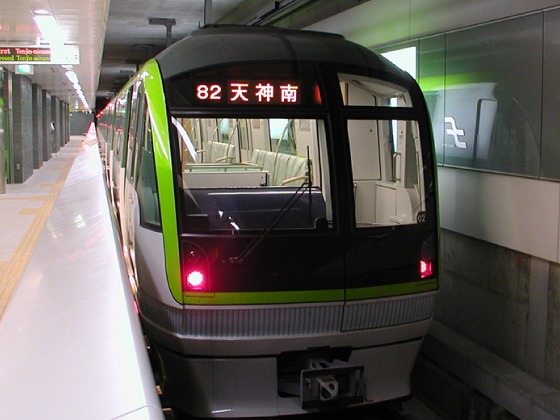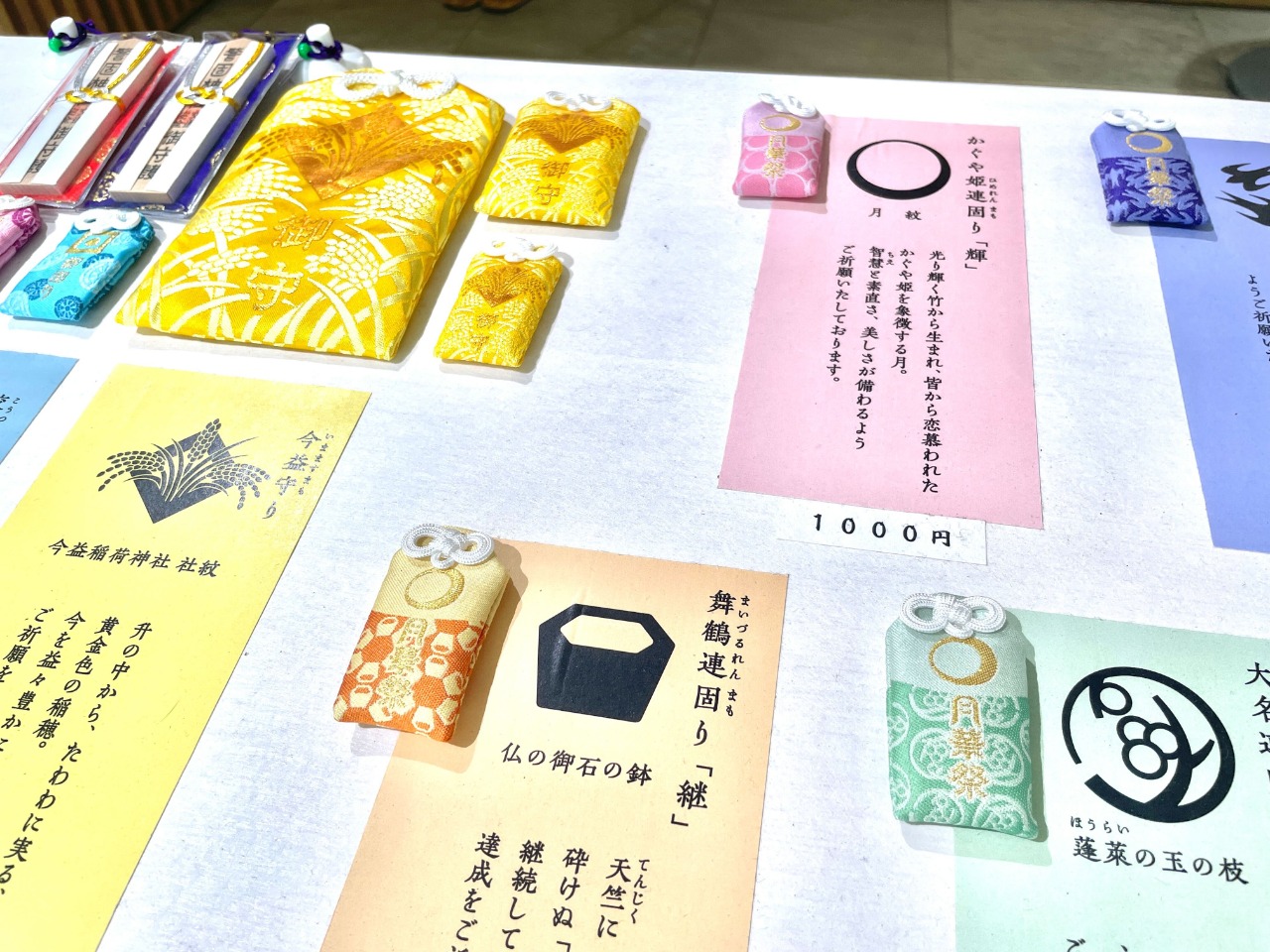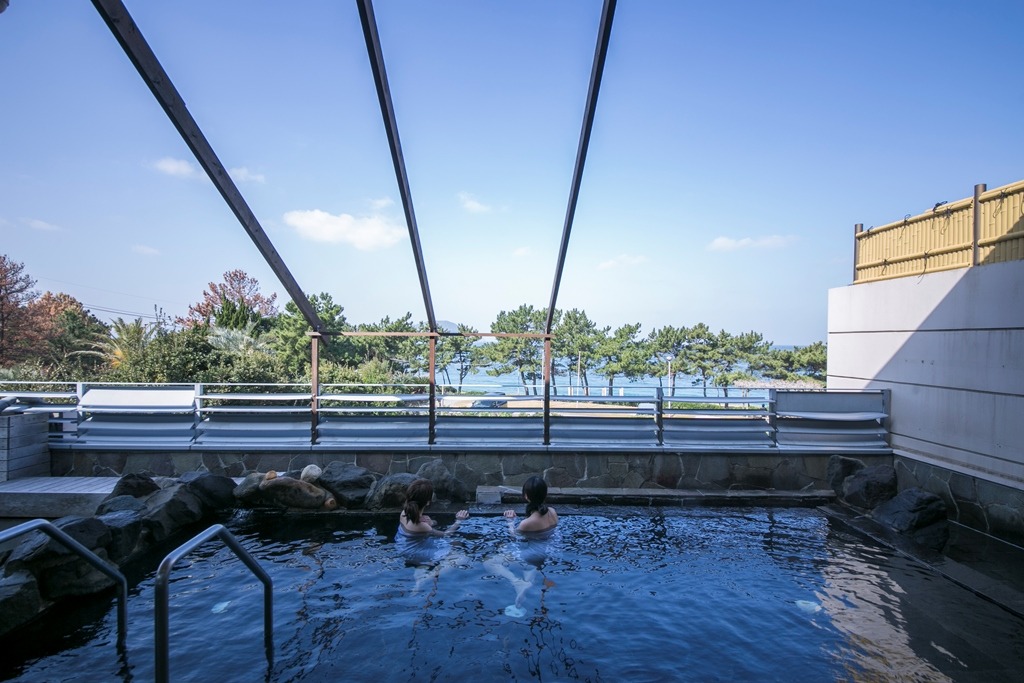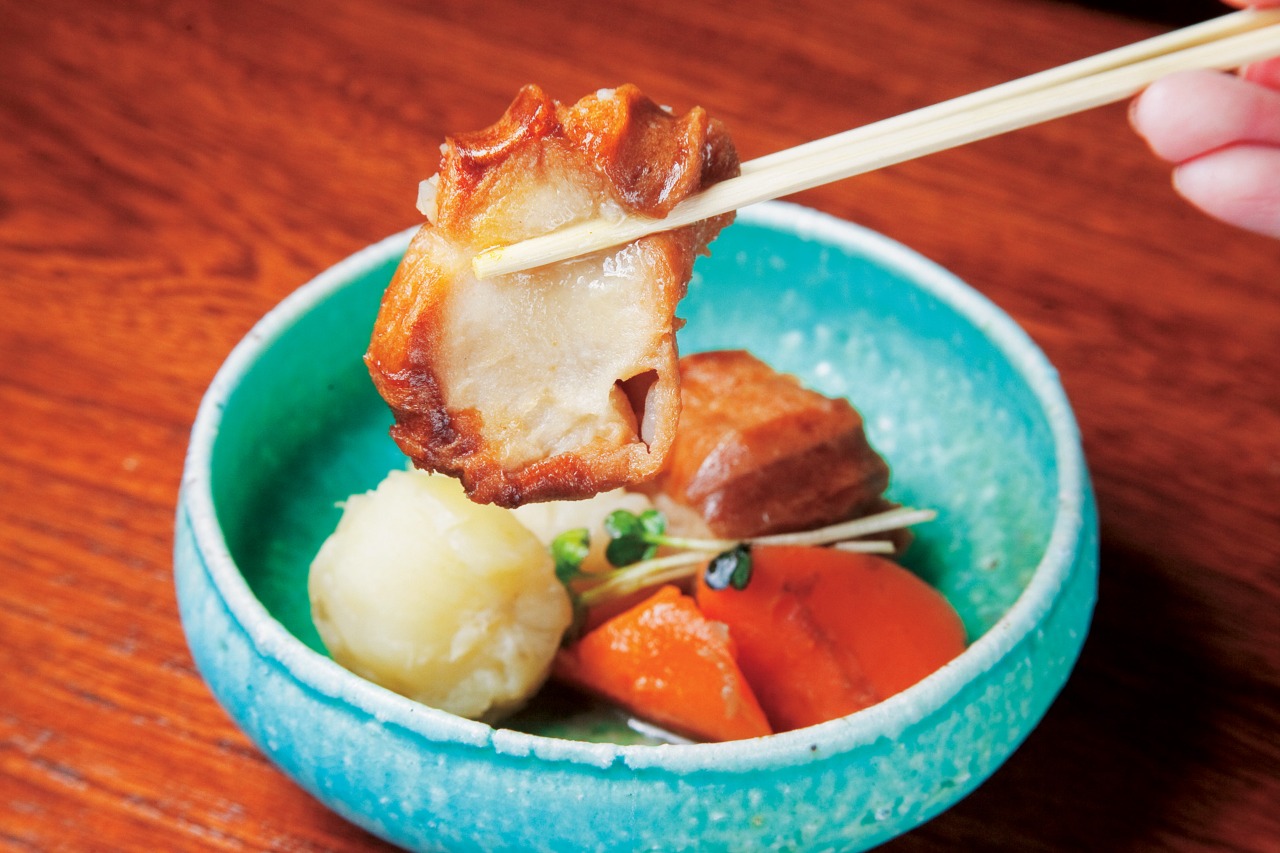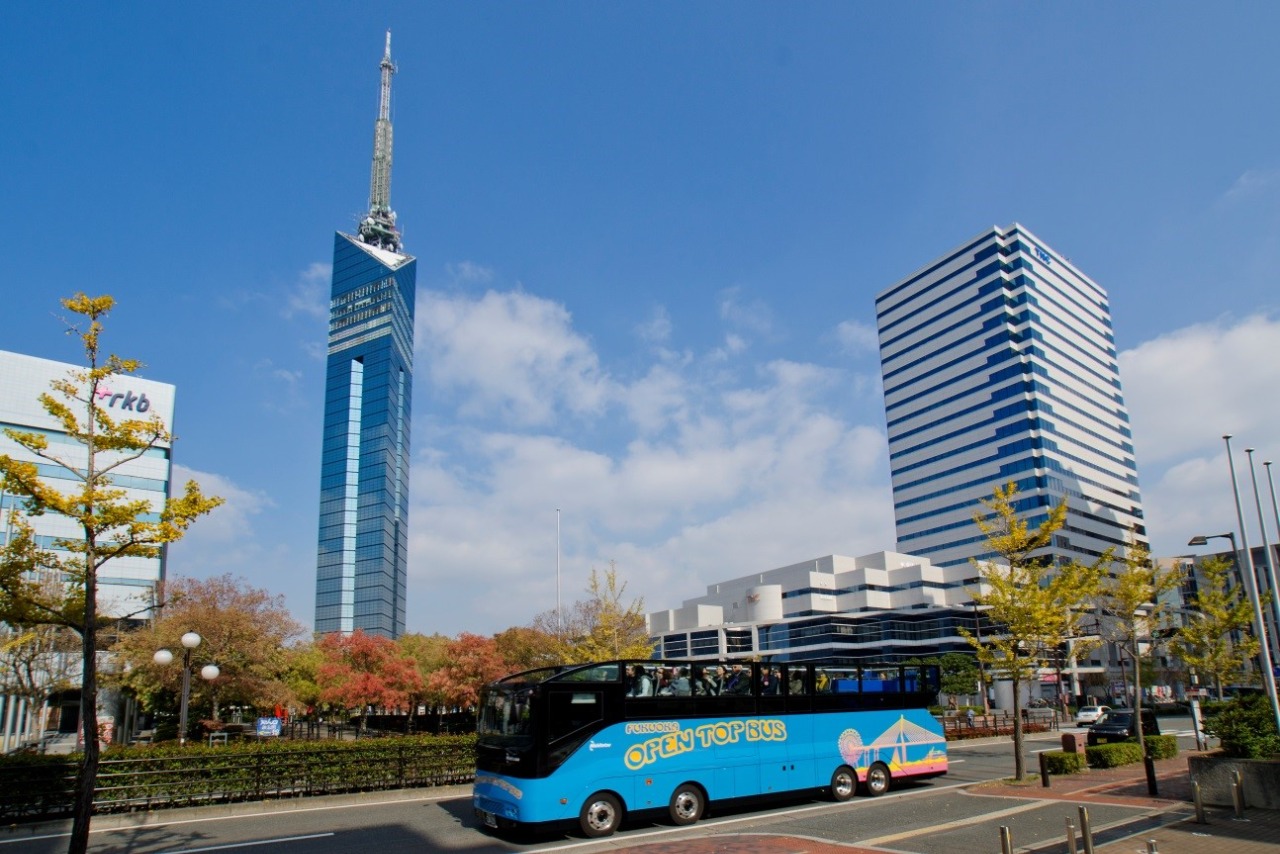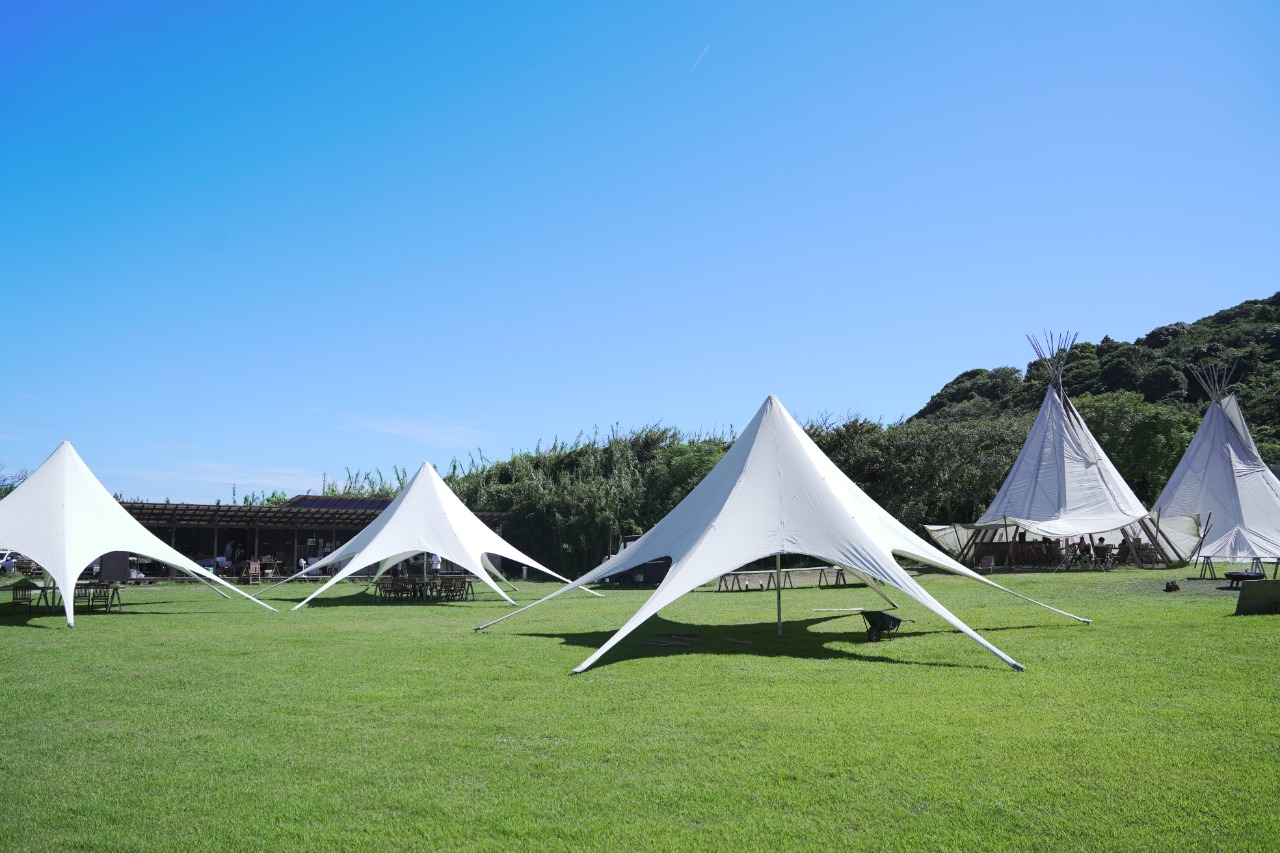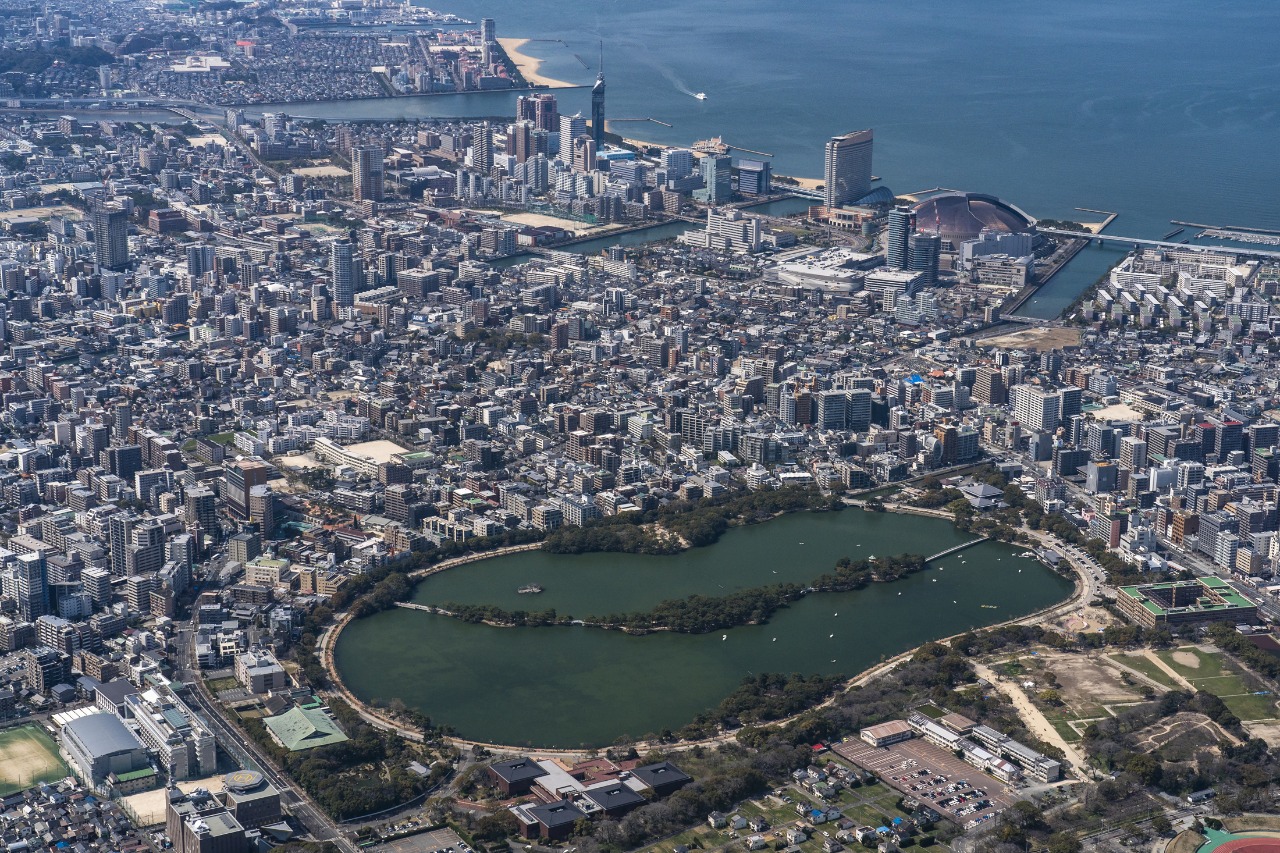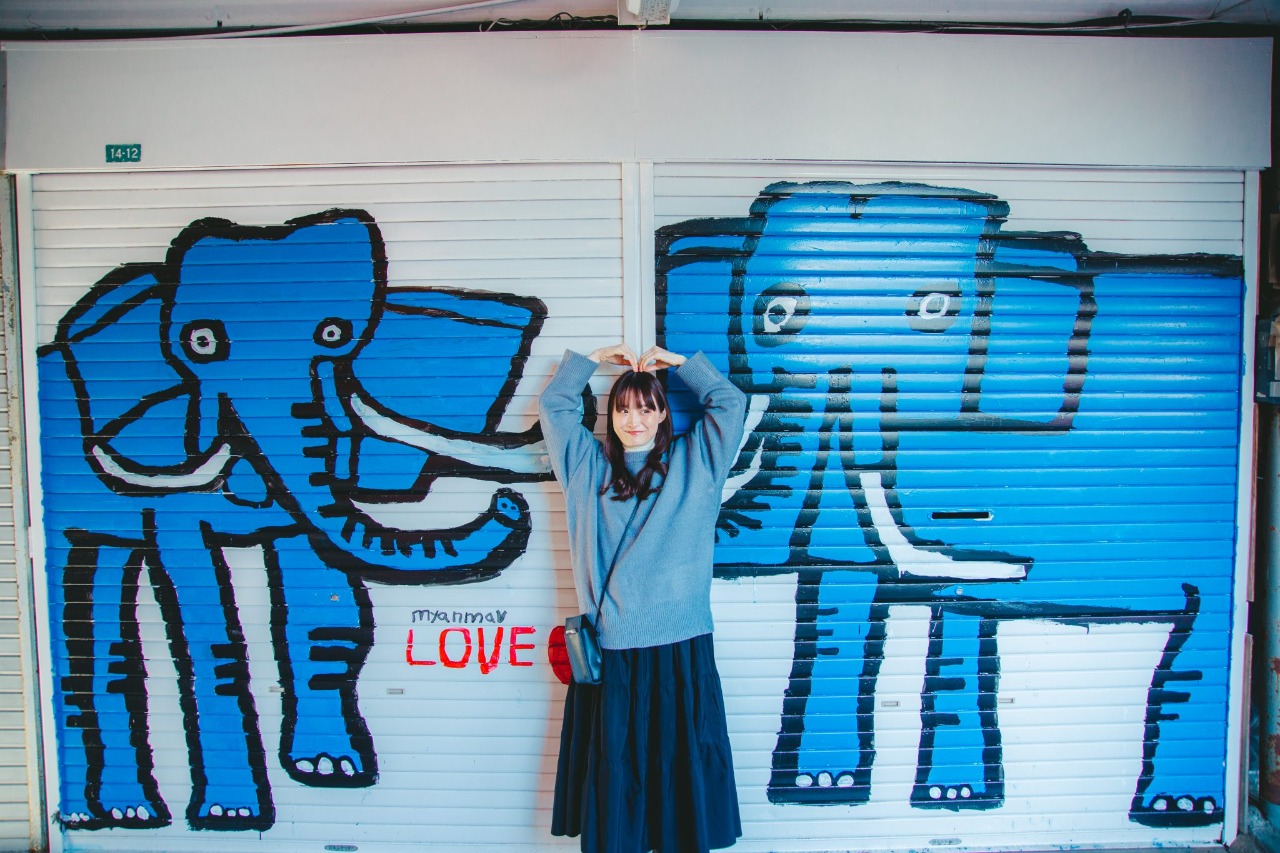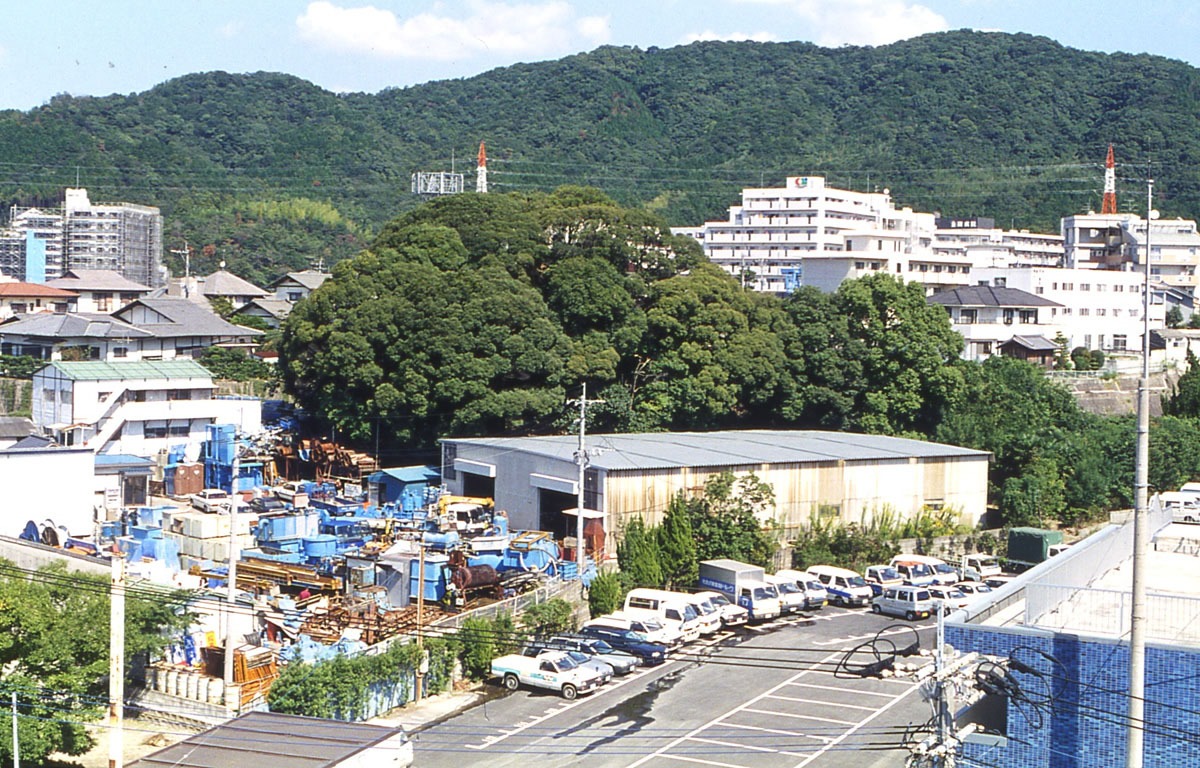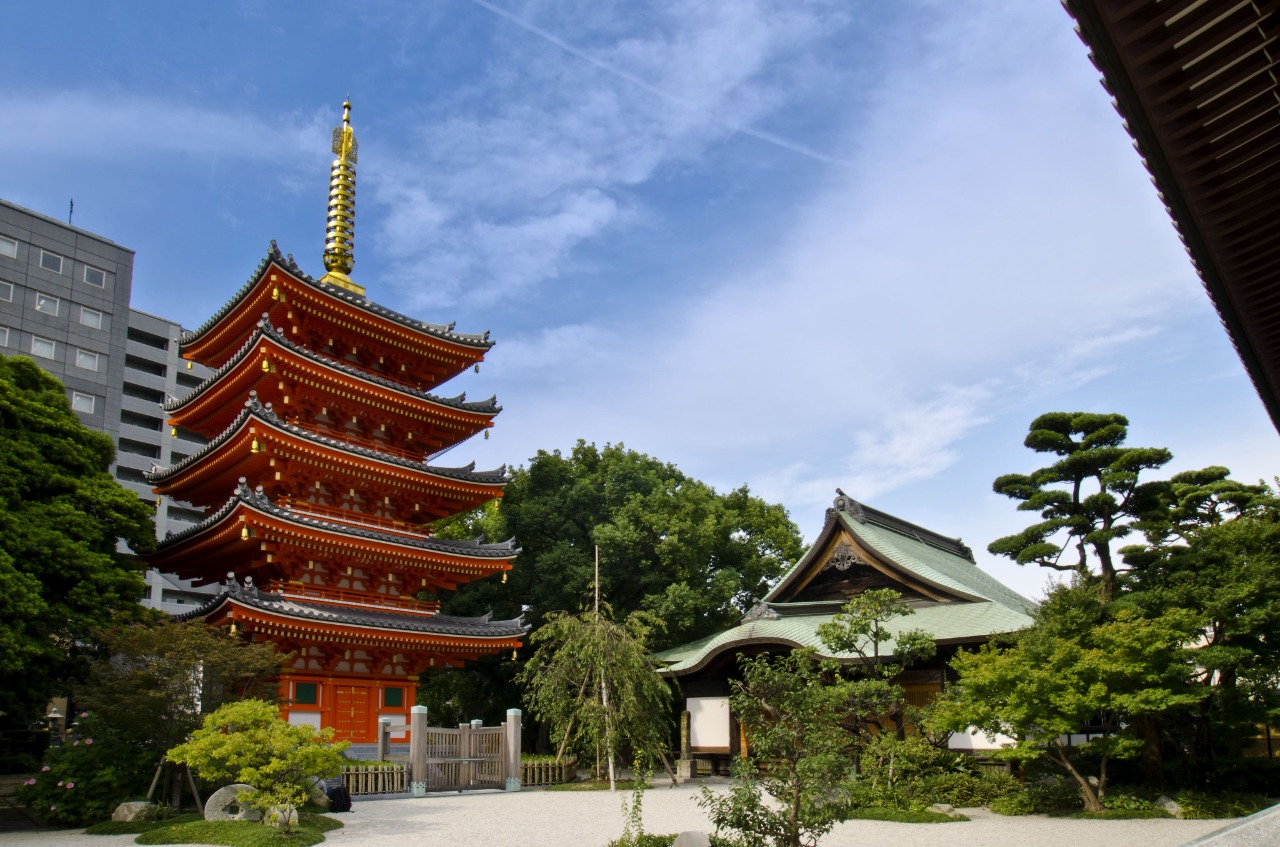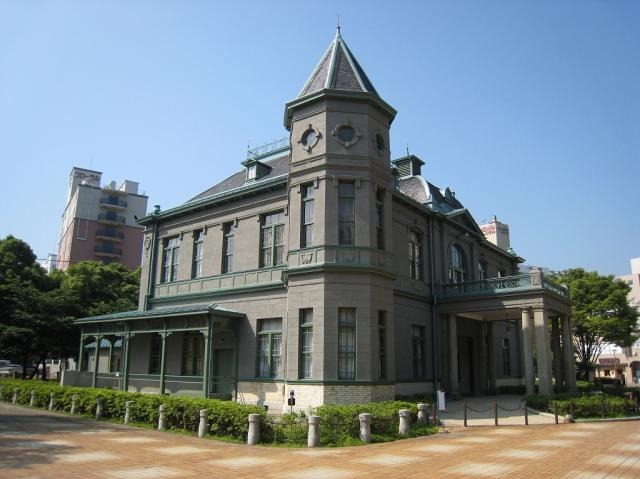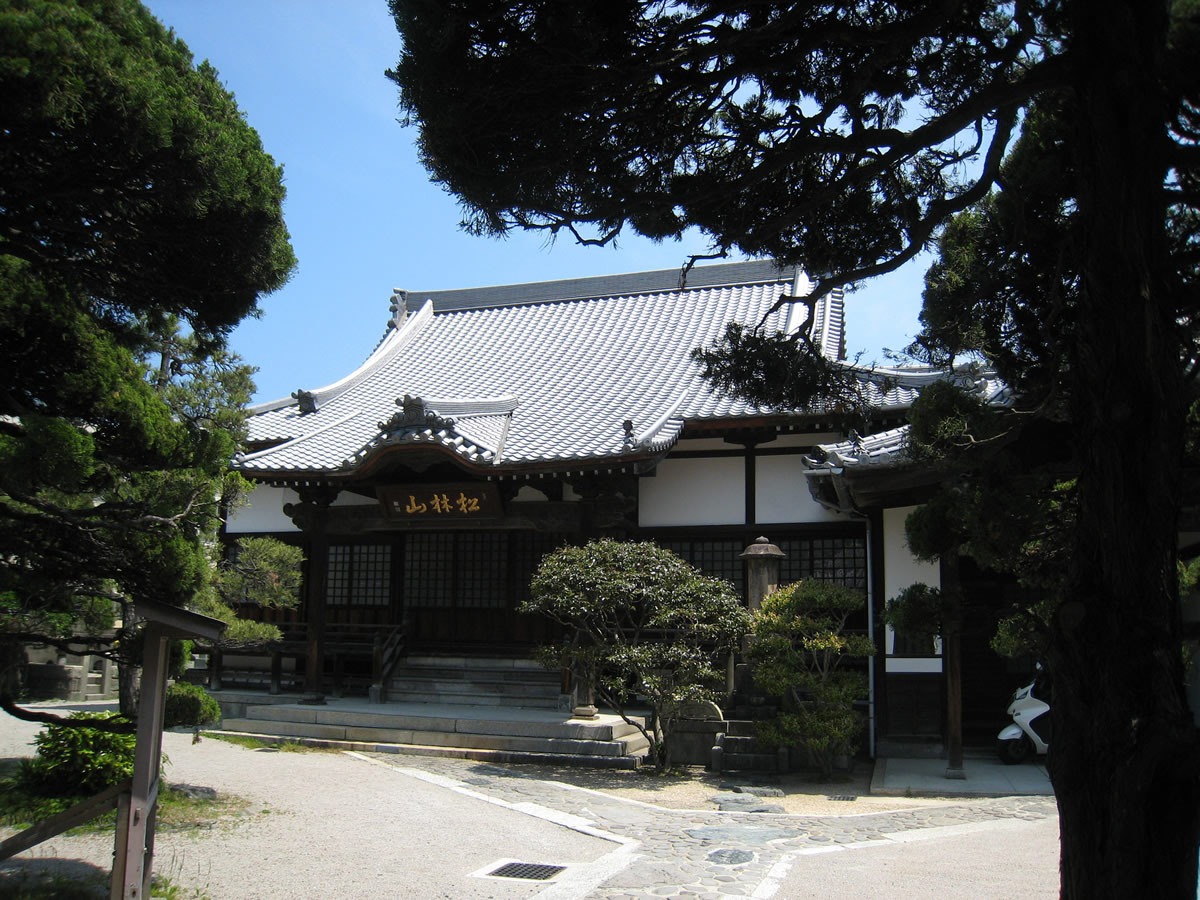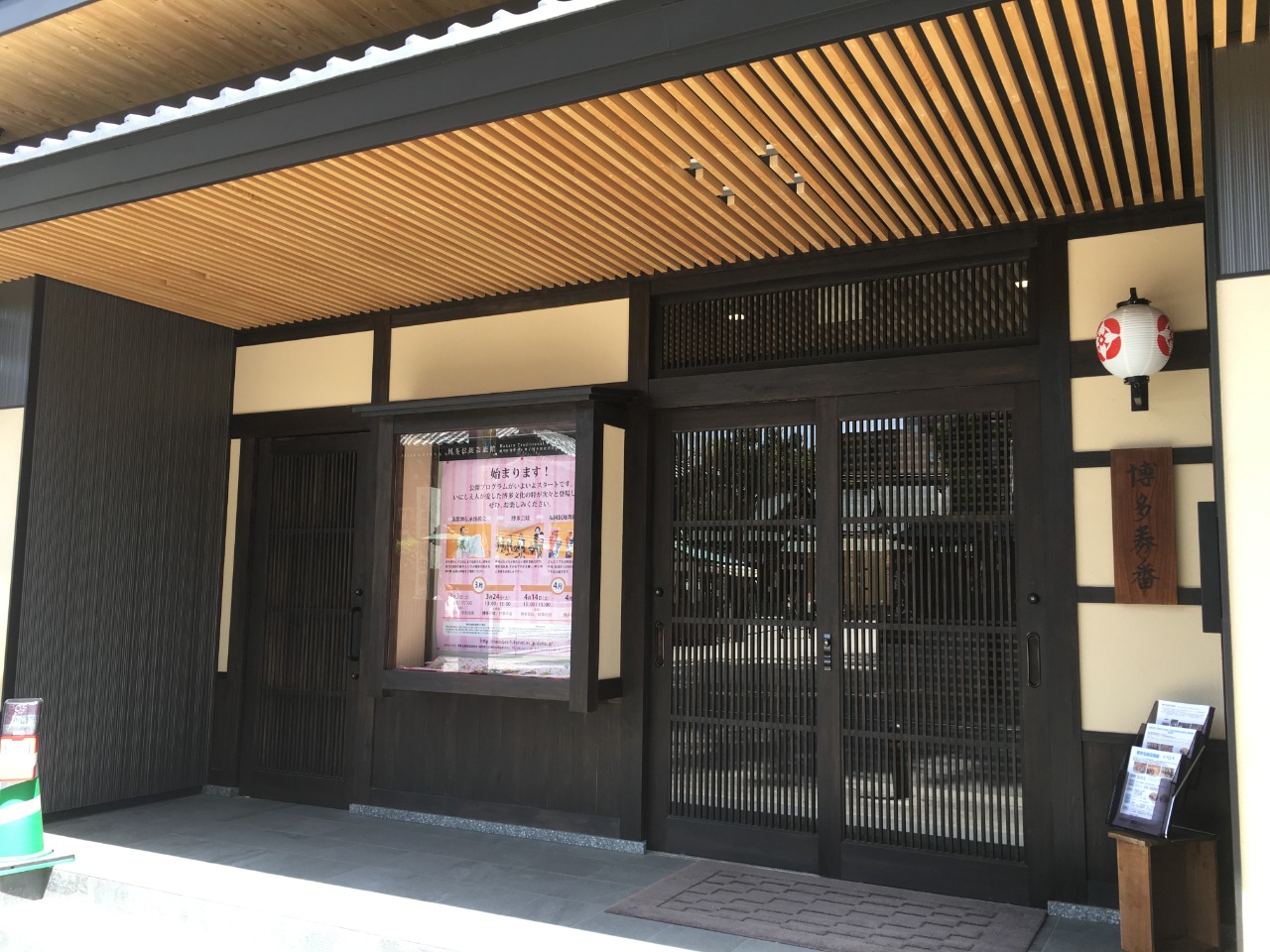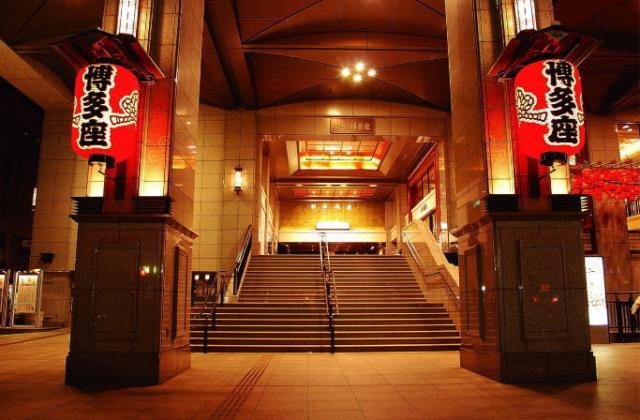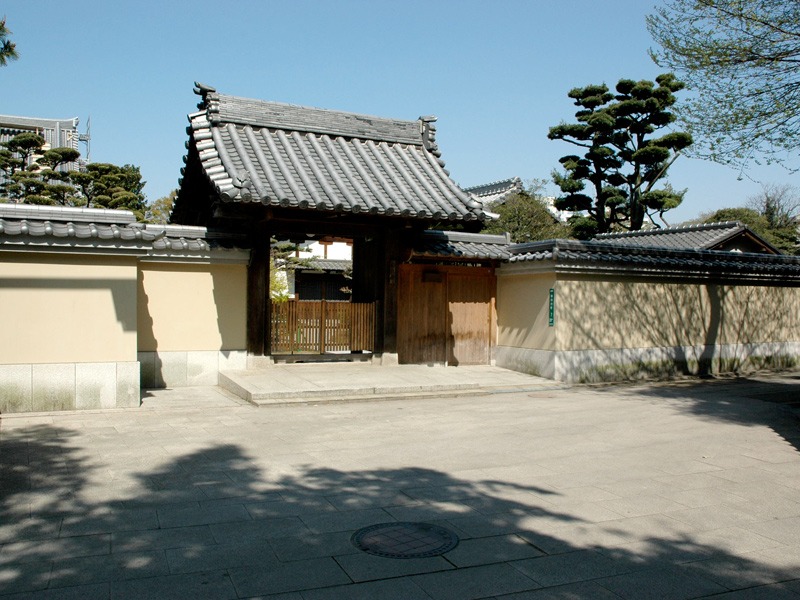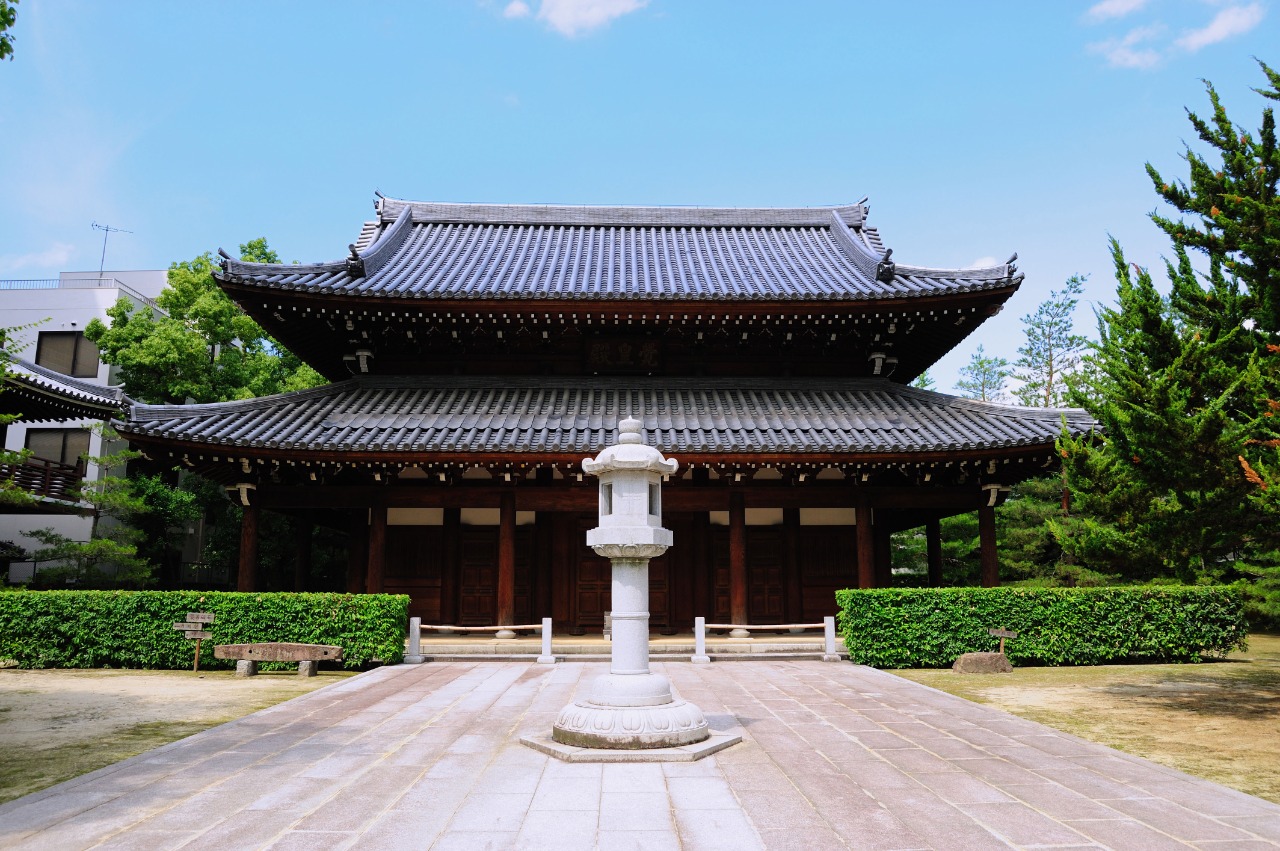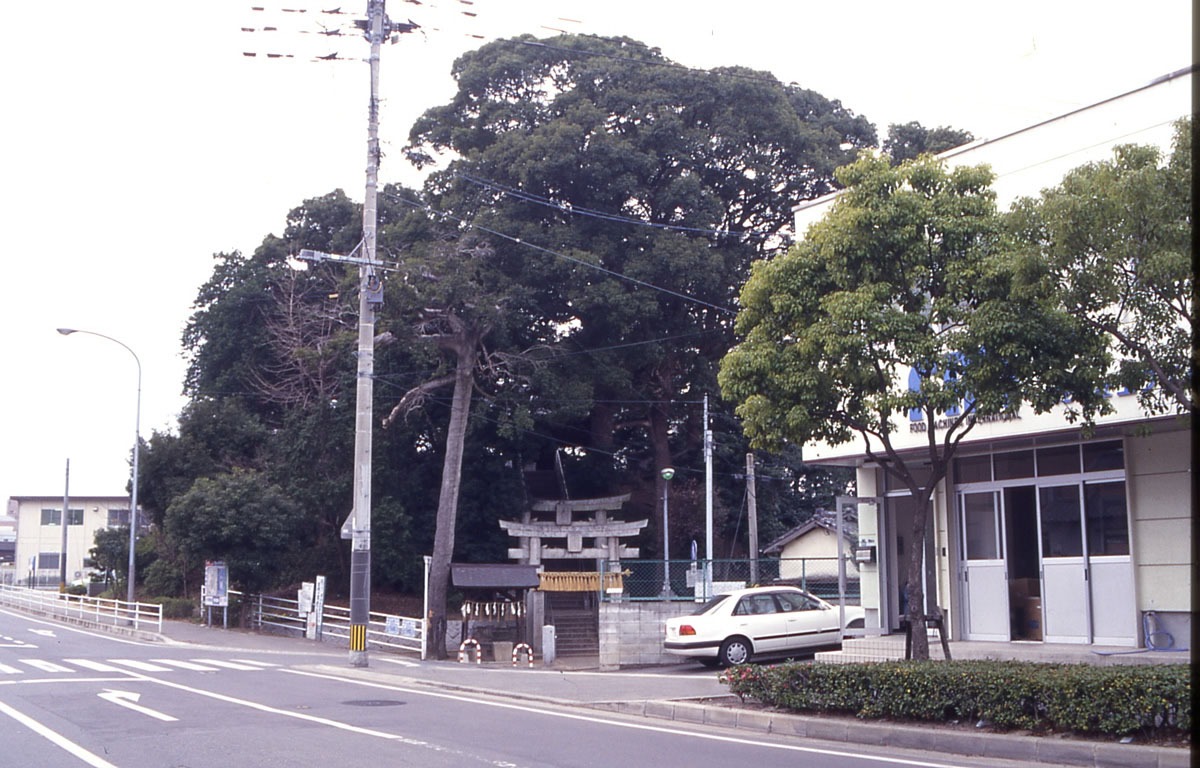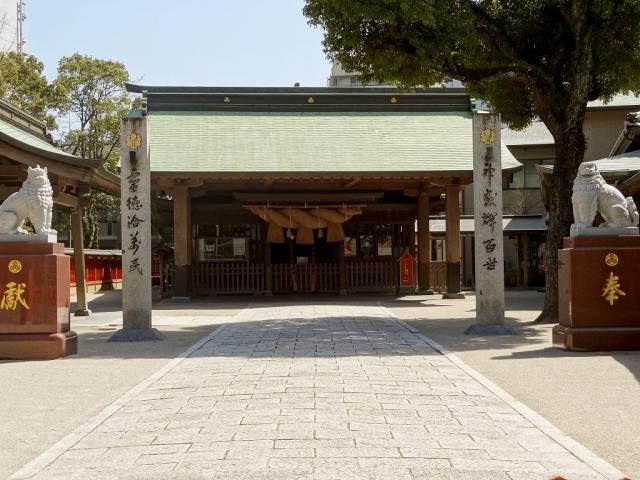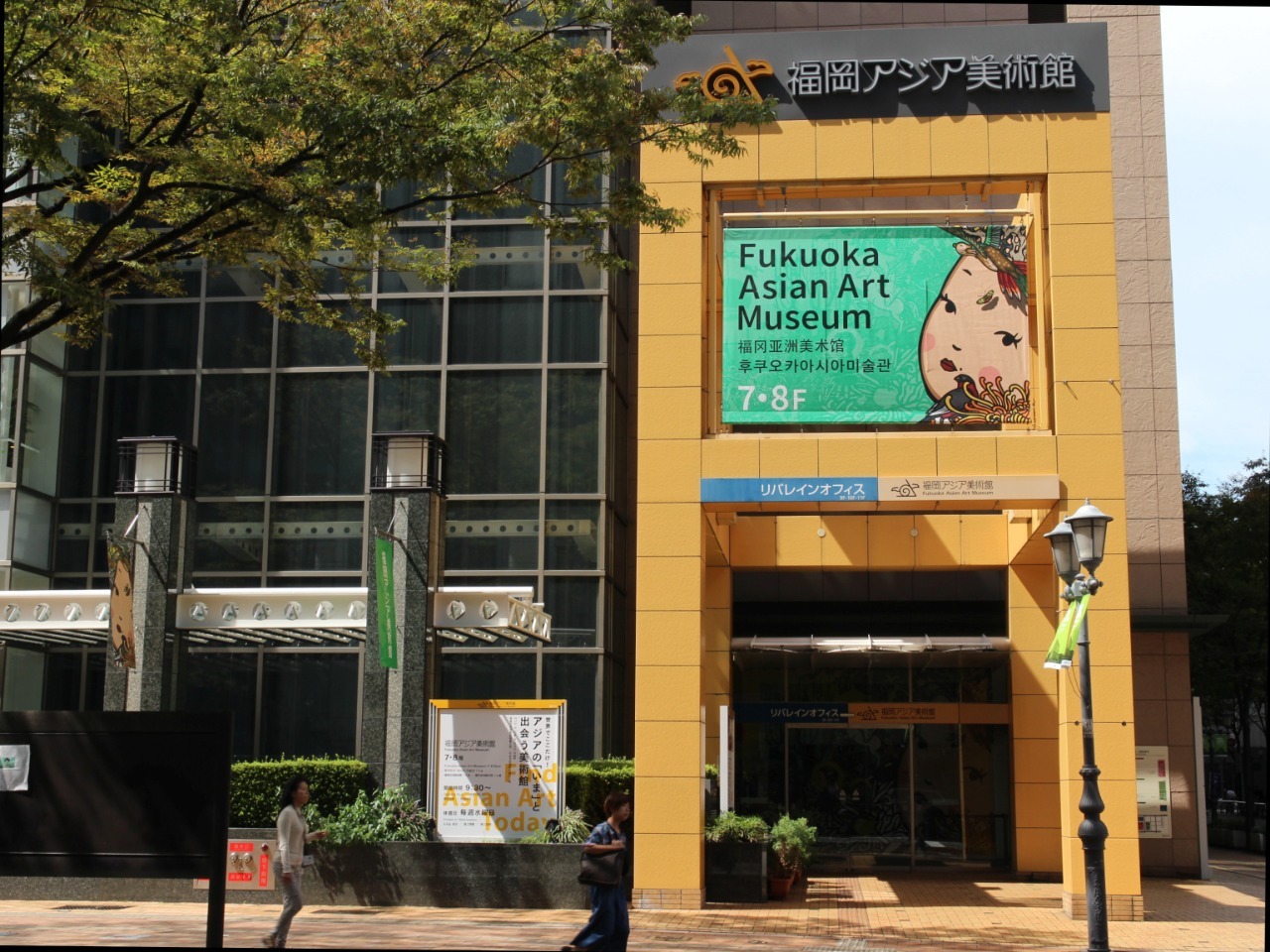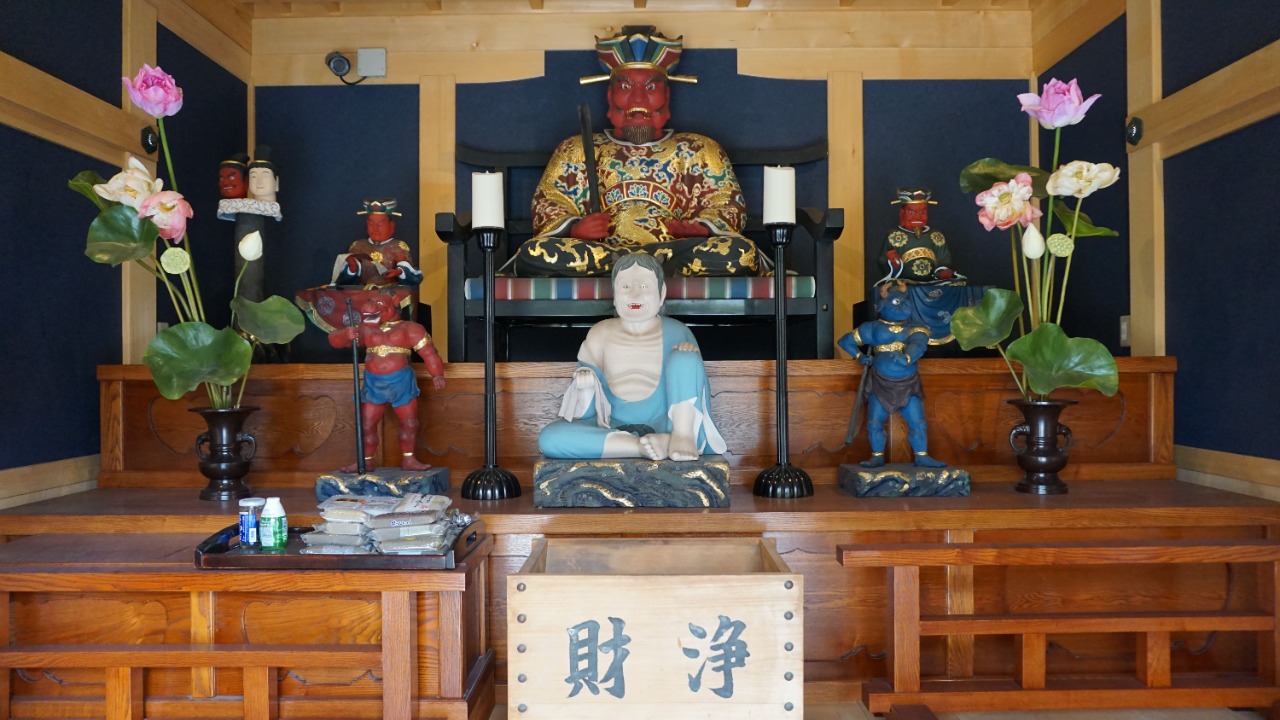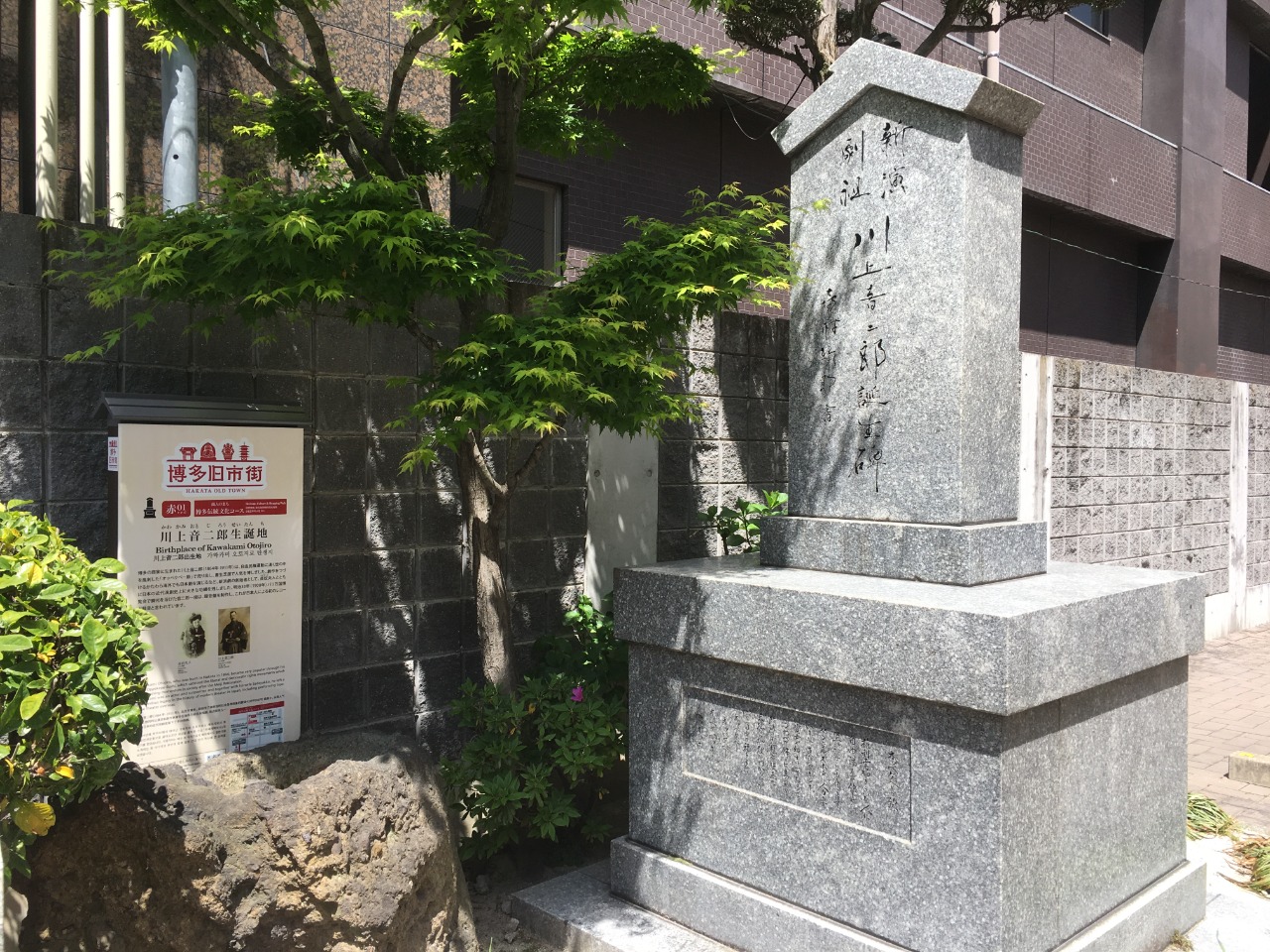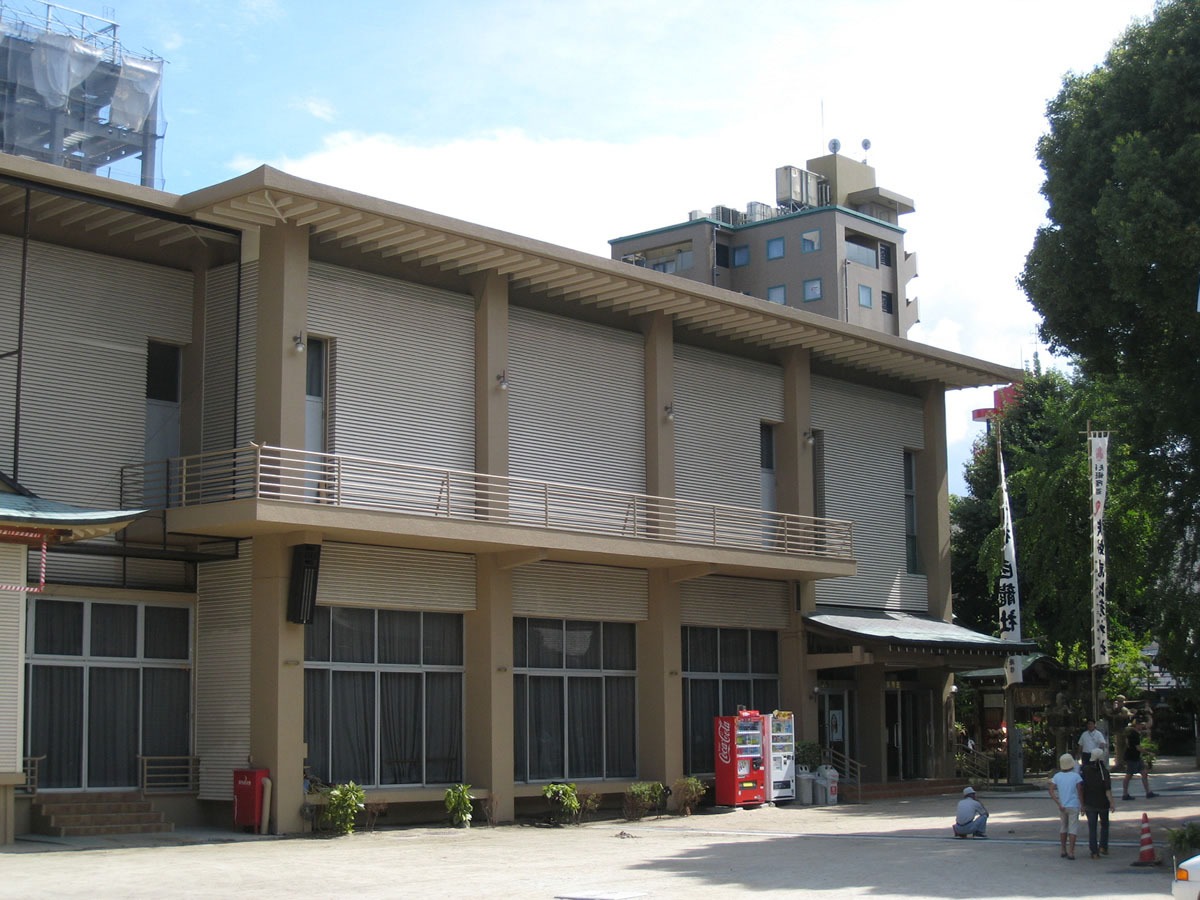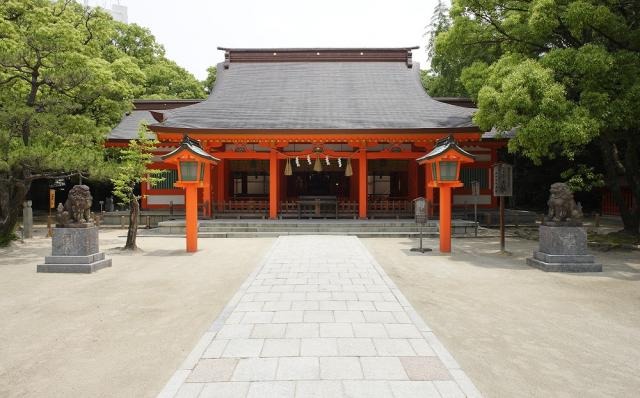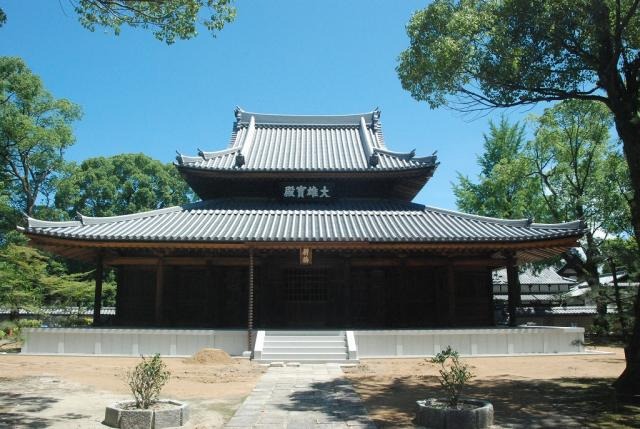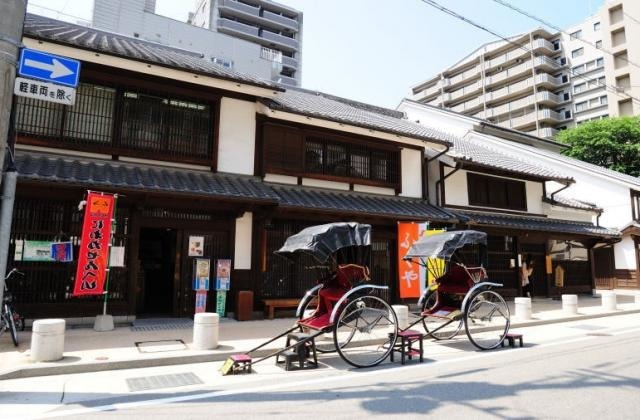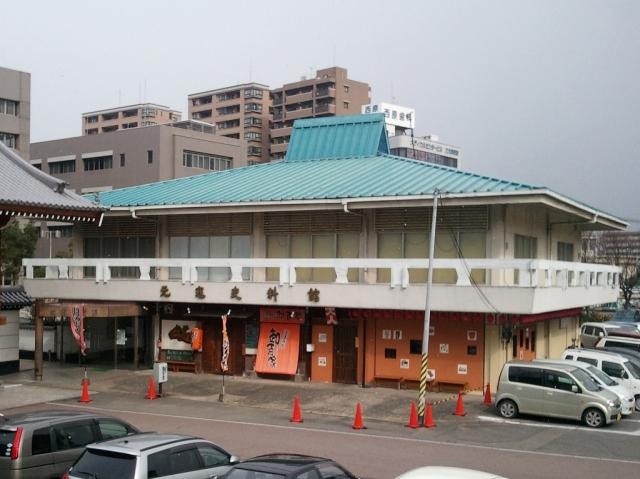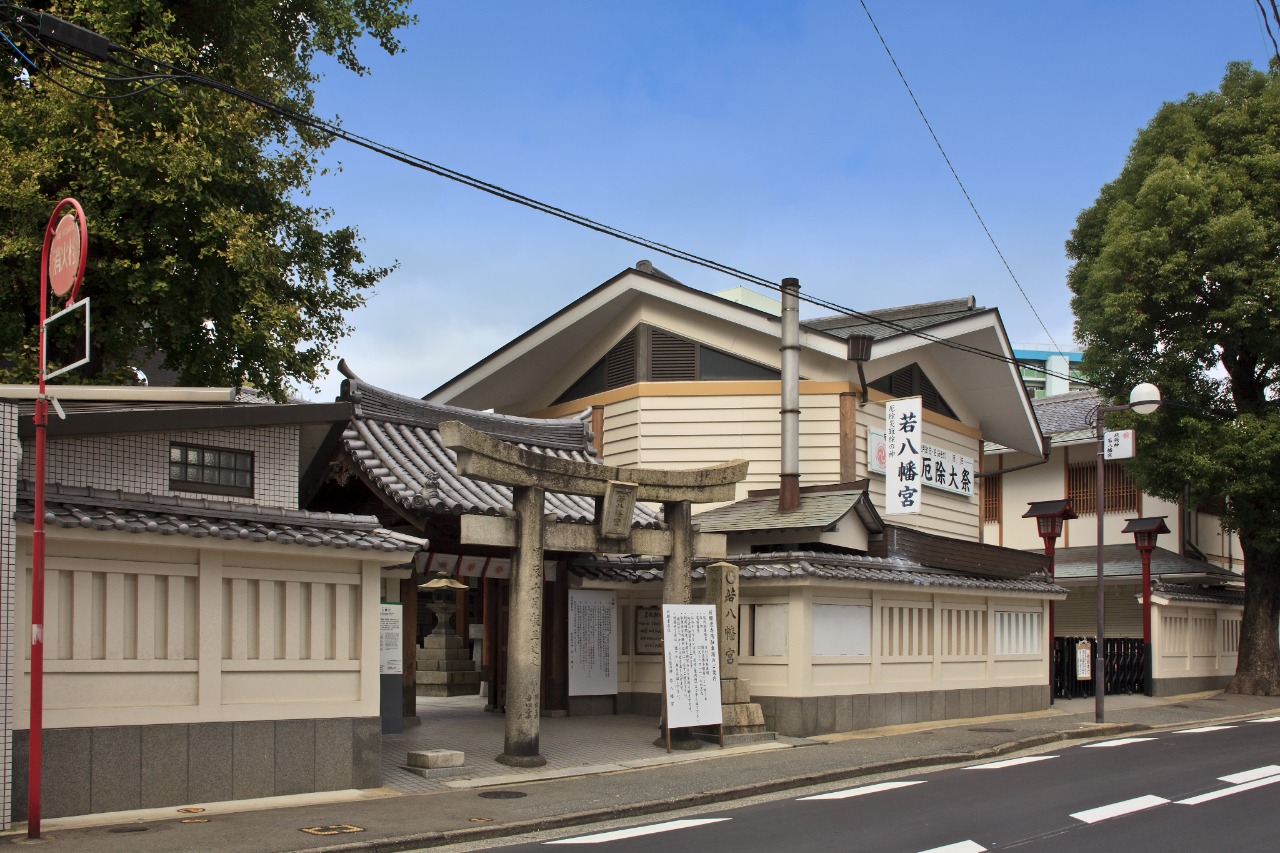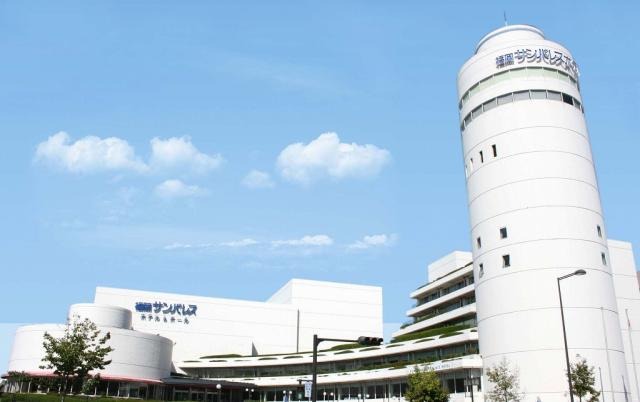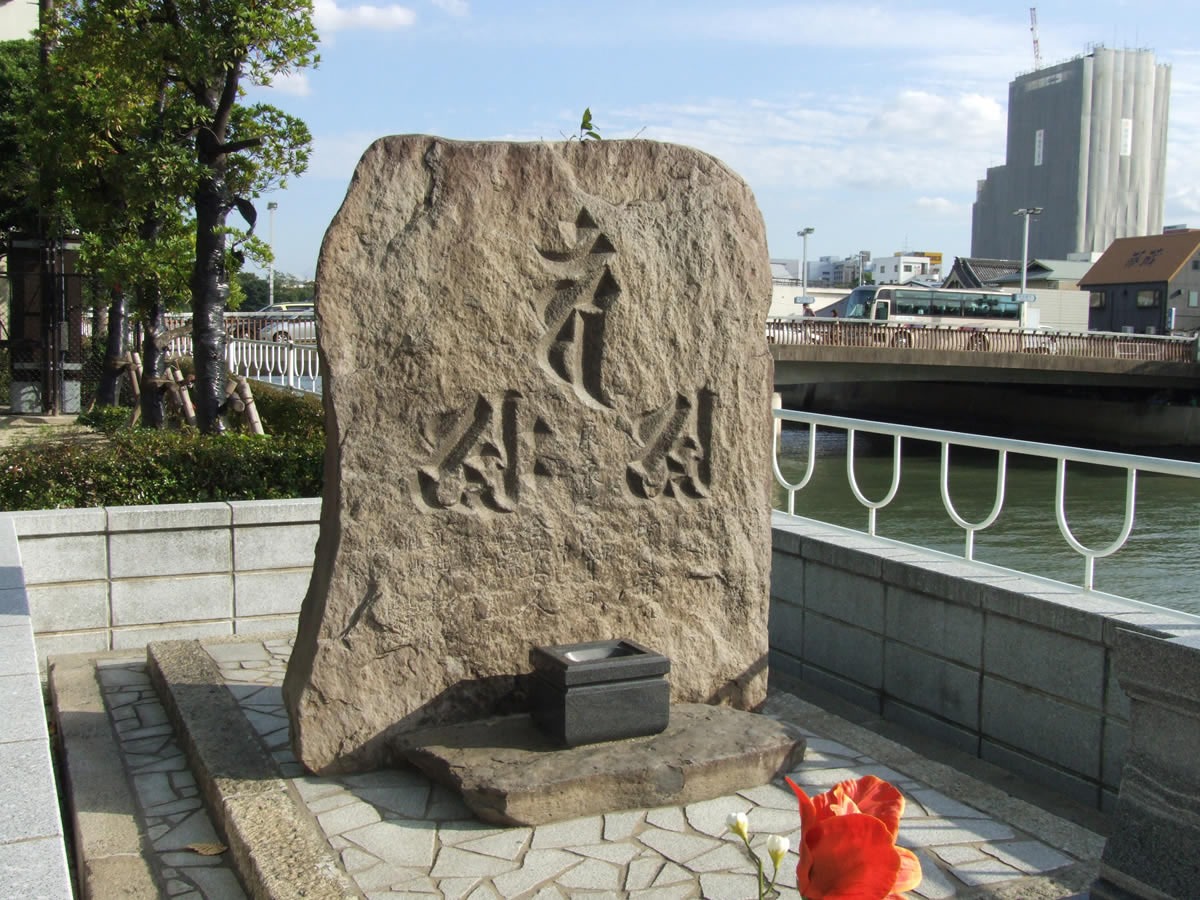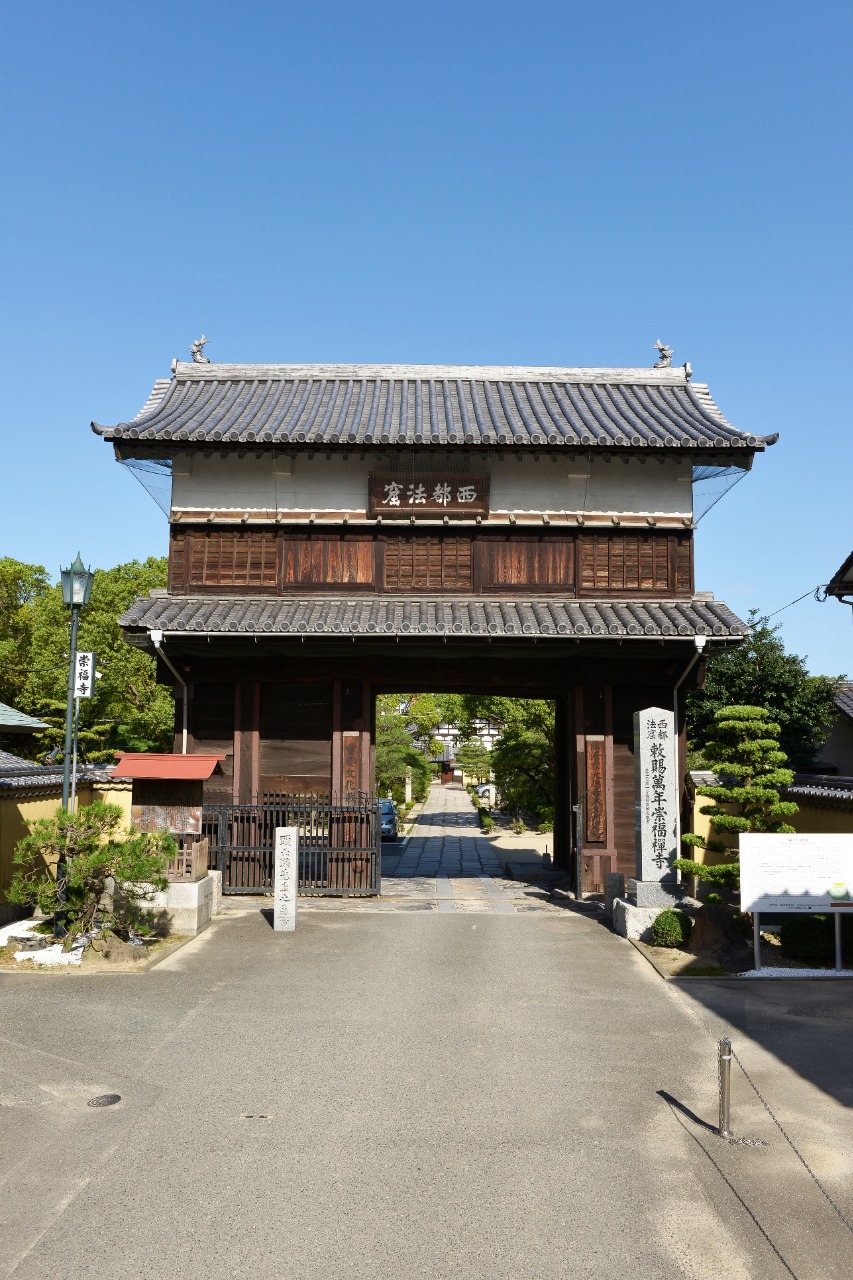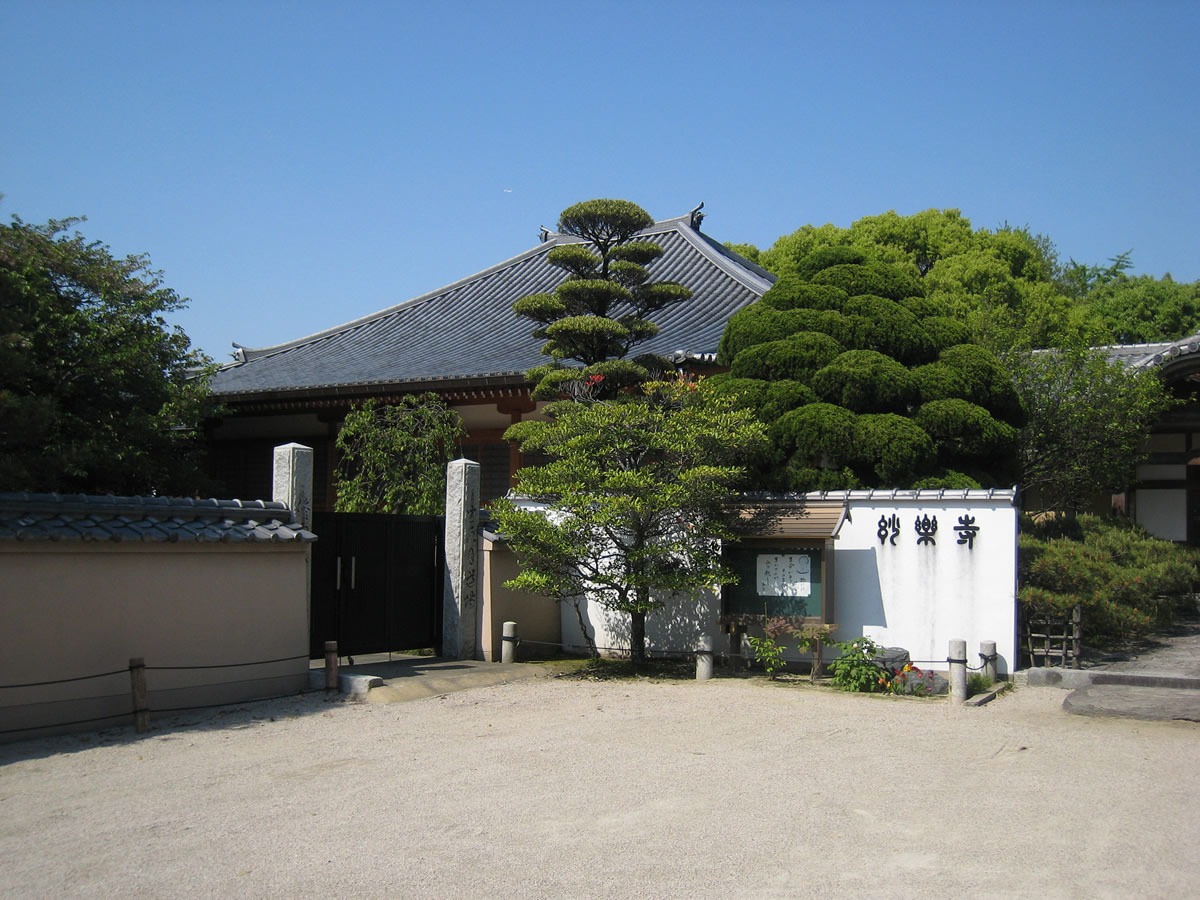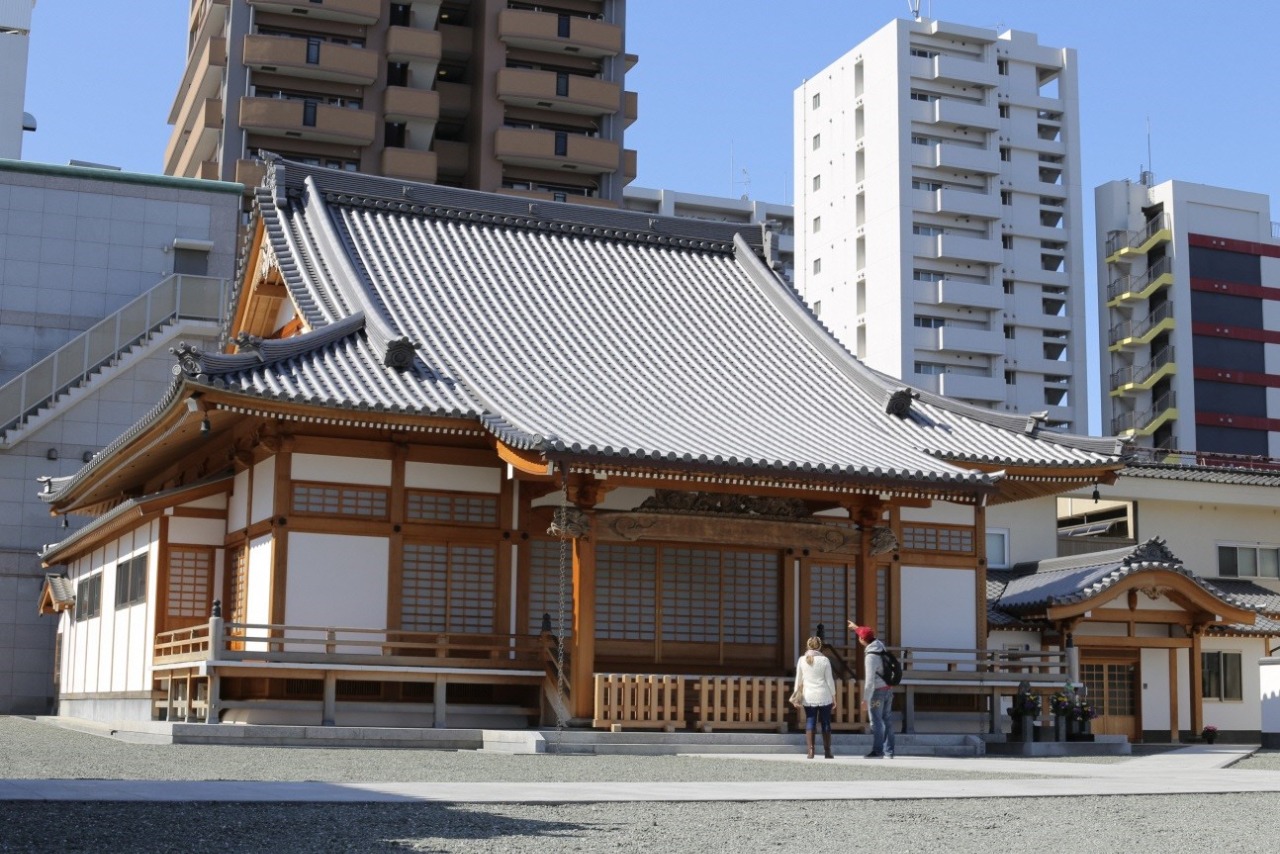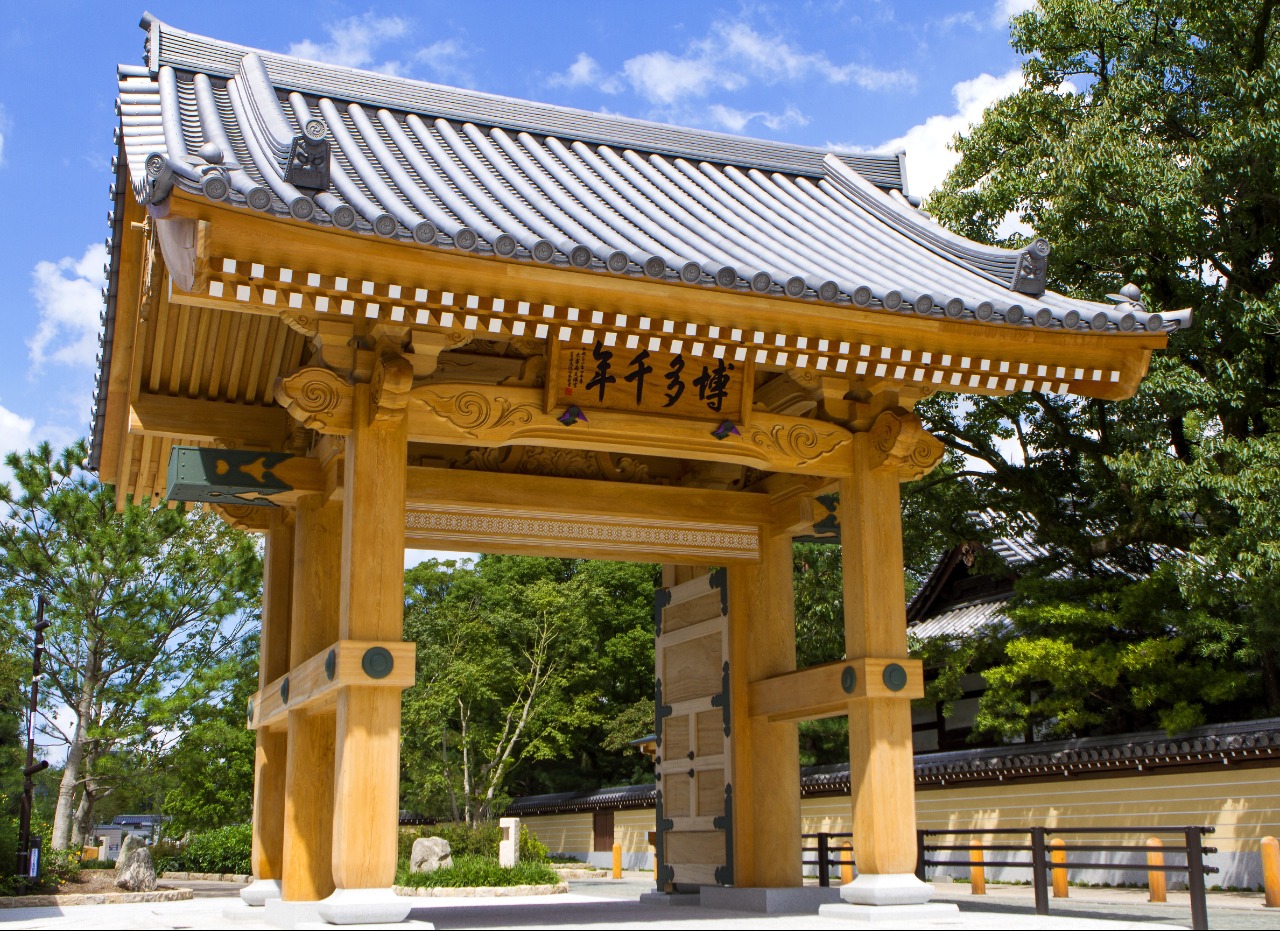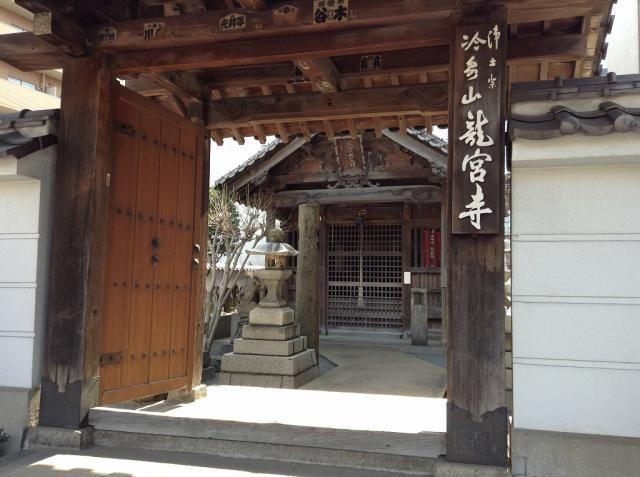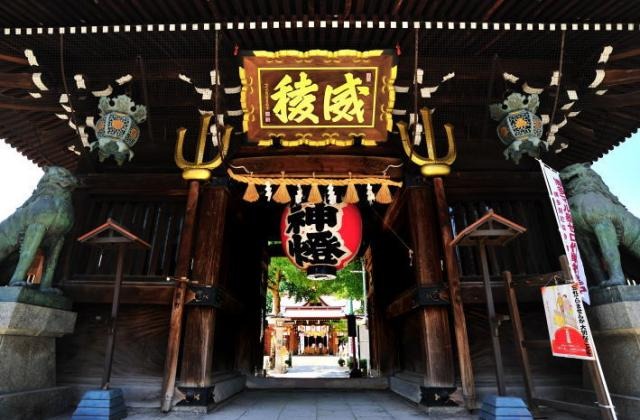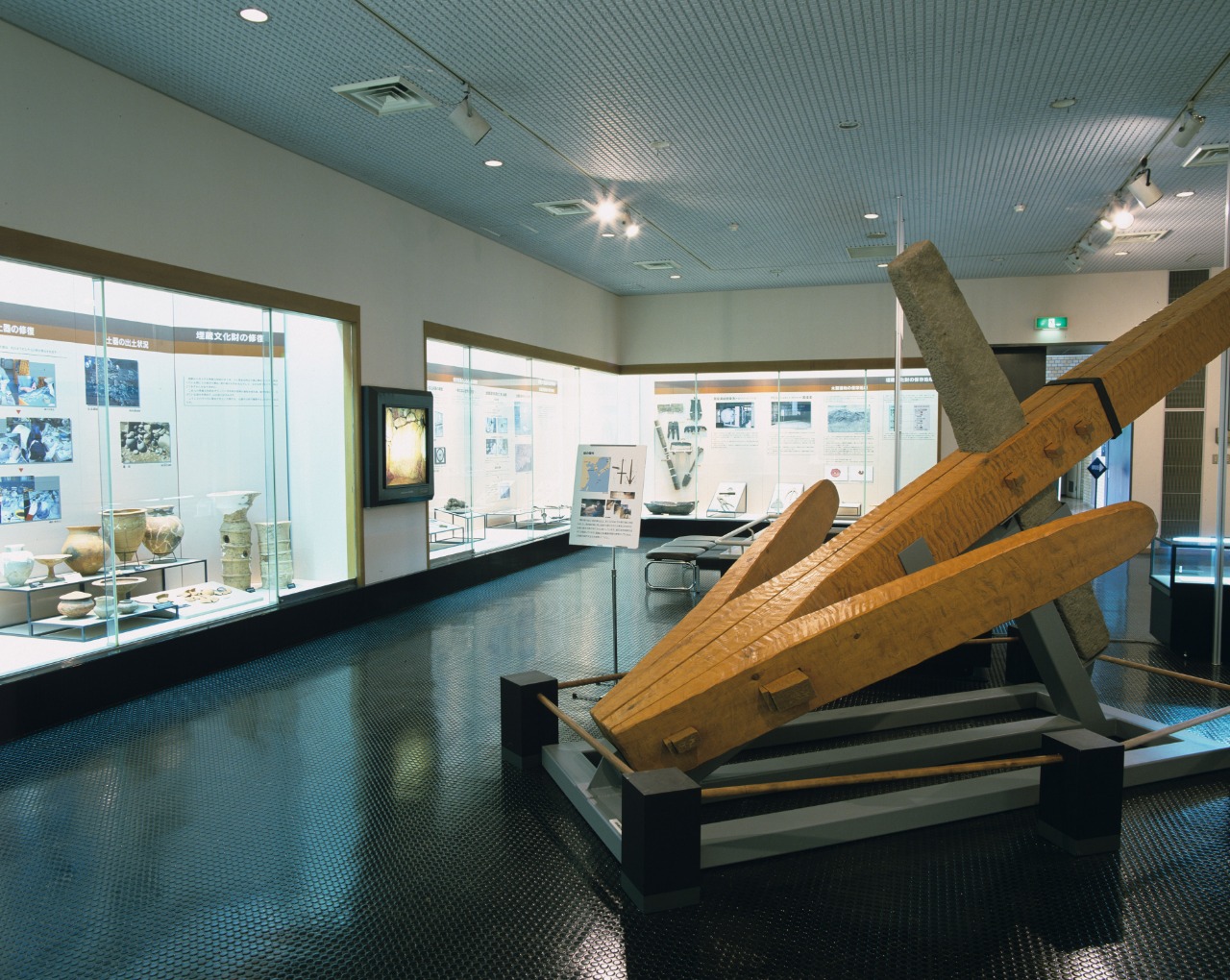What are the Roots of Hakata? Discover Hakata’s Origins in the Hakata Old Town!
Have you ever visited Hakata Old Town? This famous sightseeing spot has become increasingly popular as a place where history and culture are vividly preserved. Once a thriving center for trade, this area is home to temples, shrines, and streets that still echo the medieval era. Many spots here mark the beginnings of Hakata’s rich history.

Take a stroll through Hakata Old Town and immerse yourself in the legacy of Hakata's merchants, stepping back in time to experience the city’s fascinating past. Let’s go on a journey to rediscover Hakata’s unique charm together!
What is Hakata Old Town?
Hakata Old Town is the area between the Mikasa River and the Hakata River, centered around Taihaku Street, which stretches from Hakata Station to the sea. In the late 11th century, Hakata flourished as Japan’s sole trading port.
During this period, Hakata developed primarily around a Chinatown area known as “Hakatatsu-Toubou,” where many Chinese residents, including traders called “Hakata-Kohshu,” settled. This hub played a significant role as a gateway for bringing culture and technology from overseas to Japan.
In today’s Hakata Old Town, you’ll find temples, shrines, traditional crafts, and historic streetscapes that tell the city’s story. You can experience the essence of Hakata as you stroll through its quiet, temple- and shrine-lined streets, explore the lively shopping district, and engage with its traditional crafts and performing arts.
Another unique feature is the fusion of old and new cultures, with cafes and shops renovated from historic “Machiya” houses and traditional crafts presented in modern styles.
Hakata Old Town Point 1: A Center of Religious Importance with High Density of Temples and Shrines!
Hakata Old Town has long held religious significance, with an impressive concentration of temples and shrines—45.3 per square kilometer—making it a standout even within Fukuoka City.
(Click here to see “Facts about Fukuoka”: https://facts.city.fukuoka.lg.jp/data/temples-shraines/)
This high density is closely tied to Hakata's history as a medieval and early modern trading center. Merchants established many temples here, praying for prosperity and safe voyages.
Two notable temples are highlighted below.
Tochoji Temple
Tochoji Temple is said to be Japan’s first temple established by Kukai, and has important cultural assets such as a wooden statue of Senju Kannon Bosatsu (the Buddhist Goddess of Mercy with a thousand arms).
A key attraction here is the Fukuoka Daibutsu, Japan’s largest seated wooden Buddha statue at 10.8 meters tall. Its powerful presence is truly awe-inspiring.
The pagoda of Tochoji Temple, a familiar symbol of Hakata, is also a favorite spot for visitors. The temple grounds include the graves of Kuroda Tadayuki (second generation), Mitsuyuki (third generation), and Harutaka (eighth generation) of the Kuroda family, reflecting deep ties to the Fukuoka clan.
Jotenji Temple
Jotenji Temple, a Zen Buddhist temple, is renowned for its serene gardens and charming streetscapes.
Hakata Gion Yamagasa, one of Fukuoka's three major festivals, originated here at Jotenji Temple when En-ni, known as Shoichi Kokushi and founder of Jotenji Temple, paraded through town, sprinkling water as a purification ritual to ward off an epidemic during the Kamakura Period.
Each November, special guided tours offer visitors a chance to view important cultural properties such as Shaka Sanzon Zo (the statues of Shakyamuni), and Zenka Rokuso Zo (the statues of six high priests of the Zen Sect), reservations required.
There are many other noteworthy temples and shrines in Hakata Old Town. A model walking course for visiting Hakata’s temples and shrines provides a deeper understanding of the area’s rich cultural heritage. Enjoy exploring Hakata Old Town and discovering the history of each of these storied temples and shrines!
Hakata Old Town Point 2: The Birthplace of Popular Japanese Foods
It is said that familiar Japanese foods like Soba, Udon, Manju, and Uiro originated in this area!
Soba and Udon Noodles
While many associate Hakata with Tonkotsu ramen, Udon is also a local specialty. Udon and Soba noodles were already in existence by the 13th century, developed by Shoichi Kokushi (En-ni), who adapted milling techniques he brought back from the Song Dynasty in China. Hakata Udon is particularly popular for its soft texture and rich, thick broth.
Manju (Sweet Buns)
In the precinct of Jotenji Temple, there is a monument marking the origins of Manju. Shoichi Kokushi (En-ni), founder of the temple, brought back flour milling techniques from China, and inscribed on the stone monument are the words "On-man-ju-dokoro," which refer to a birthplace of Manju.
Uiro (Japanese Steamed Cake)
Though often associated with Nagoya or Yamaguchi, Uiro may have its roots in Hakata. Around 1368, with the rise of the Ming Dynasty in China, Chen Enyu, an official of the previous Yuan Dynasty, fled to Japan and resided at Myorakuji Temple in Hakata Ward. Calling himself "Chin Uiro," he introduced a family recipe of sweets, thought to be the precursor to today’s Uiro. As a modern Hakata souvenir, "Hakata Uiro" can now be found in many shops around the city.
Hakata Old Town Point 3: Excavations Revealed the Depth of Hakata's History!
Excavations show that people have inhabited Old Hakata Town since the Yayoi Period. Here, we uncover the history of Hakata revealed through archaeological discoveries.
Port of a Trading City
In 2024, the masonry remains that were discovered at the former Reisen Elementary School site (Kamikawabatamachi), were designated as the “Hakata Ruins,” a National Historic Site. Dating back to the latter half of the 11th century, these remains indicate the presence of a port facility from a period when Hakata had become a bustling international trade hub. This significant discovery has deepened our understanding of Hakata’s rise as a prominent trading city in the Middle Ages.
Could There Have Been a Keyhole-Shaped Burial Mound?
The oldest artifacts found in the Hakata Ruins are Jomon period pottery; however, evidence of permanent settlements from this period remains inconclusive. During the Yayoi Period, pit houses and pot-shaped-clay-coffin tombs emerged, forming villages. By the Kofun Period, groups of ancient tombs were constructed facing Hakata Bay.
These excavations reveal Hakata’s growth as an international trading hub, as well as its earlier history of villages and burial sites predating its rise as a commercial center.
Conclusion
Hakata Old Town is filled with fascinating sites that have endured from ancient times to today. Whether you are drawn to historic temples, traditional cuisine, or cultural encounters, there is something here for everyone. We hope you will discover a favorite spot while strolling through Old Hakata Town.



